A 51-day self-driving autumn tour of Yunnan, Guizhou and Sichuan in 2020, divided into 10 chapters:
(1) - Zhijiang Maotai Town, Chishui Luzhou Zigong.
(2)--Chengdu Dujiangyan Chapter
(3)--Wenchuan Lixian Maerkang Jinchuan Danba Xinduqiao Chapter
(4)--Xinduqiao Yajiang Litang Daocheng Chapter
(5)--Daocheng Yading Chapter
(6)--Shangri-La Lijiang Chapter
(7)--Jianchuan Chapter
This is (8)--Dali Weishan Chuxiong Kunming Dongchuan Chapter
(9)--Panzhou Qianxinan Ziyun Duyun Chapter
(10)--Qiandongnan Fuzhou Quzhou Chapter
This self-driving tour lasted 51 days from October 9 to November 28, covering a distance of 8,780 kilometers. Departing from Shanghai, we'll pass through Quzhou, Zhejiang; Zhuzhou, Jiangxi; Zhijiang, Hunan; Maotai Town and Chishui, Guizhou; Luzhou, Zigong, Chengdu, Dujiangyan, Wenchuan, Lixian, Ma'erkang, Jinchuan, Danba, Xinduqiao, Litang, and Daocheng, Sichuan; Shangri-La, Lijiang, Jianchuan, Shaxi, Dali, Weishan, Chuxiong, Kunming, and Dongchuan, Yunnan; Panzhou, Qianxinan, Ziyun, Duyun, and Qiandongnan, Guizhou; Loudi, Hunan; Fuzhou, Jiangxi; and Quzhou, Zhejiang, before returning to Shanghai. Day 28, November 5th, from Shaxi Ancient Town to Shuanglang Ancient Town. 4. Shuanglang: The best place to view Erhai Lake. Yuji Island and Nanzhao Style Island, at an altitude of 1,985 meters.
Staying at Yunqi Bishe Seaview Courtyard Inn, an inn facing the sea:


After checking in, I sat by the sea inn, facing the sea, drinking Yunnan coffee, watching the clouds roll and the waves roll, until the sun sets, and then went out for dinner:















Nanzhao Style Island, you need to take a boat to get there:


Had fish hotpot for dinner, and can resume drinking:



After a satisfying meal and a drink, take a stroll to see the ancient town’s nightscape:

















Morning at Erhai Lake:


Day 29, November 6, Dali, 10:40-16:15
Morning at Erhai Lake:









Breakfast at the hotel:

Visit Shuanglang first.







Yang Liping's Moon Palace:

















Yang Liping's Sun Palace:















Apeng and Jinhua, the brother and sister have a deep friendship:



















6. Xizhou Ancient Town:












































Day 30, November 7, Dali, 9:30 AM -
8. Dali Ancient Town: 4A
Second time here.
There were so many people in Dali Ancient Town, even more than in Lijiang Old Town.
Inside the Ancient City: Ancient City Wall, Foreigner Street, Dali City Museum, Wuhua Tower, Renmin Road, Wumiao Fair (now an antique market)

















































Outside the ancient city:
A tower (Hongsheng Temple, closed).
The Monument of Shizu Conquering Yunnan (door not open, photo taken through the crack):












10. Xiaguan:
Dali Prefecture Museum










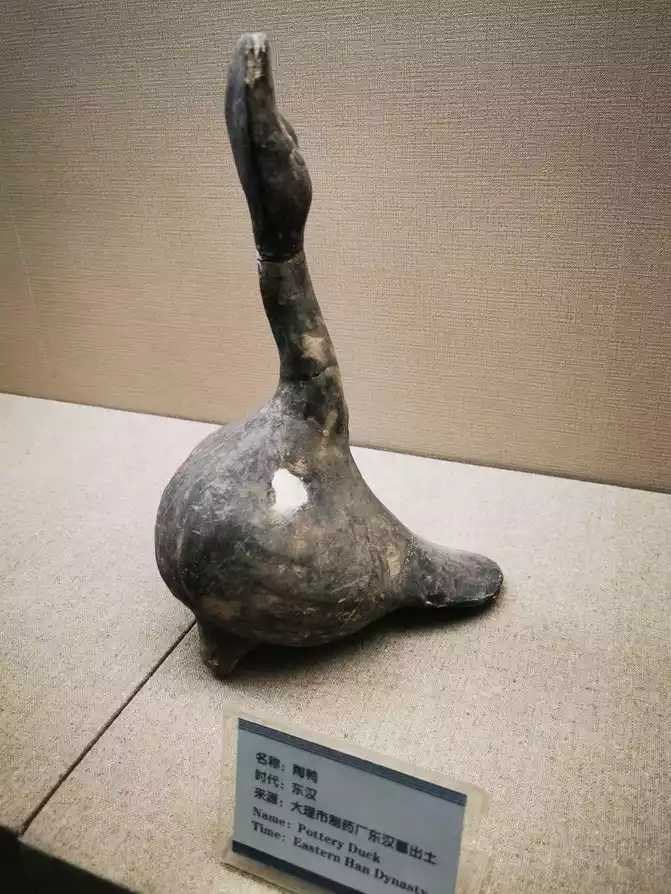
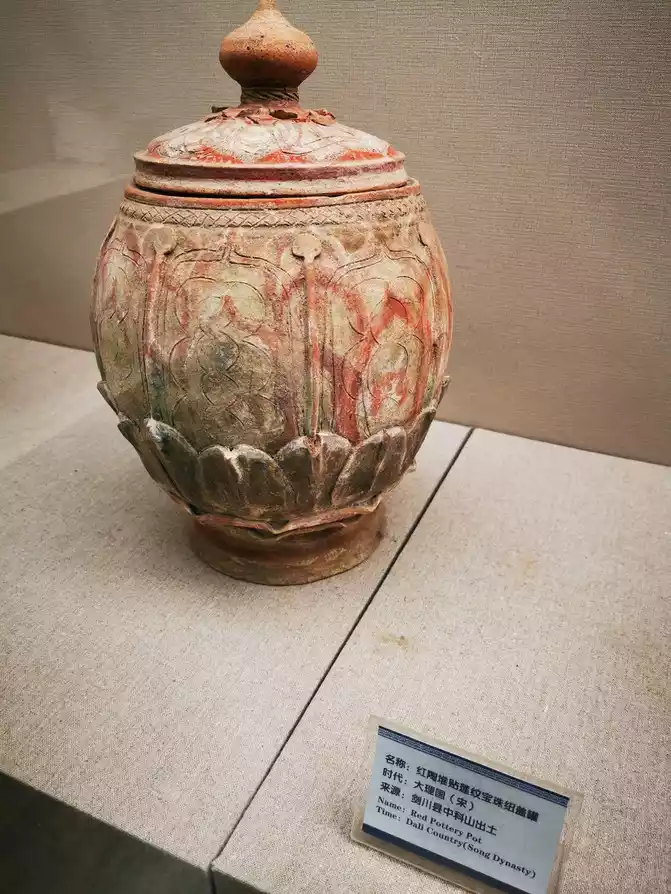
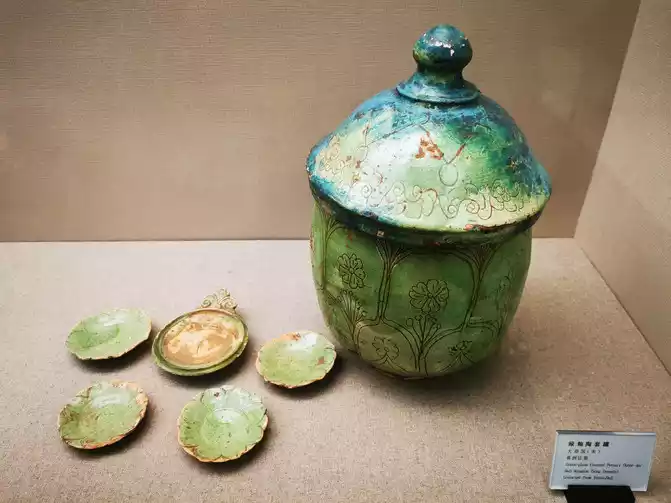
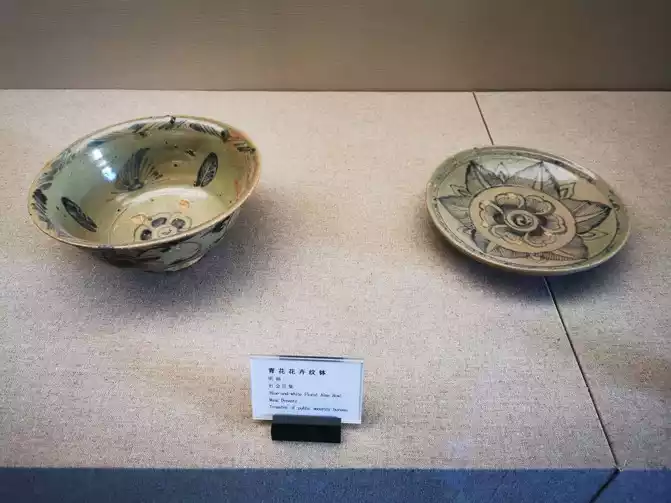
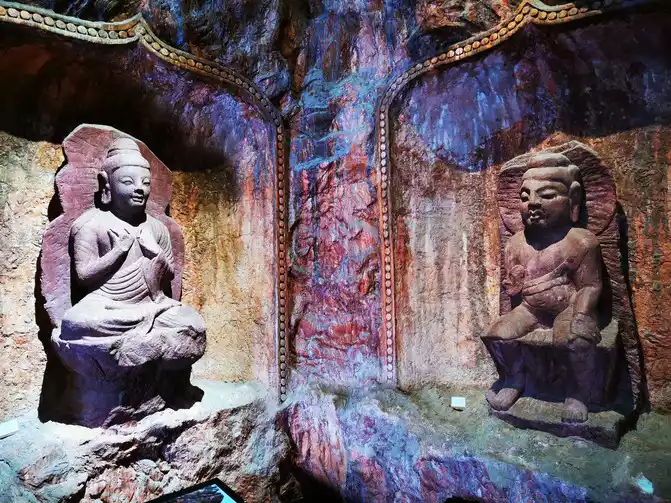
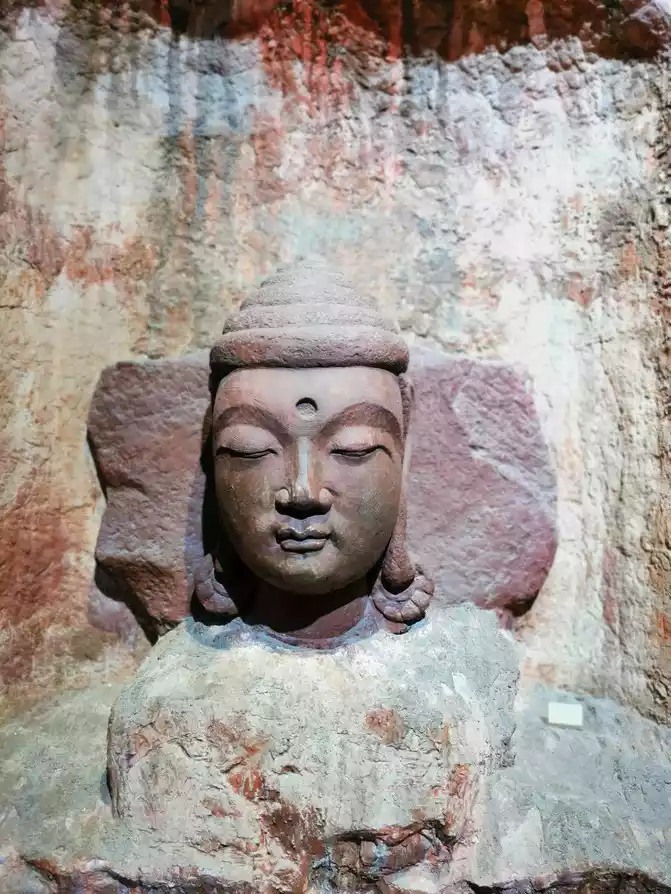
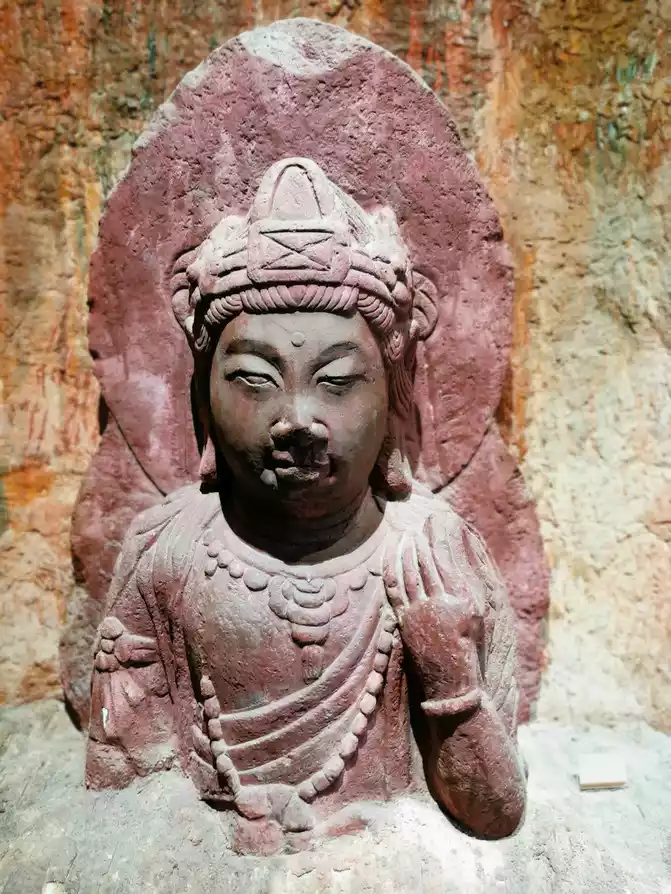
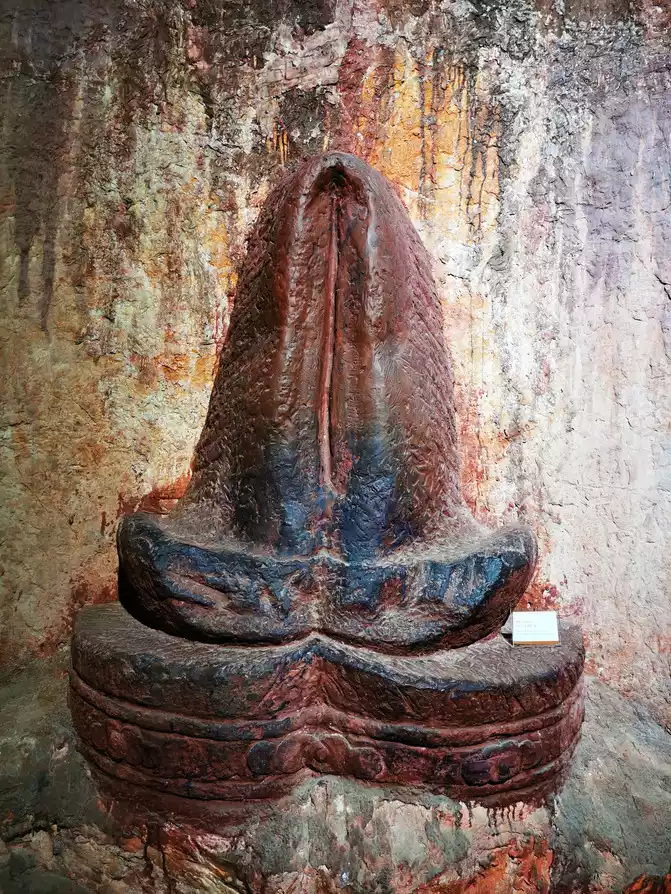
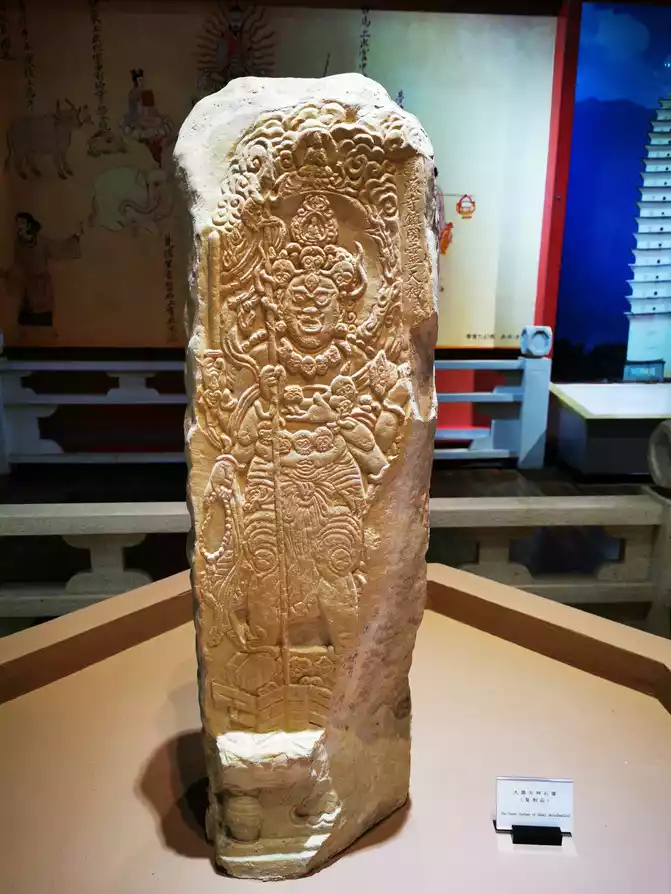
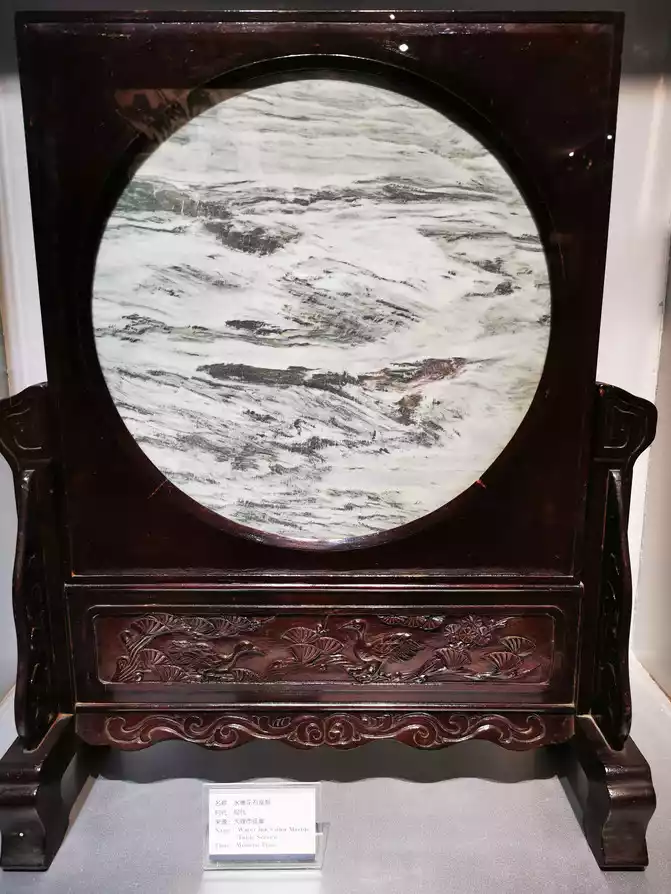
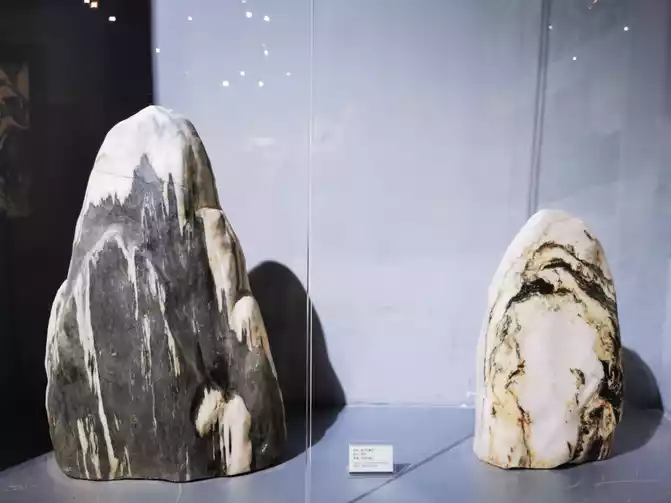
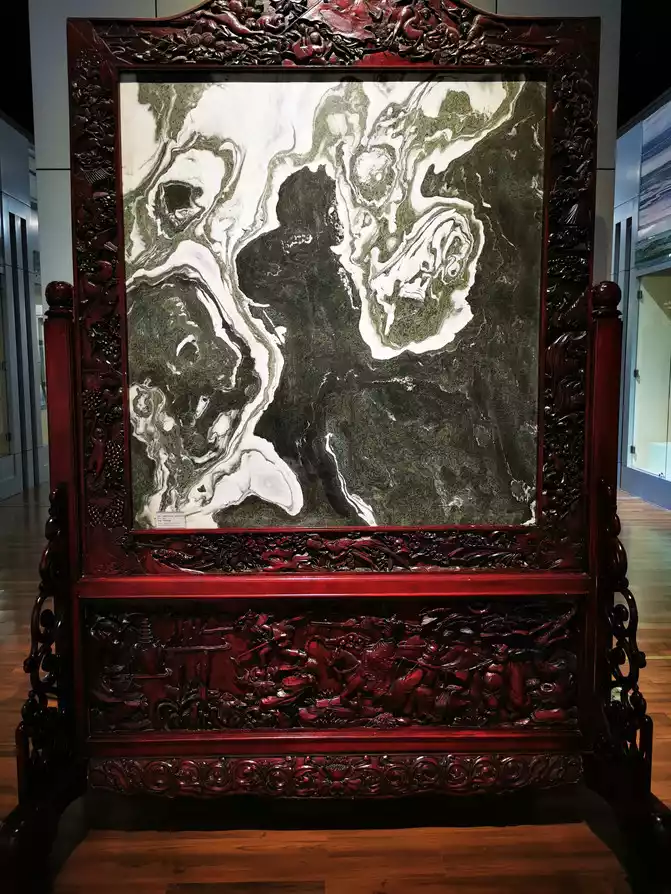

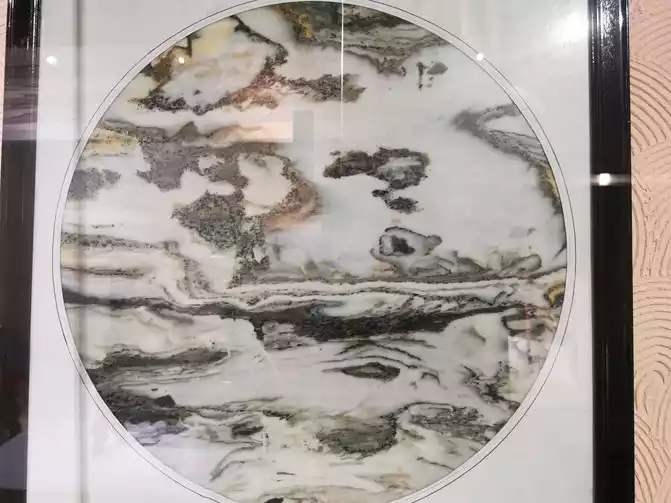
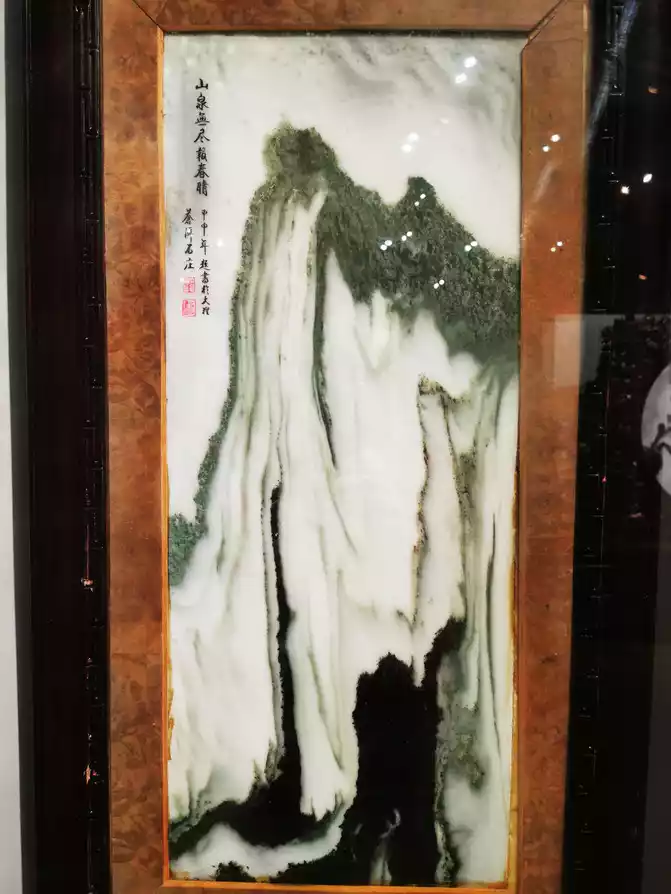
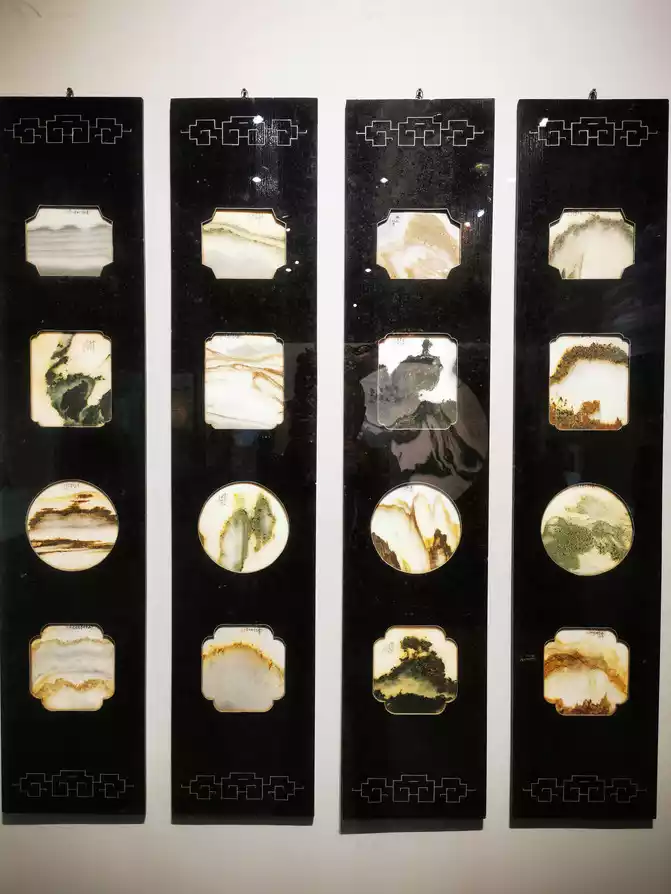
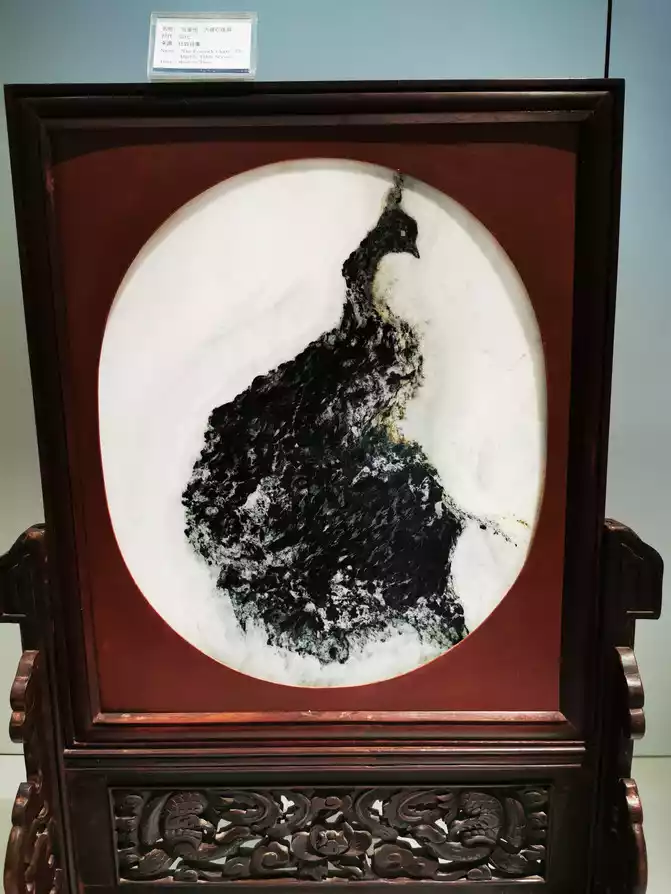
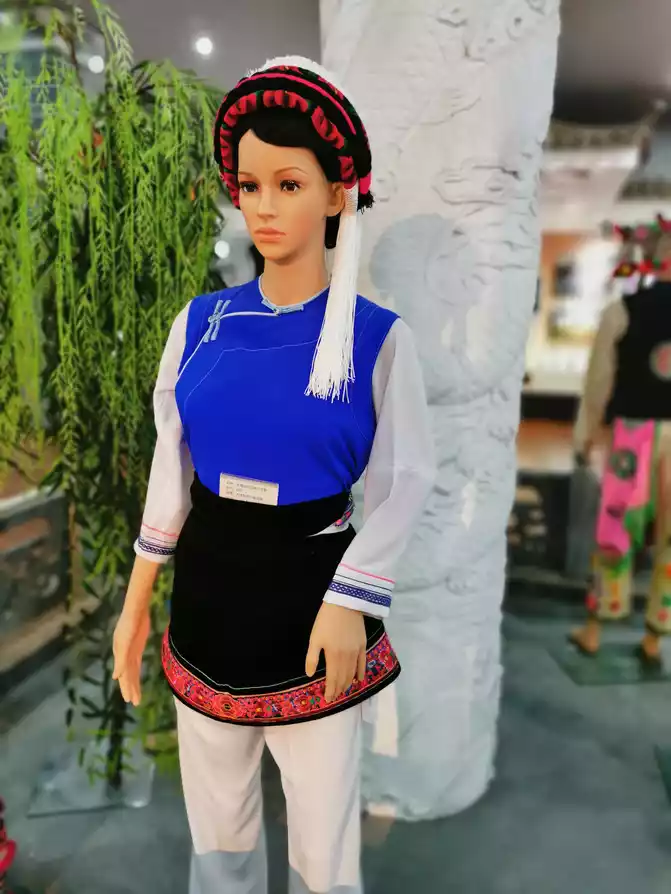
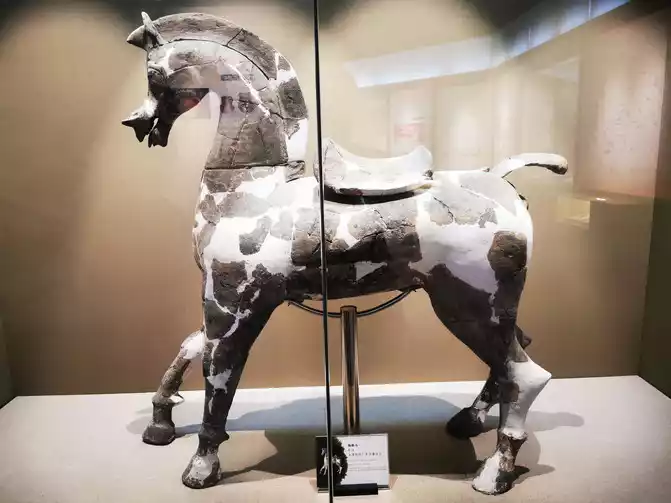
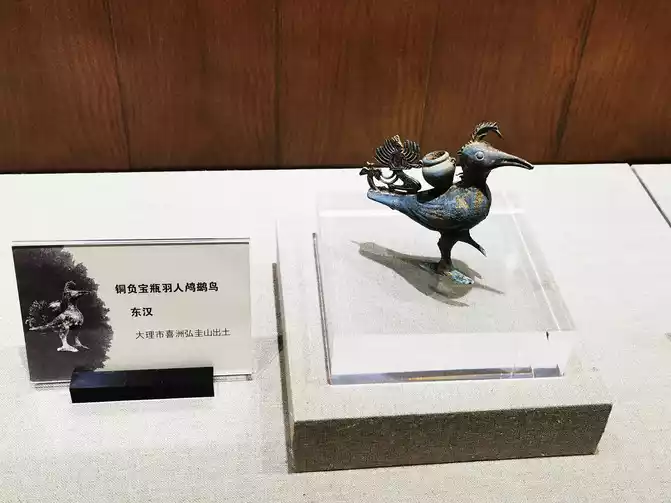
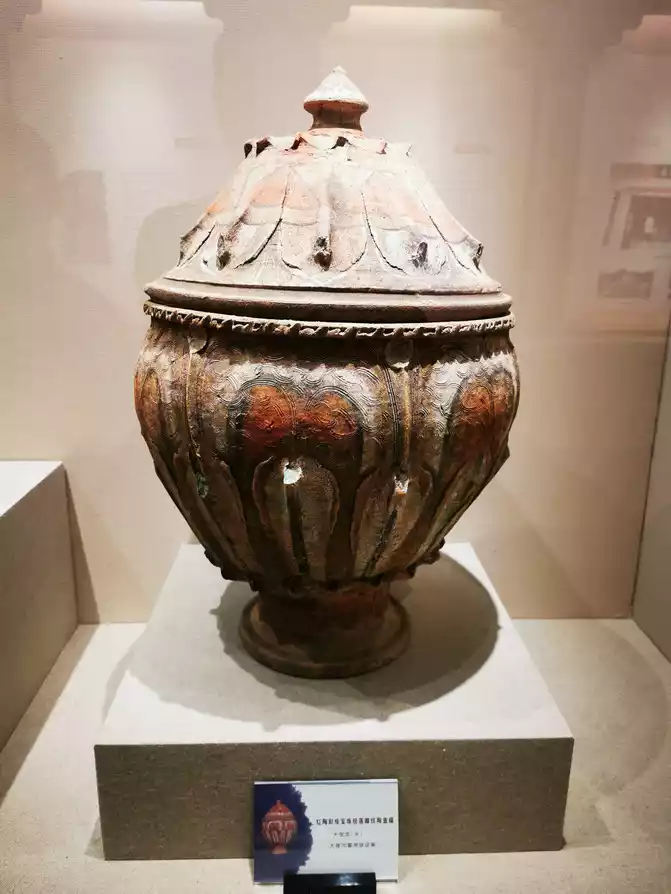
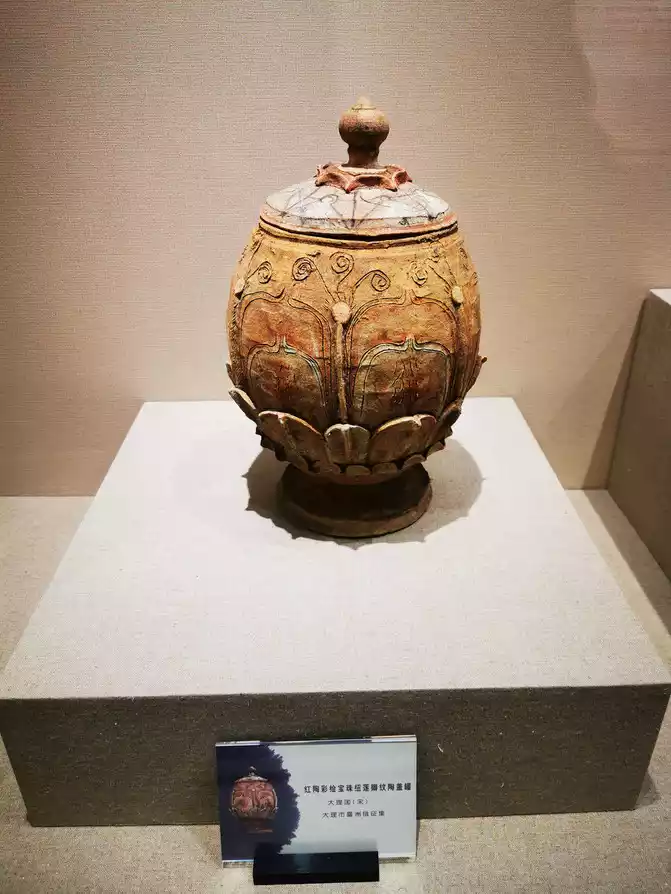
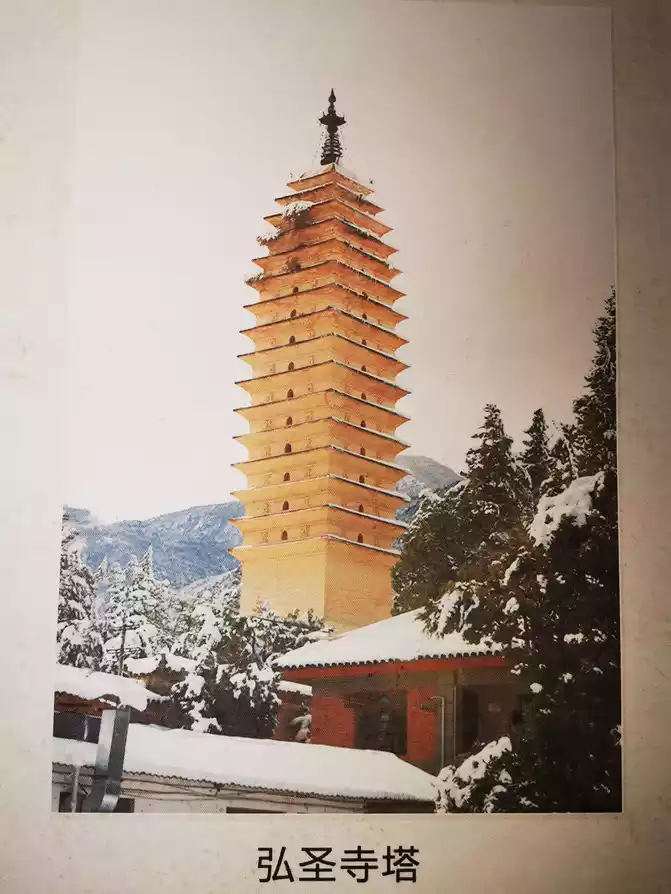
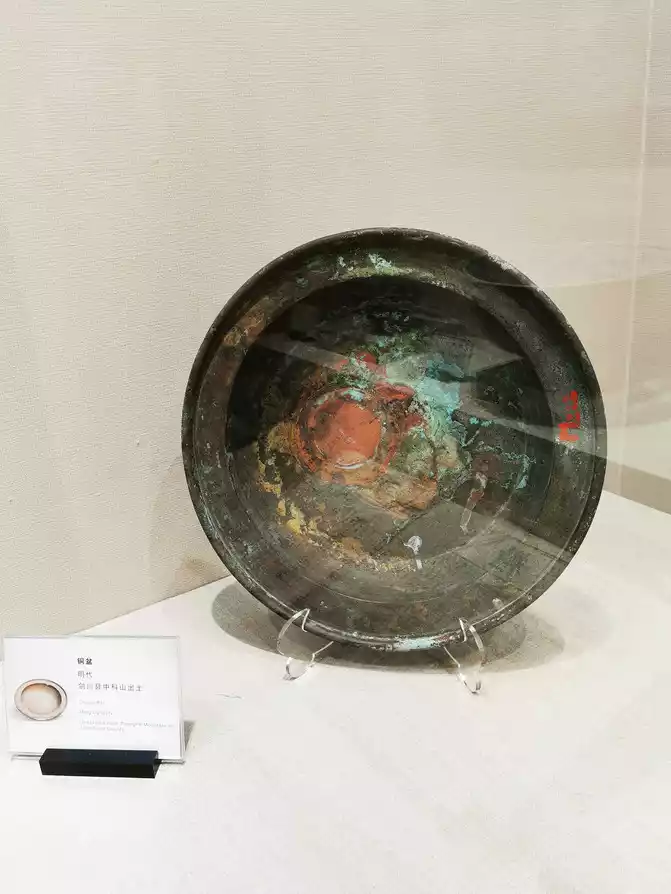
Go to Weishan County from Xiaguan.
Stay at Yunzhishang Hotel in Weishan County.
Weishan County:
The birthplace of the ancient Nanzhao Kingdom 1,300 years ago. It was first built in 1389, the 22nd year of Hongwu in the Ming Dynasty. The ancient city maintains the checkerboard pattern when it was built more than 600 years ago. It is a relatively well-preserved ancient architectural complex of the Ming and Qing Dynasties in China.
Gongchen Tower, Xinggong Tower, Menghua Hometown, Jinshi Archway, Qunli Gate, Mengyang Park, Yuanjue Temple (the white pagoda in front of the door is from the Ming Dynasty), and the Confucian Temple.
Weishan County is not on the main road, has few tourists, and is relatively authentic.
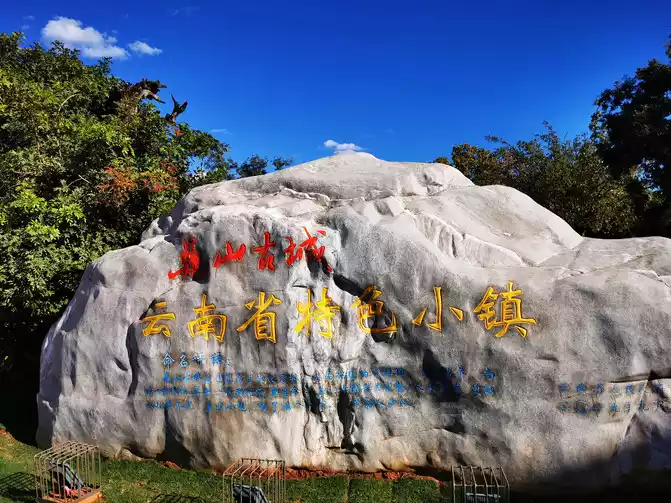
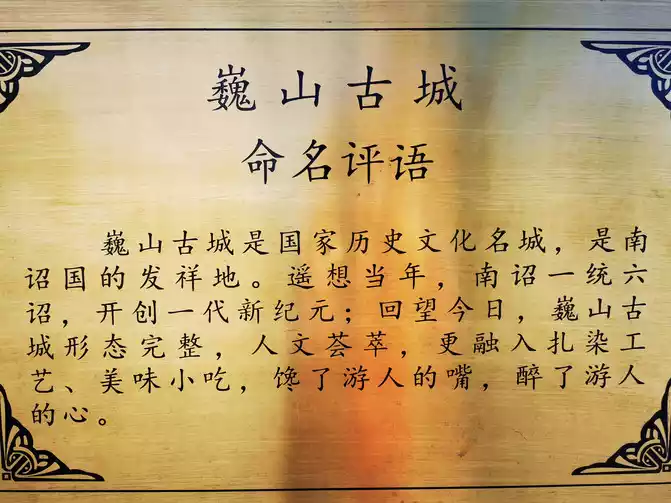
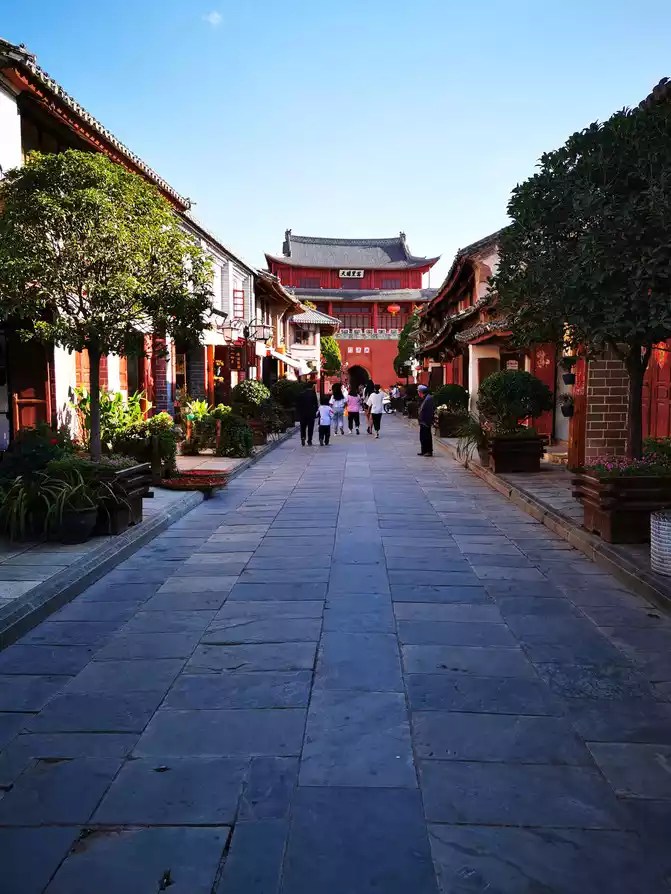
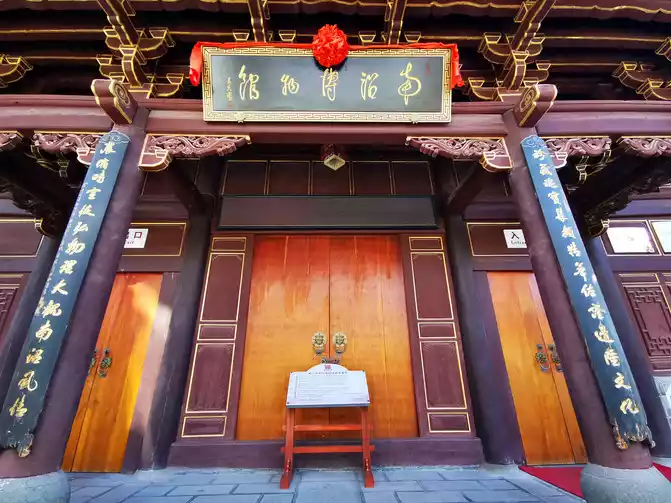
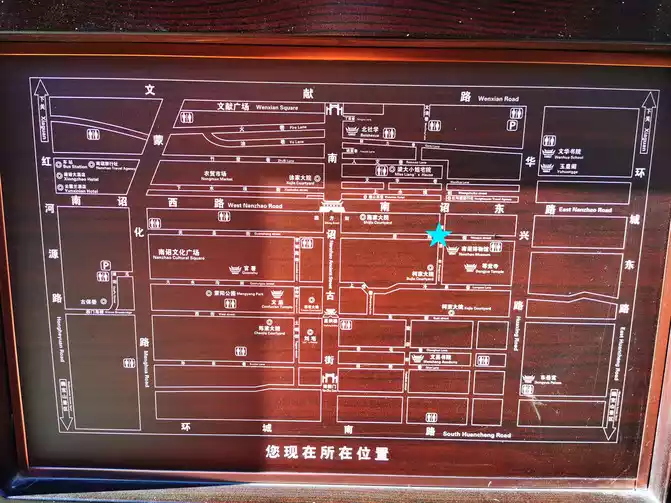
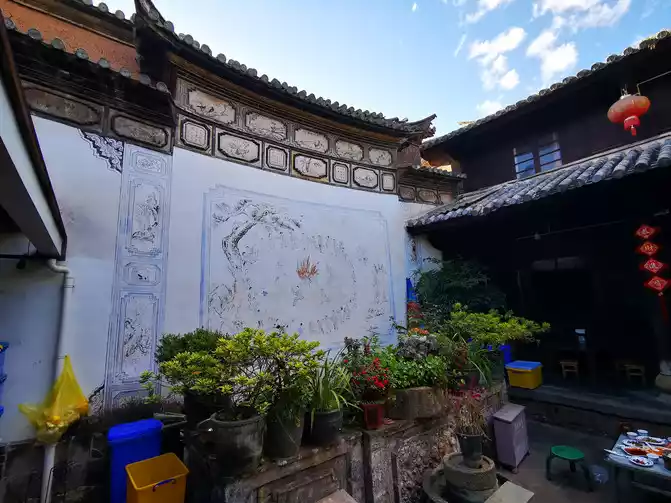
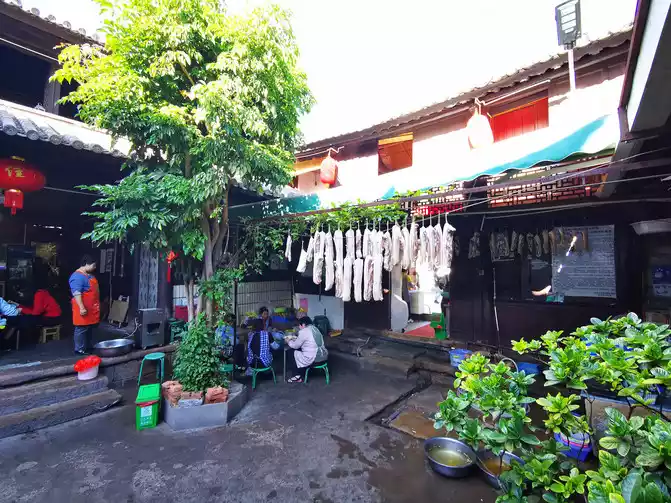
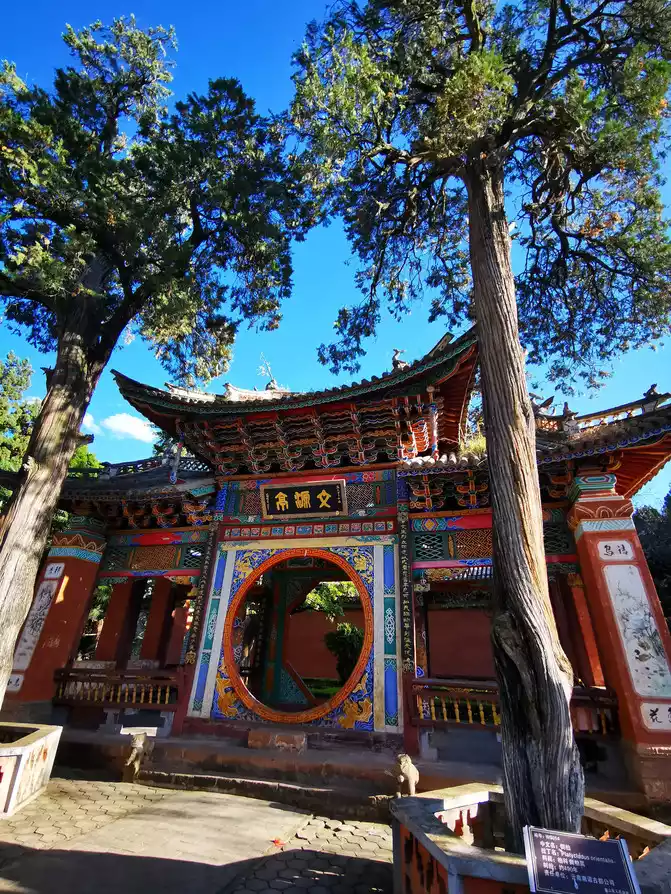
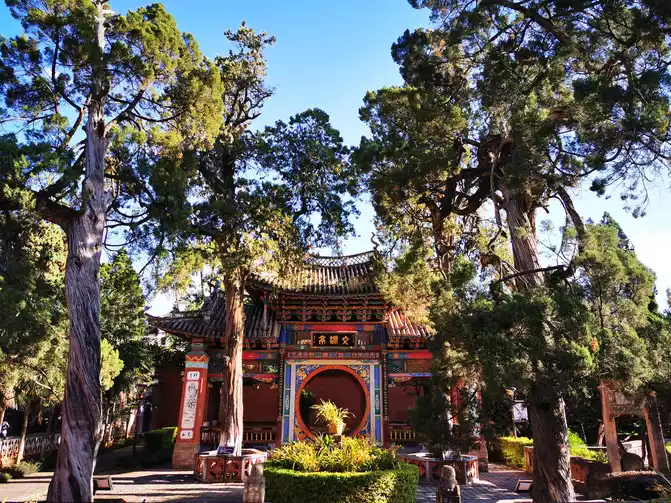
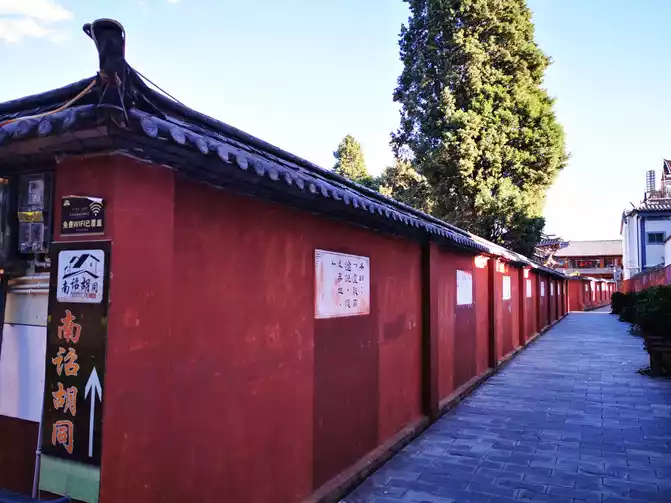
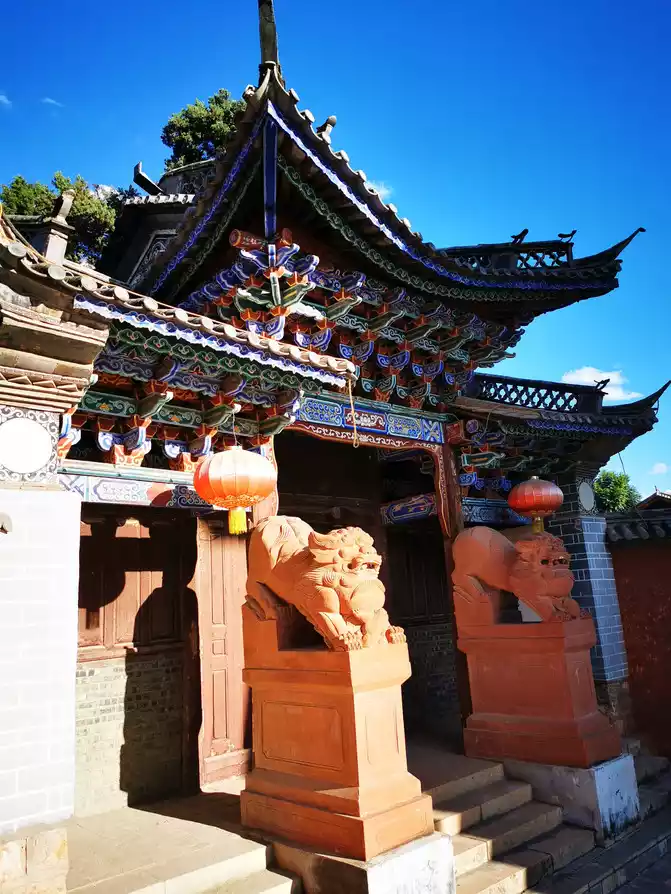
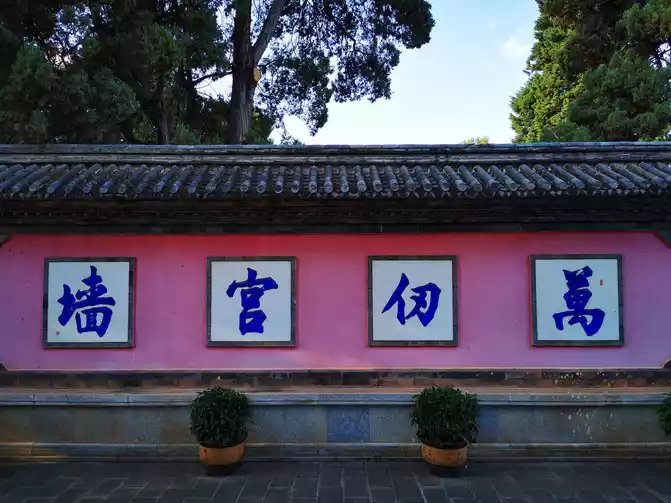
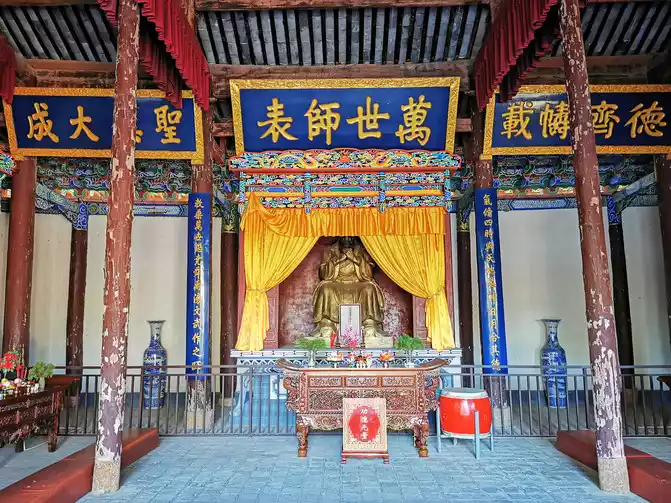
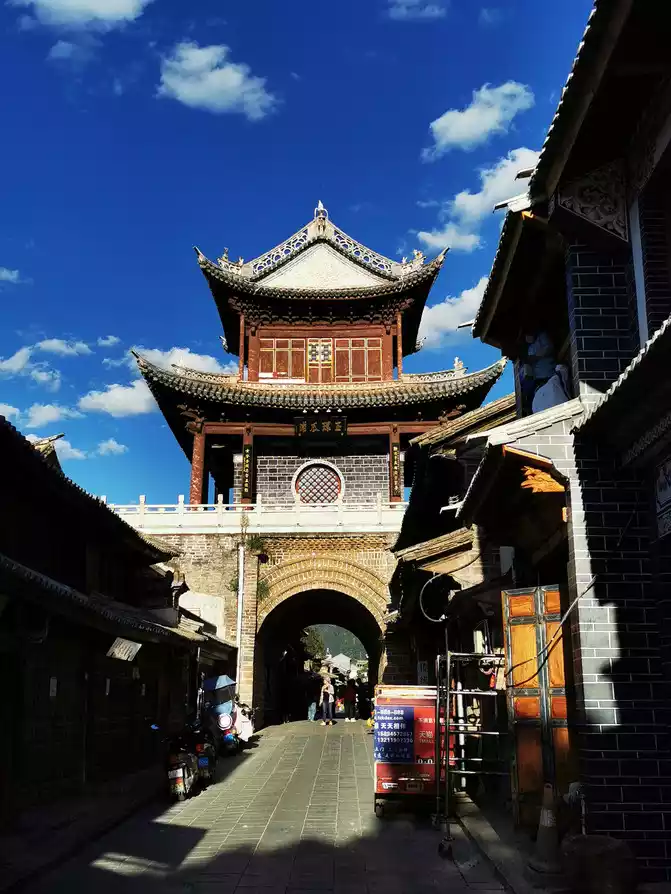
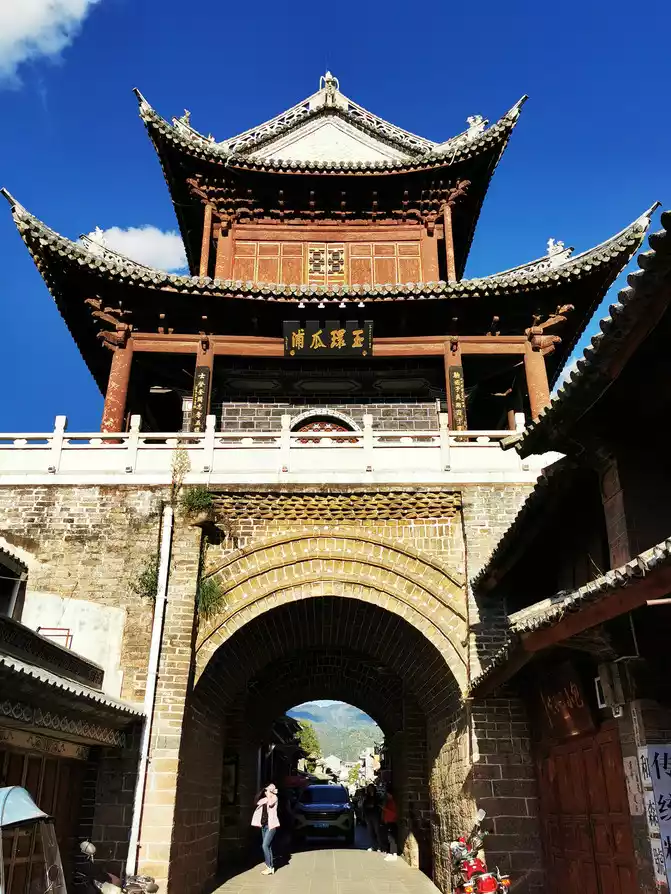
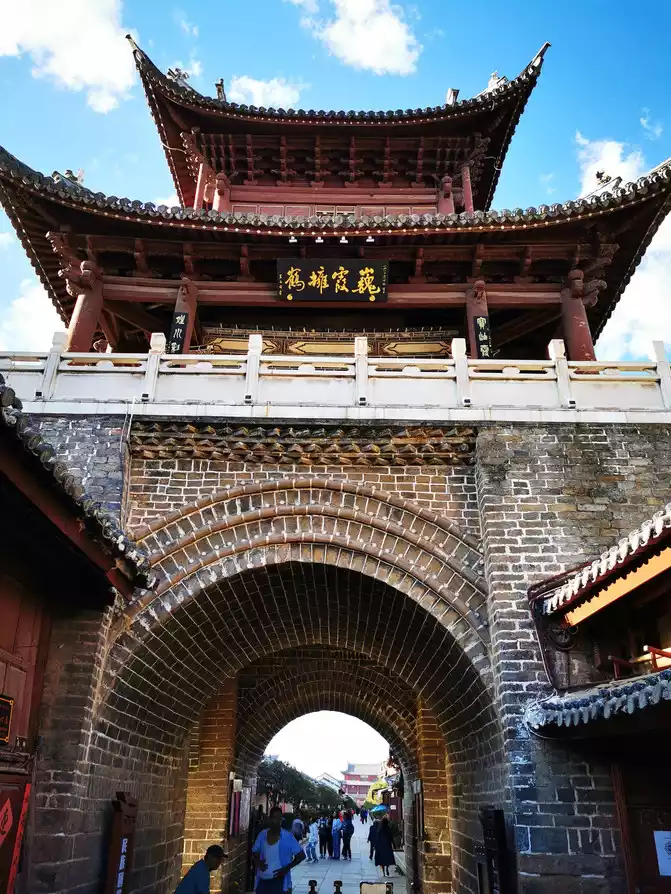
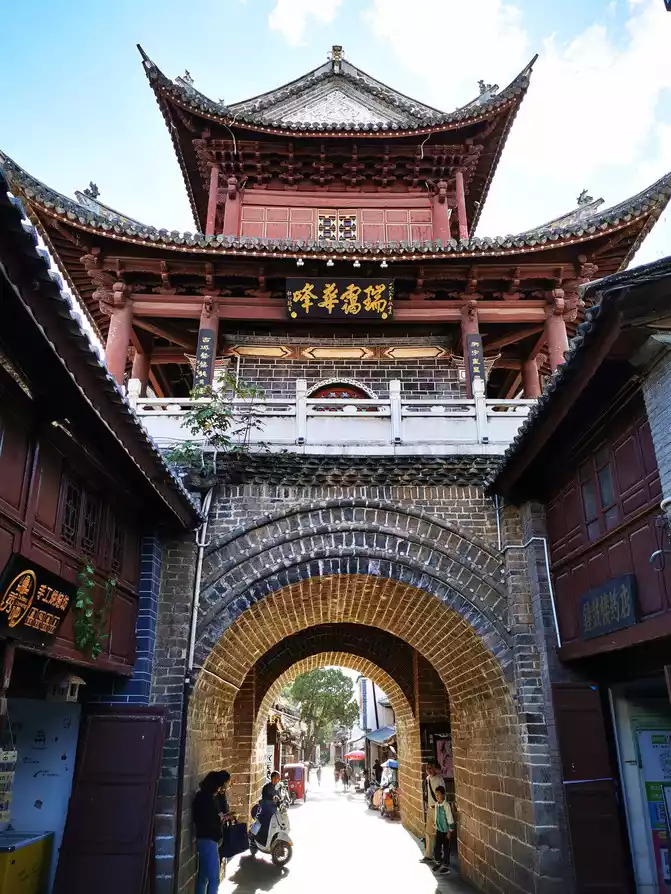
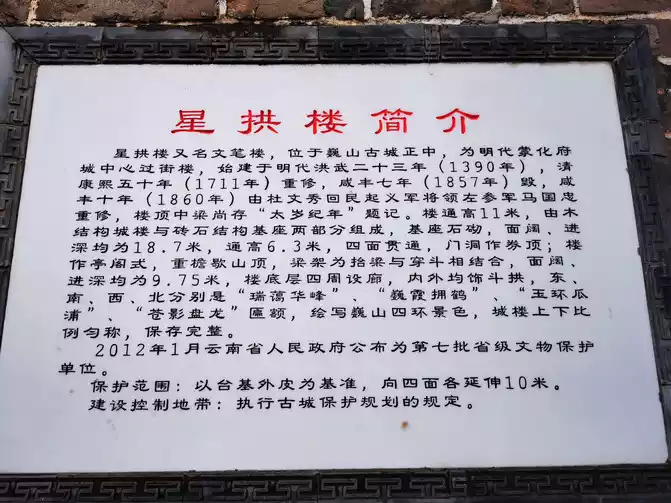
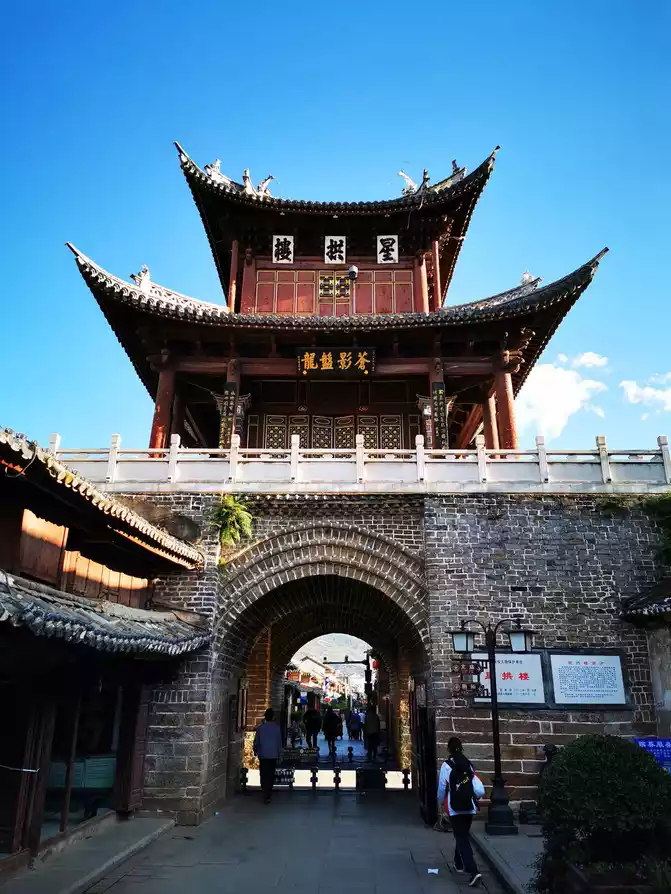
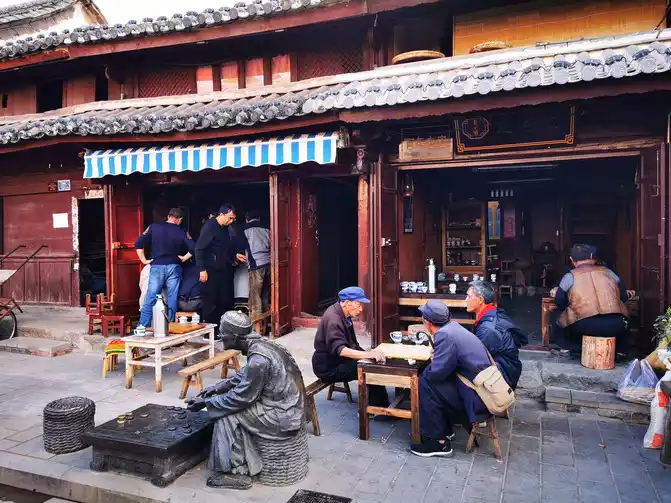
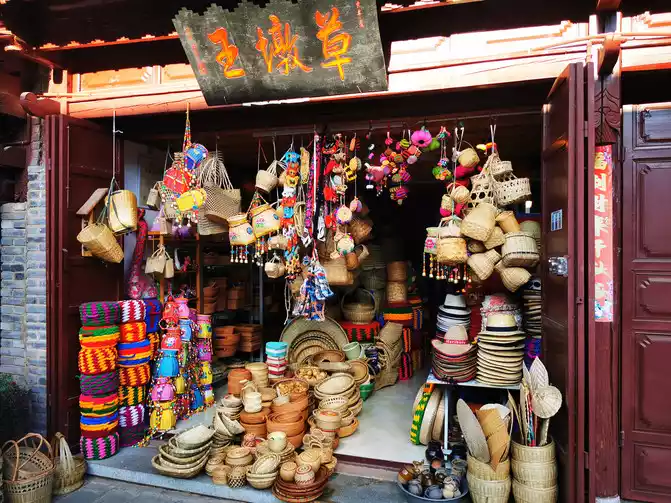
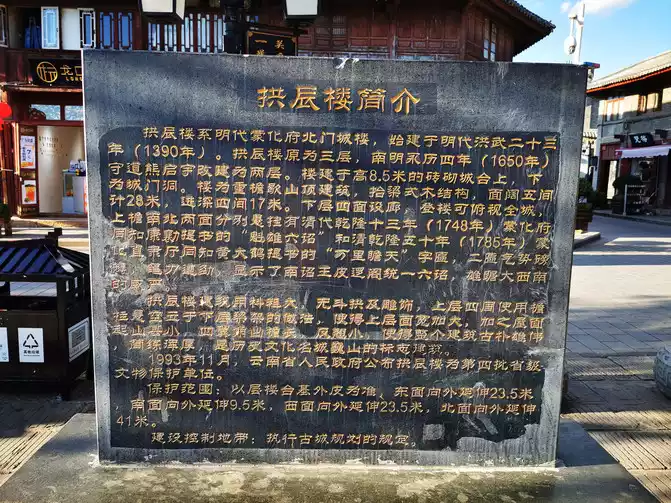
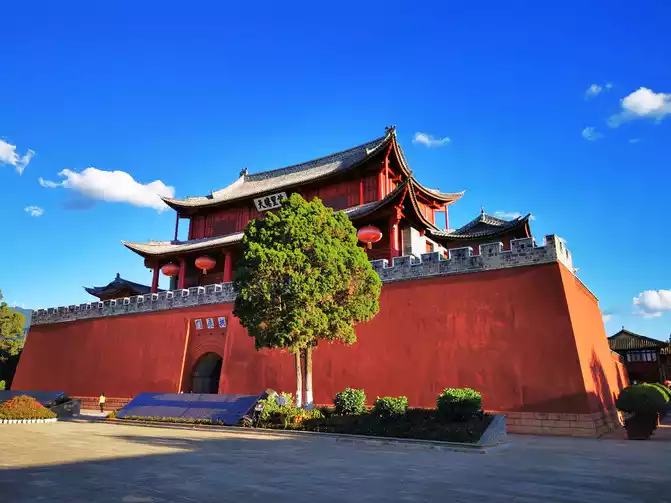
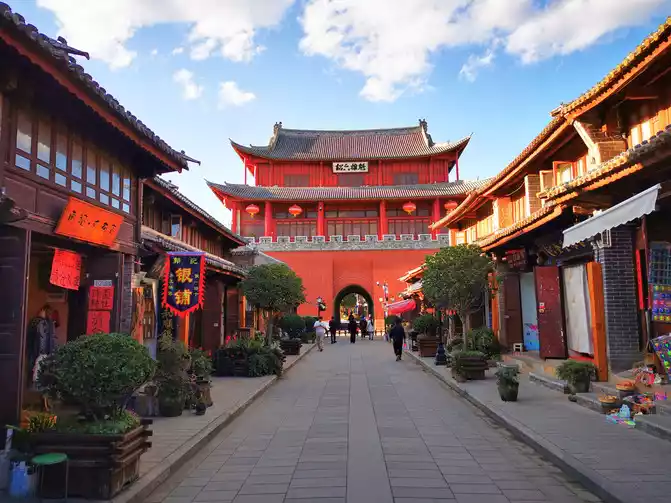
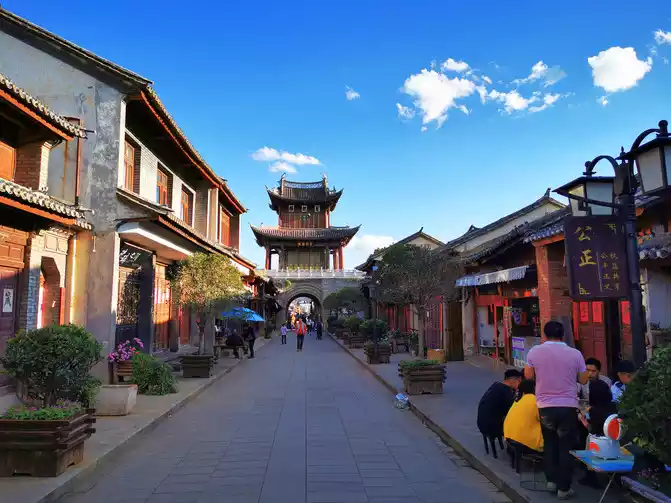
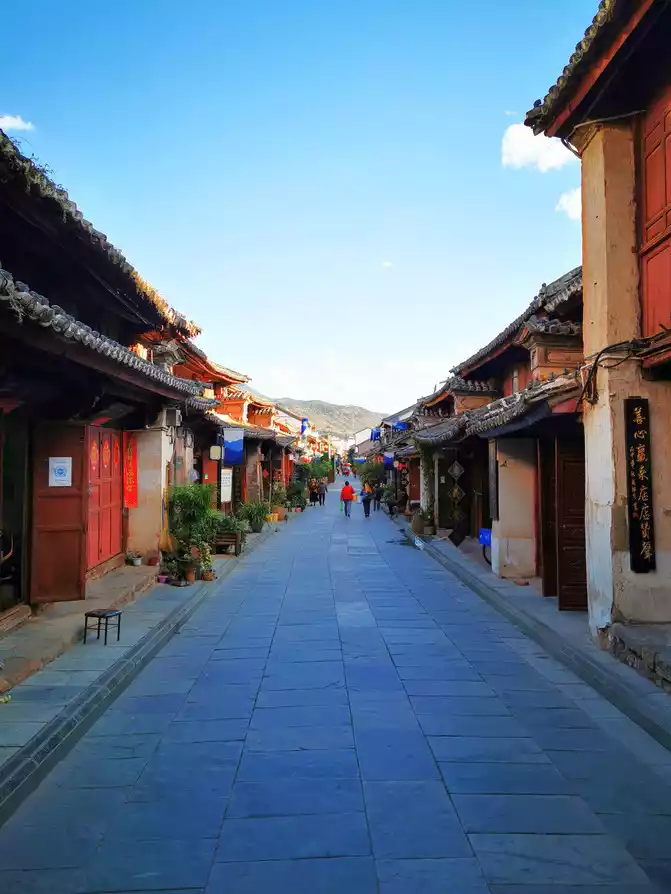
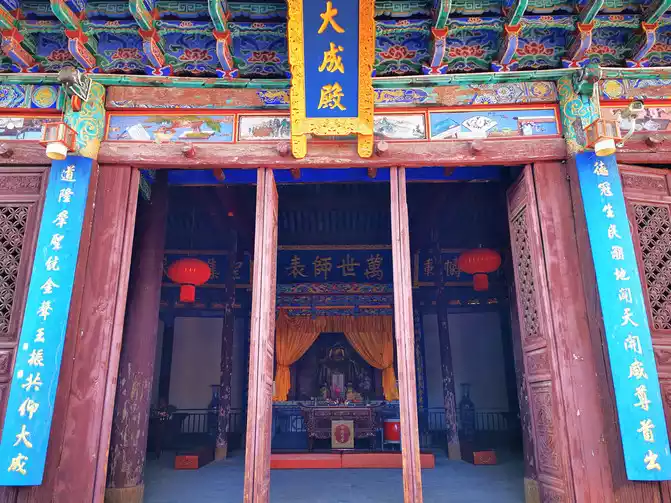
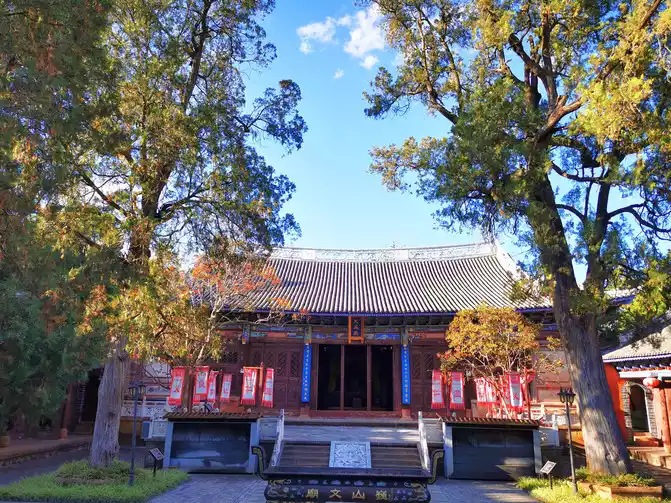
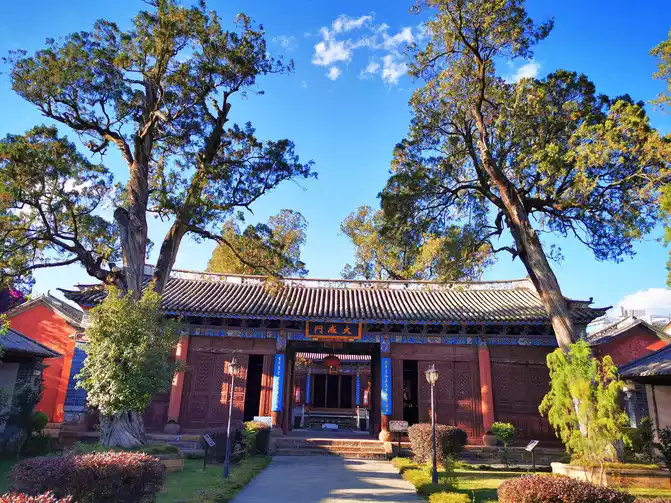
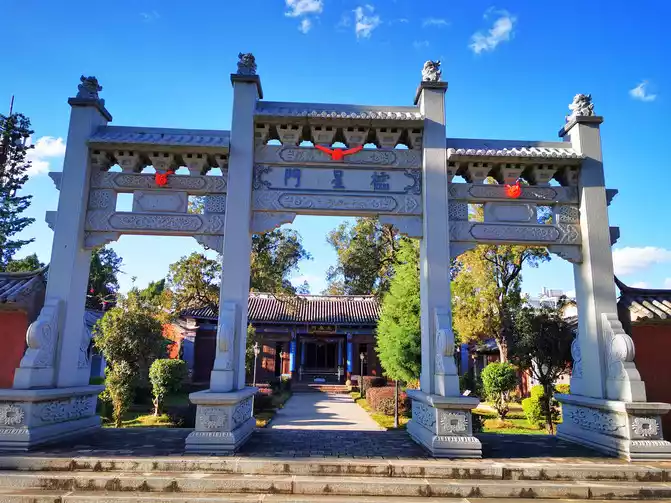
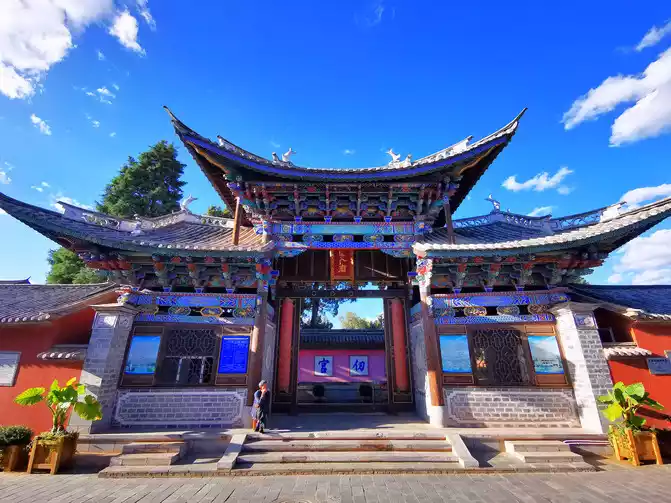
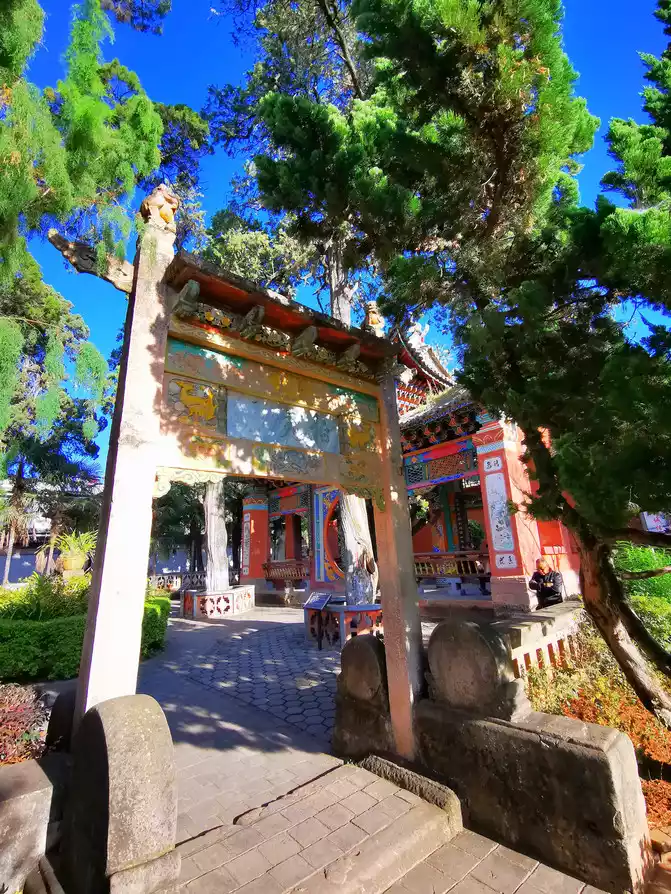
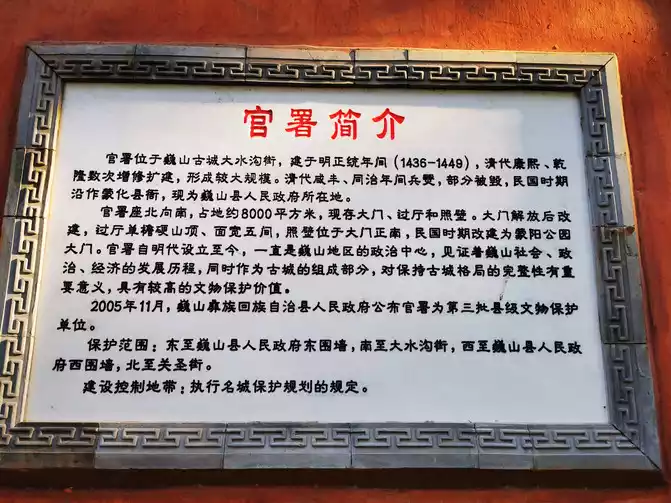
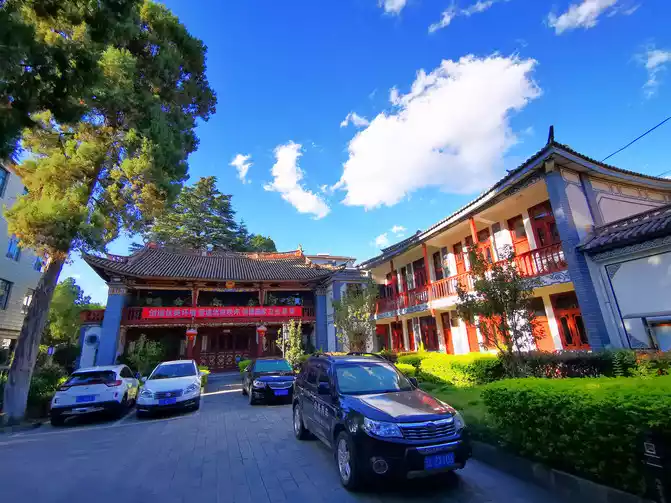
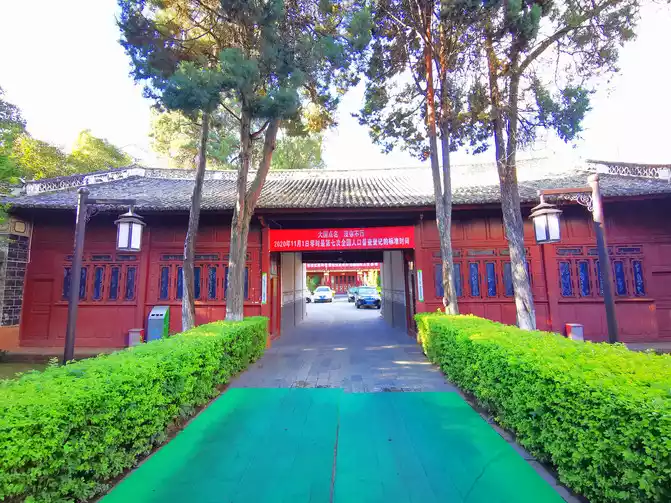
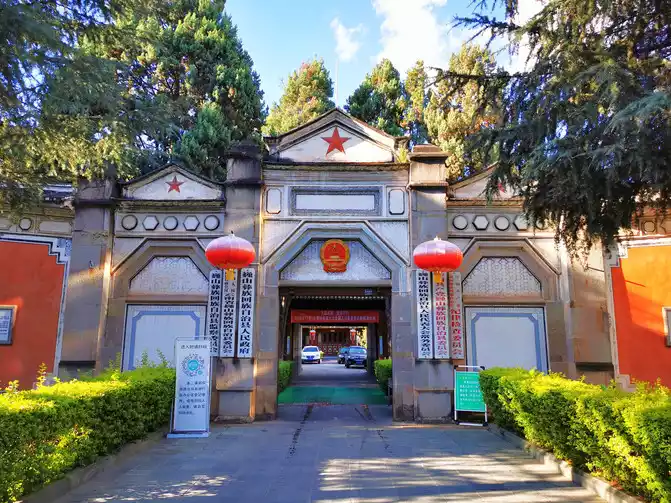
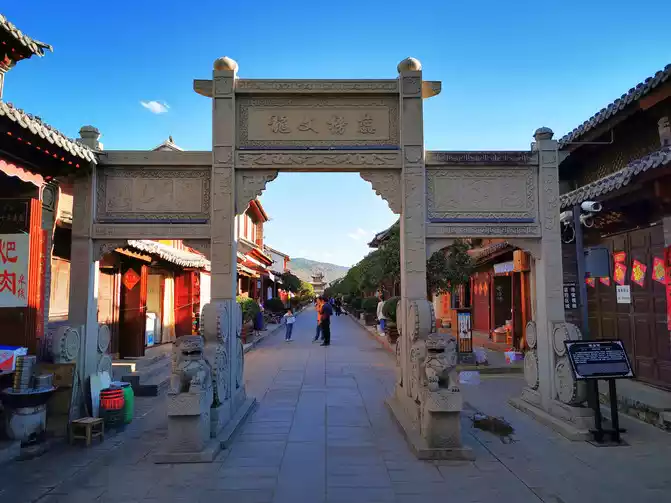
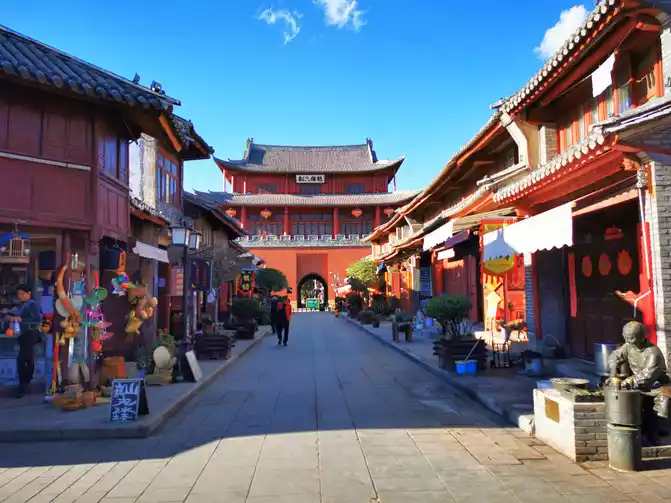
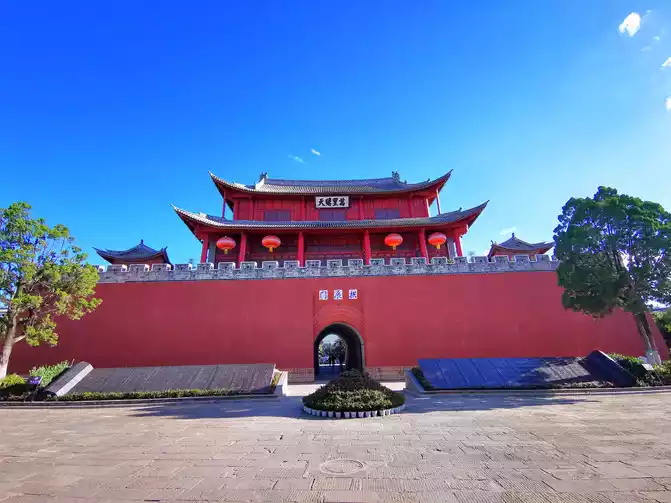
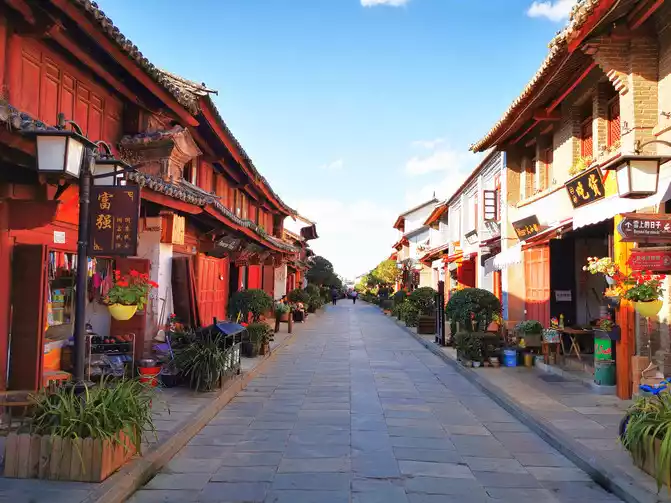
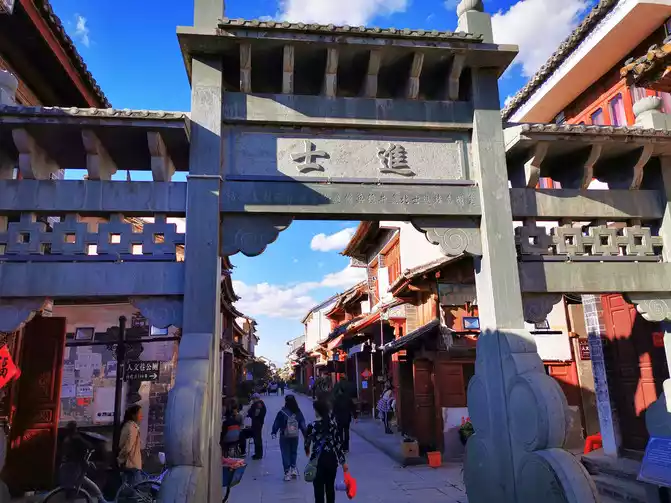
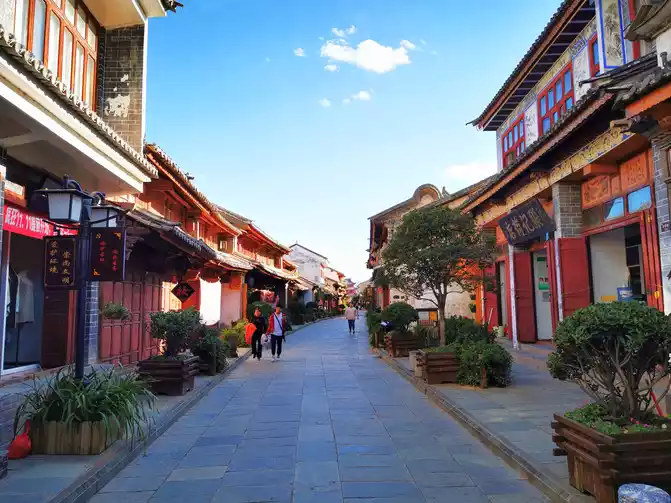
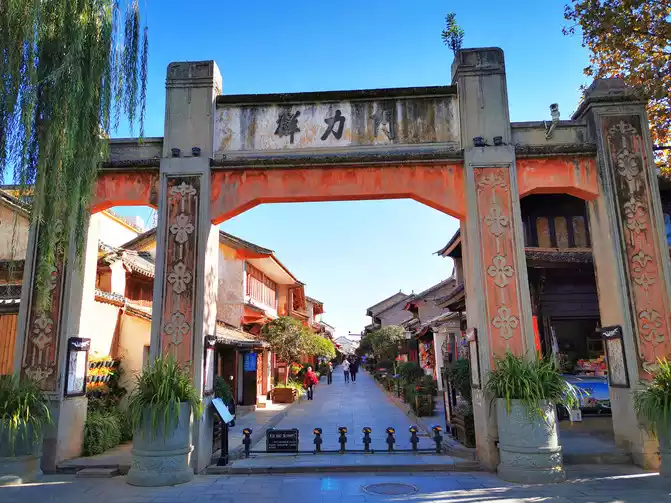
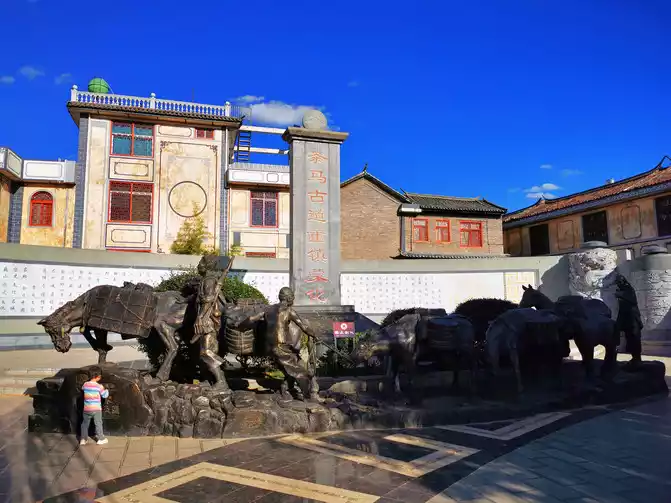
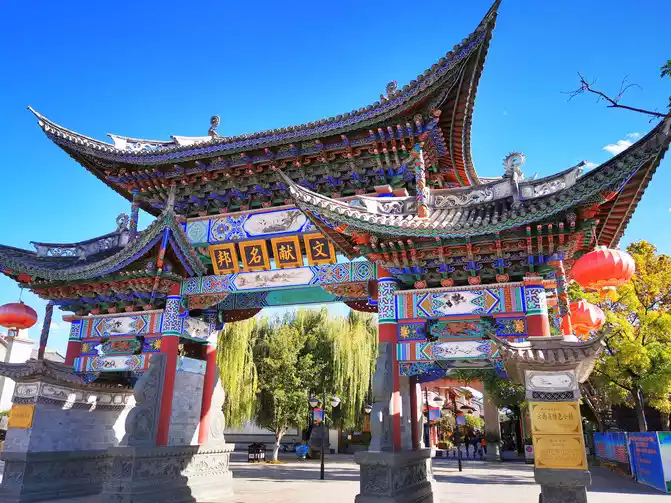
Day 31, November 8, Weishan County to Chuxiong, 8:40-16:15
From Weishan County to Weibaoshan: 14 kilometers, 0:25
Weibaoshan:
Ticket fee 18 yuan. 9:10--11:50
One of the 14 famous Taoist mountains in the country, there are nearly 20 Taoist temples, most of which are buildings from the early Qing Dynasty and have a simple atmosphere. This is also the birthplace of Nanzhao. Altitude 2230 meters.
We only visited the Yuhuang Pavilion area, where nearly half of the Taoist temples are concentrated, about a 20-minute walk from the gate.
I seemed to be the only tourist, and I met less than twenty people on the road. The birds chirping constantly beside my ears, it feels like a quiet fairy mountain.
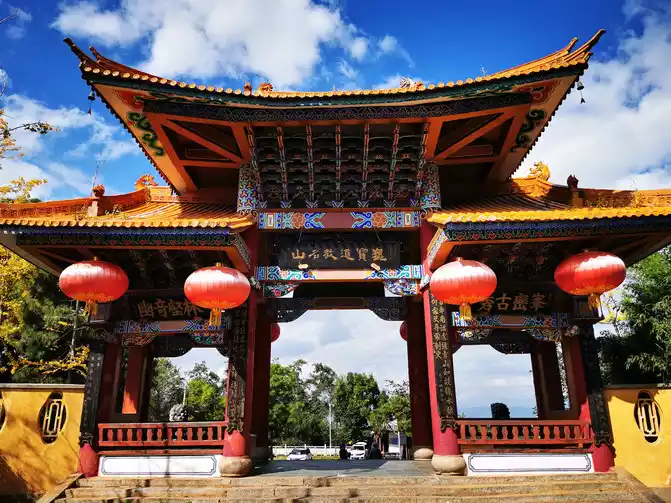
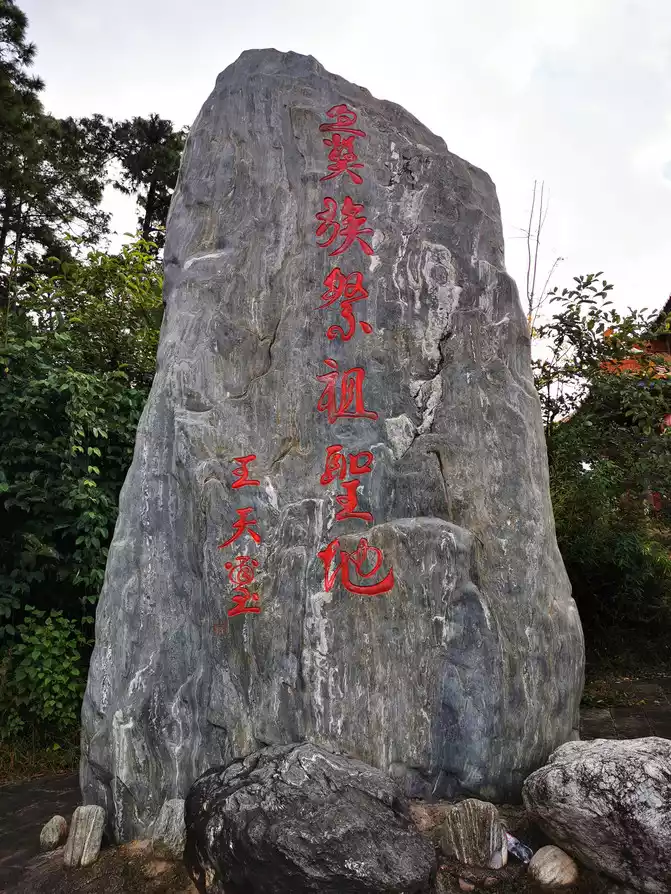
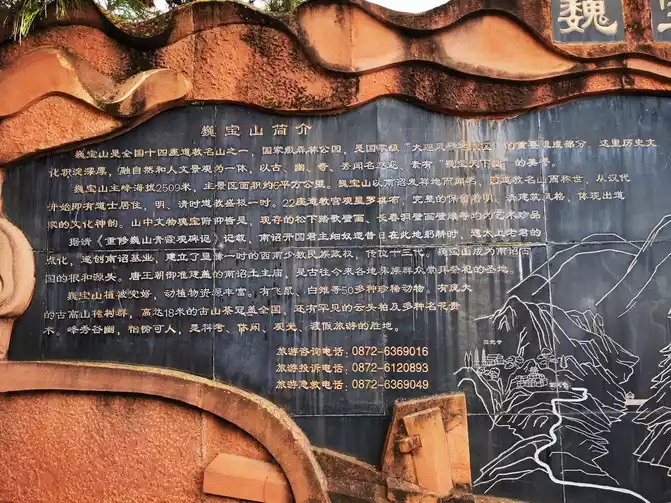
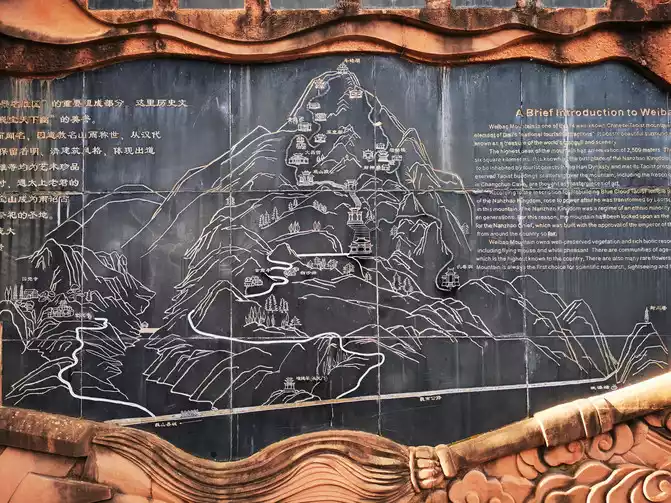
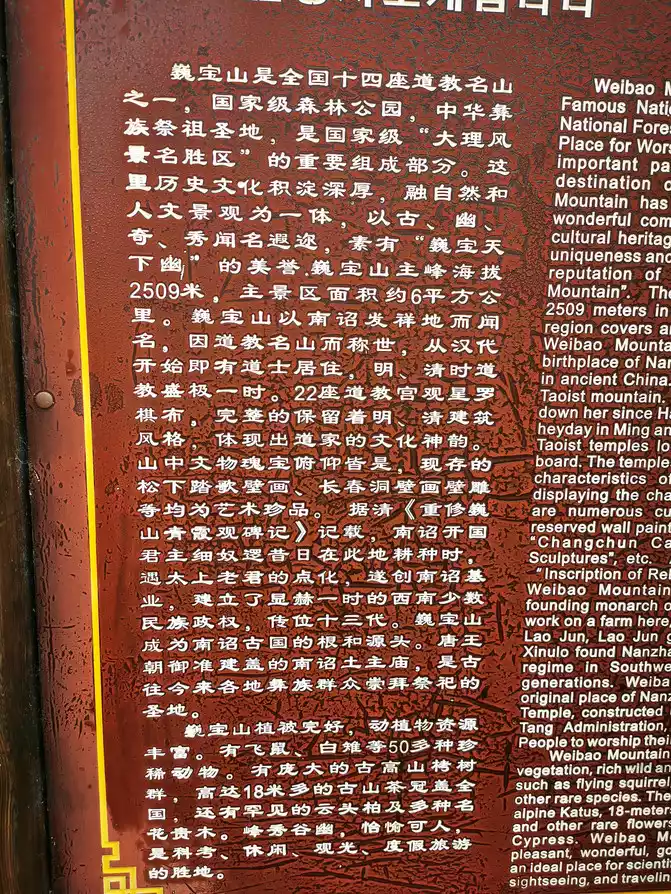
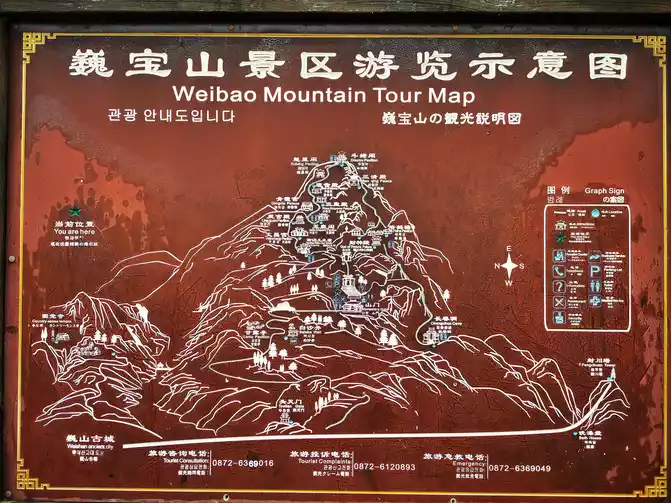
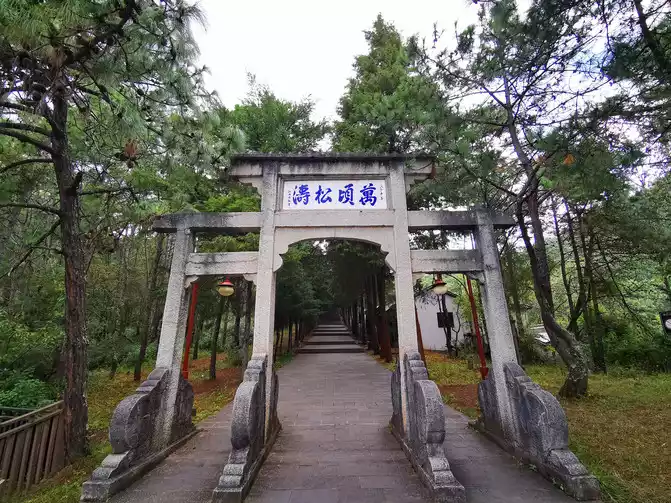
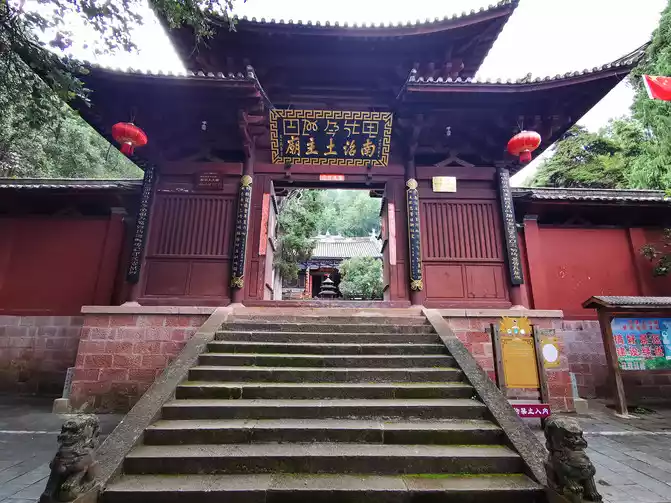
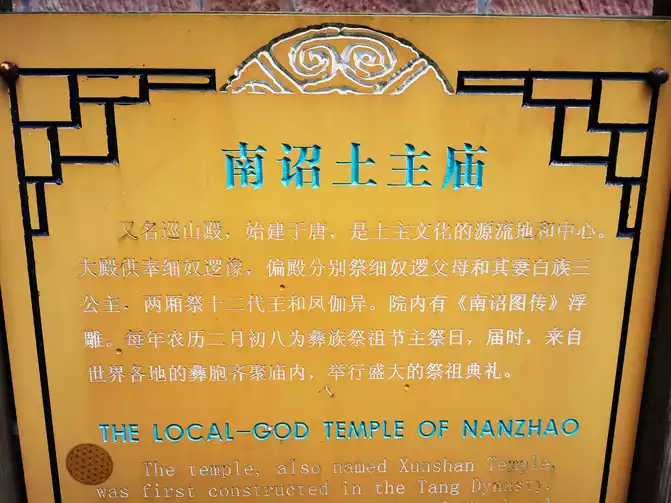
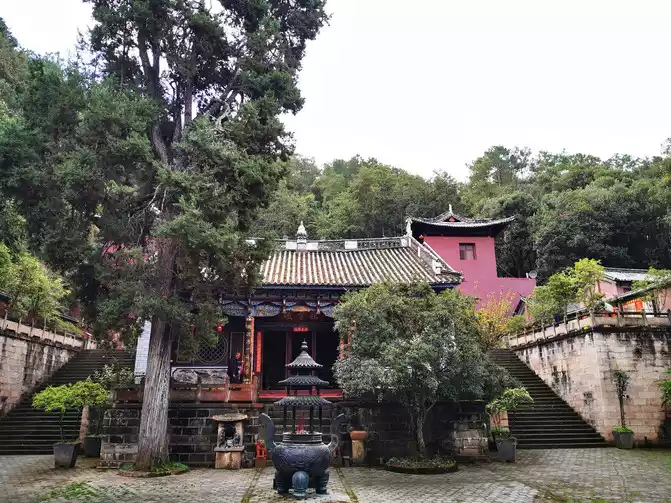
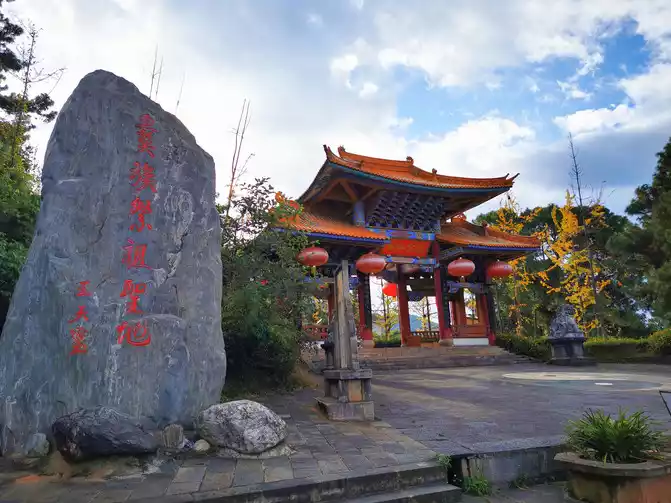
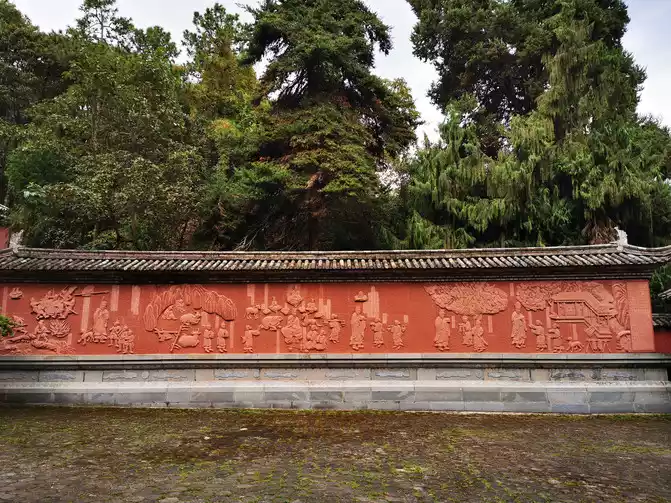

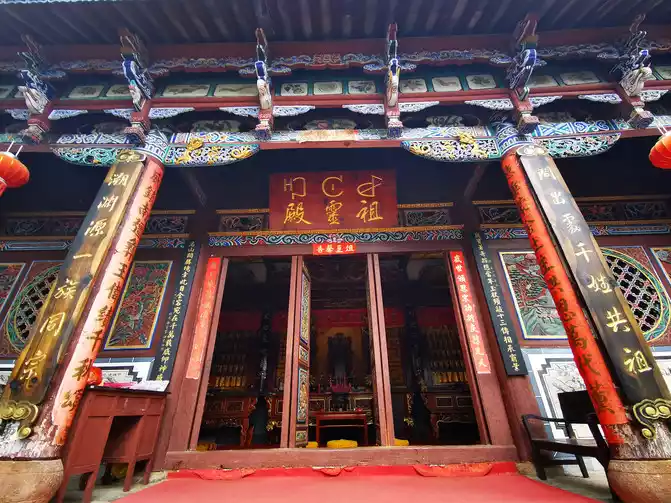
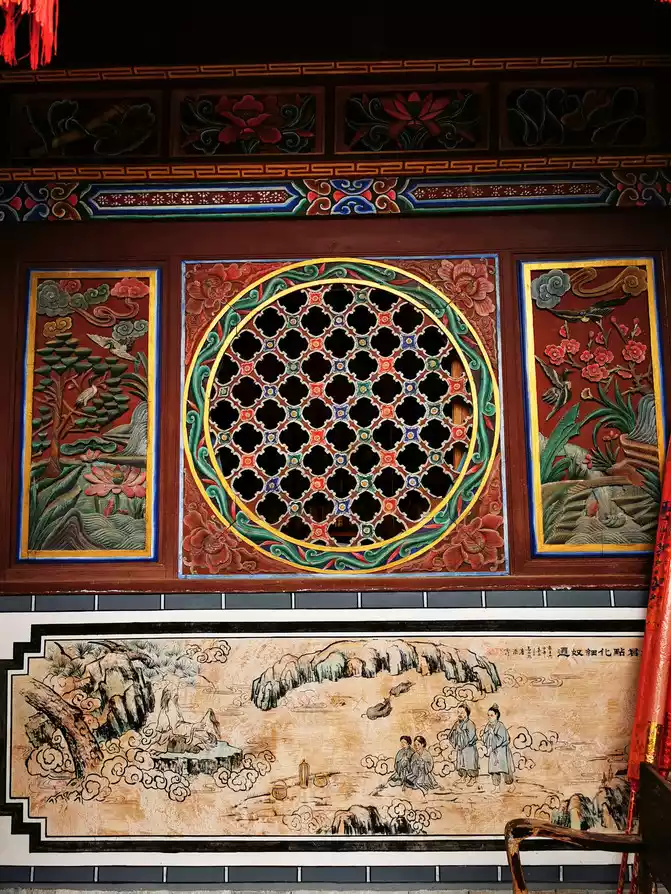
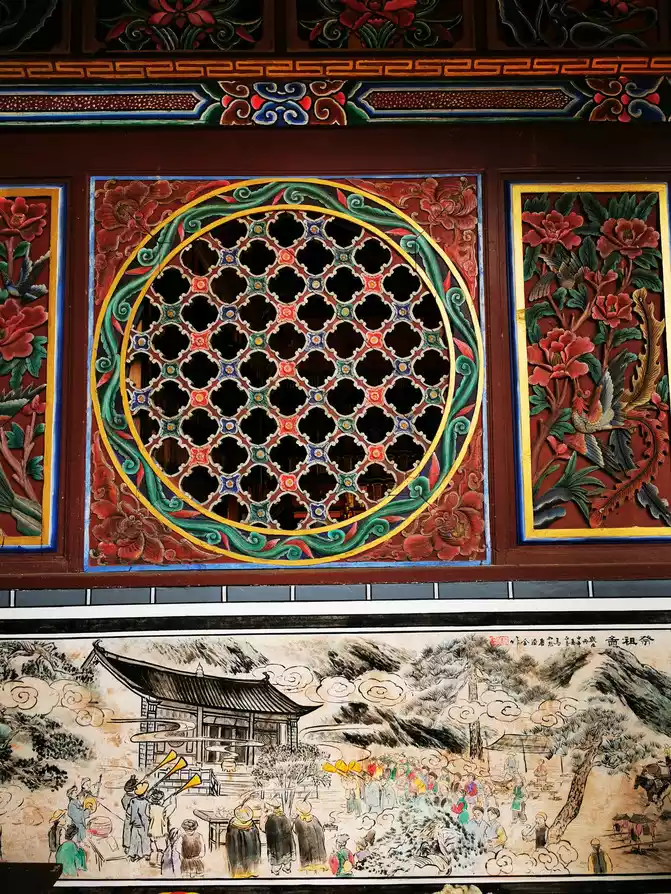
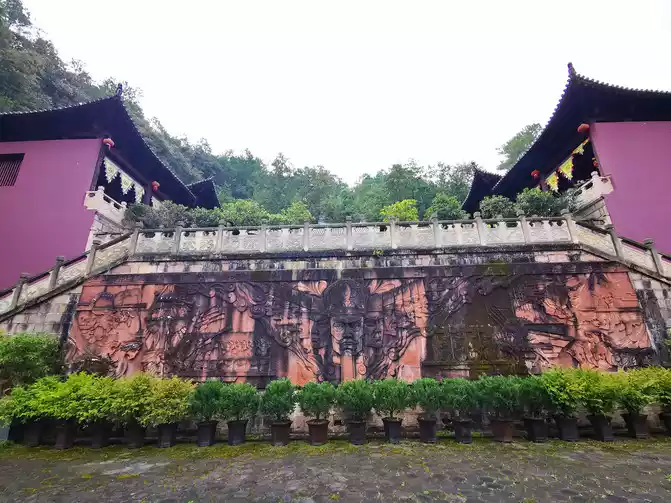
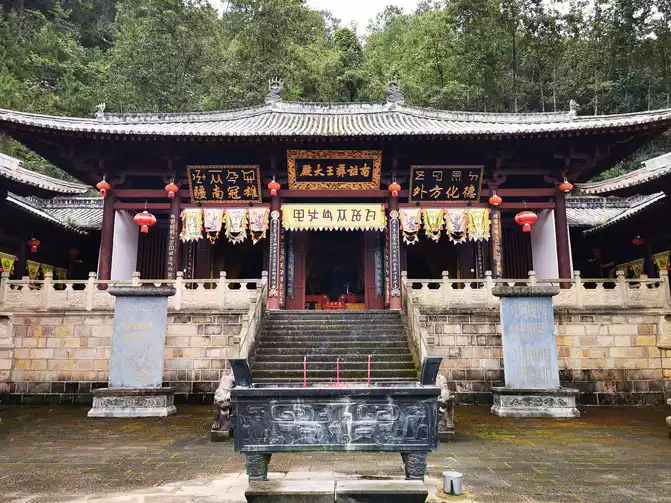
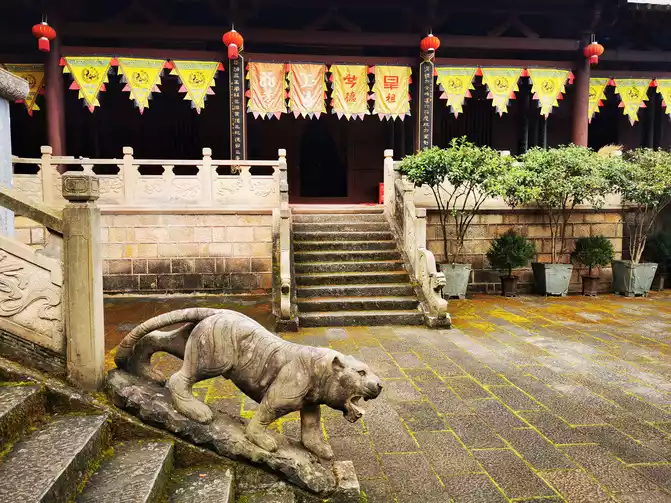
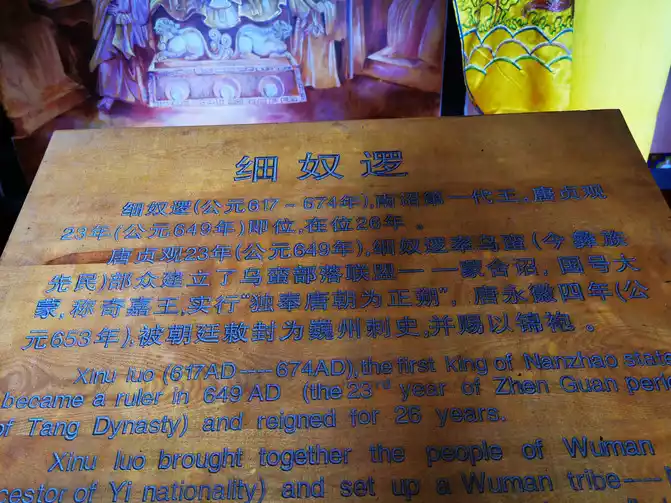
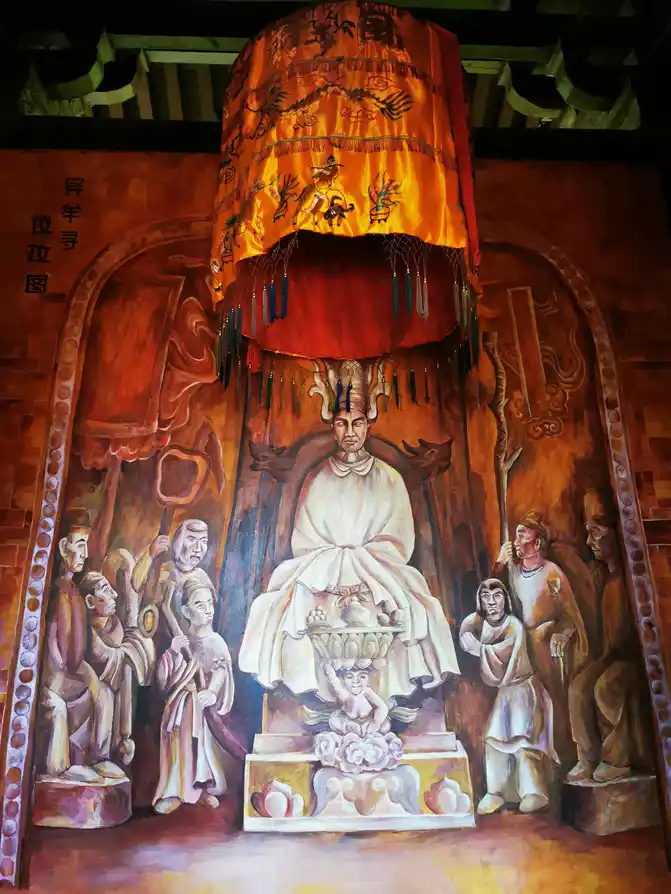
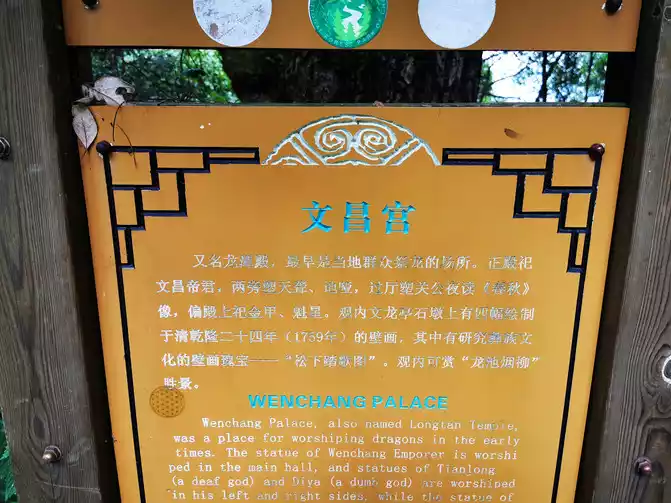
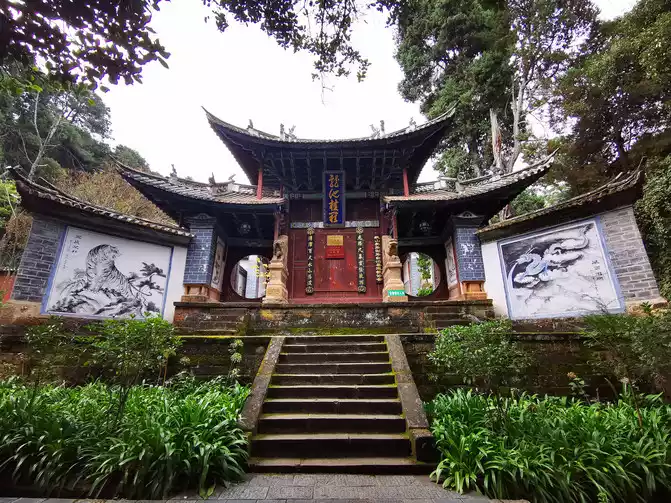
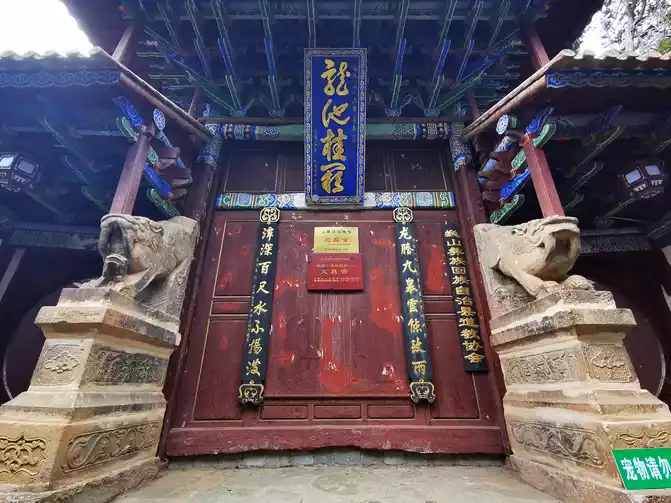
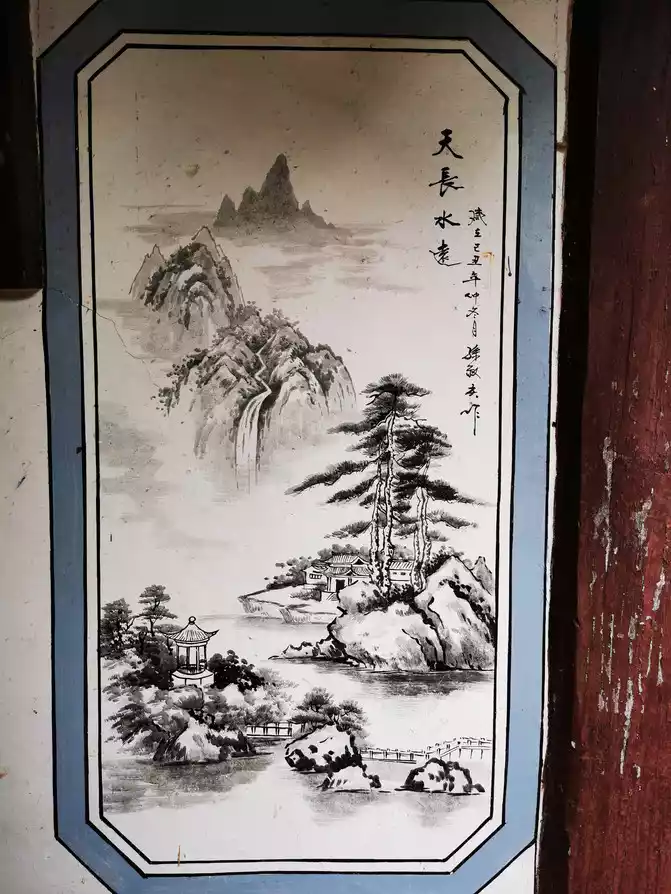
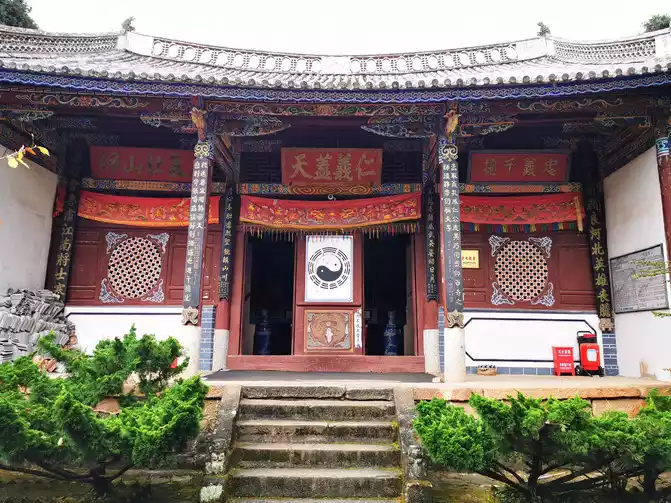
关公:
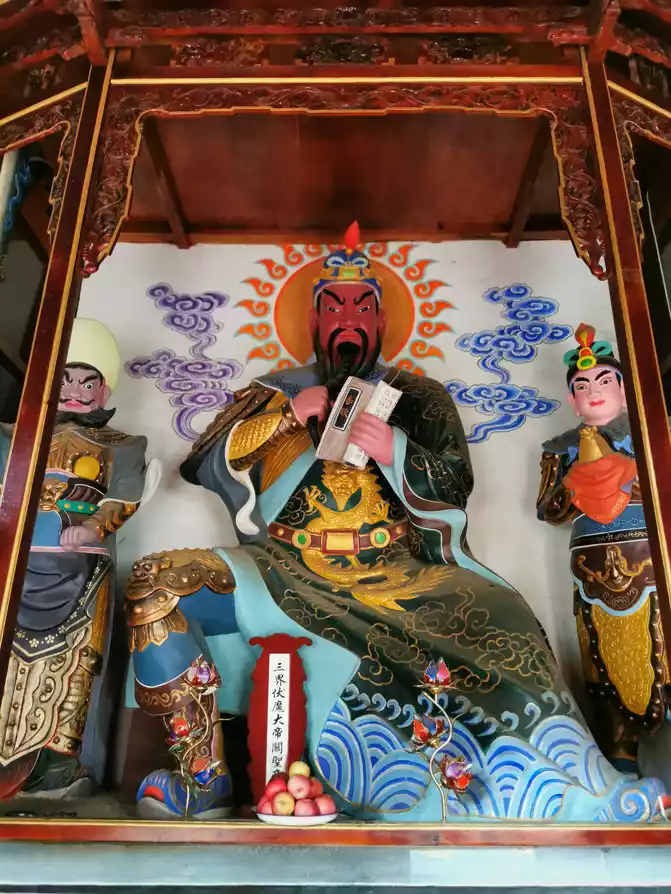
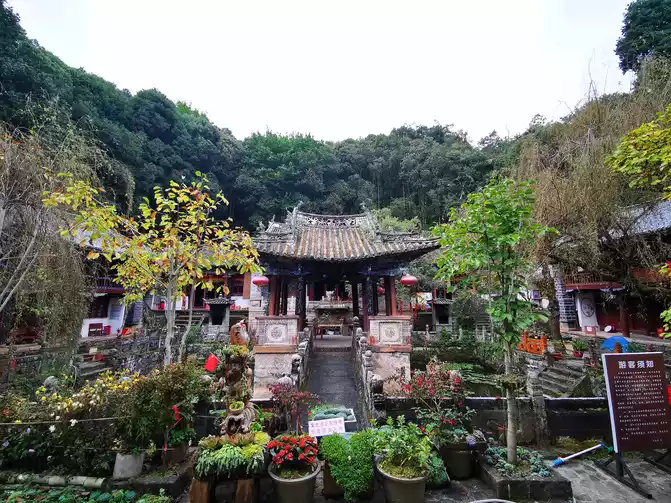
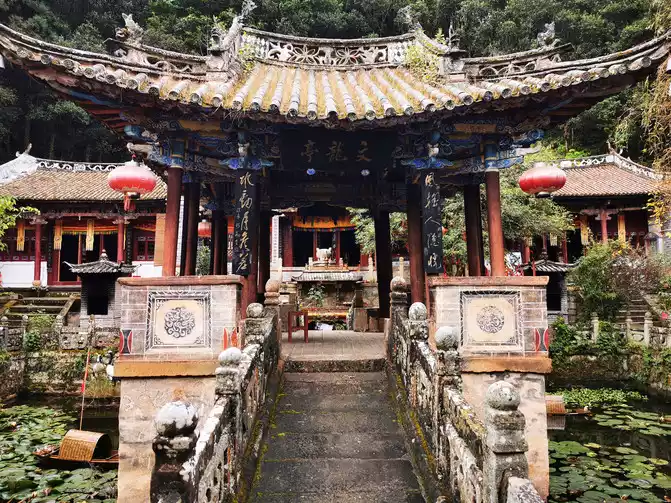
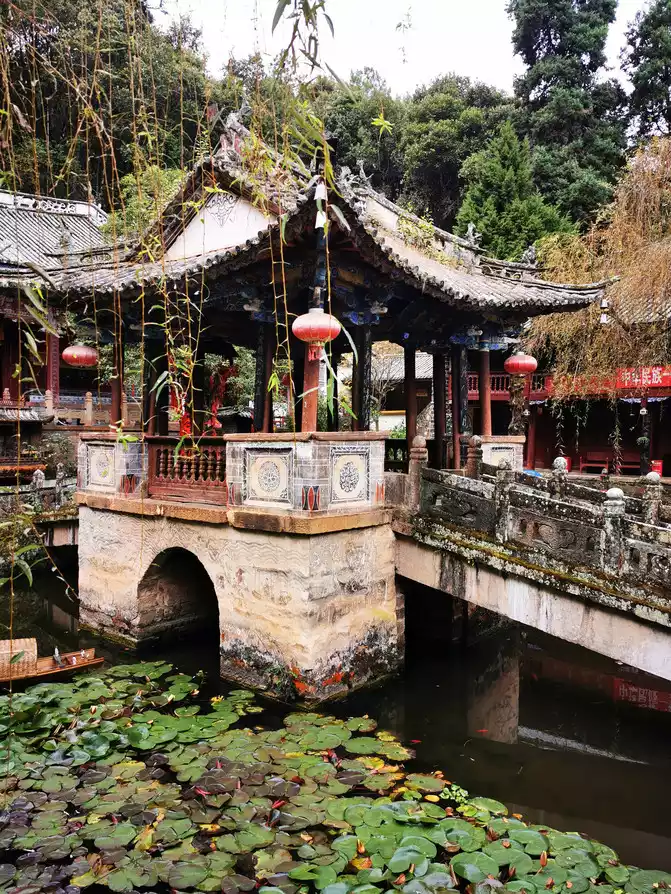
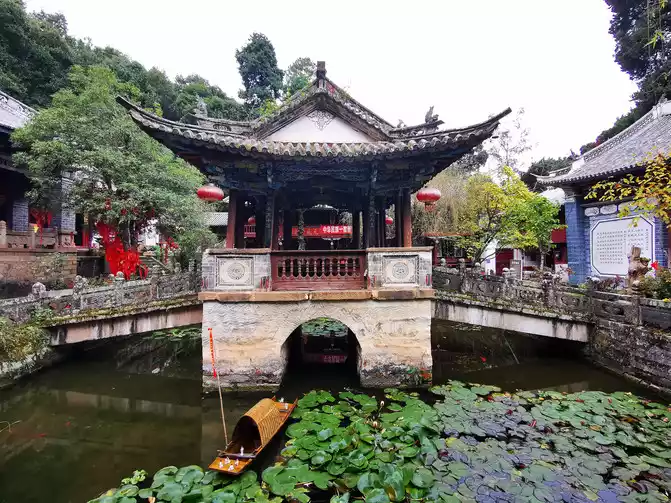
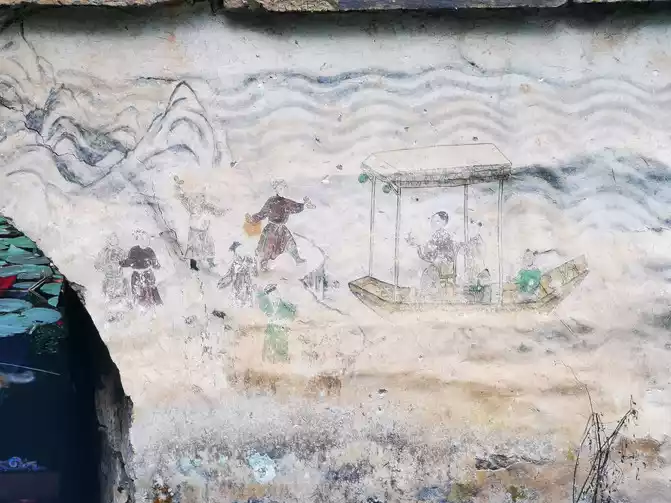
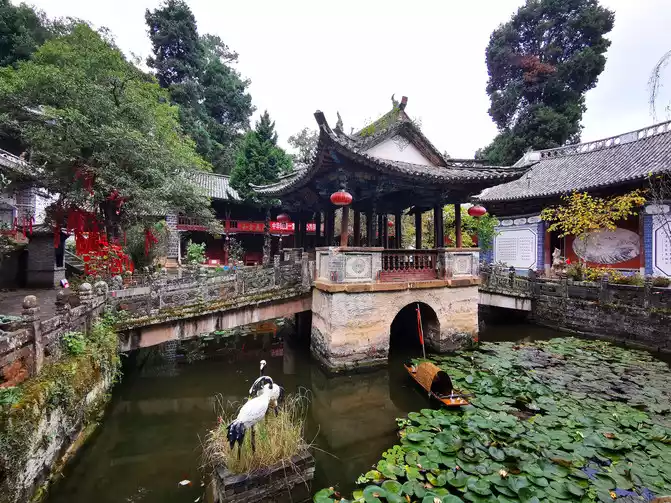
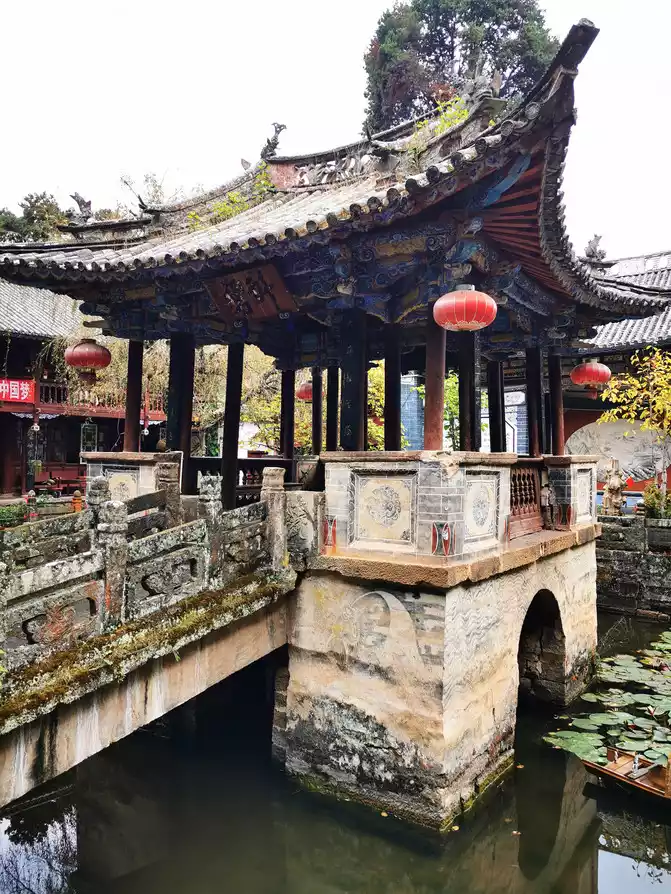
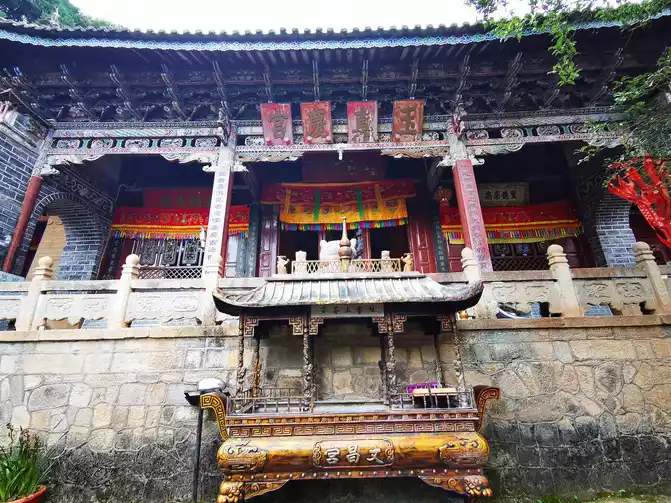
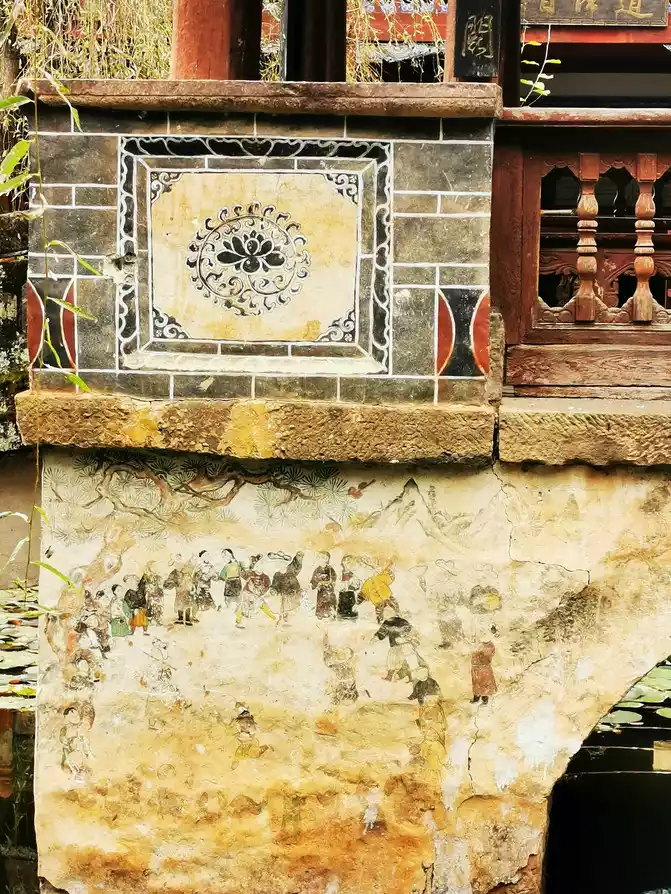
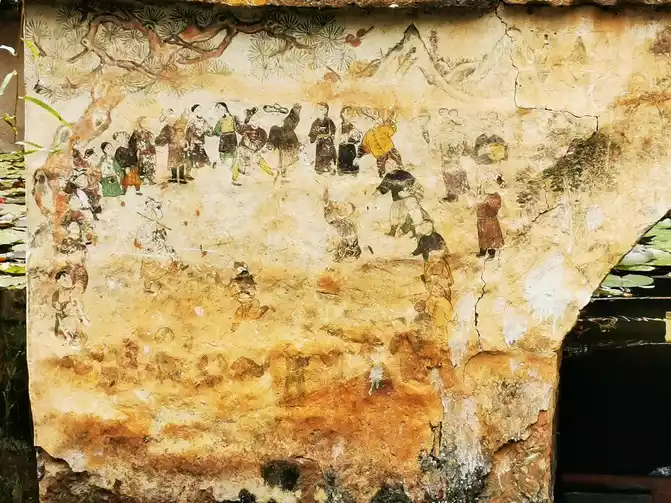
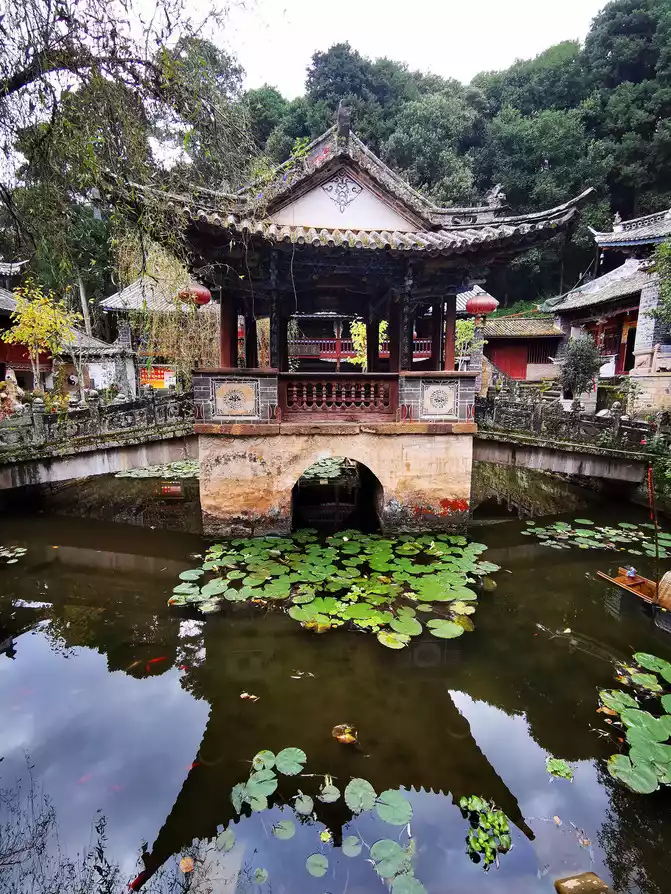
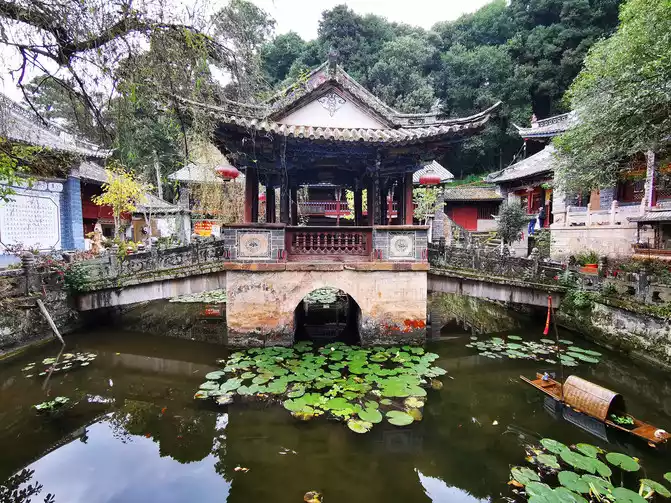
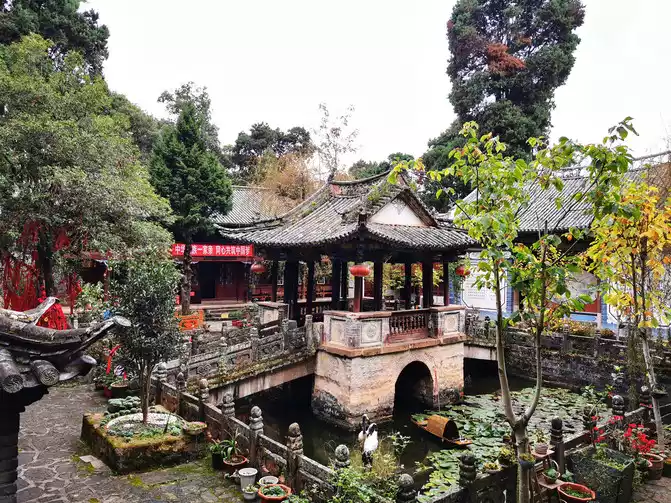
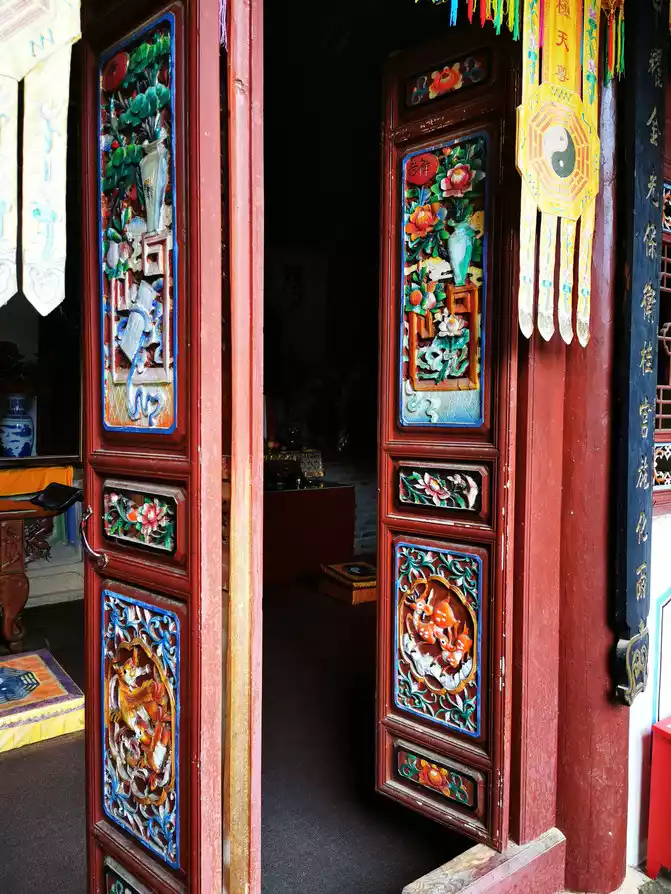
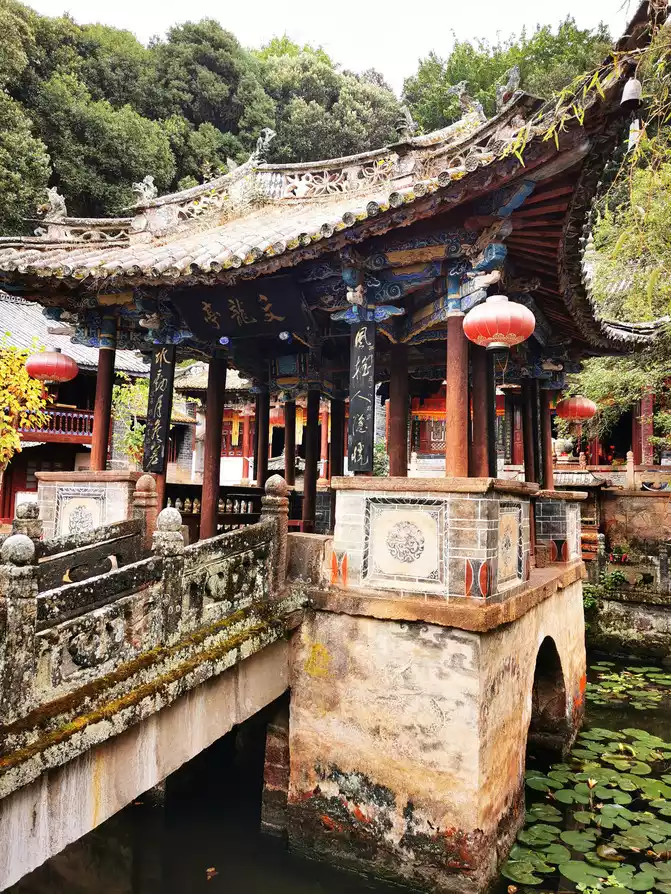
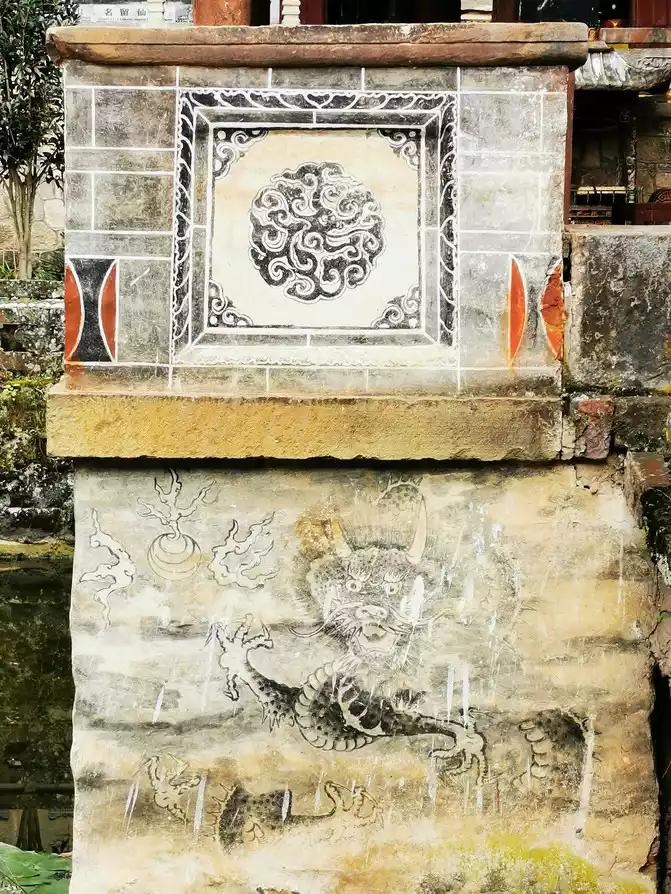
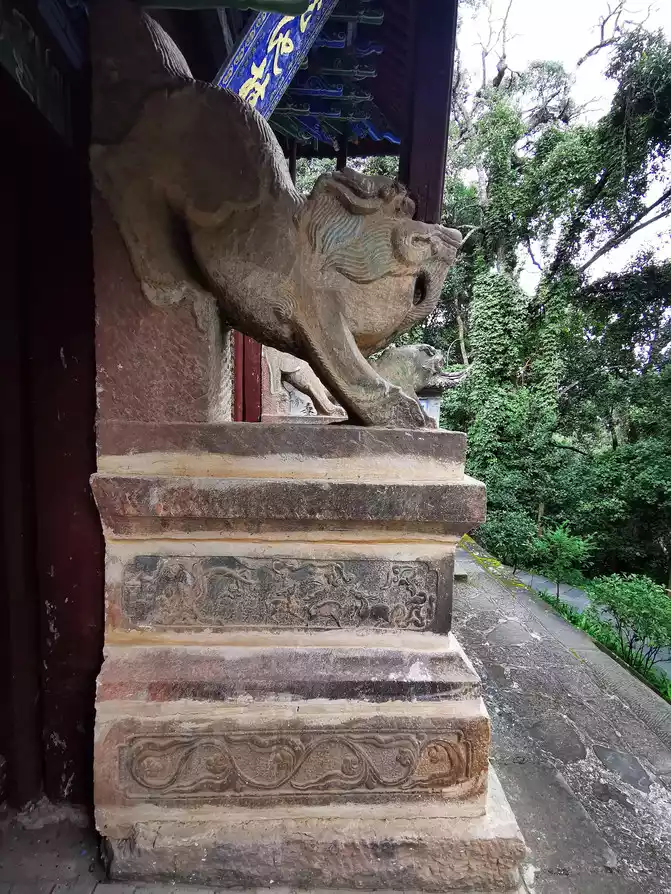
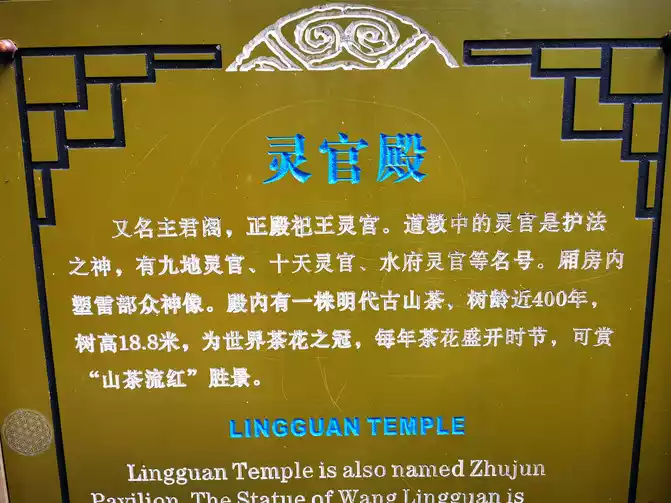
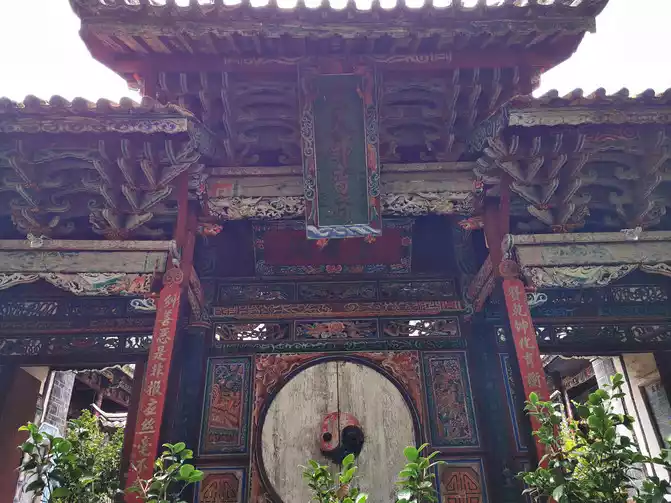
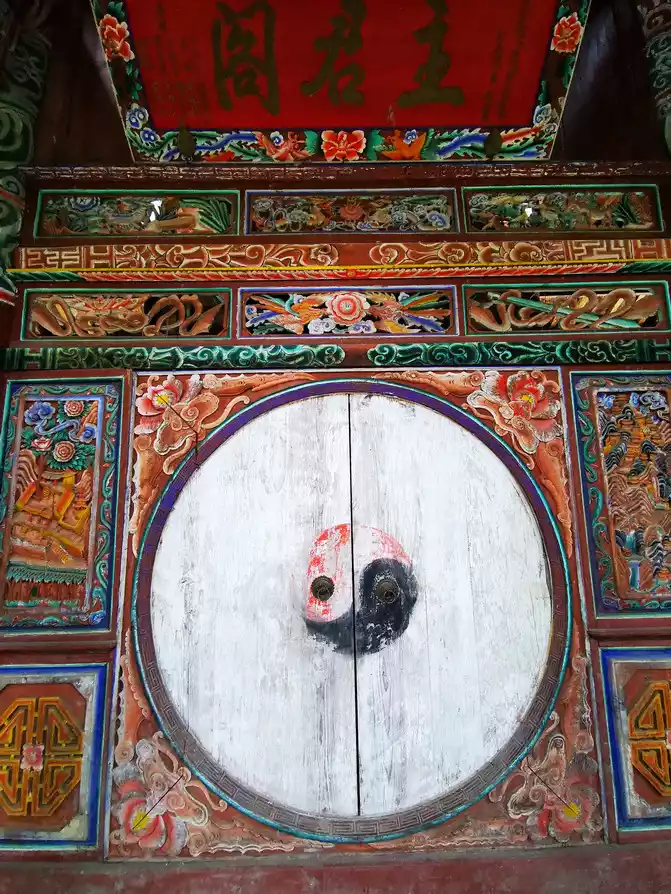
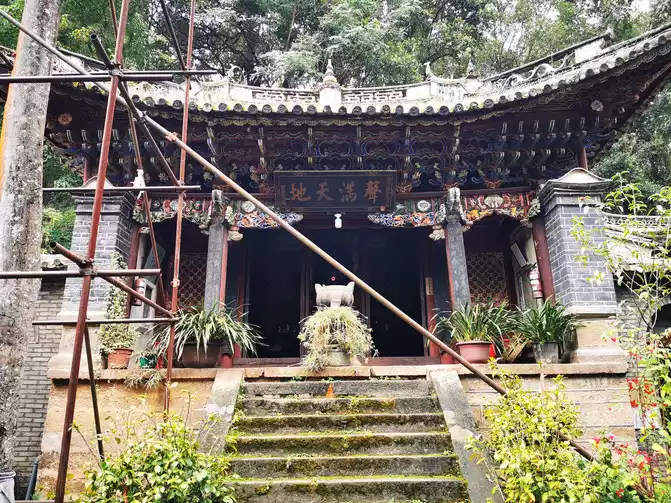
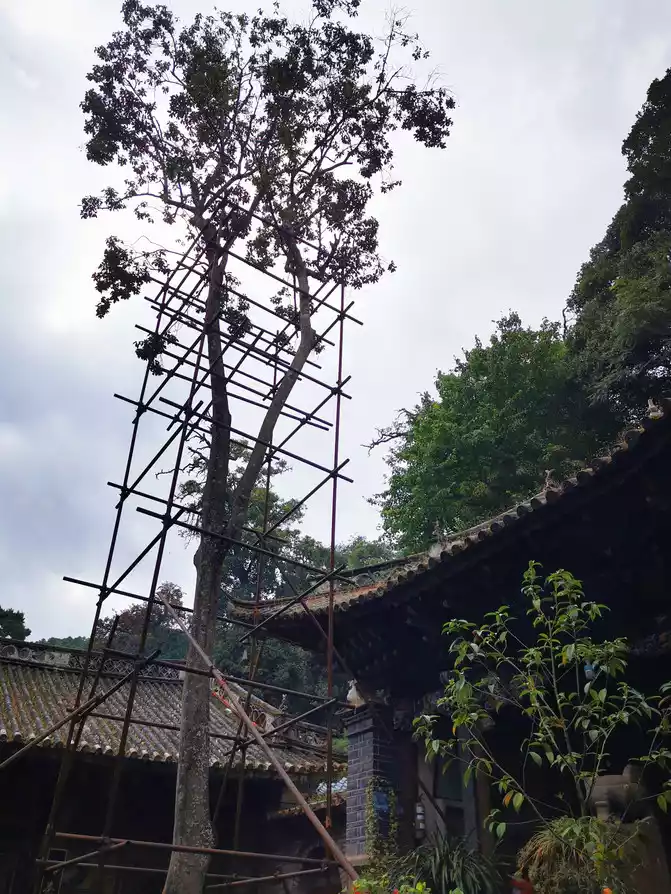
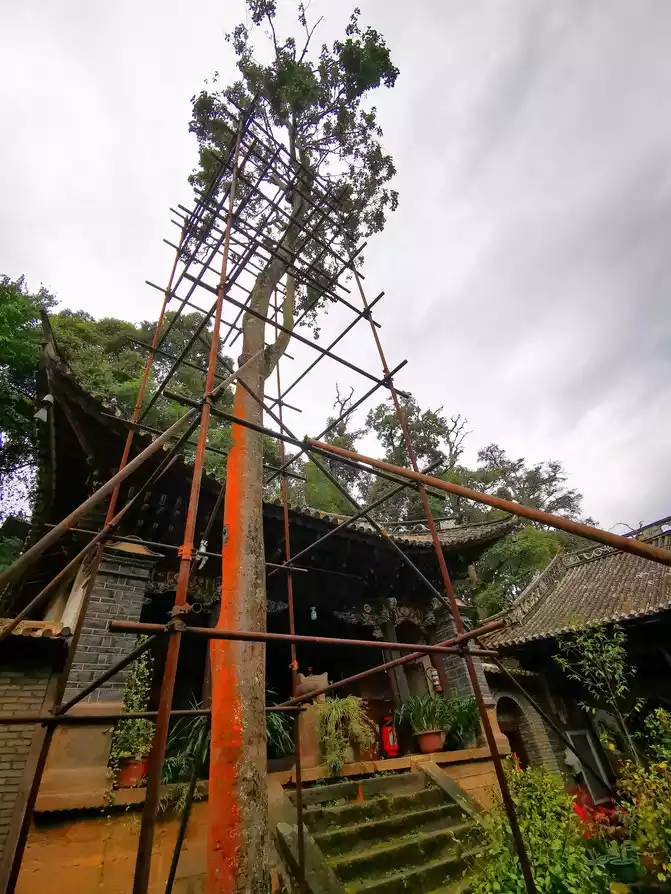
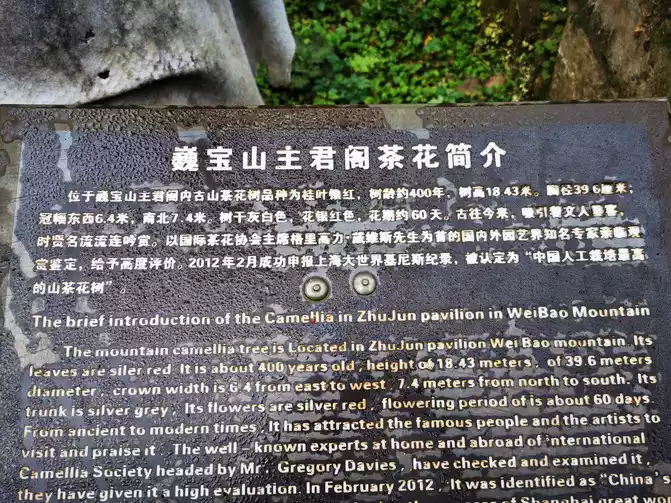
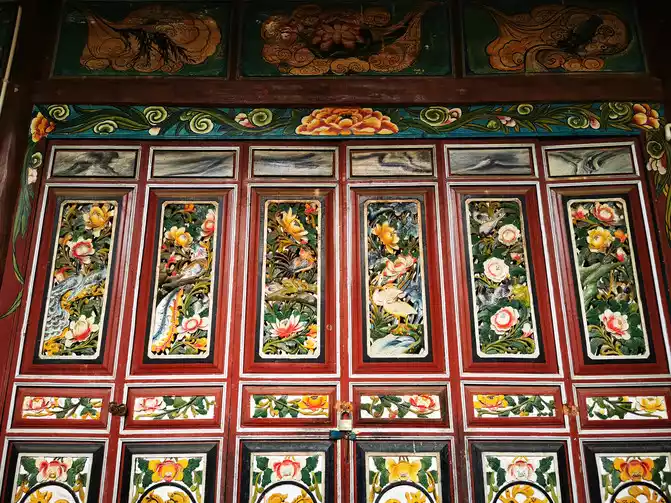
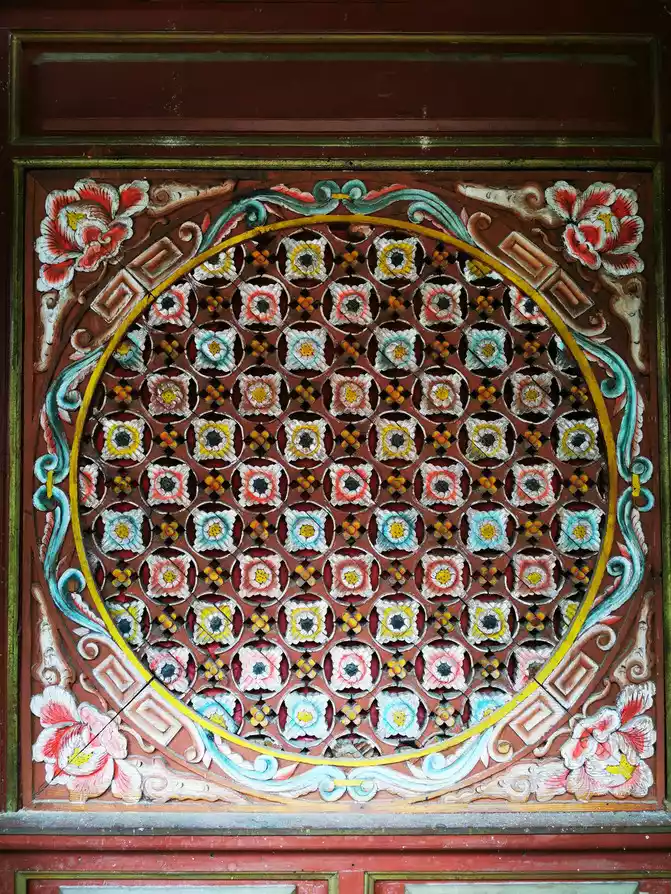
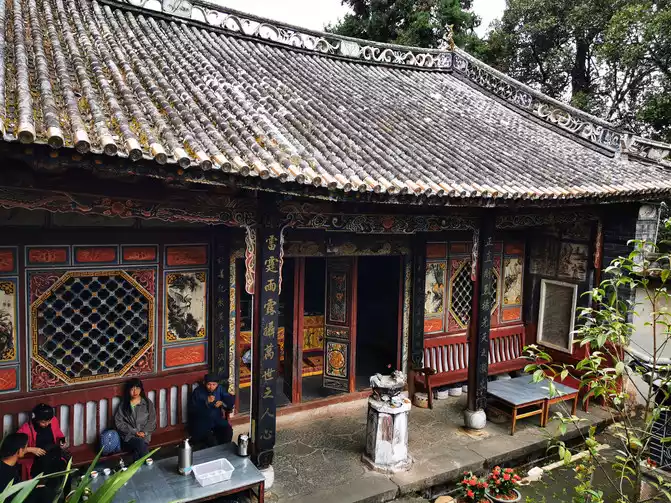
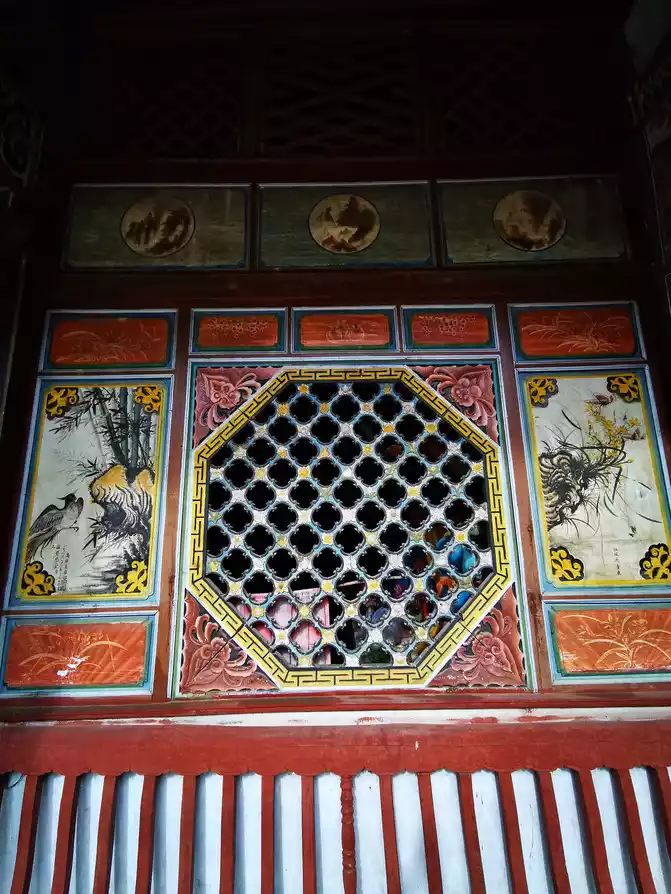
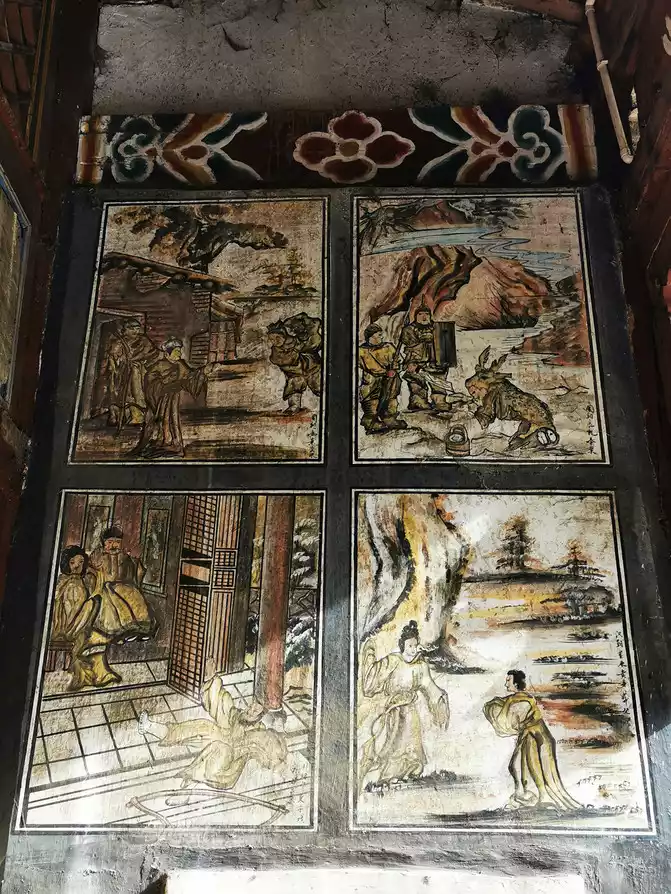
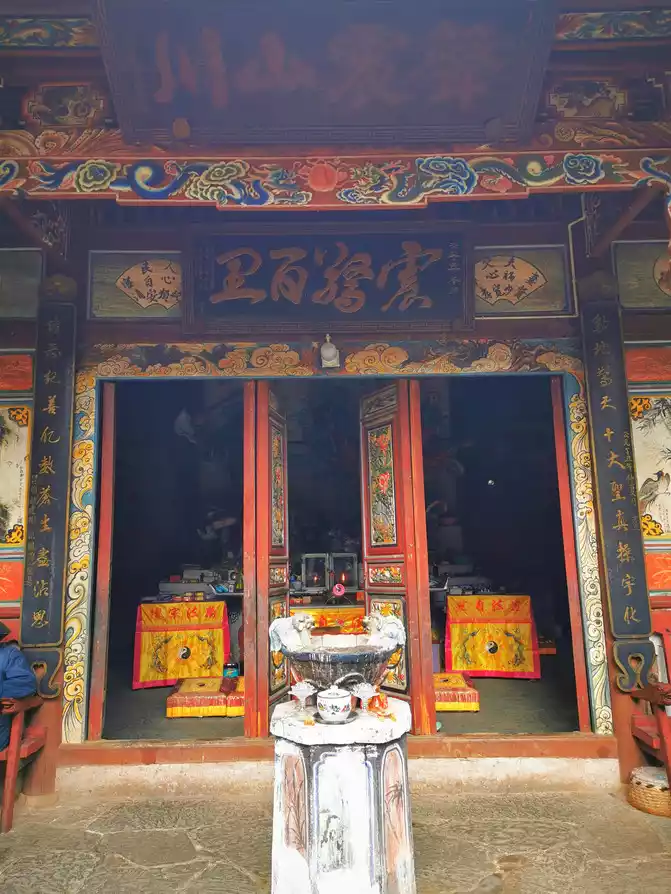
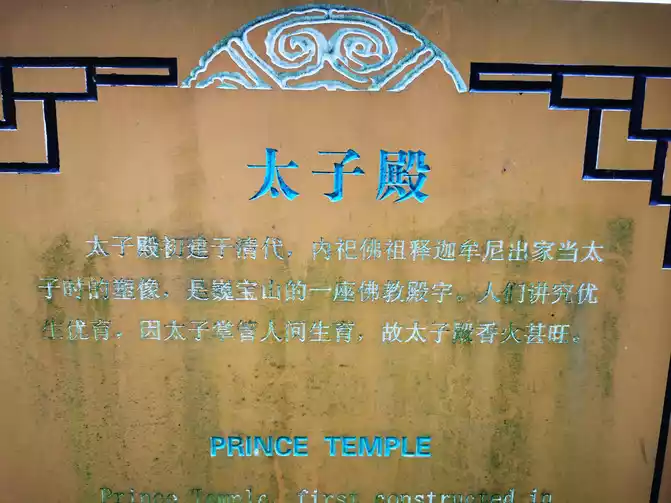
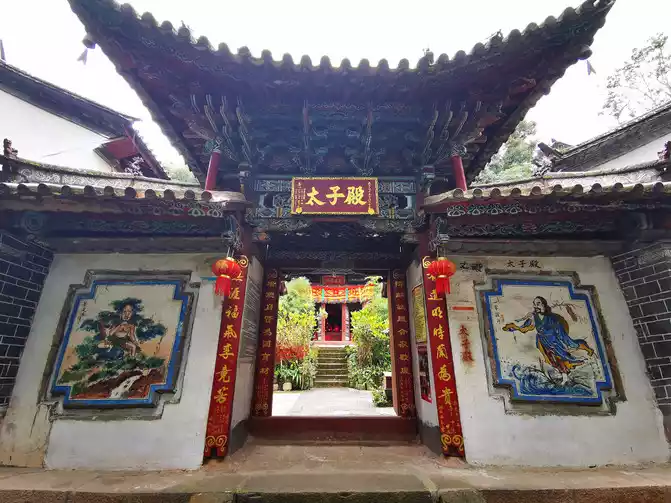
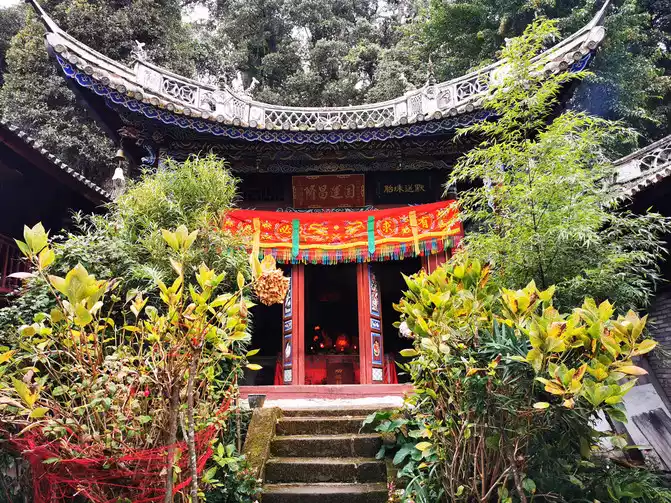
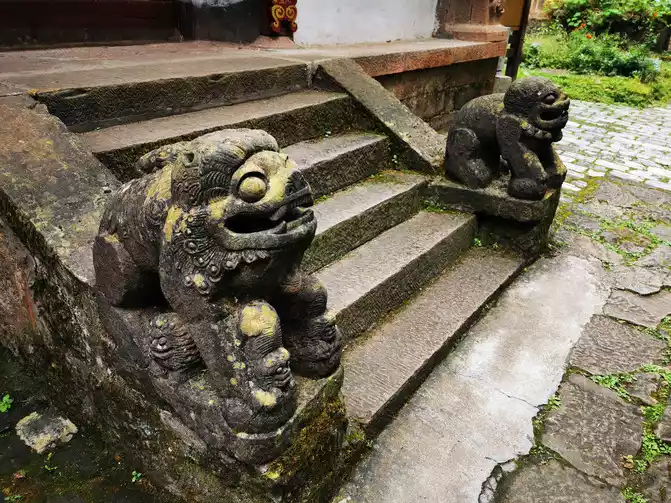
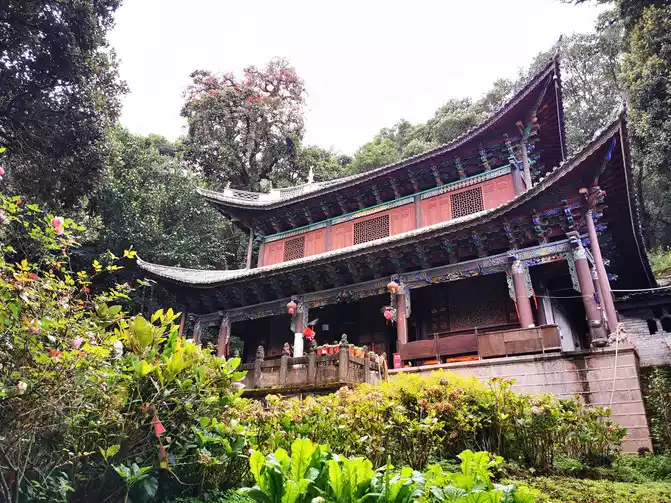
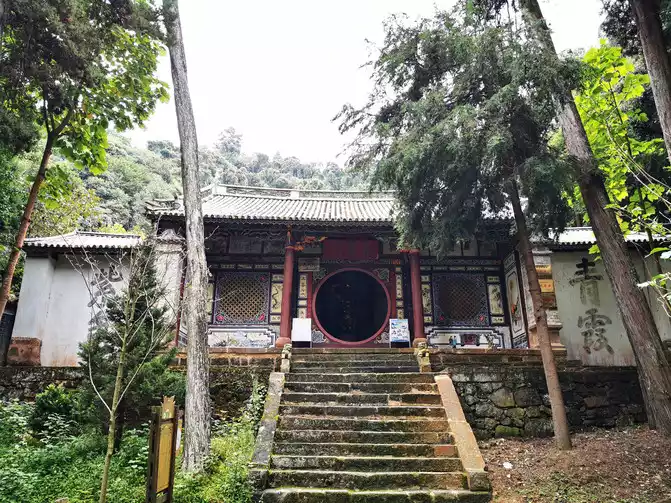
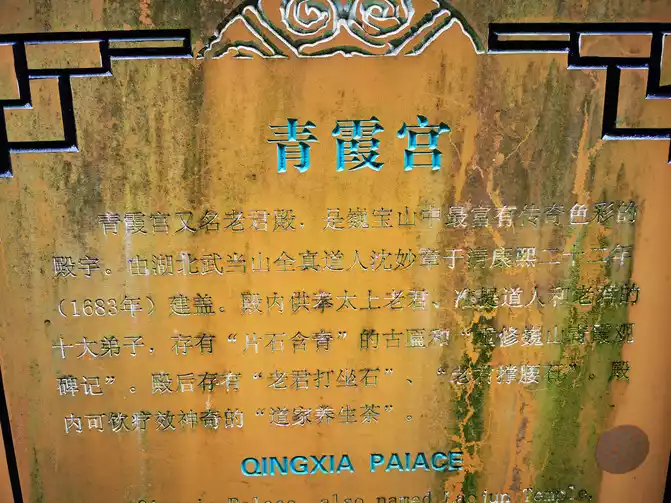
After asking the Taoist priest, the "flakes of stone containing green" have been put away for protection. The "Laojun Meditation Stone" and "Laojun Support Stone" are not in the temple. I searched around outside the temple but couldn't find them.
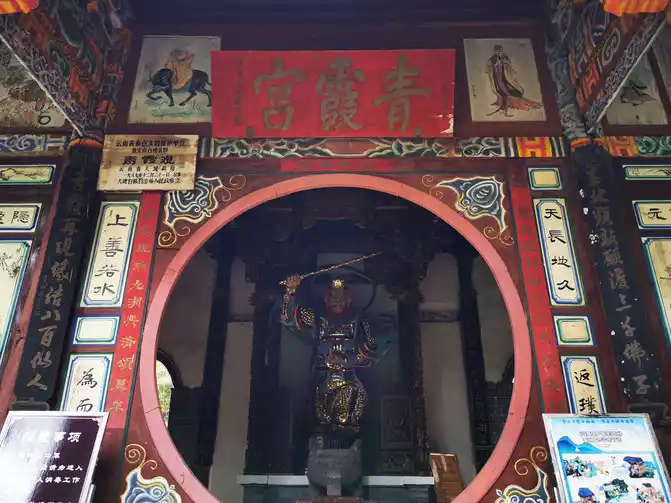
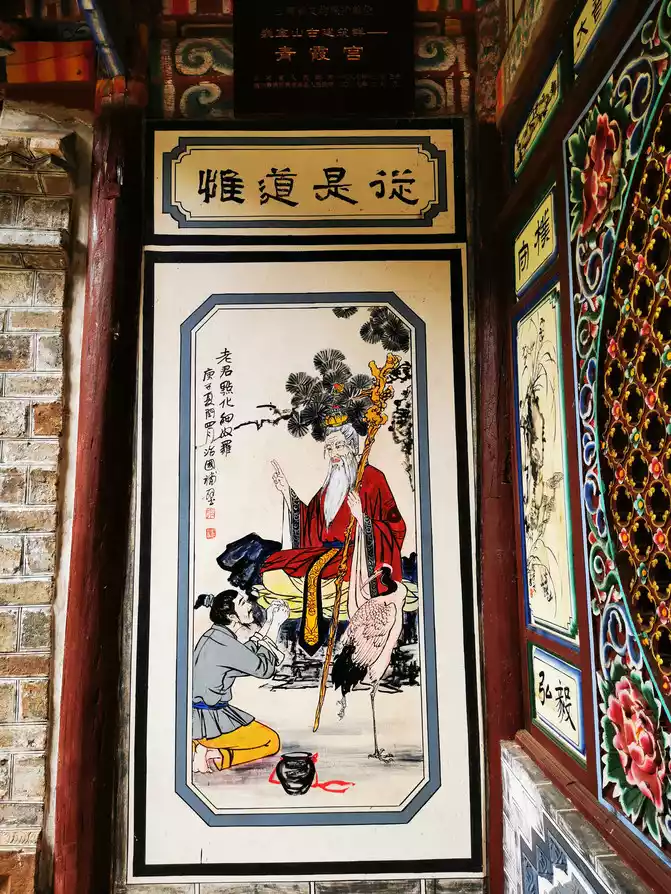
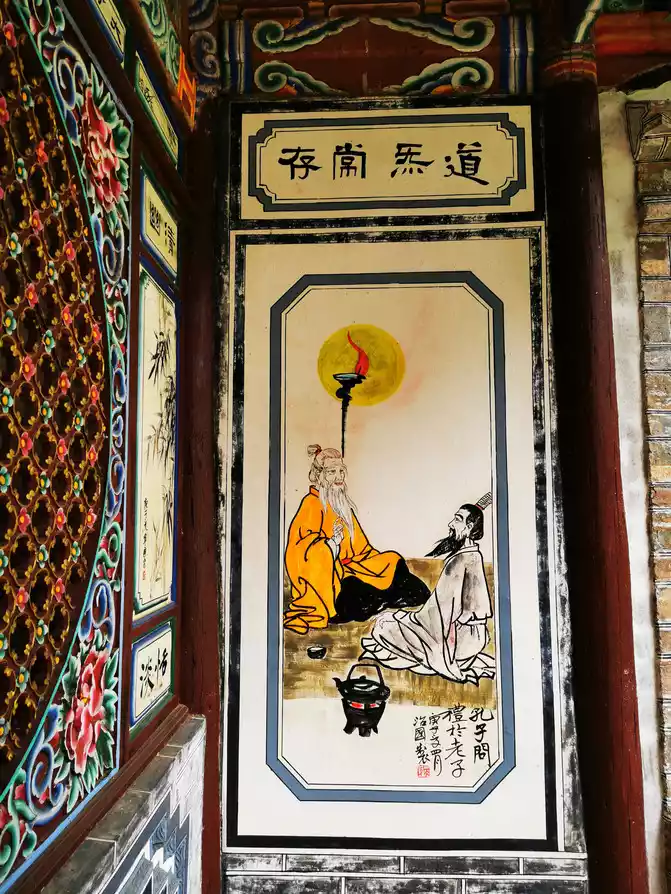
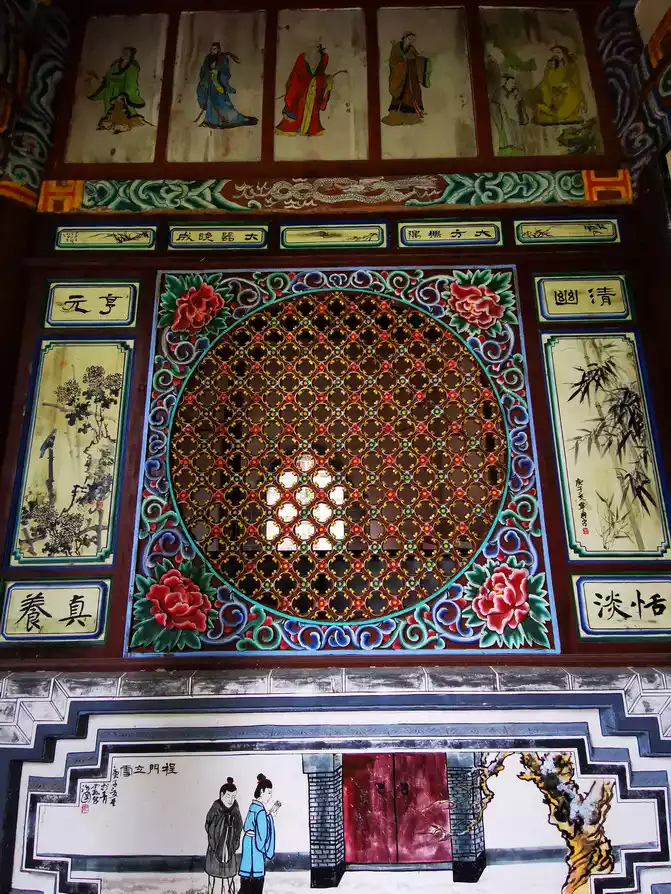
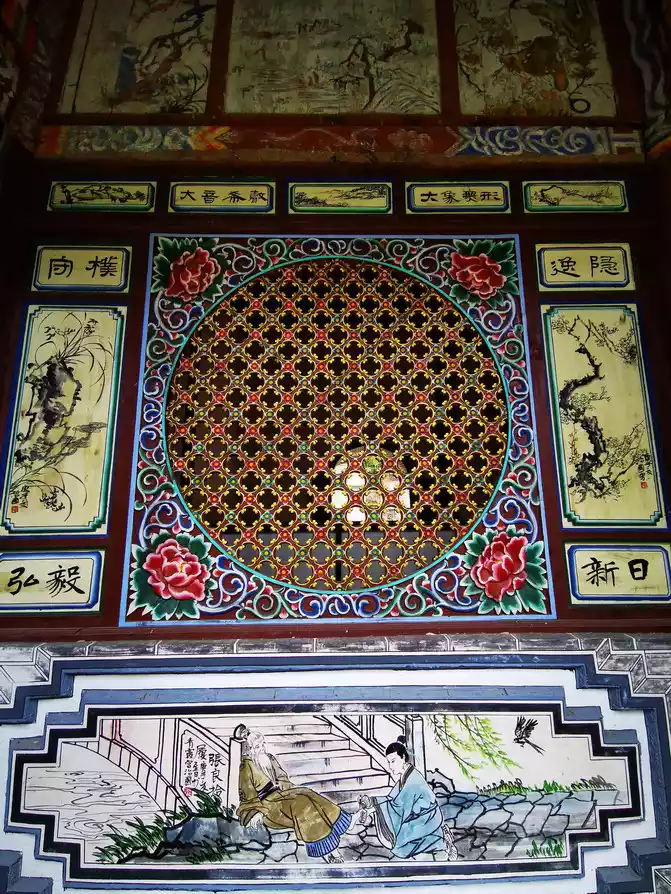
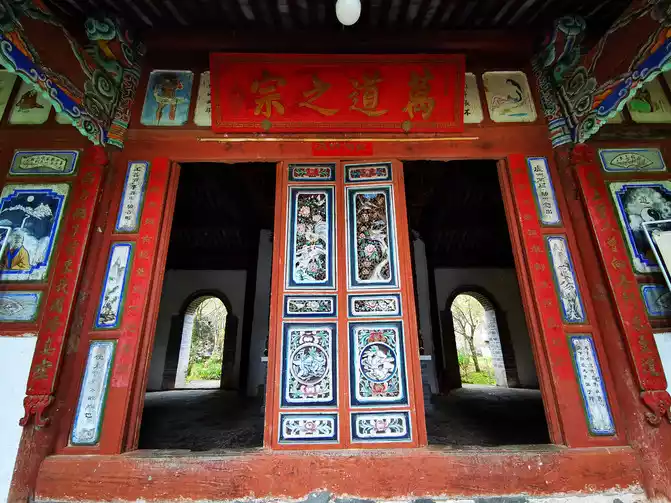
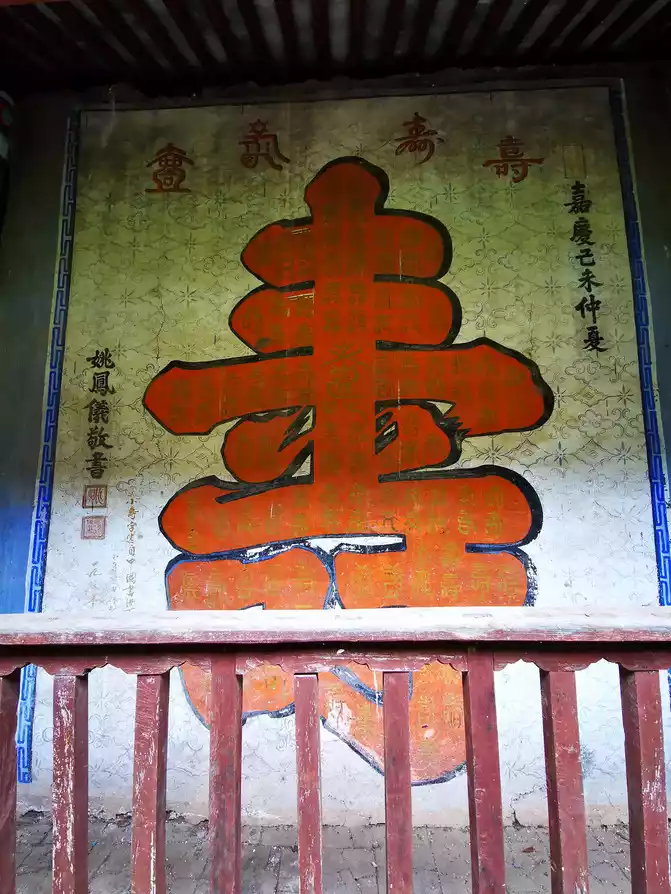
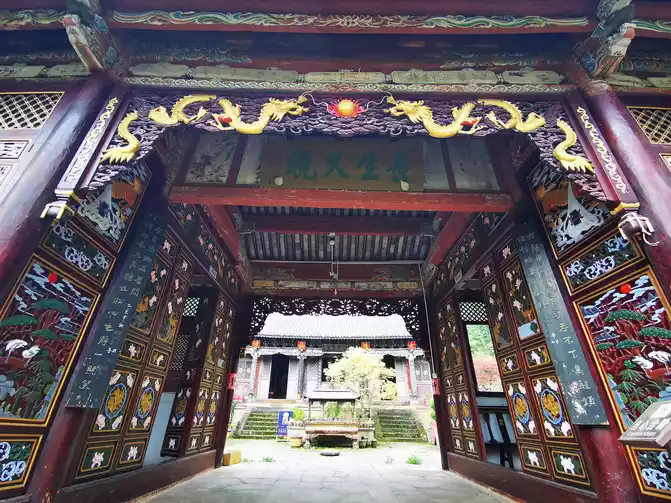
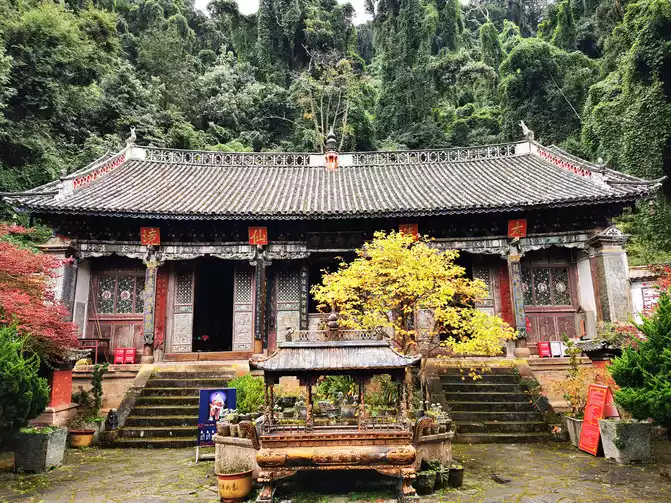
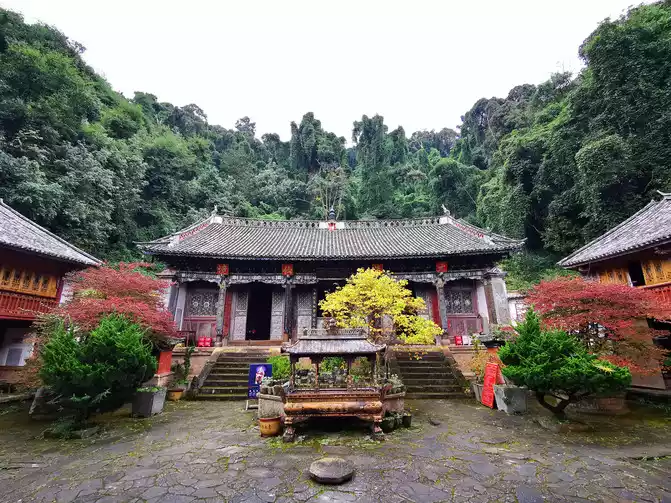
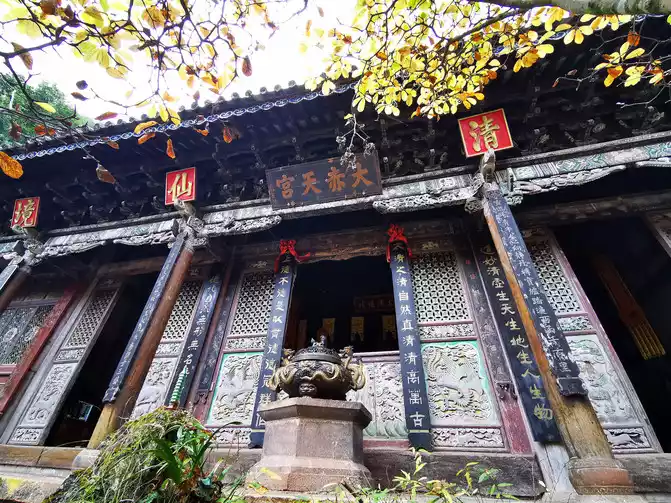
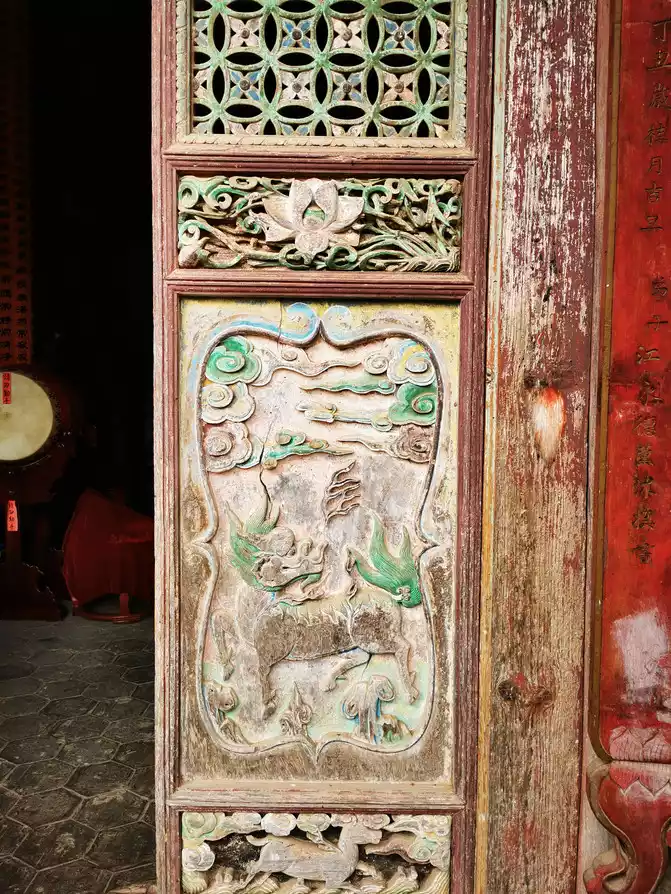
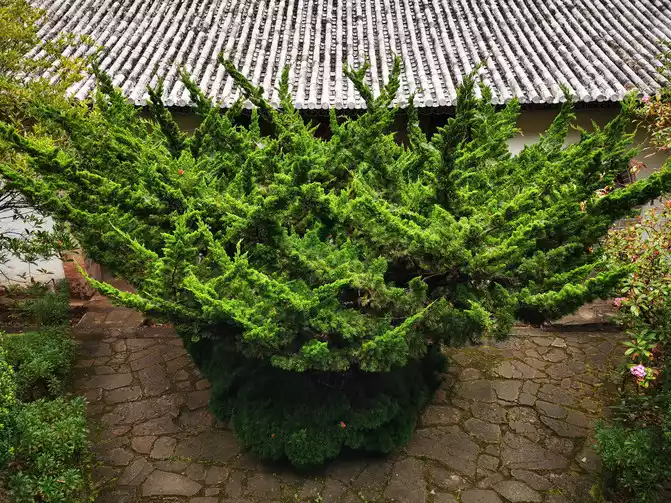
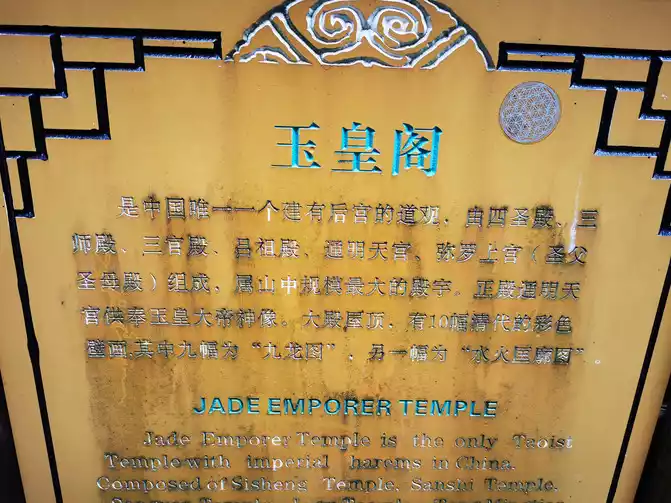
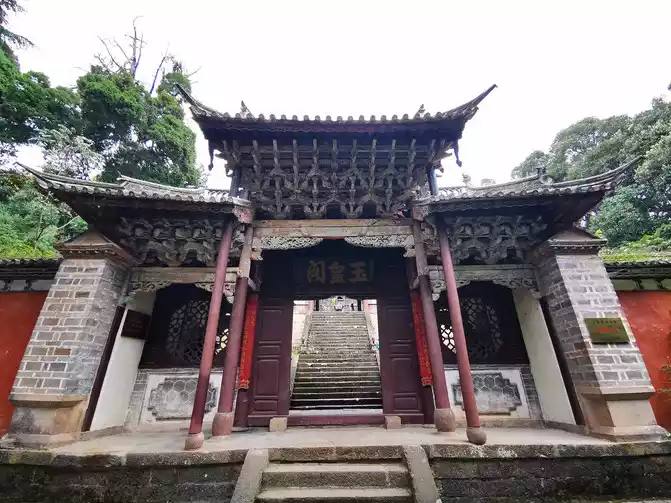
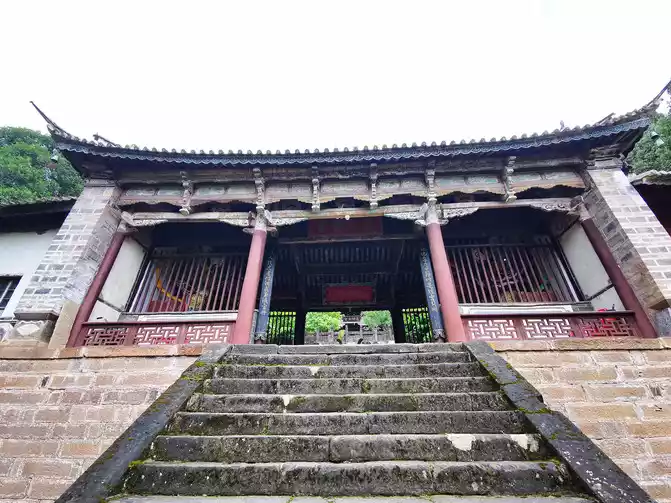
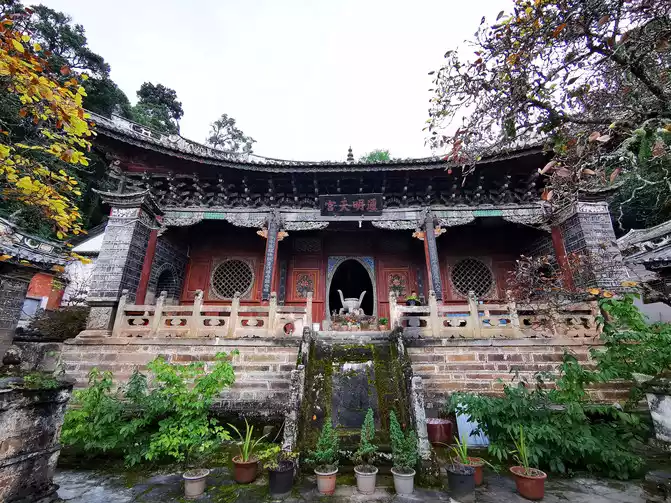
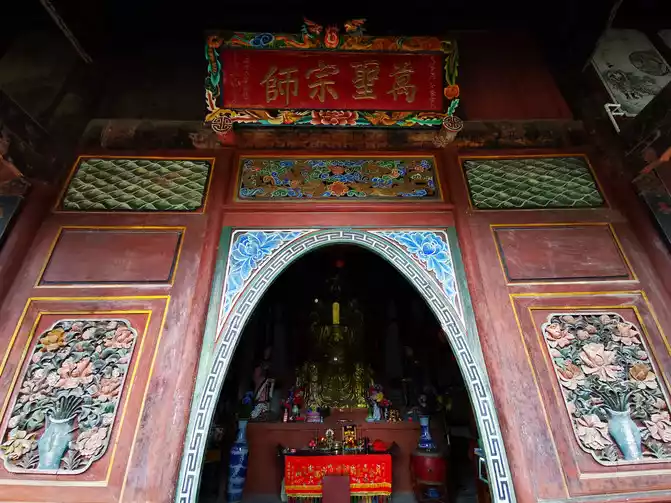
There are 10 murals above the head of Taishang Laojun in the main hall.
The hall is very dark and cannot be noticed by ordinary people. You need Huawei's night scene mode to take this picture.
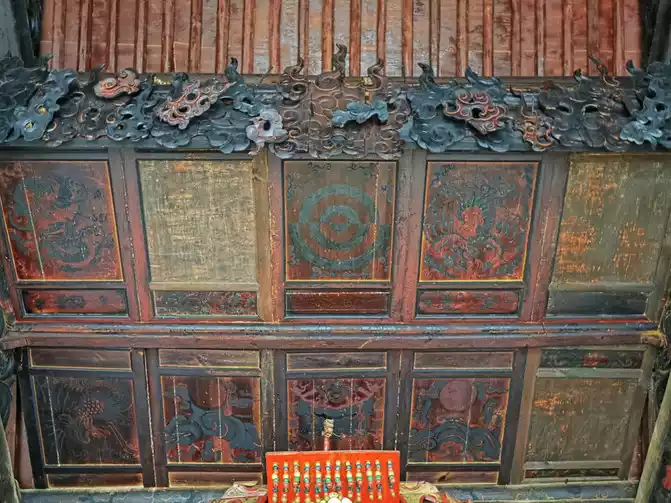
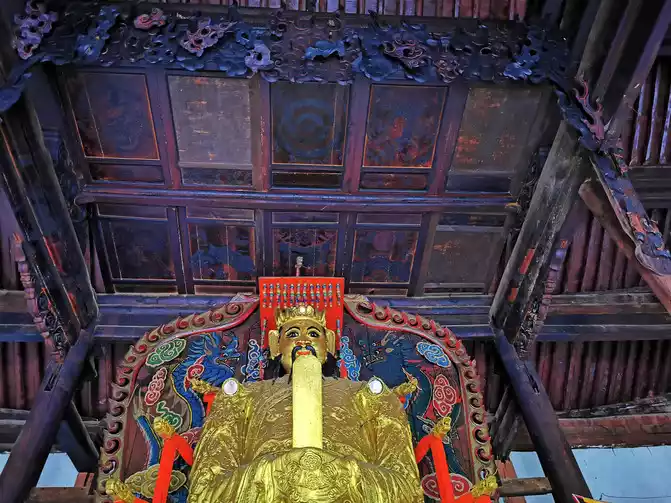
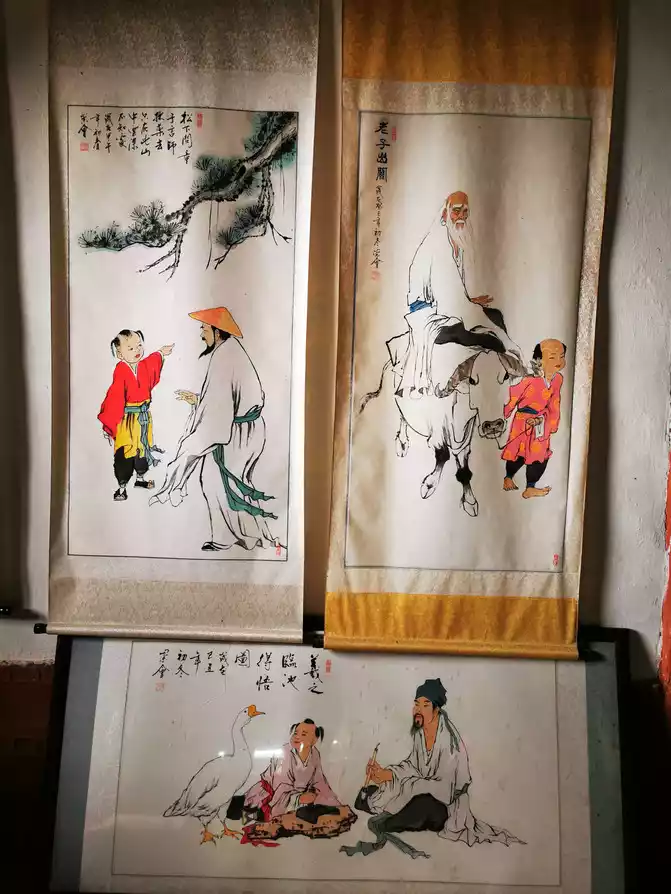
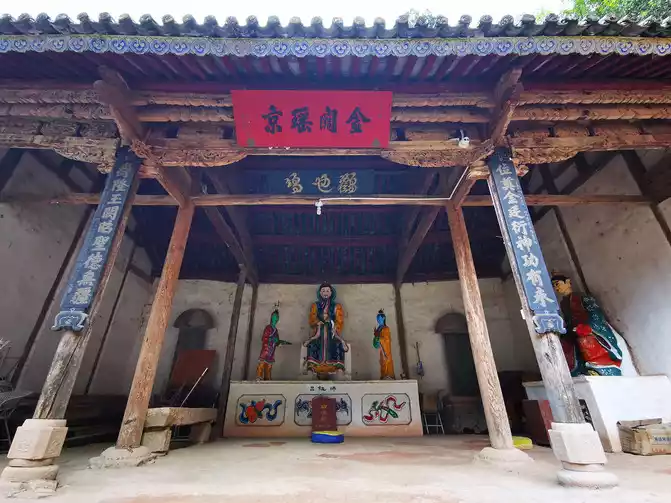
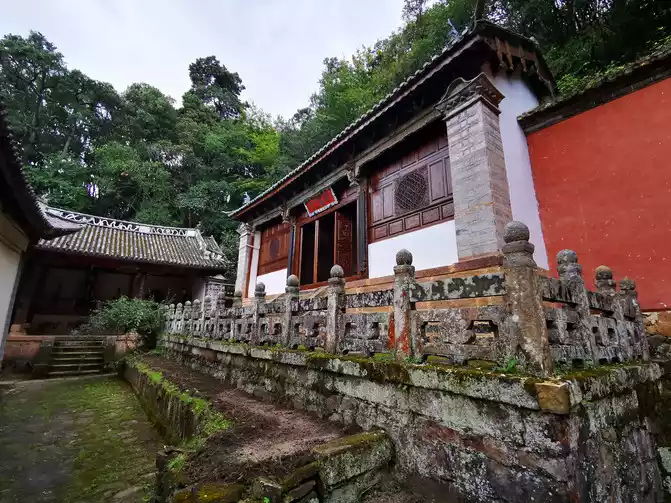
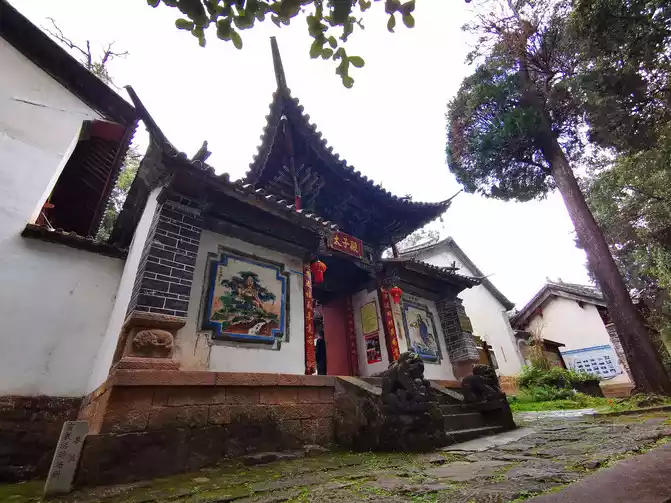
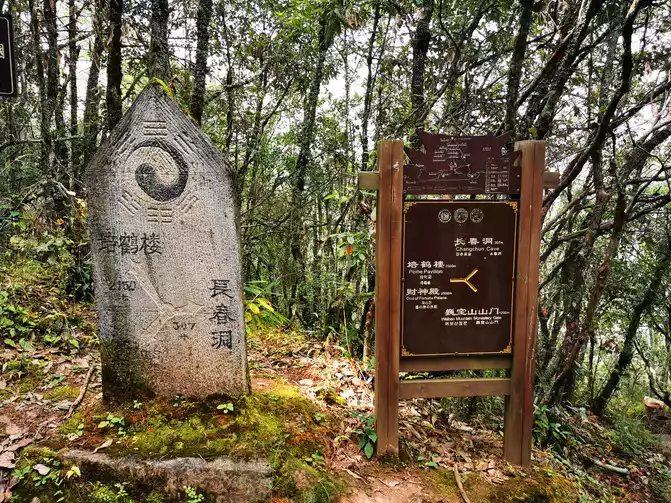
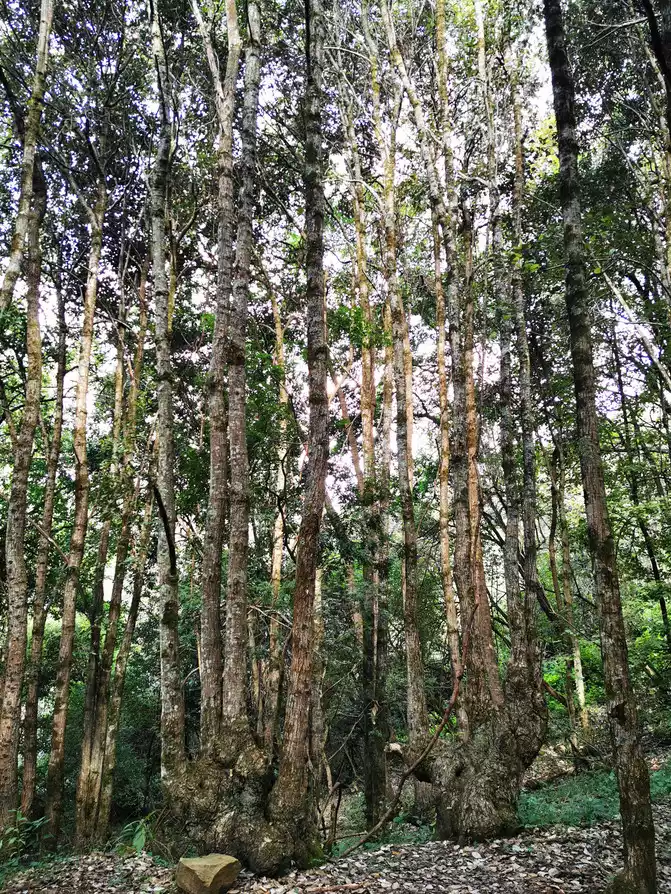
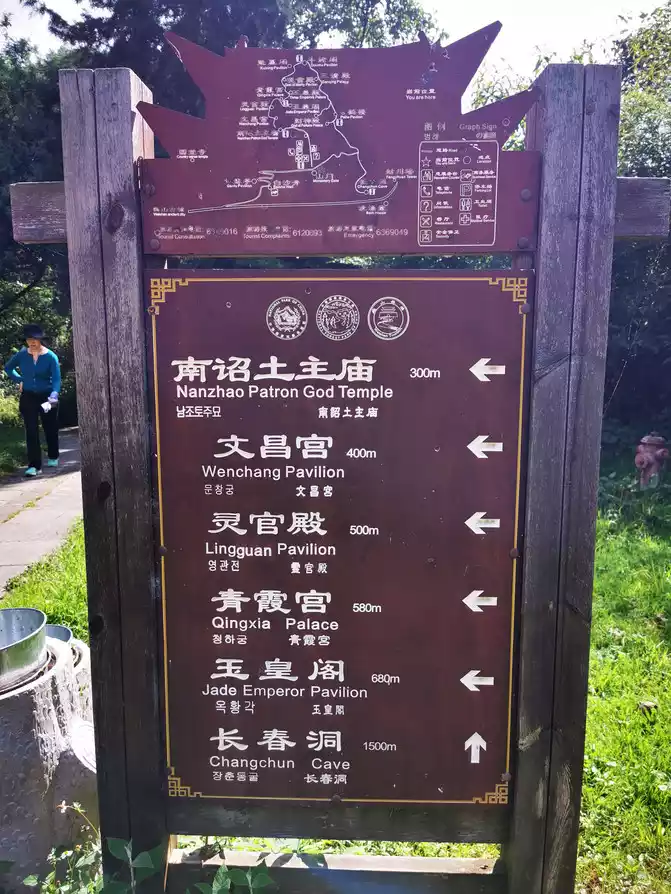
I went to Changchun Cave, but I didn’t reach it after walking for a long time, so I returned.
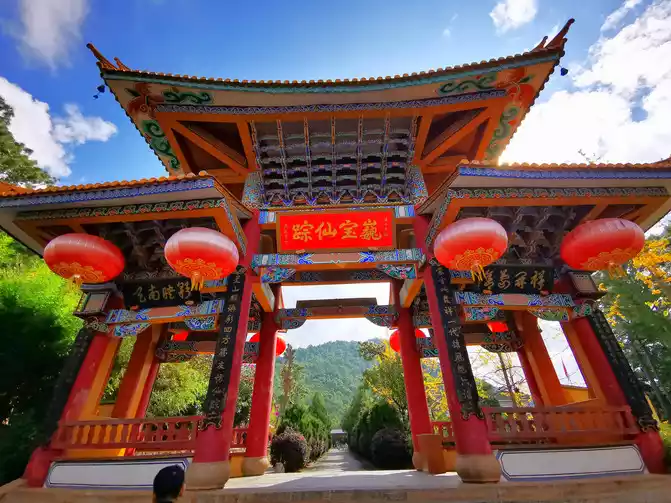
From Weibaoshan to Chuxiong City: 226 kilometers, standard 4:00.实际11:50-16:15
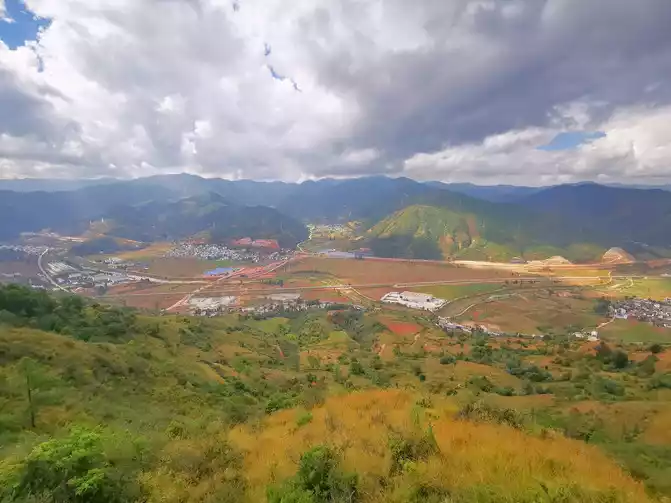
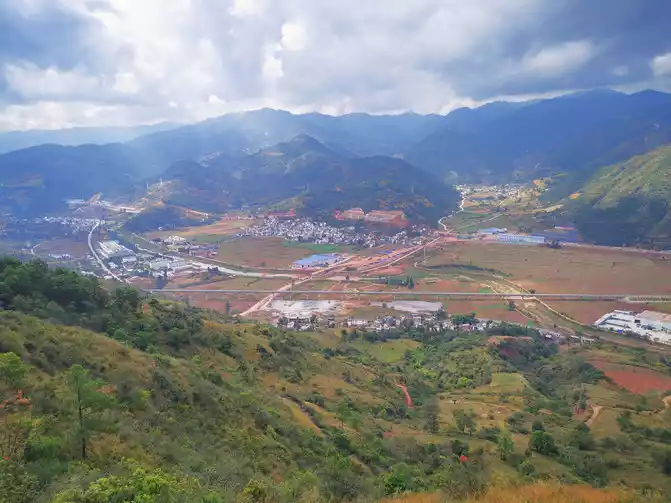
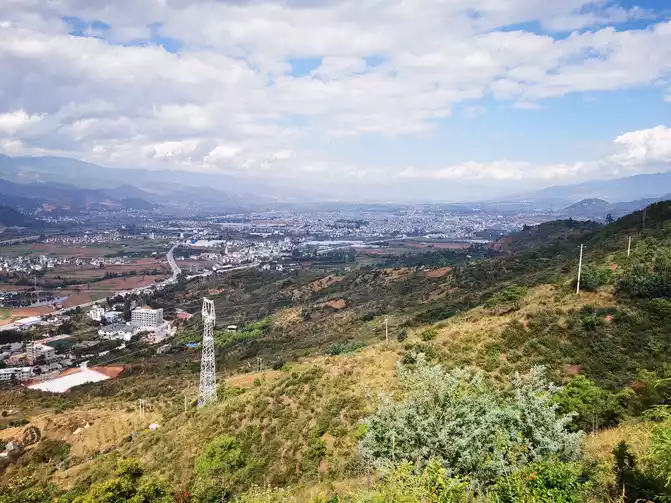
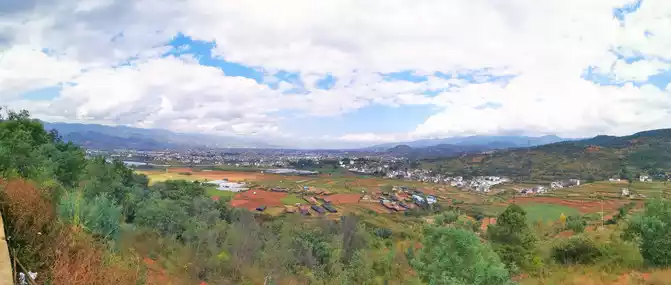
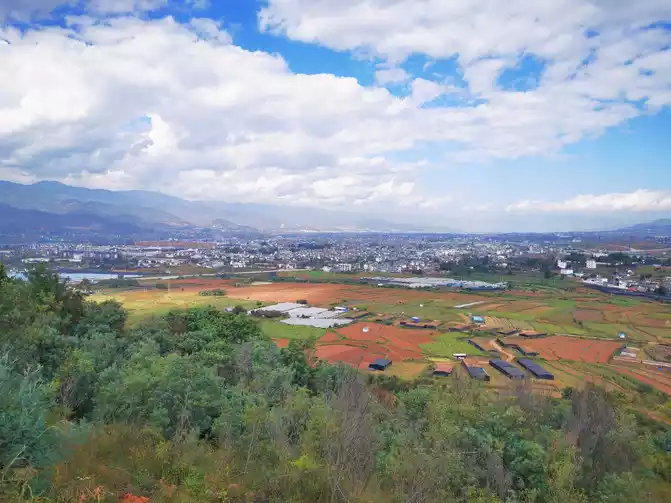
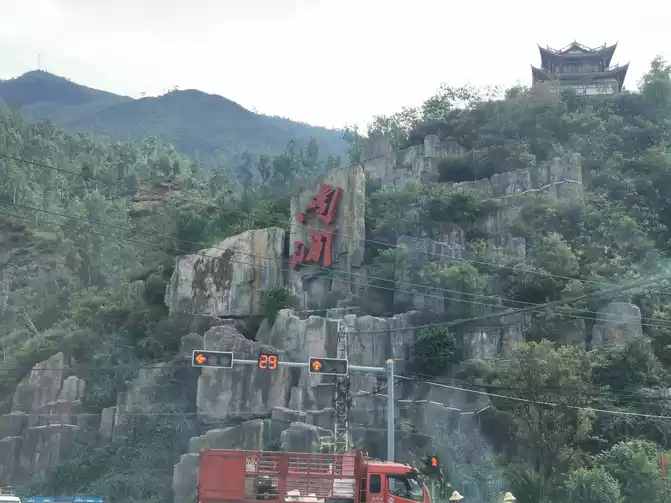
Stay at Chuxiong Yuhua Hotel. The altitude is 1775 meters.
Day 32, November 9, Chuxiong City 10:00-17:30
Chuxiong is a peaceful and quiet city, located between Kunming and Dali and Lijiang. There are not many scenic spots in the urban area. The famous Yuanmou Earth Forest and Dinosaur Valley are both in suburban counties. Rather embarrassing. But it is said that the house price here is only more than 5,000.
Chuxiong Prefecture Museum, 4A: Closed on Mondays
Fu Pagoda Park: Known as the No. 1 Fu Pagoda in China.
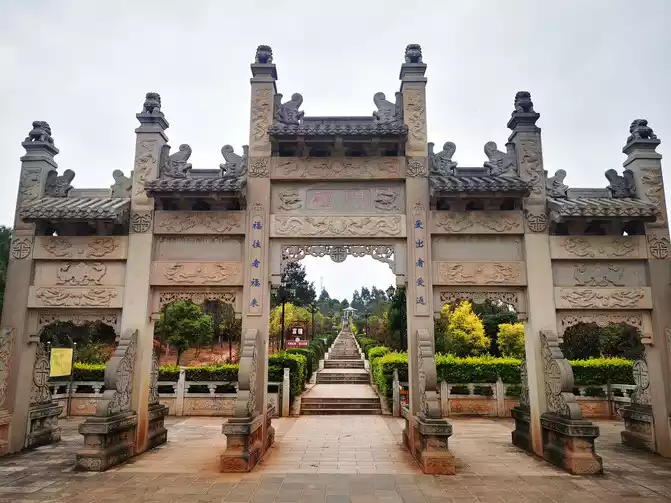
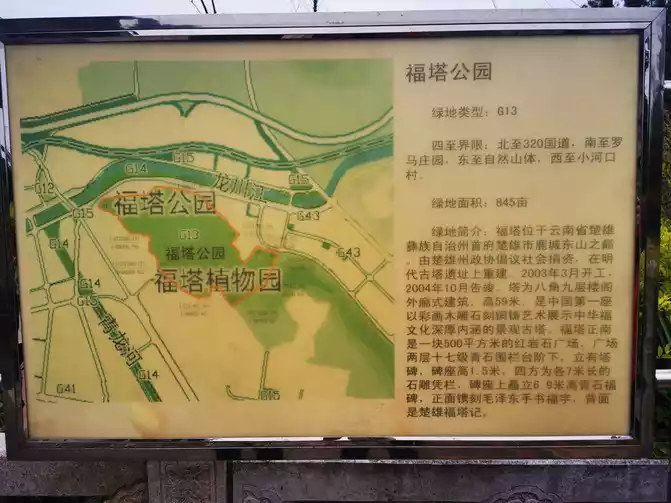
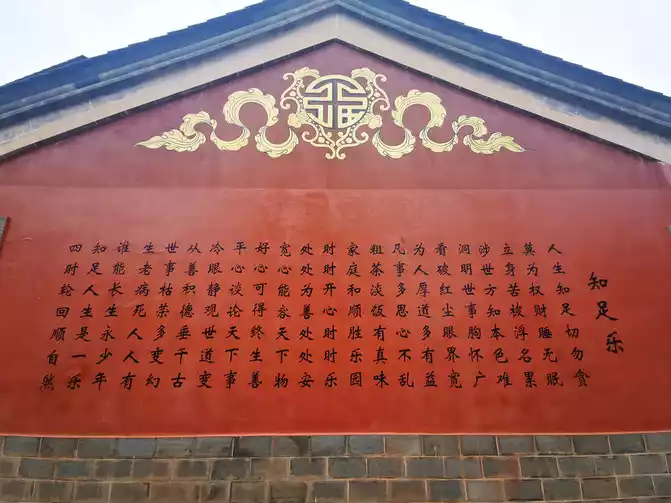
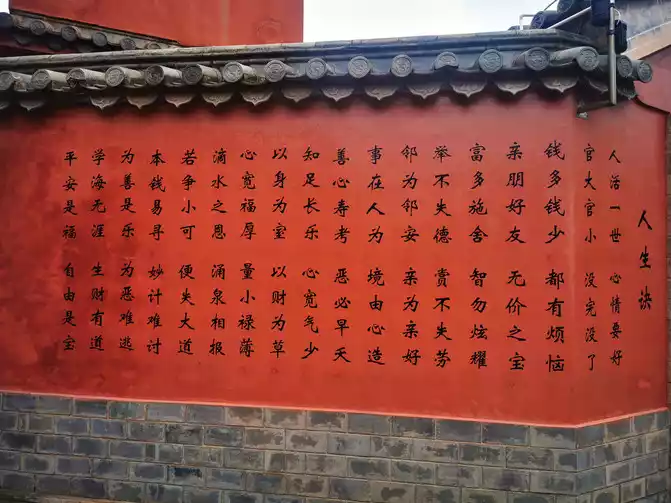
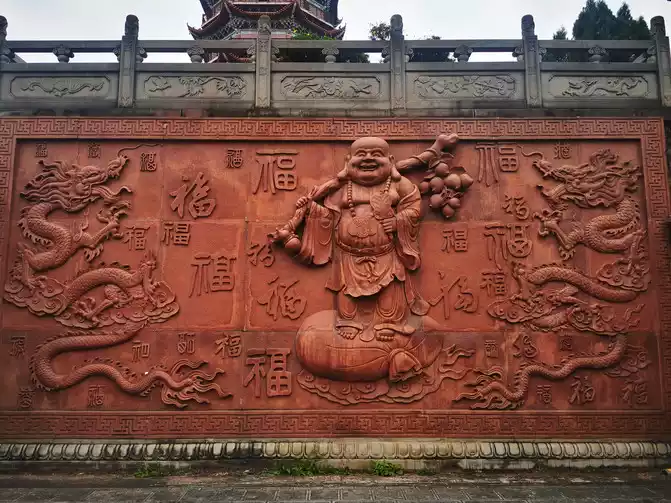
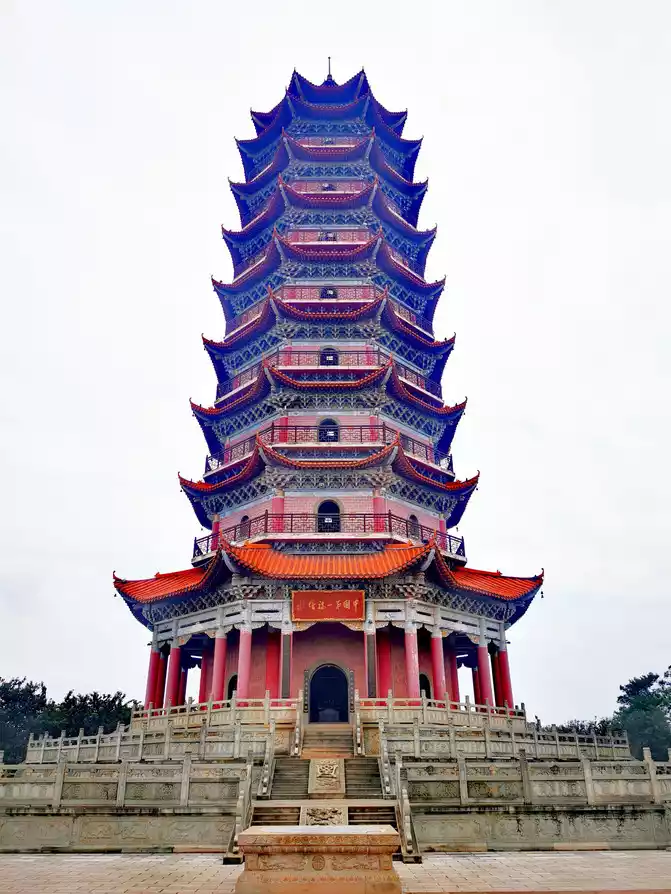
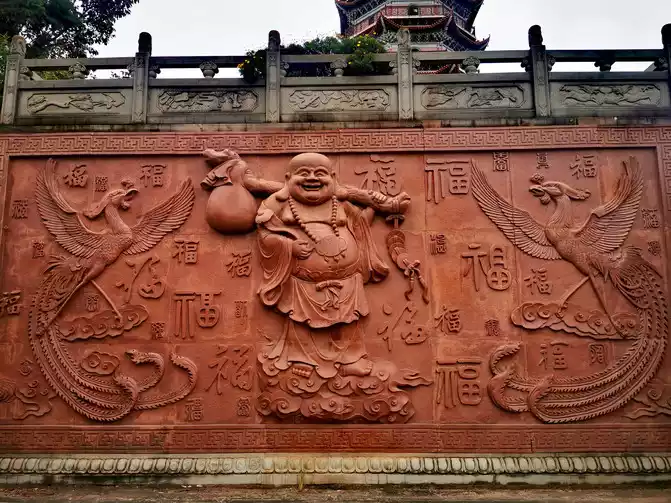
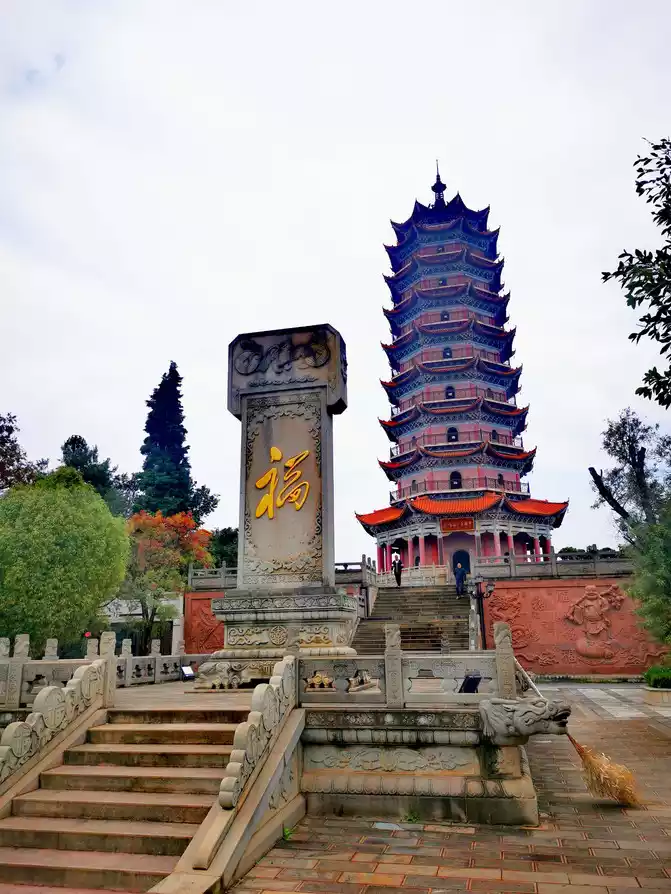
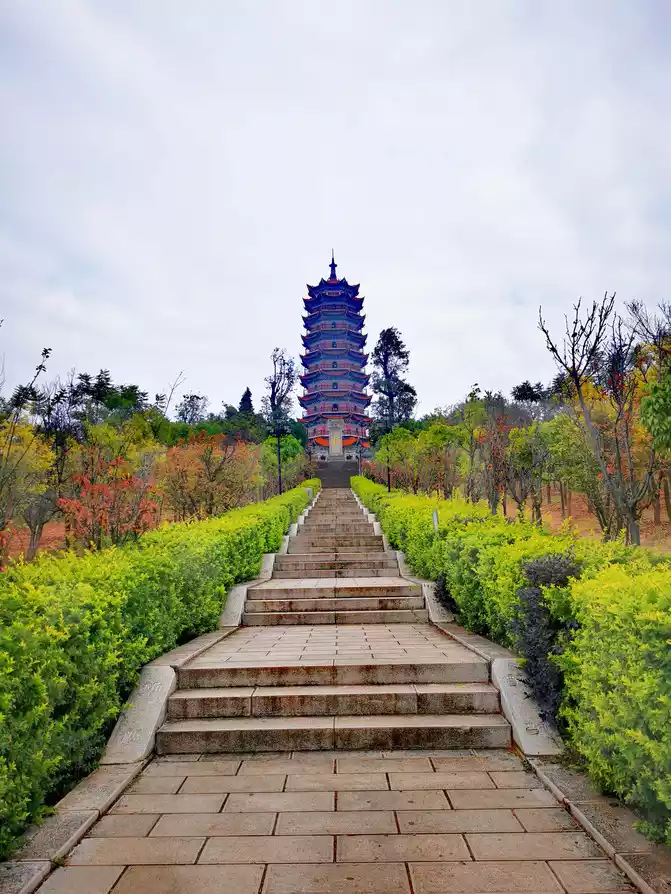
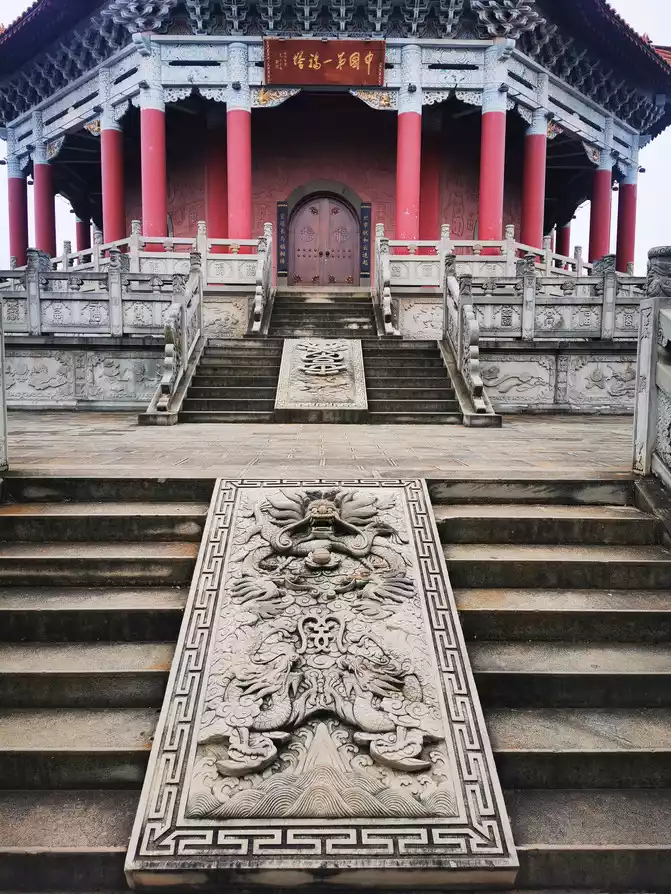
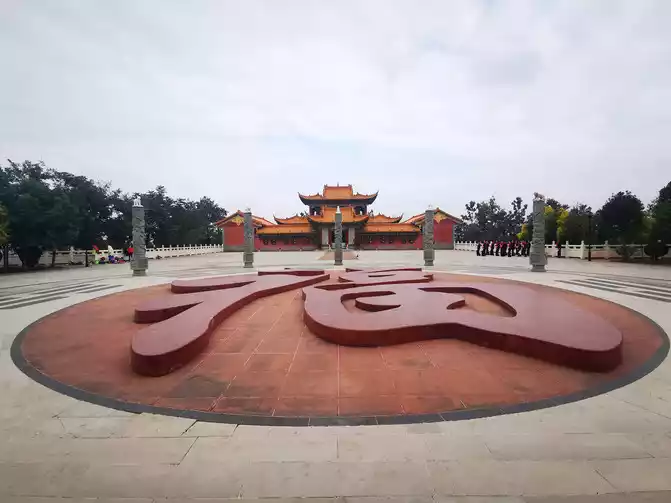
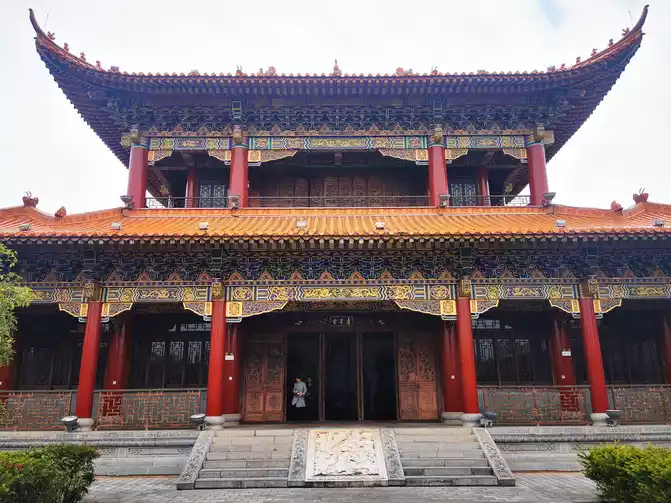
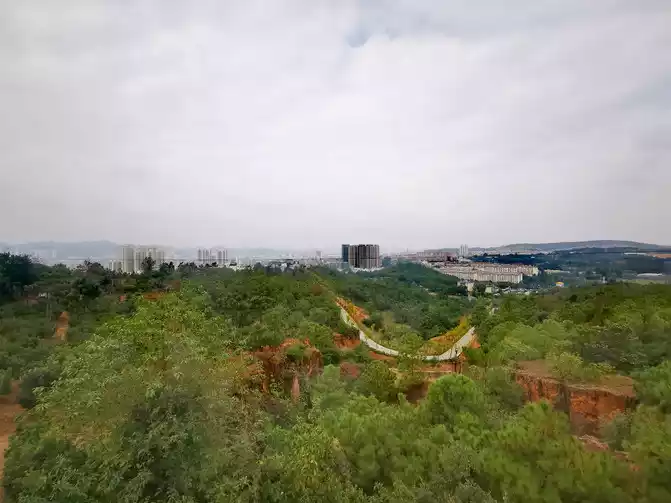
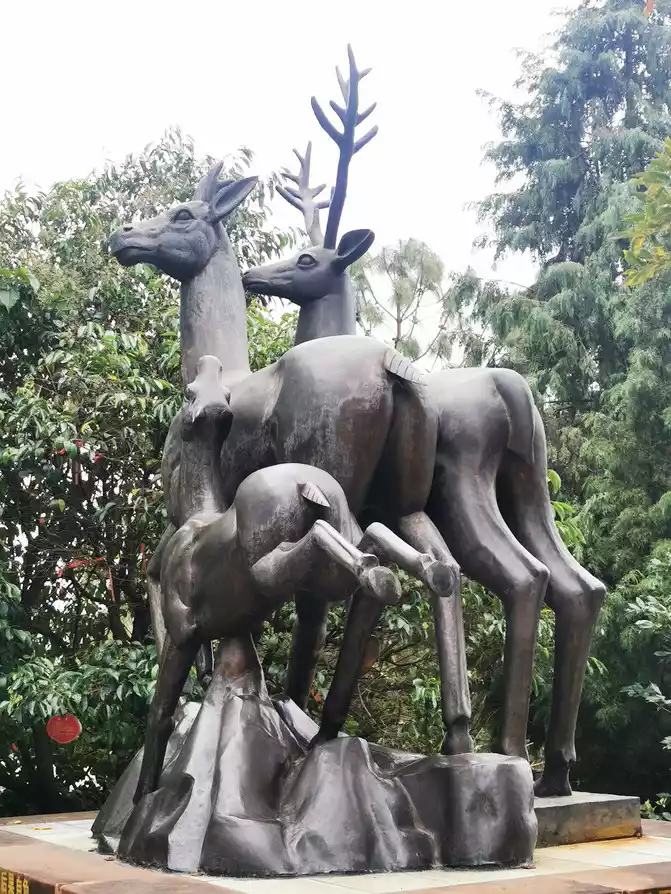
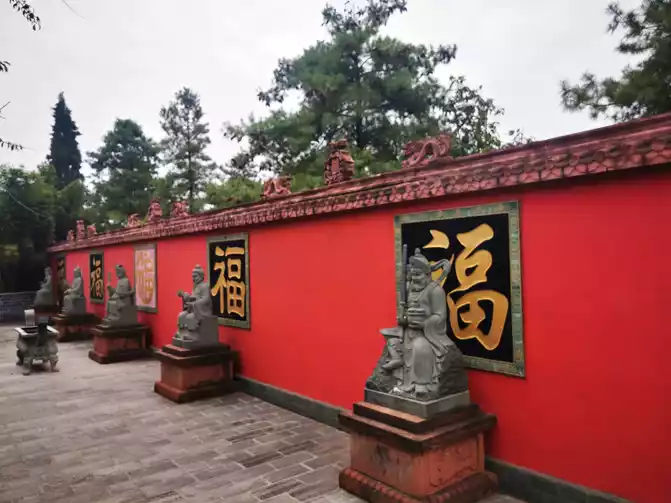
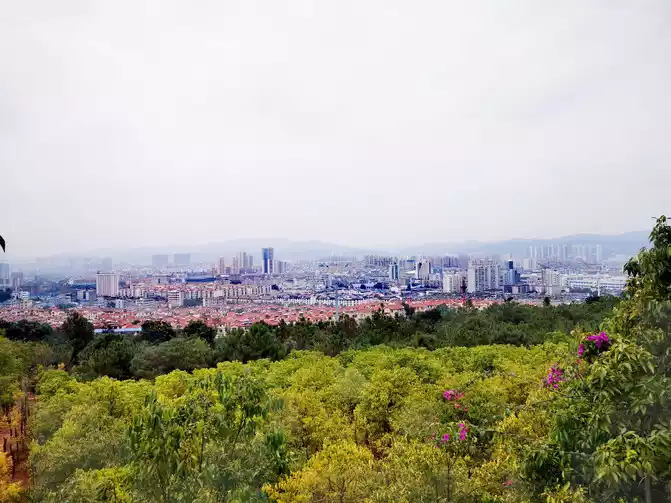
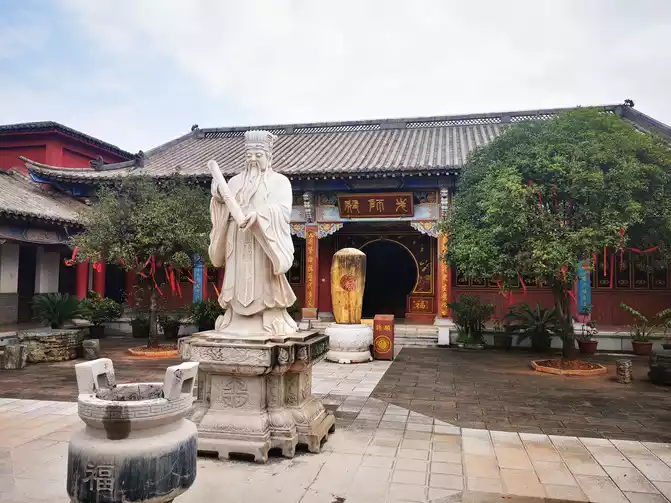
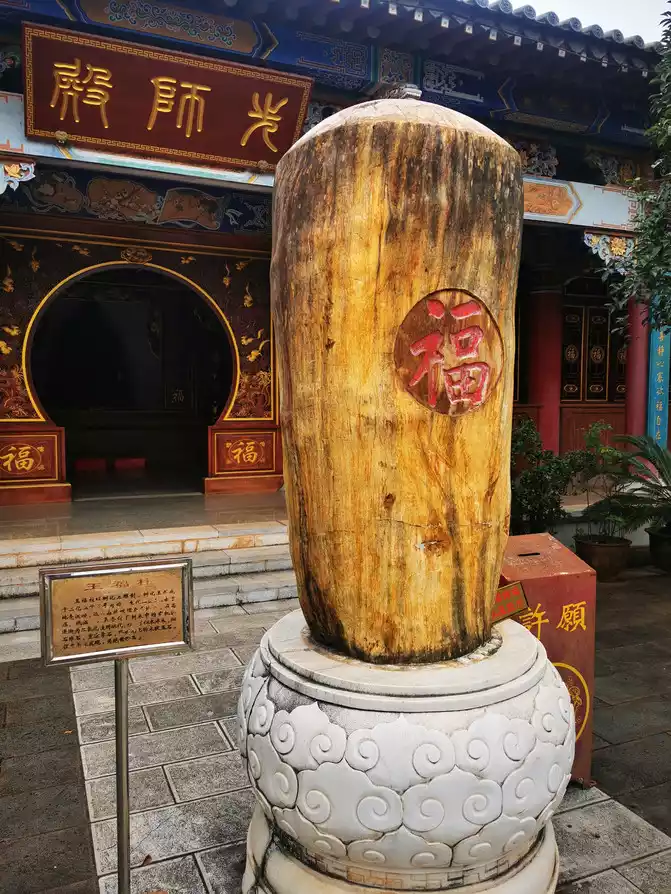
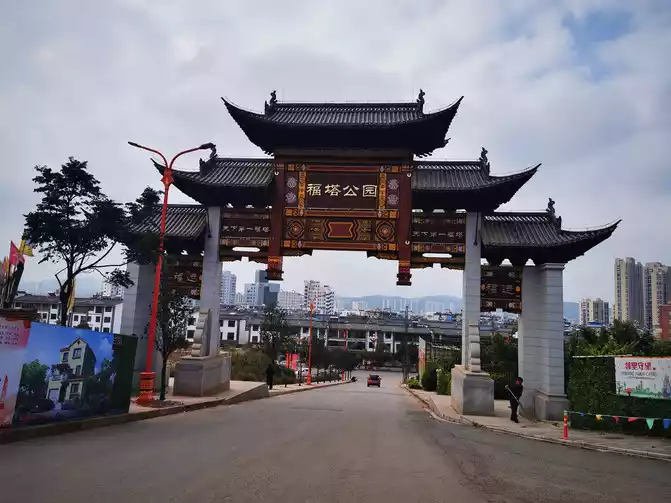
Yi Ancient Town, 4A:
A large-scale cultural tourism real estate project with ancient buildings as the platform and Yi culture as the soul. The main attractions include Wangjiang Tower, Taohua Stream, Deyun Square, Ancient Stage, Miyulu Square, Meige Square, Torch Square, Yi Tribe, Tusi Mansion, etc.
There are many shops and stalls, few tourists, and it is very quiet. After a bit of shopping, I finally got there.
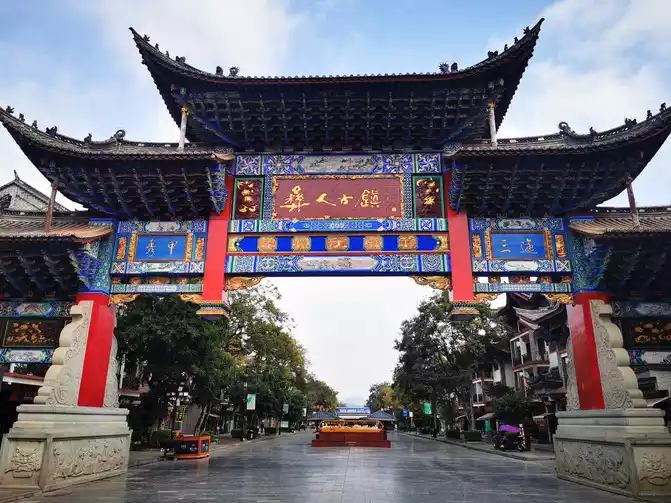
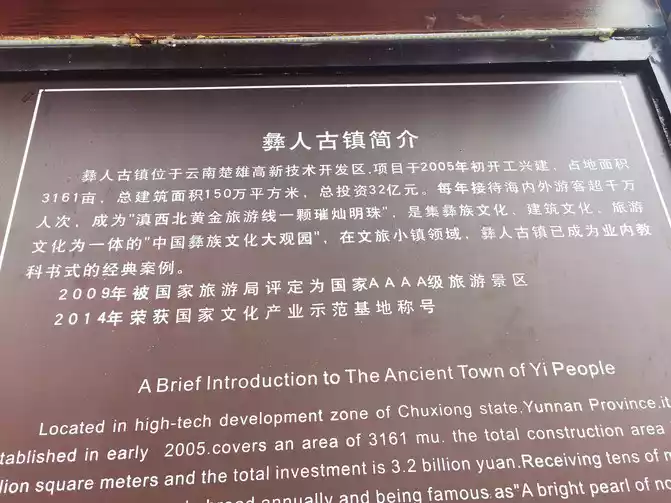
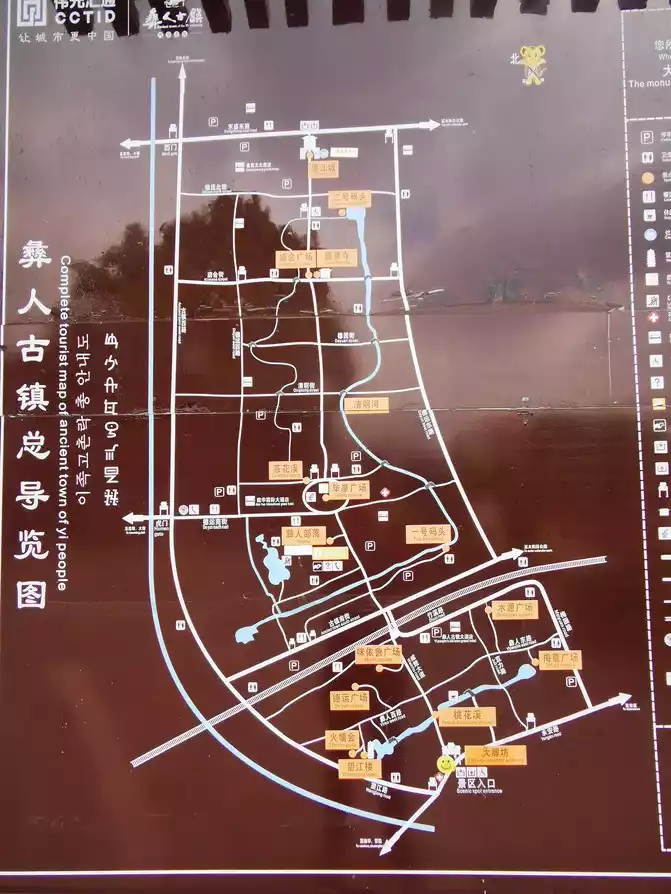
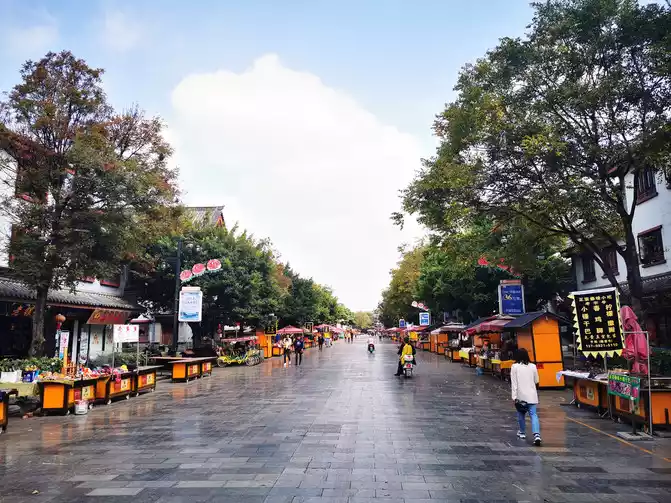
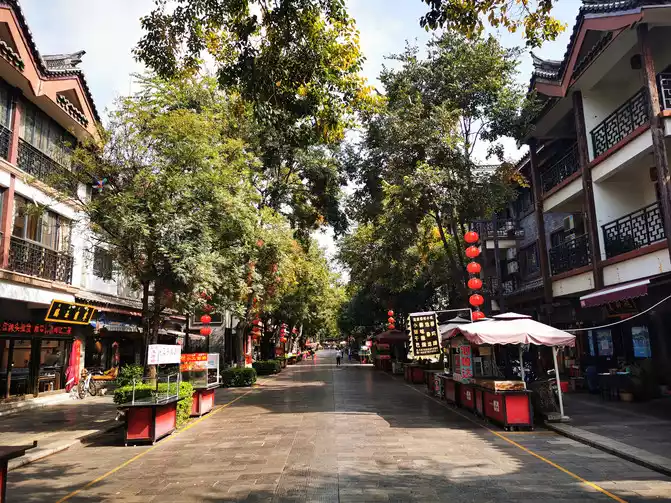
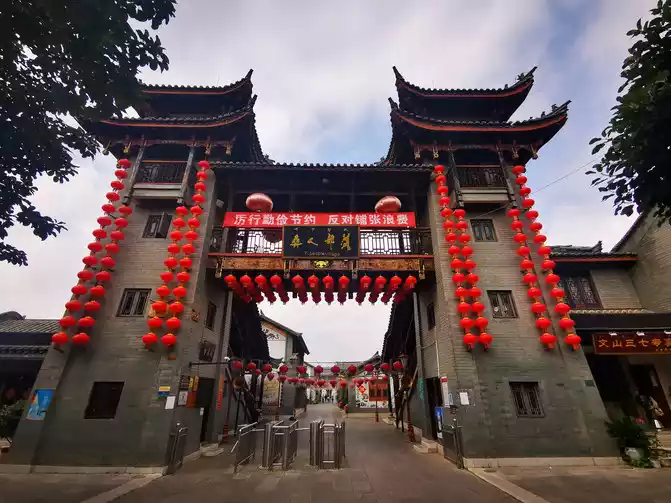
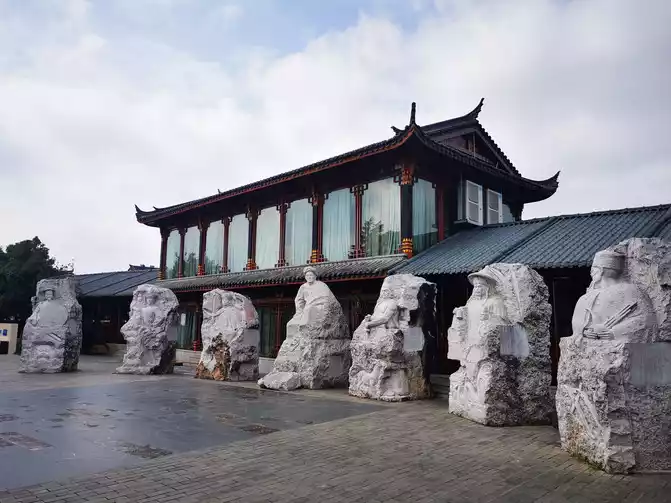
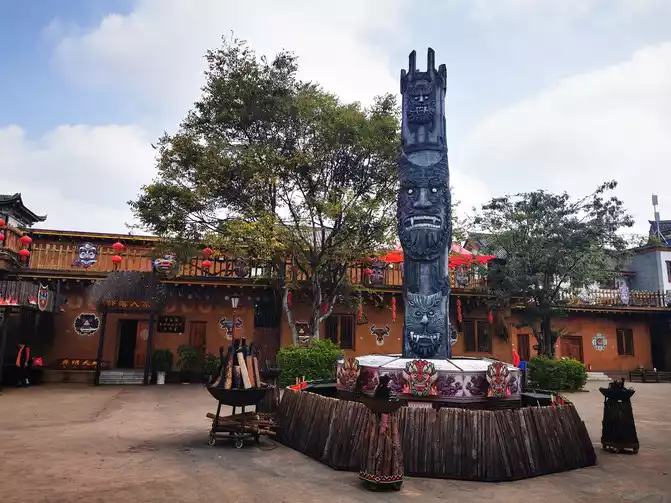
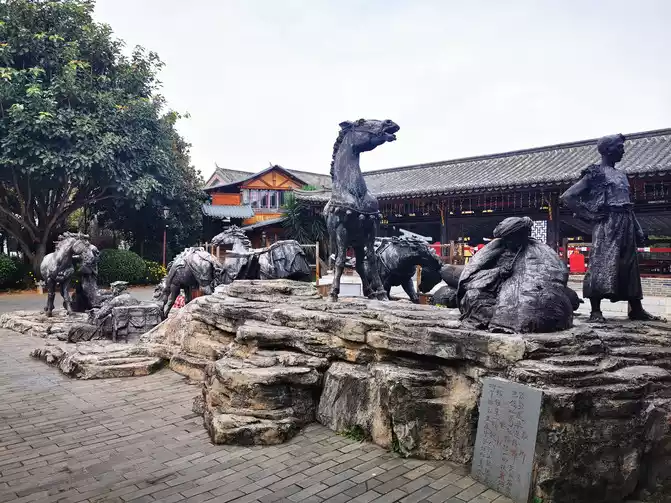
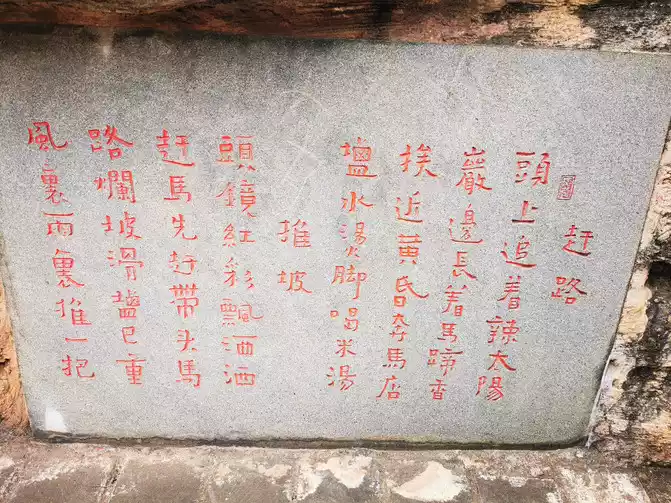
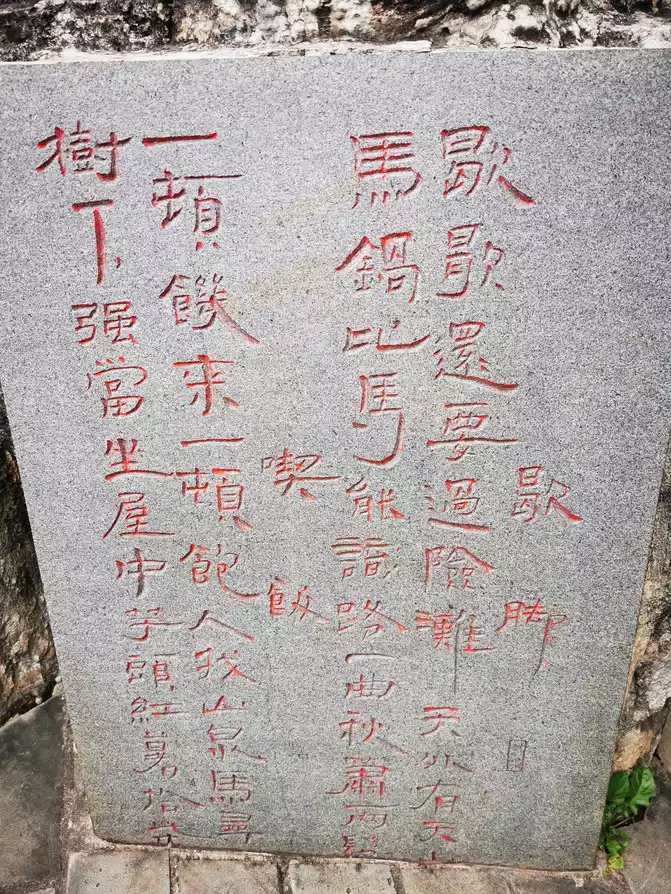
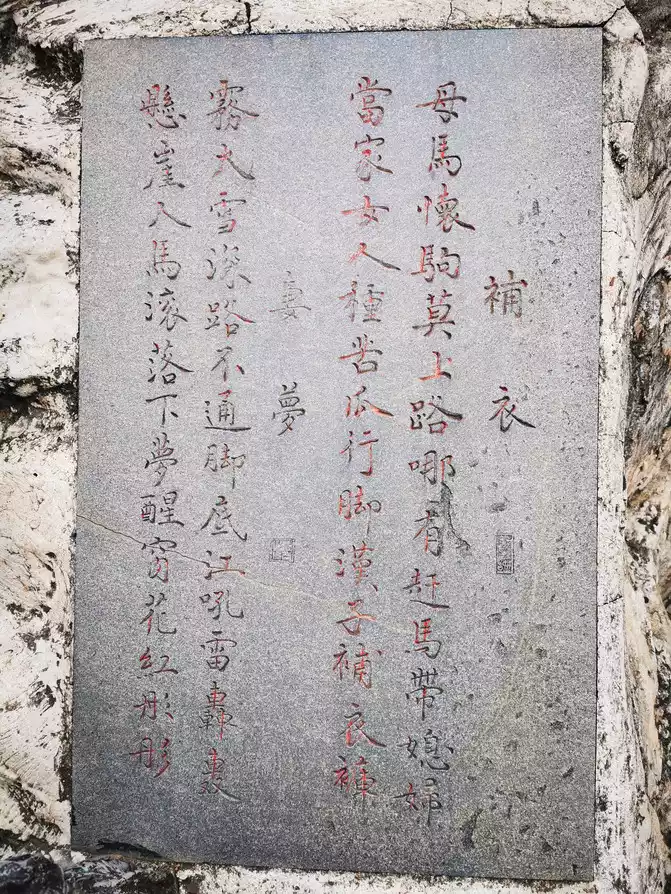
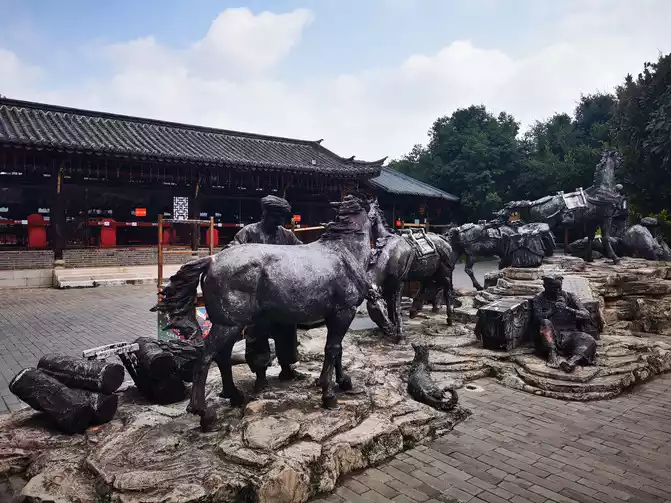
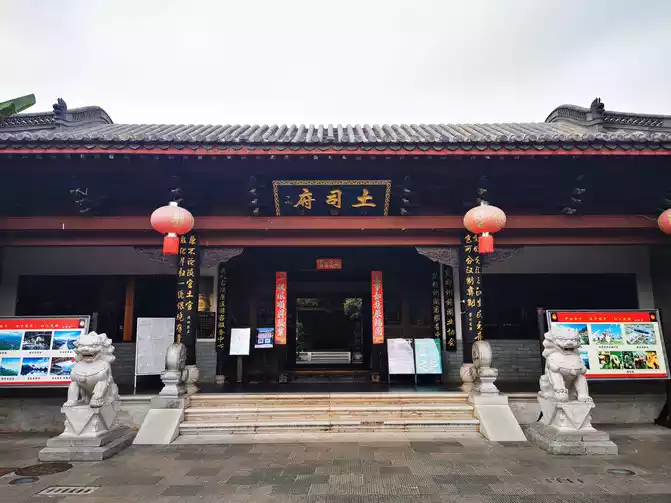
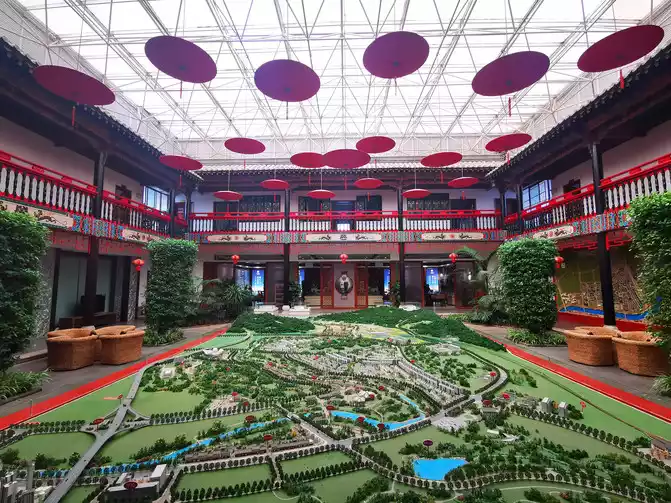
From Chuxiong to Kunming: 147 kilometers, standard 2:08
Stay at Daguan Branch, Xiyuan Road, Vienna.
Daguan Park (near Second Ring Road South):
Ticket is 10 yuan. This is my 3rd time visiting.
The first long couplet in China, with a total of 180 words in the upper and lower couplets, was written by Sun Zhuoweng, a famous Yunnan scholar in the Qing Dynasty. It summarizes the natural and historical landscape of Kunming.
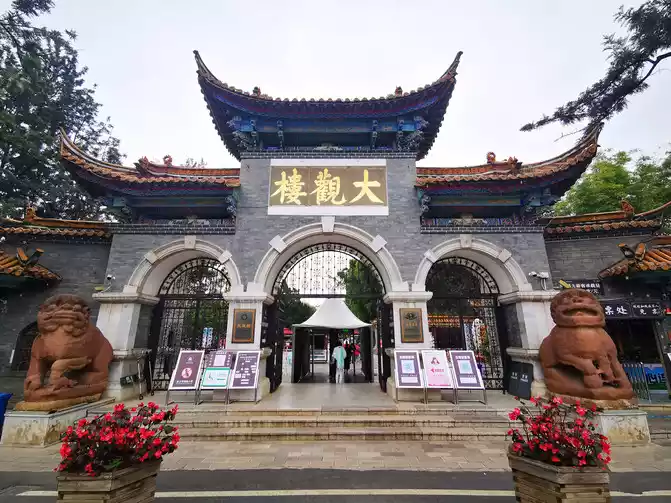
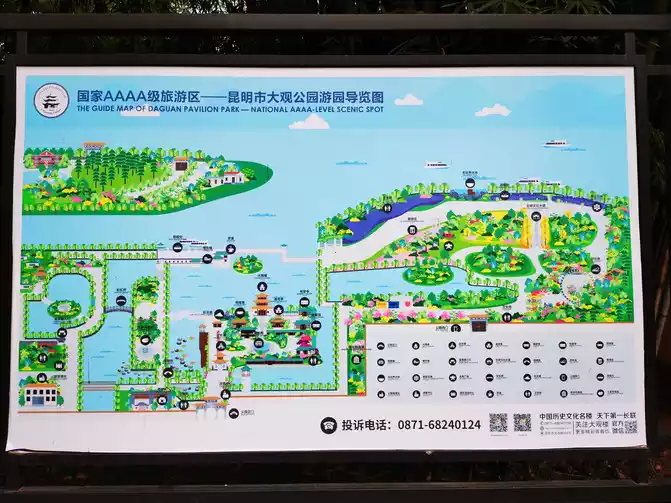
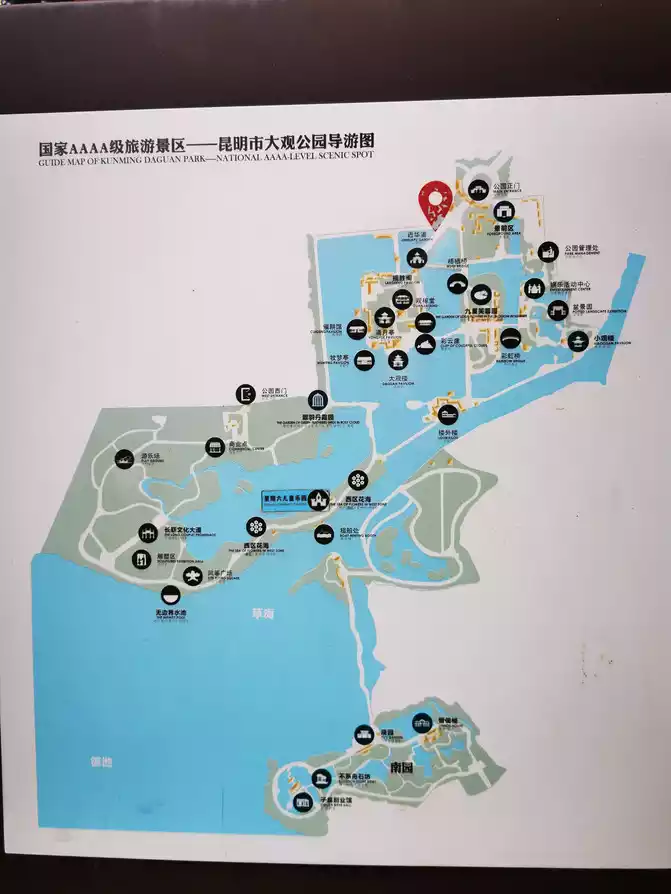
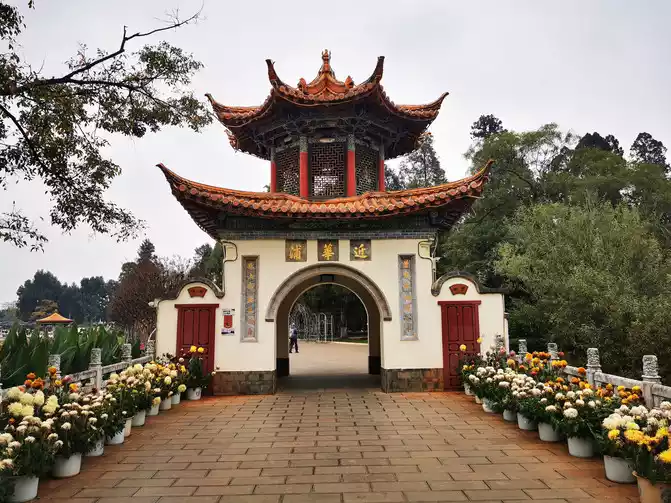
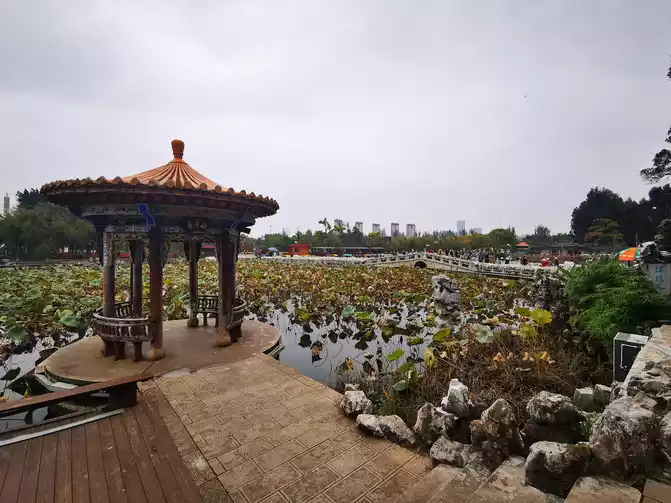
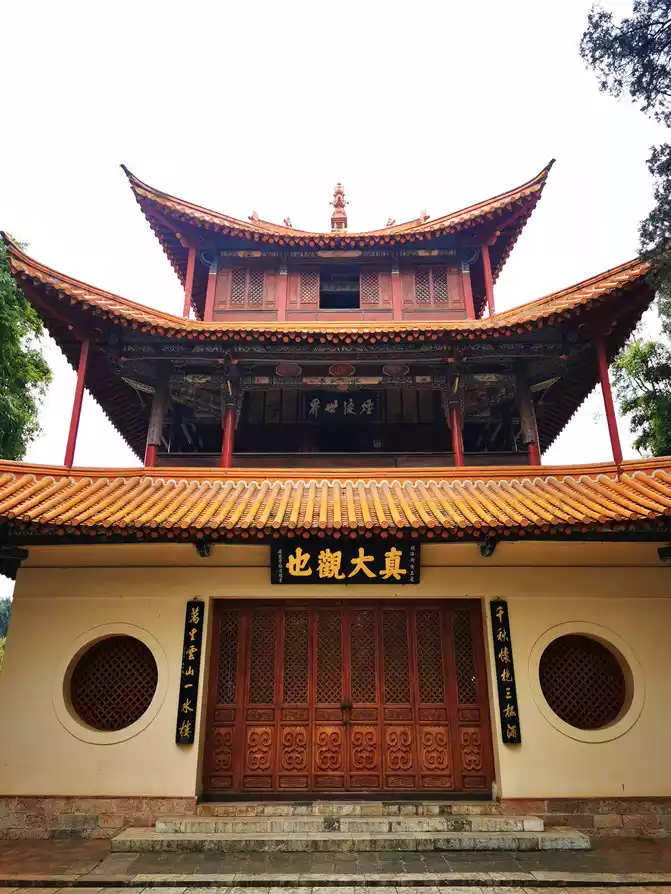
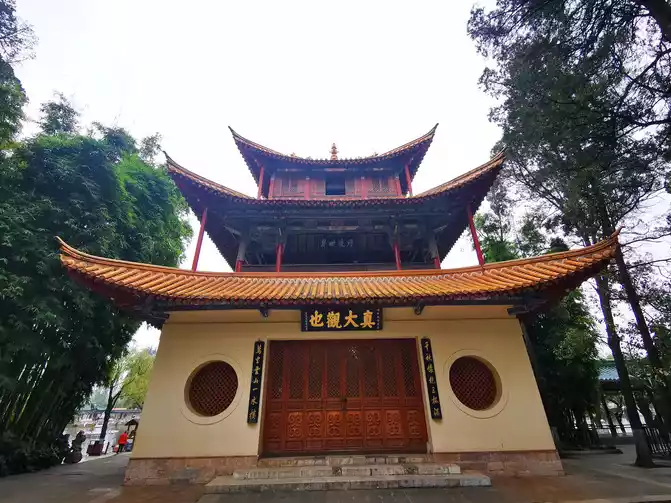
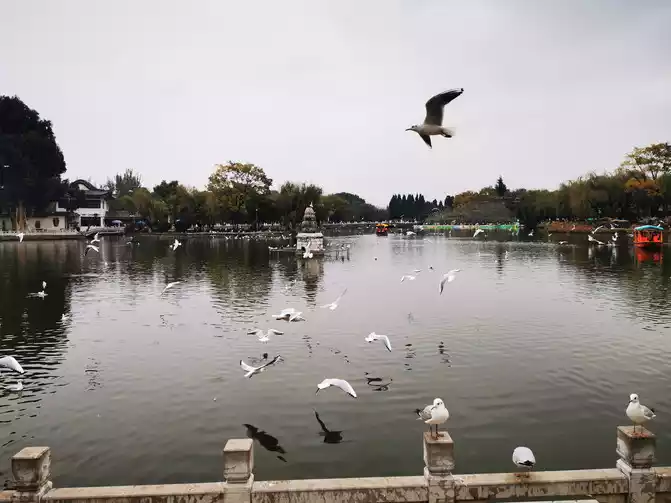
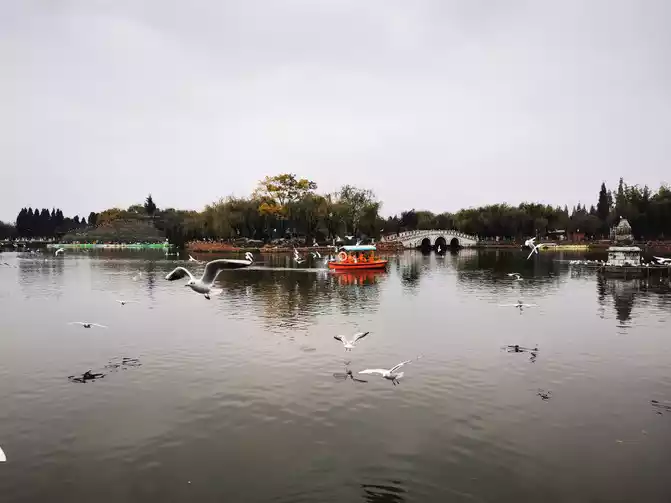
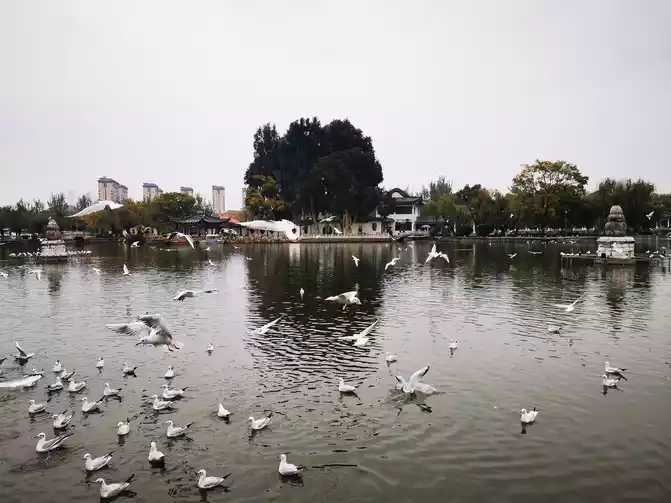
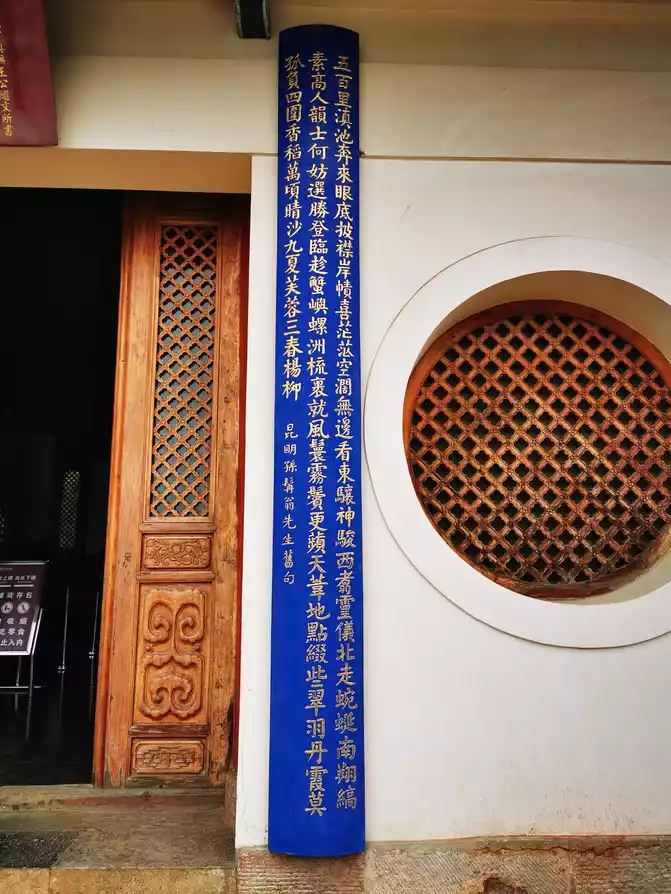
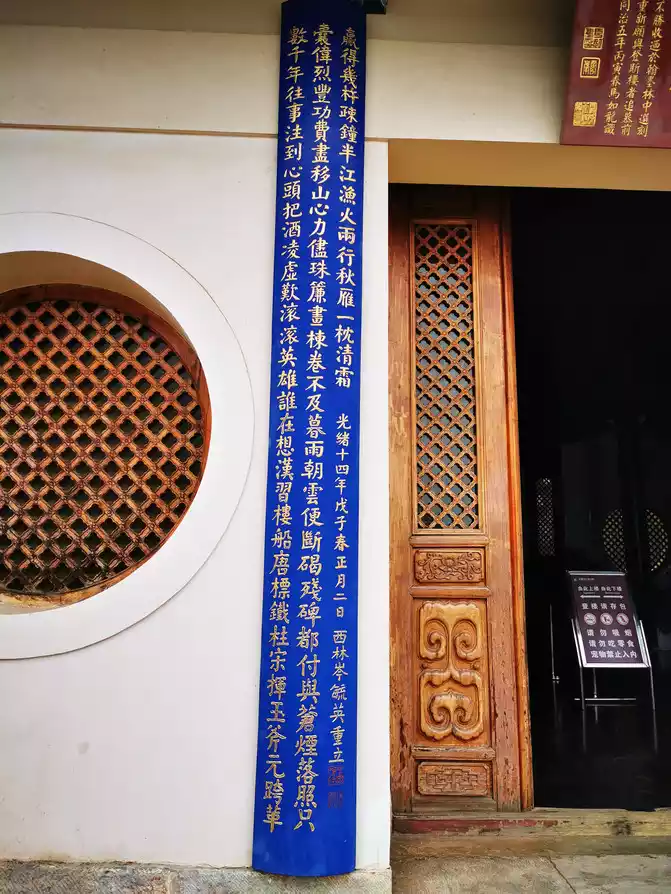
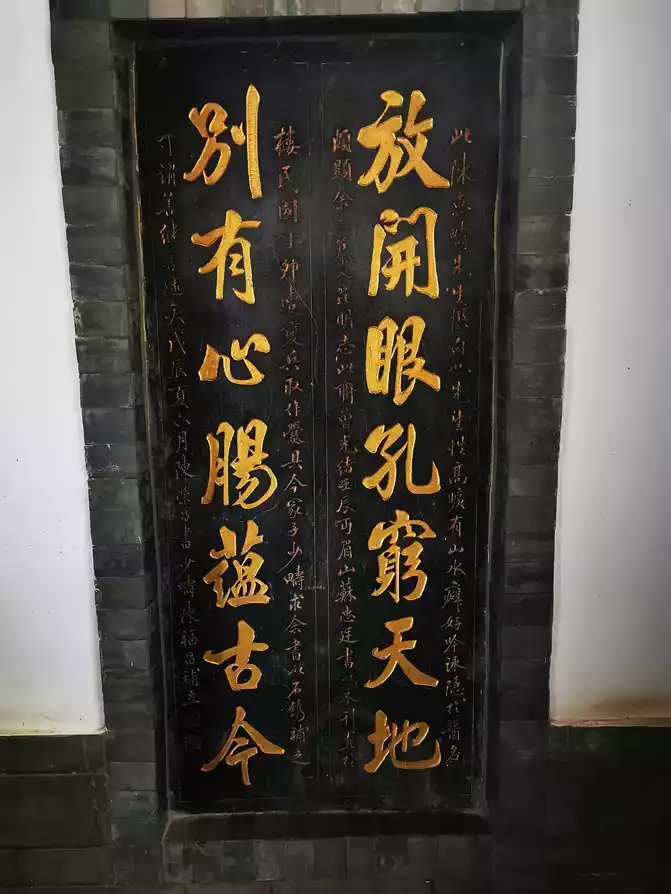
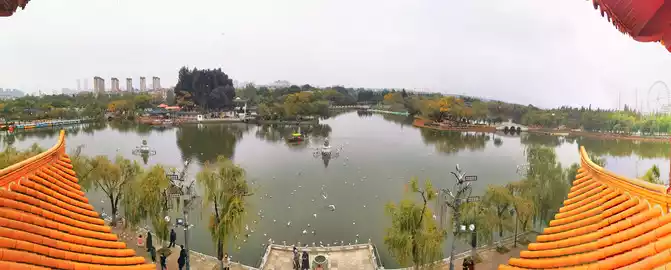
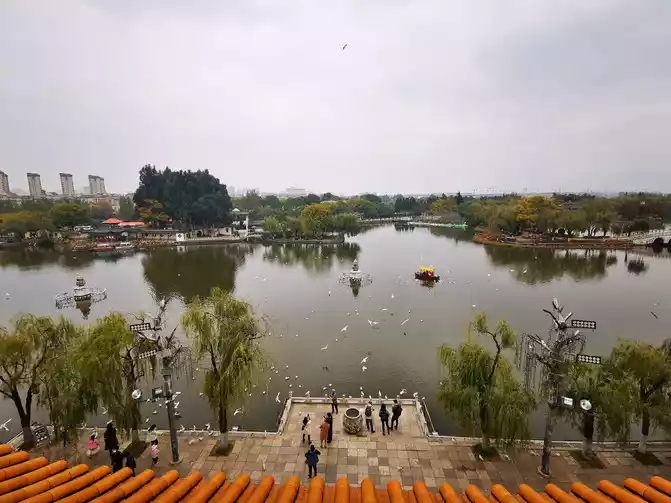
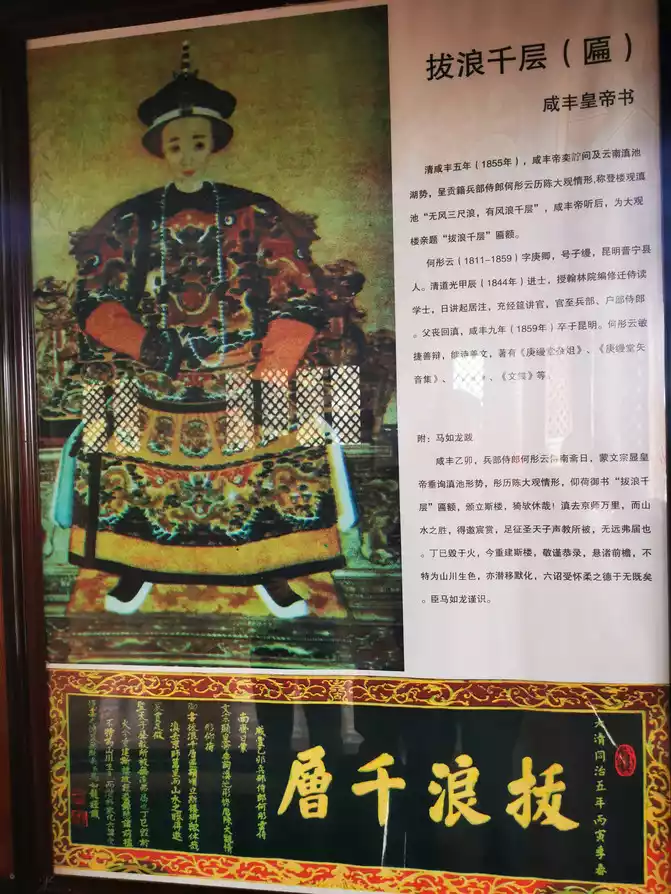
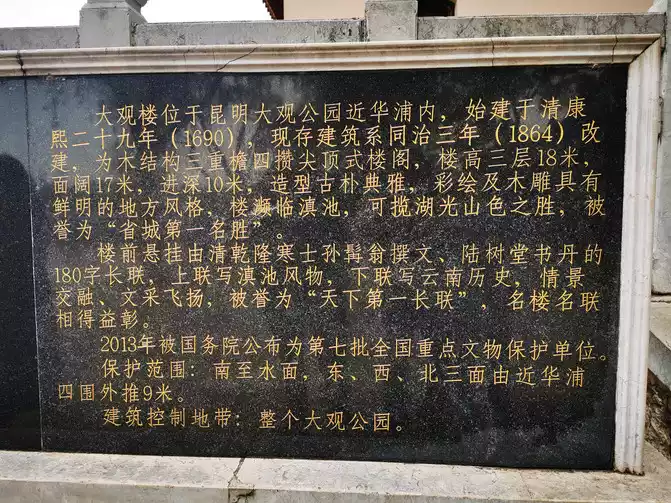
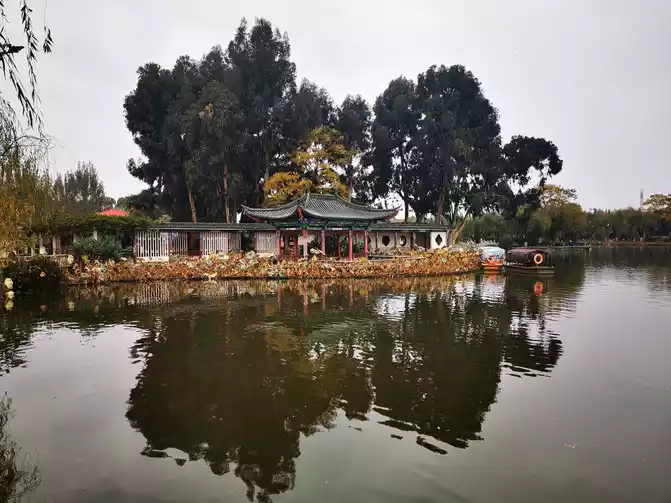
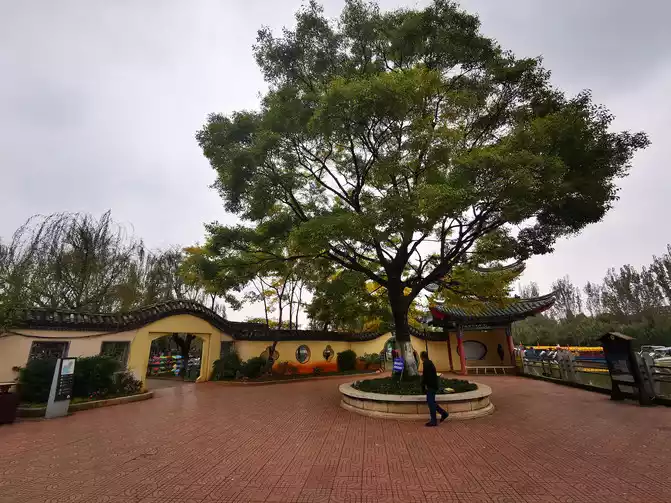
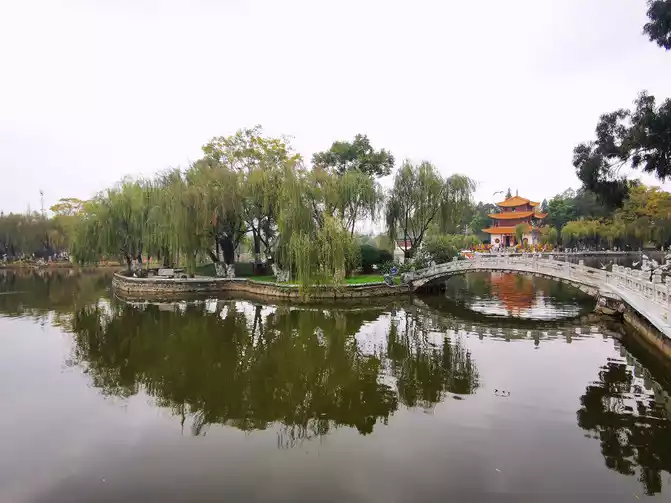
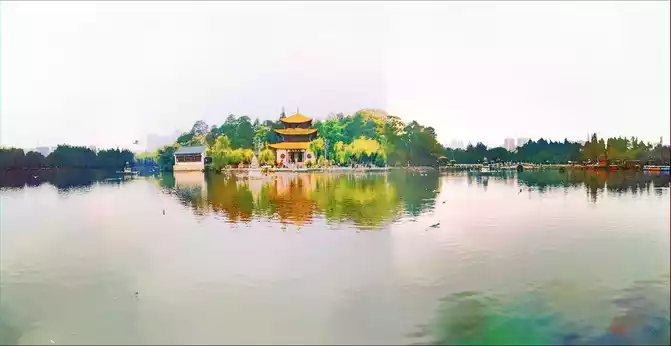
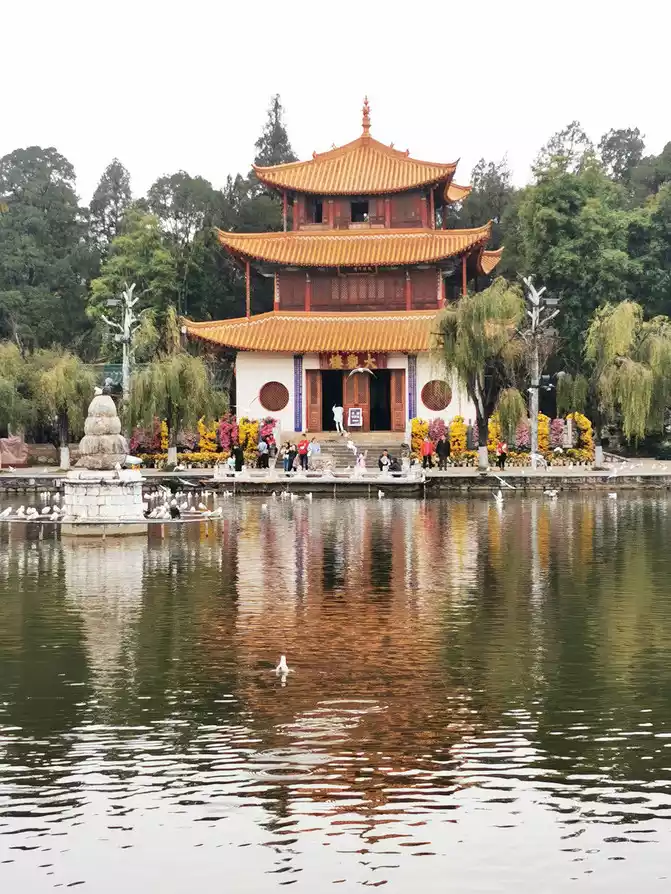
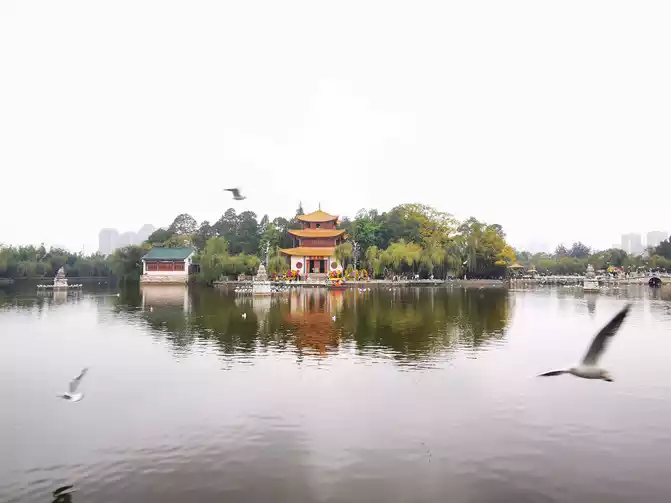
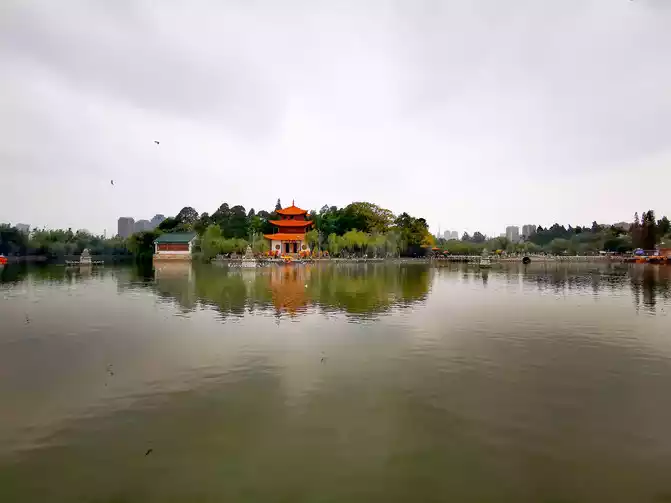
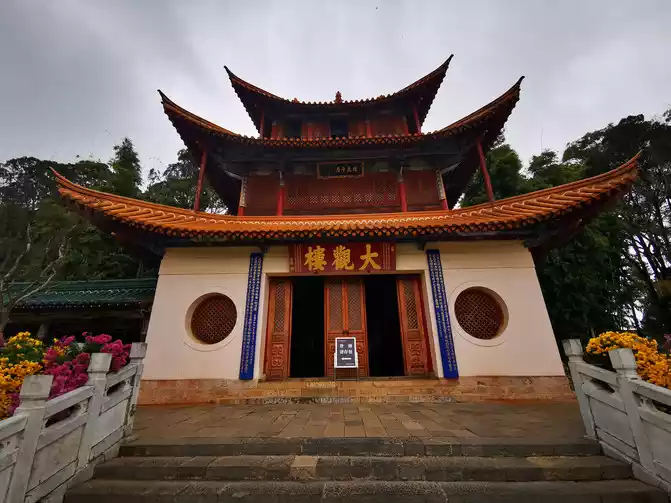
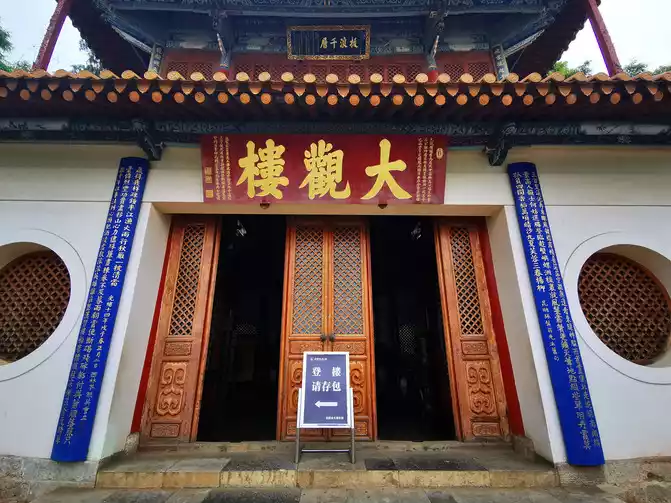
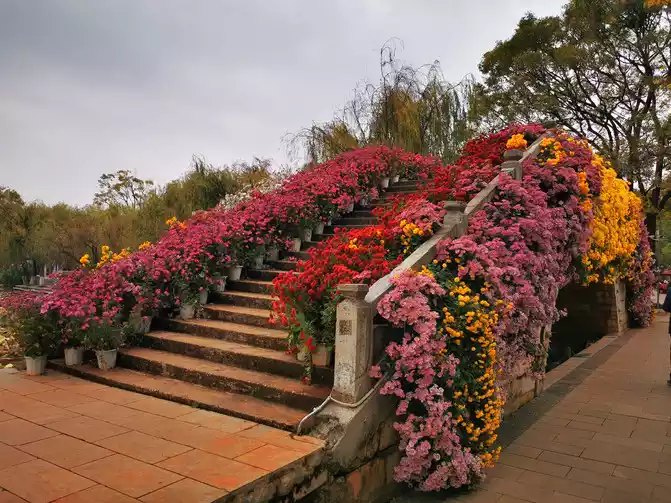
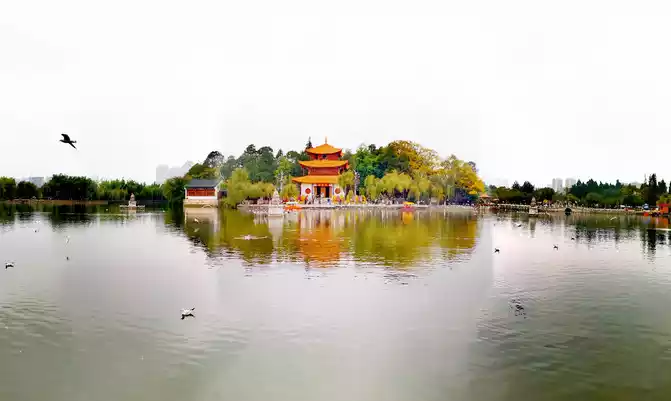
Guandu Ancient Town (8 kilometers south of Kunming).
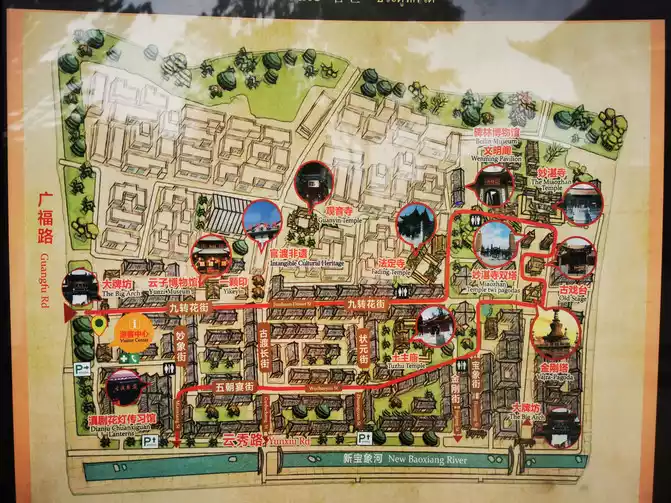
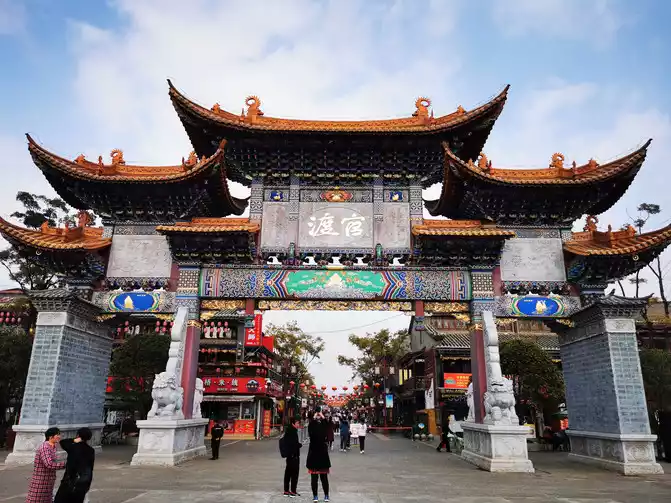
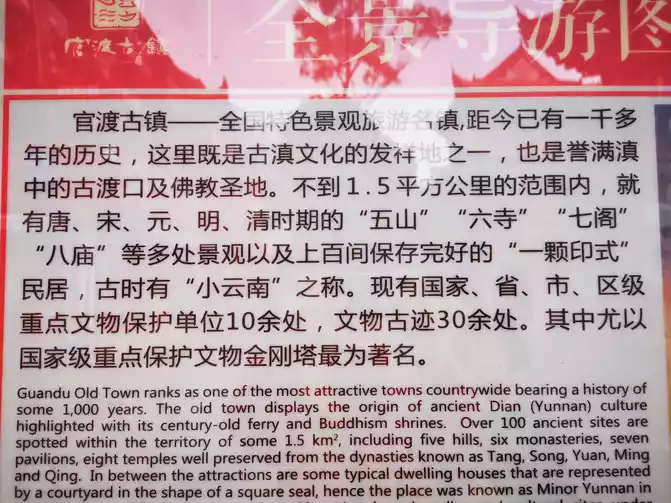
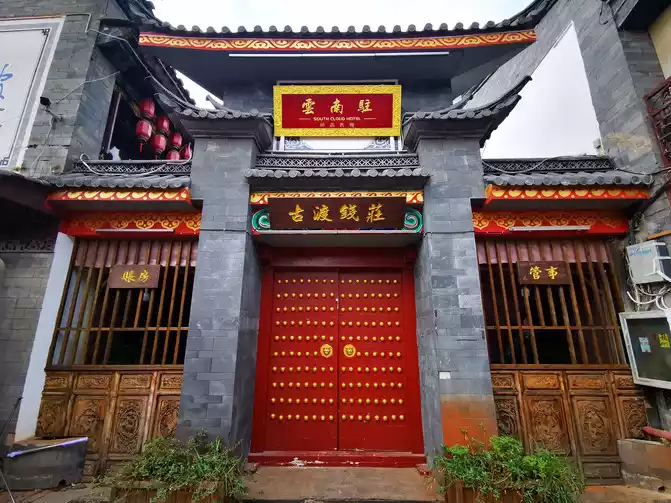
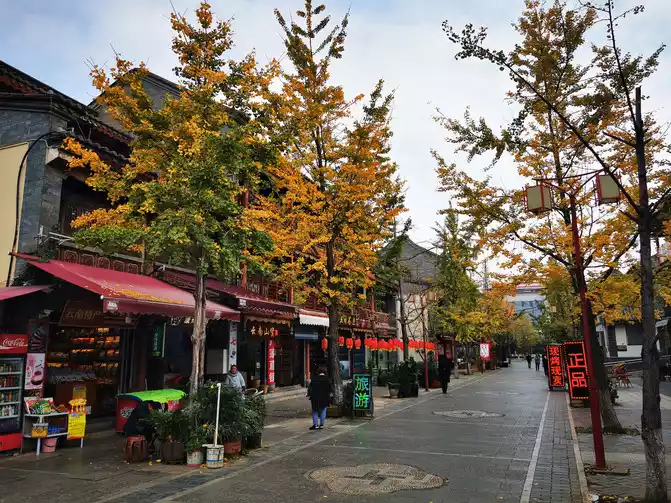
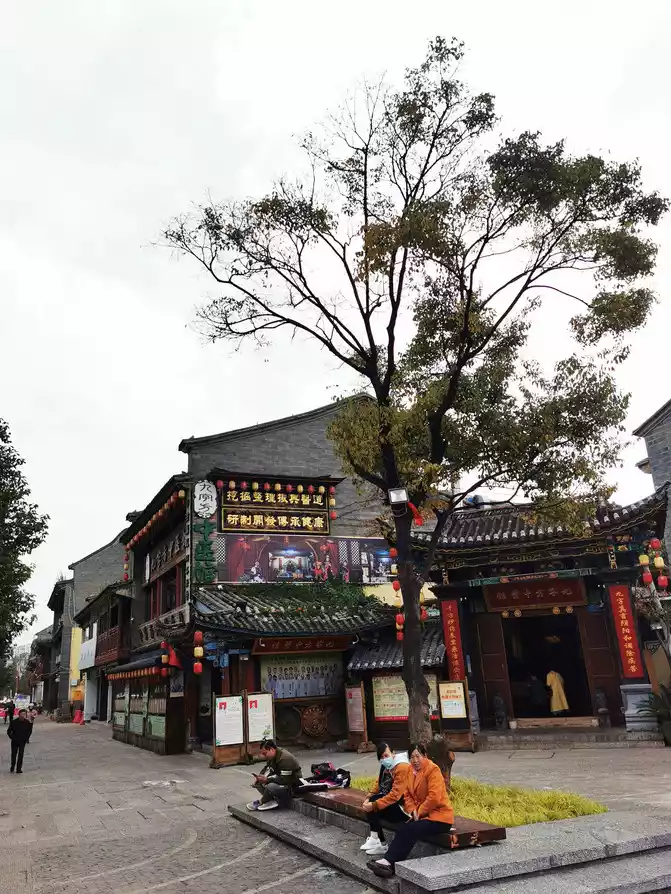
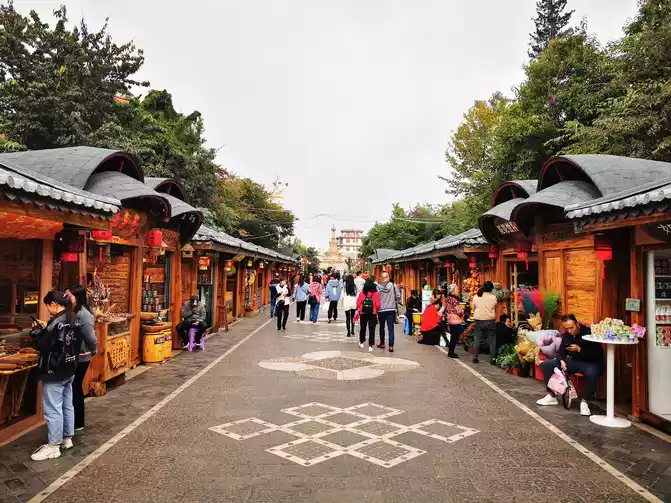
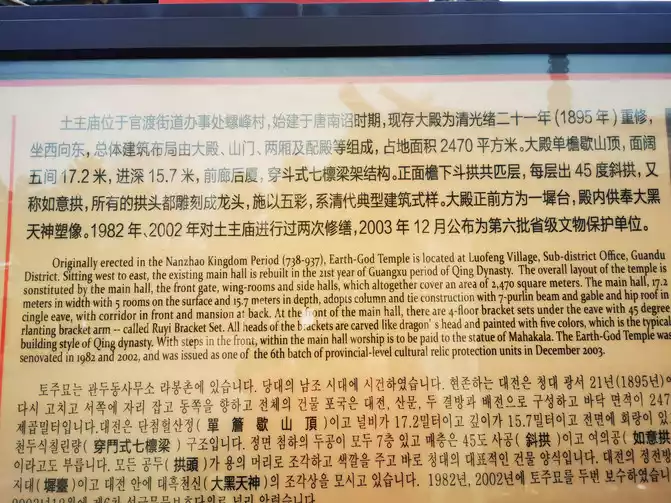
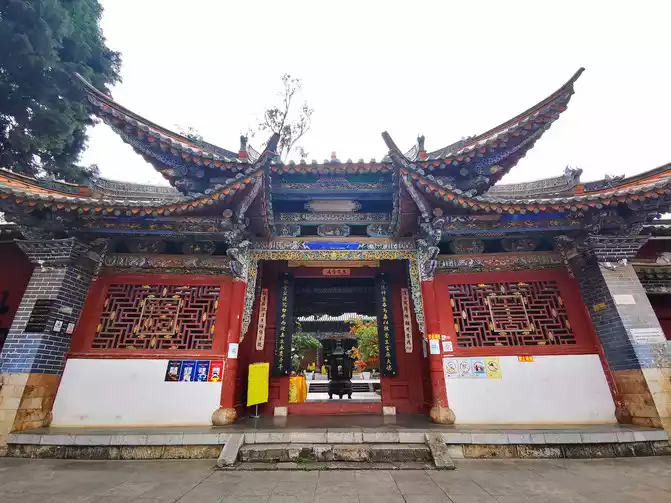
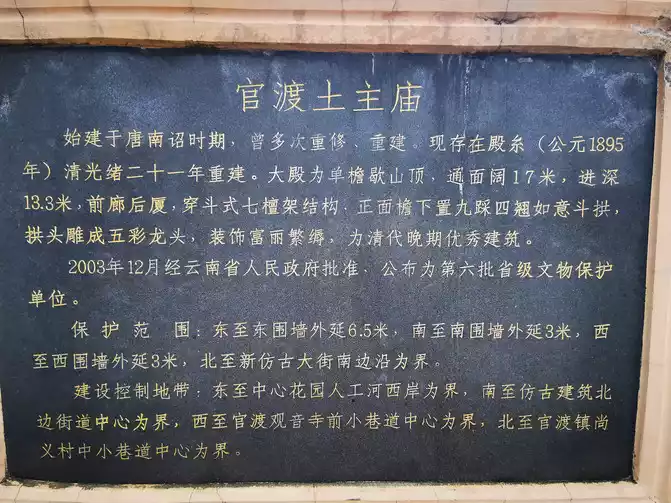
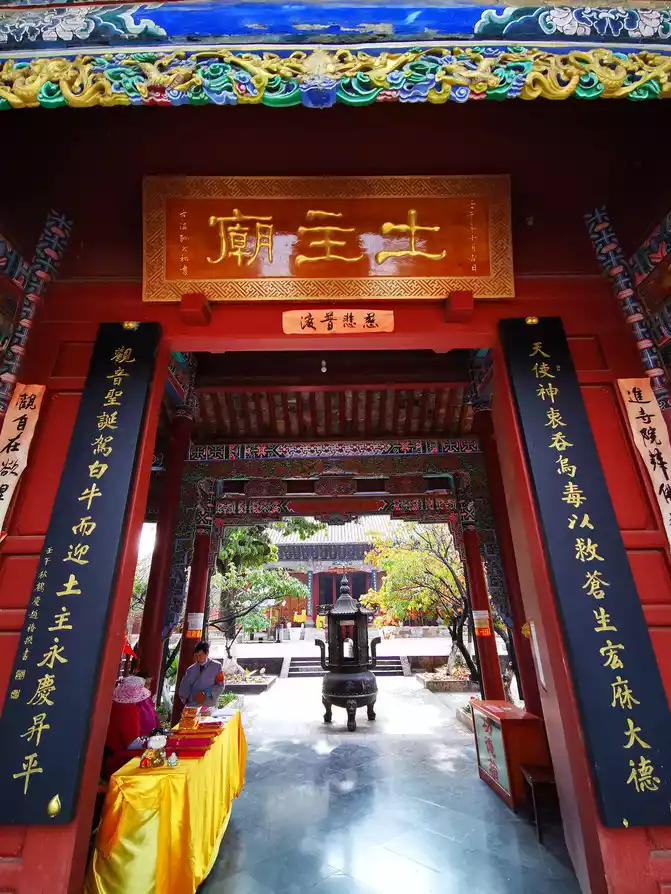
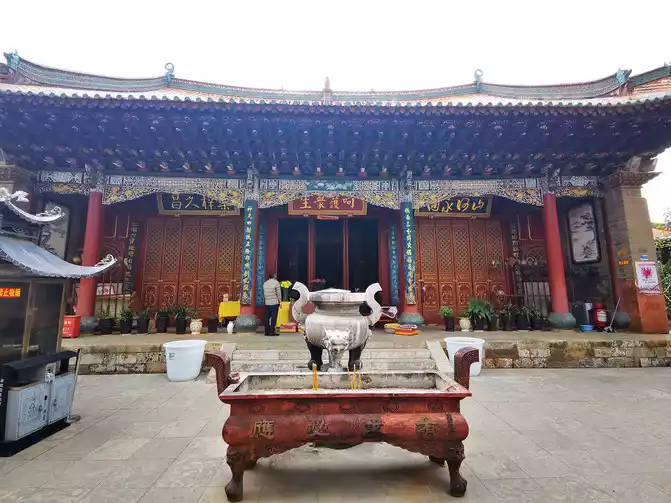
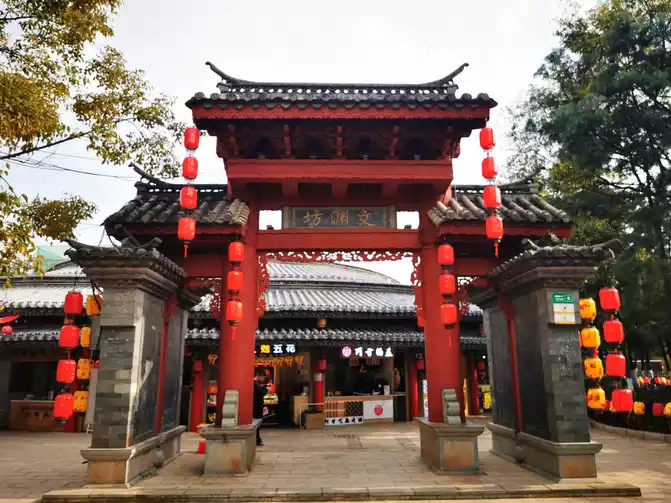
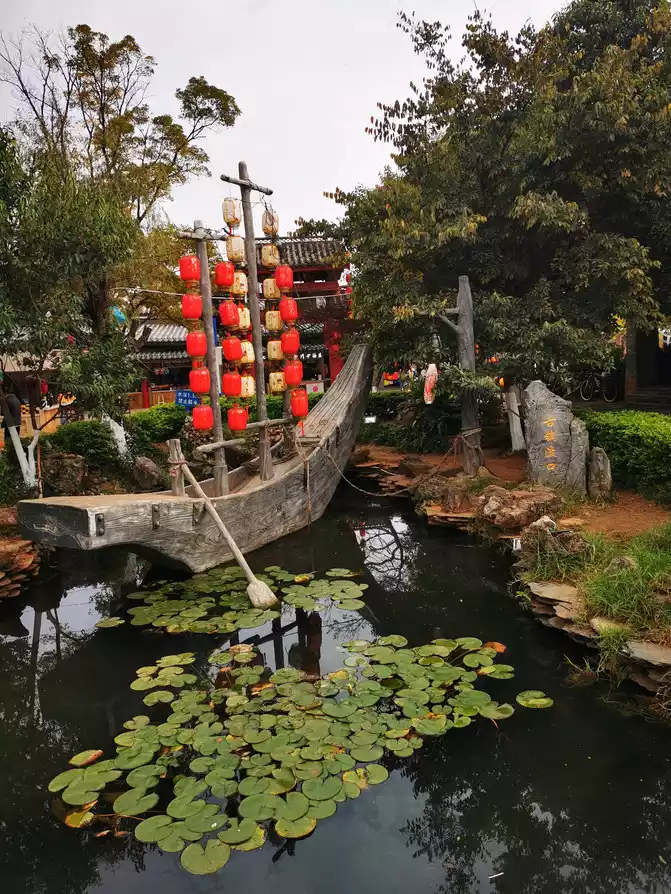
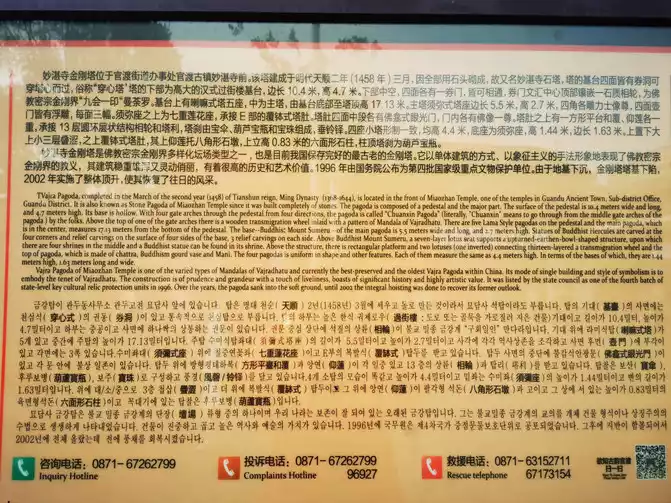
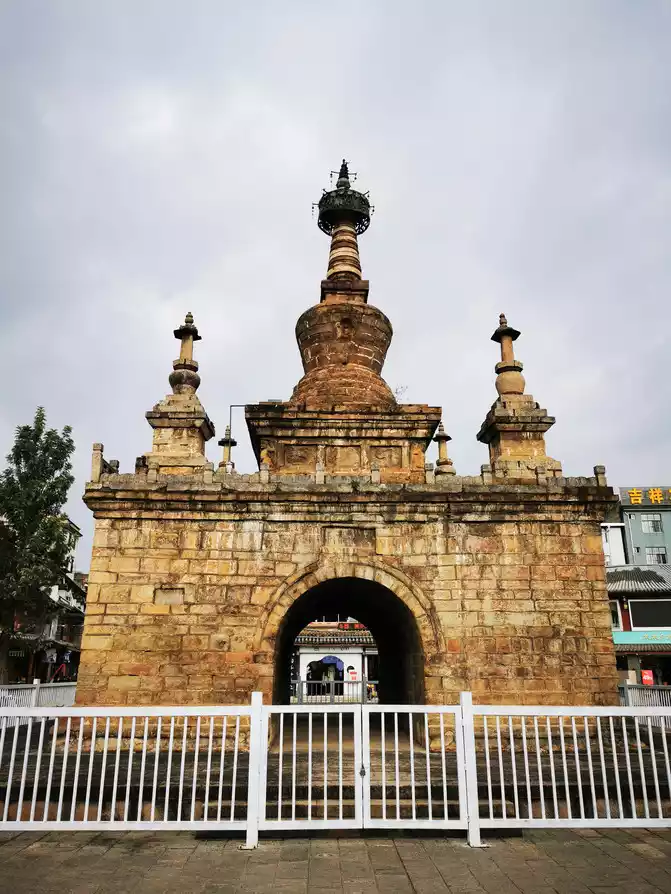
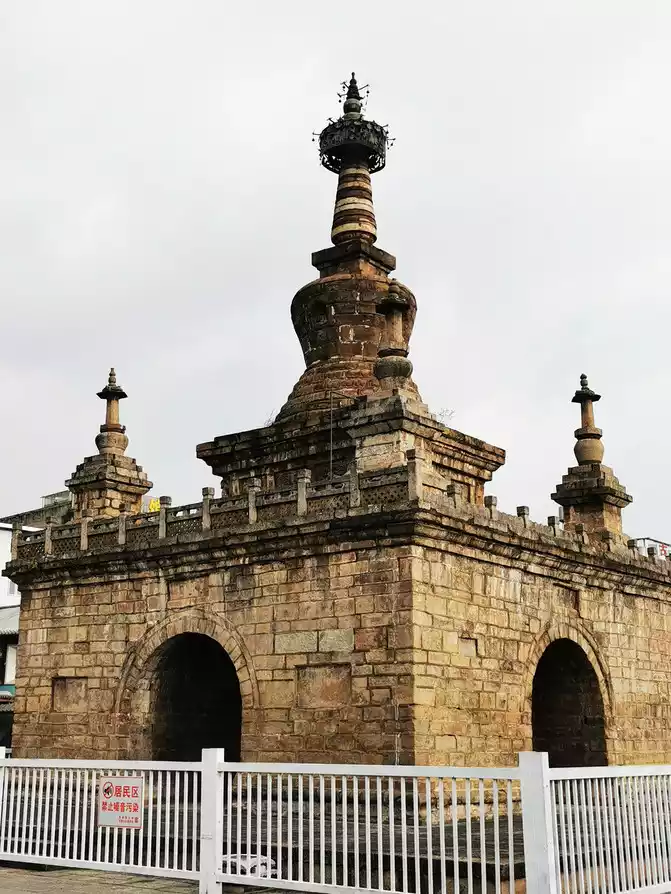
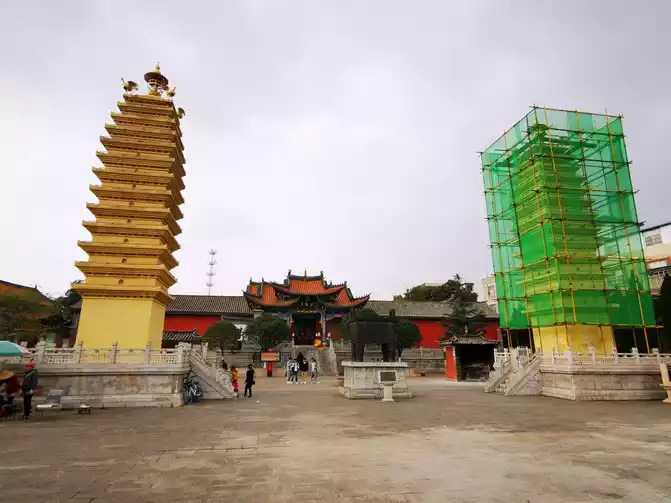
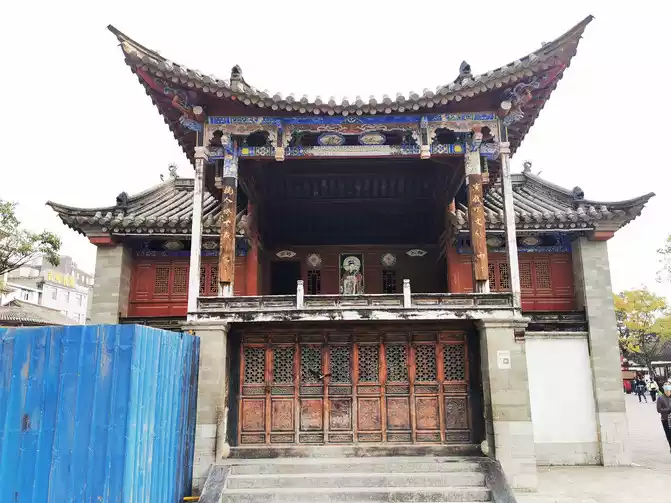
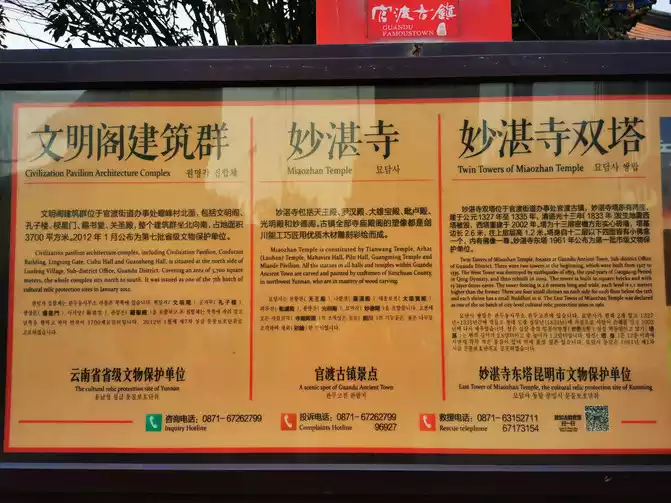
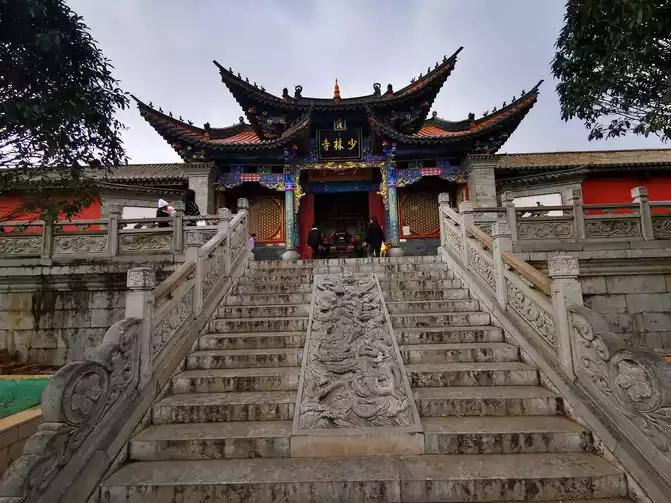
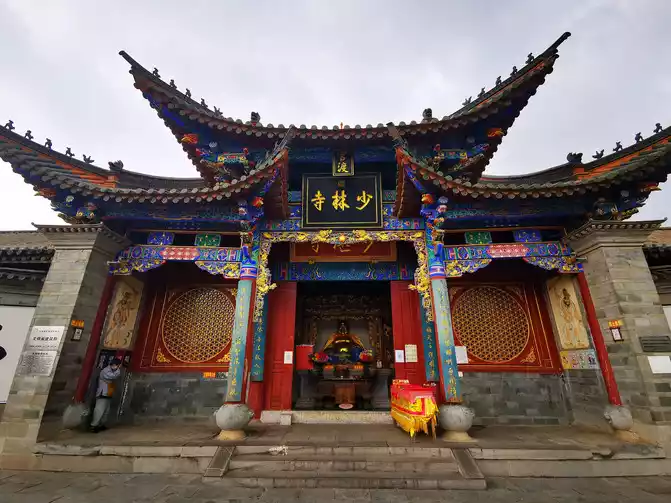
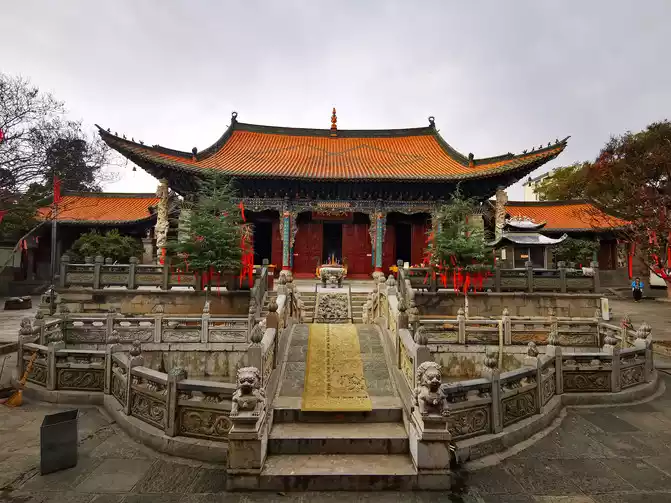
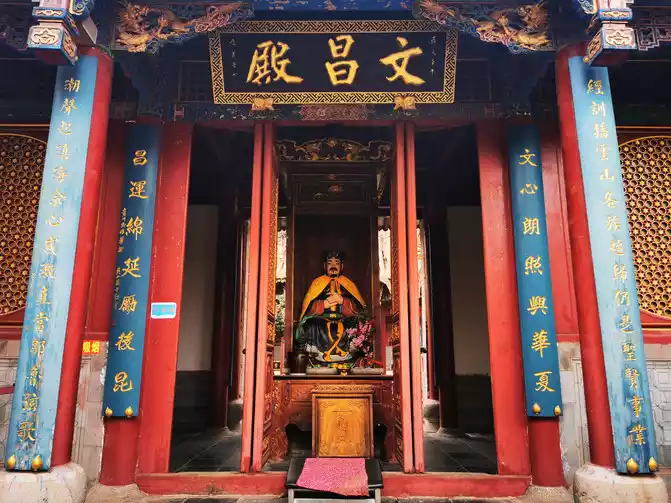
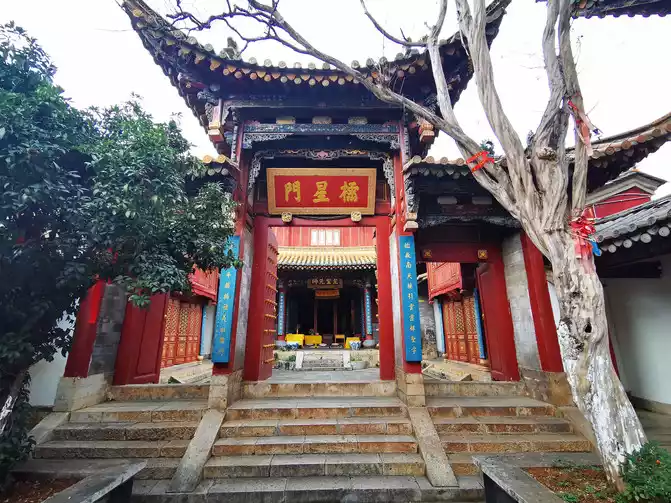
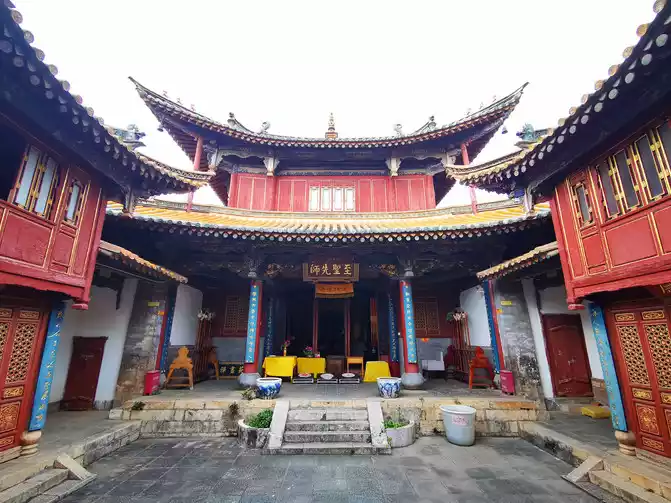
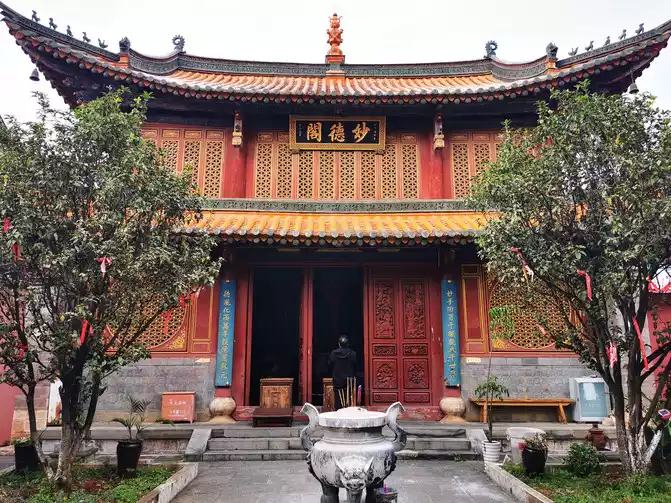
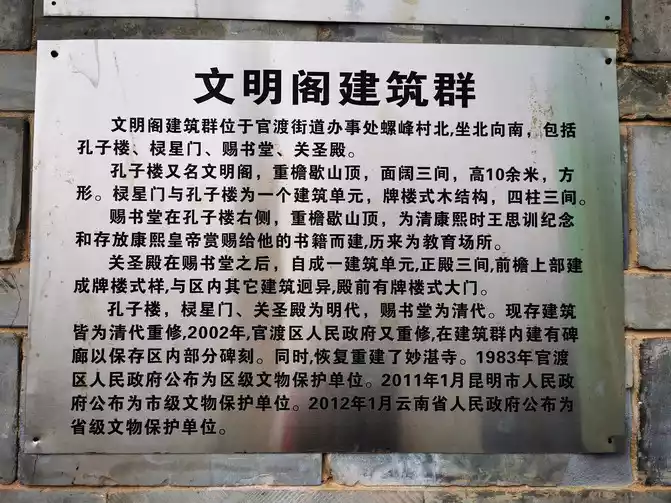
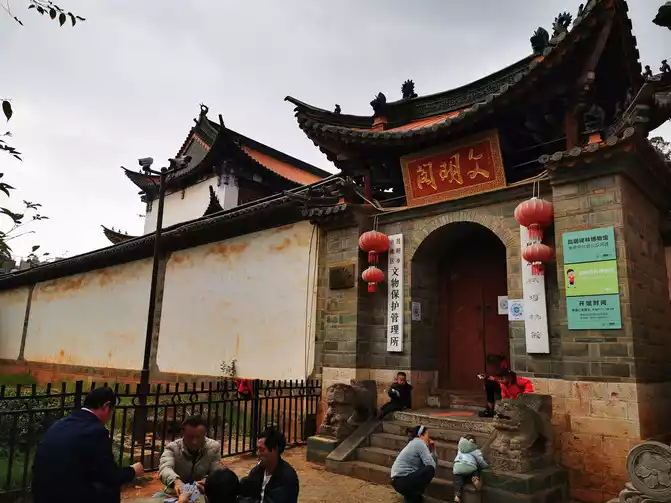
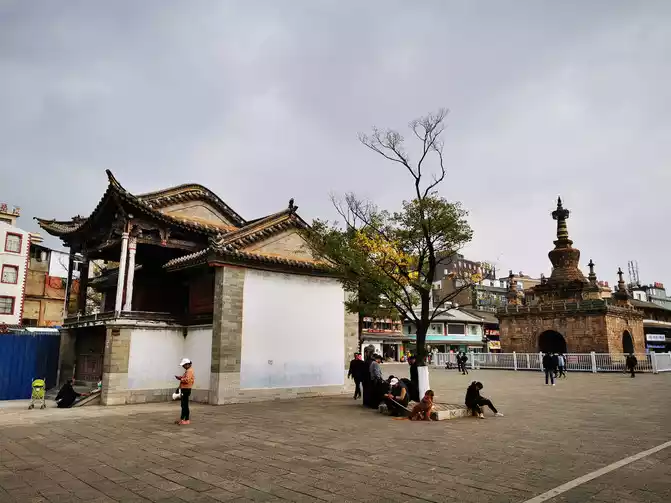
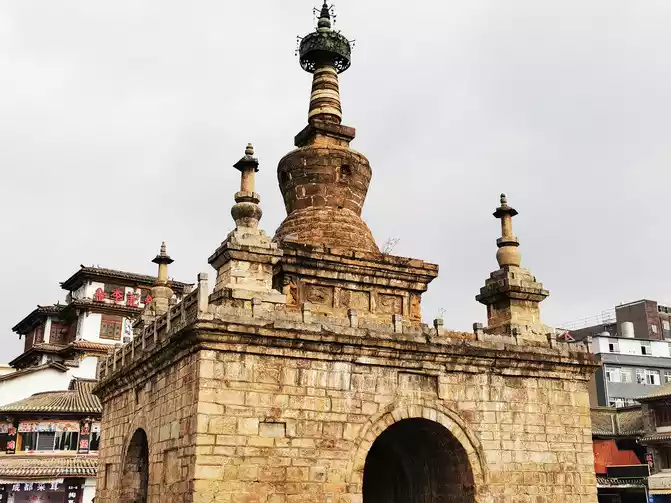
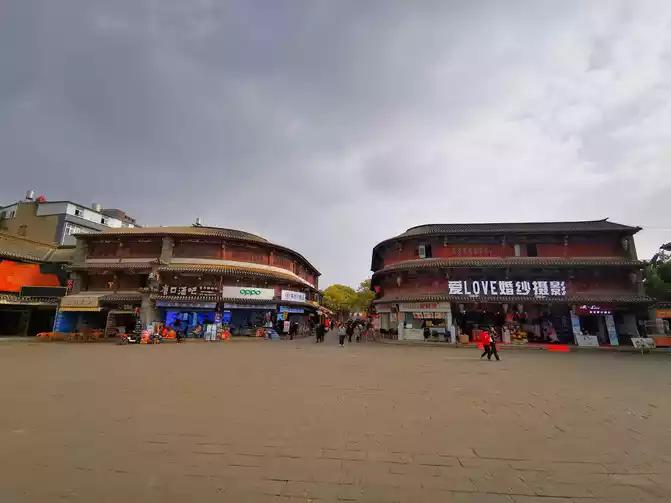
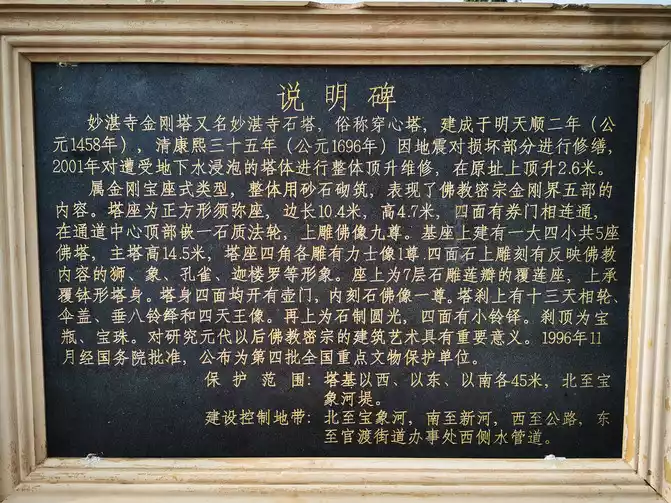
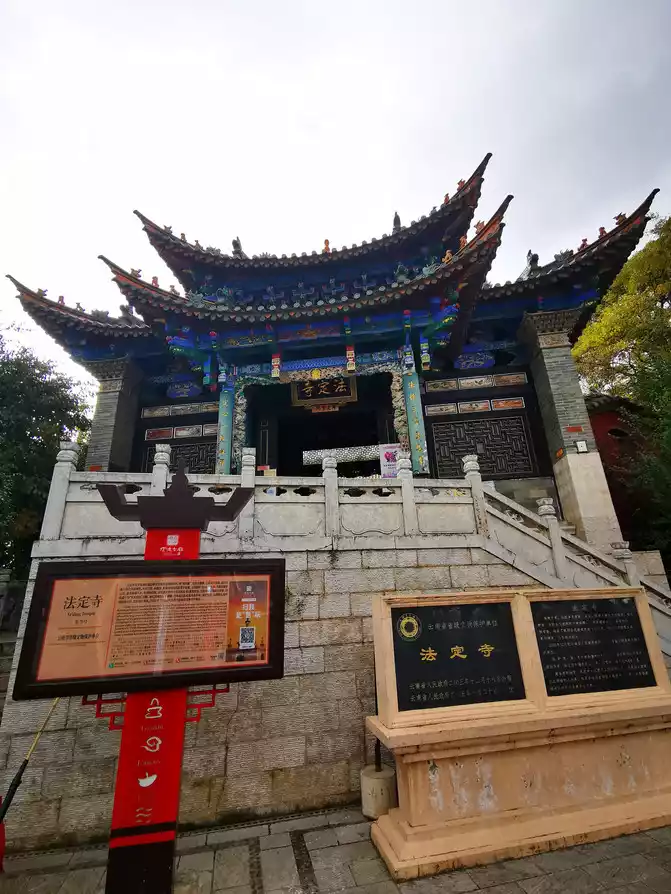
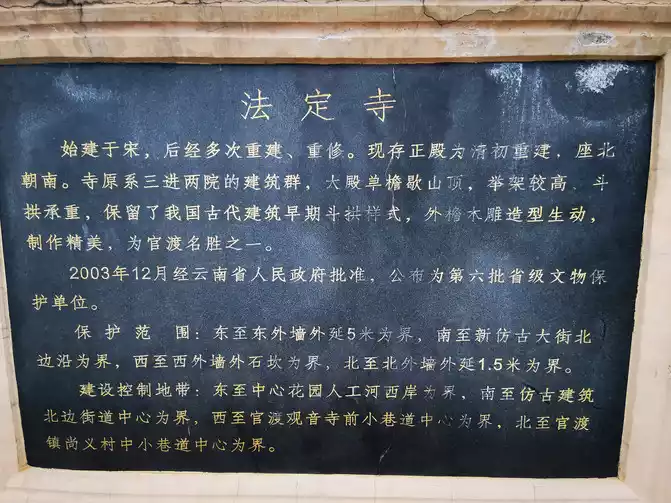
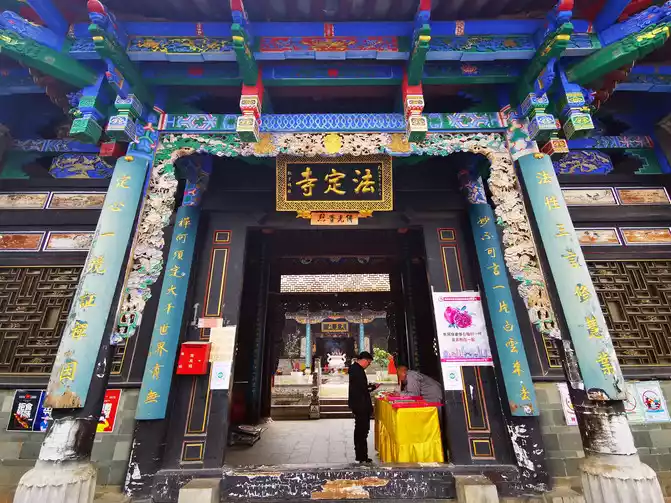
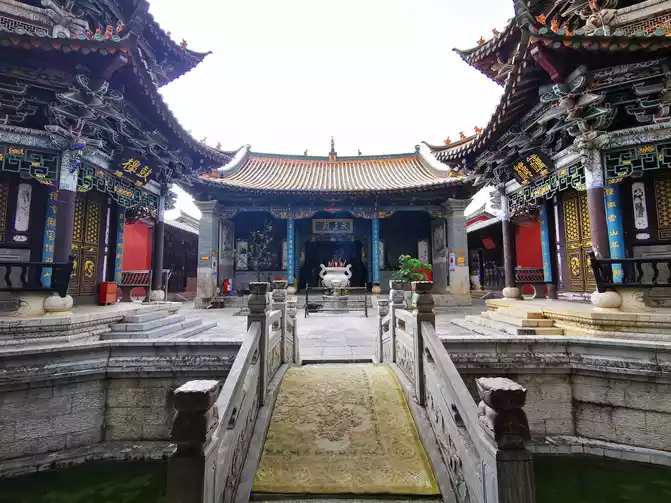
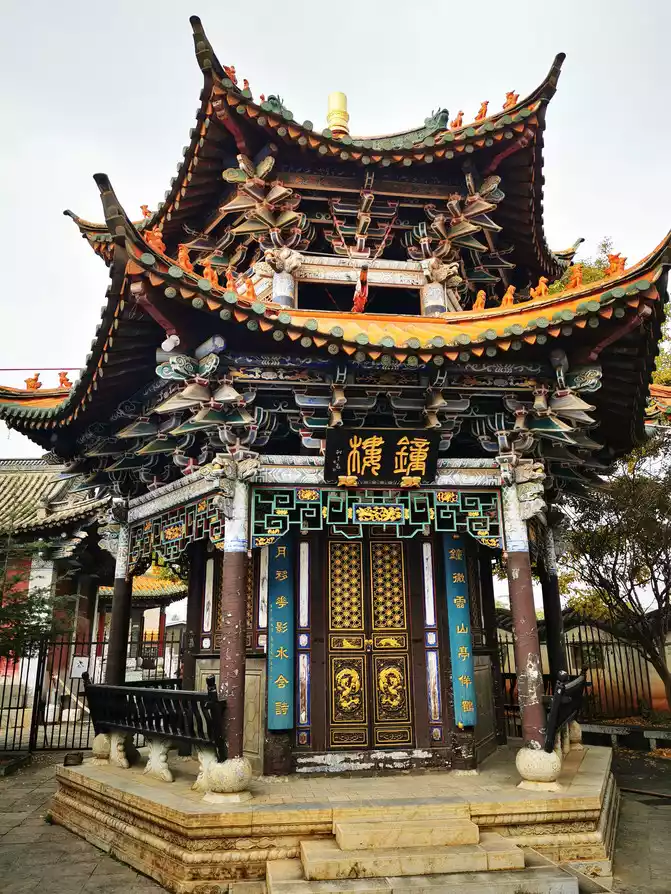
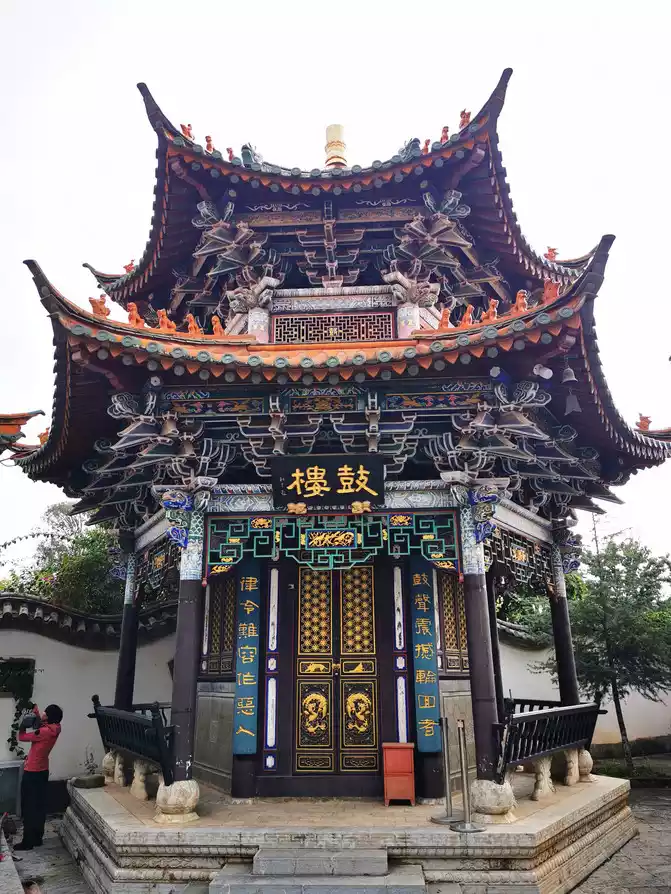
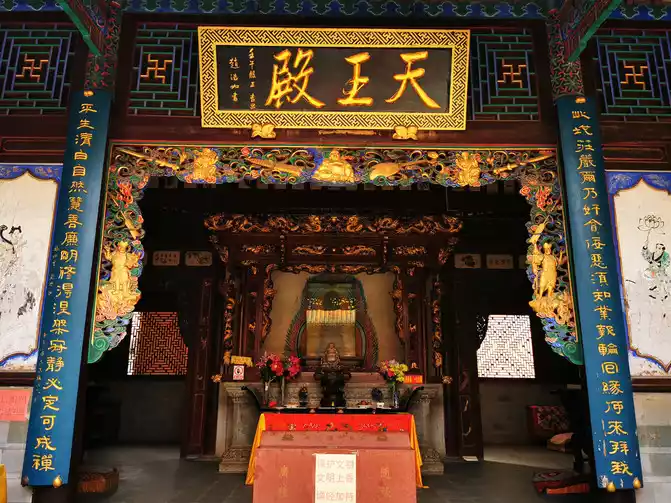
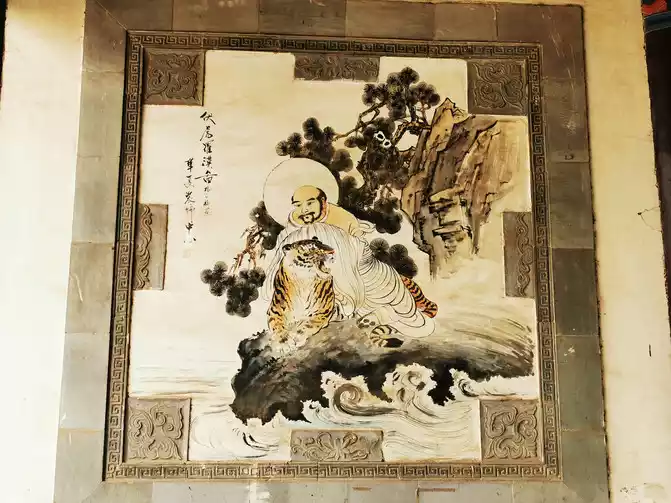
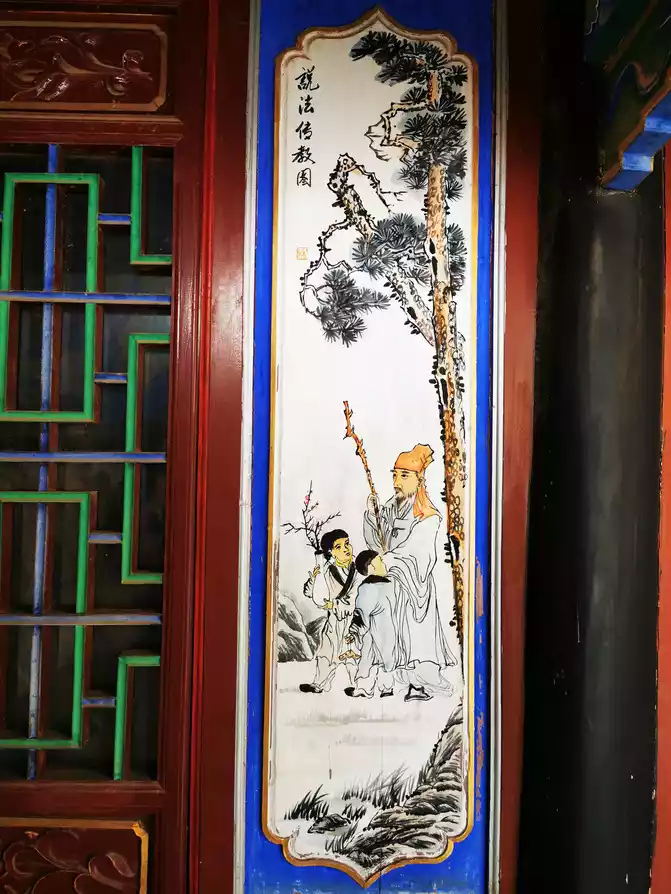
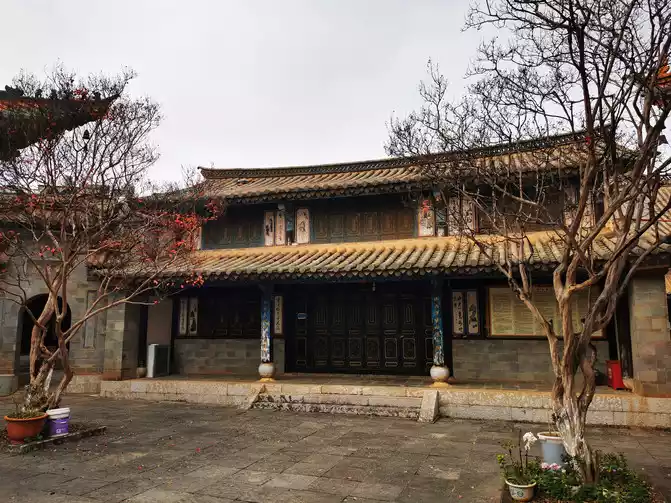
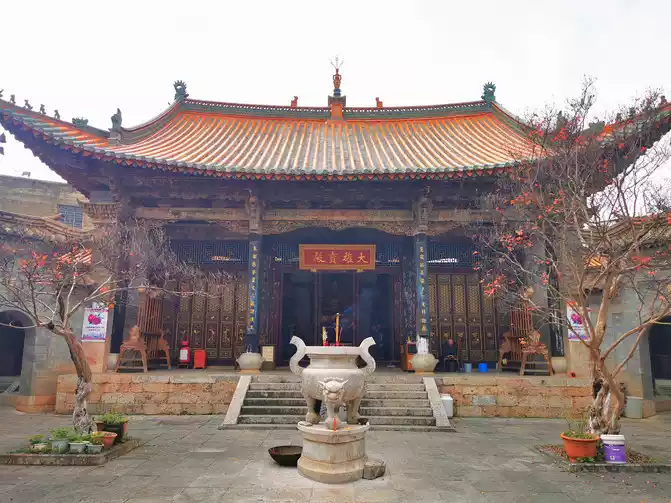
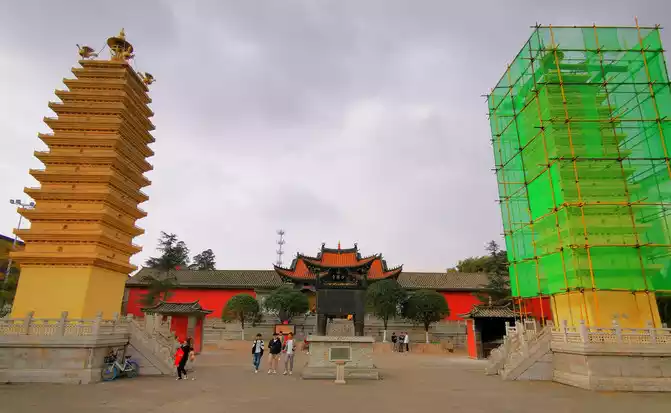
Day 33, November 10, Kunming
When I arrived in Kunming, I saw the smog that I hadn’t seen for many days, and the air quality was 90. I originally wanted to go to Xishan Longmen again and stand on the cliff to look at Dianchi Lake, but I couldn't see it anymore, so I had to avoid it.
The weather in Yunnan is cool in the morning and evening, but very hot at noon, 20 degrees Celsius, and the scorching sunshine is like in Guangdong.
I originally wanted to go to Xishuangbanna, which is a hotter place. Let’s find another suitable time to go.
Stay at Kunming Vienna Beijing Road Chuanxin Gulou Subway Station Branch.
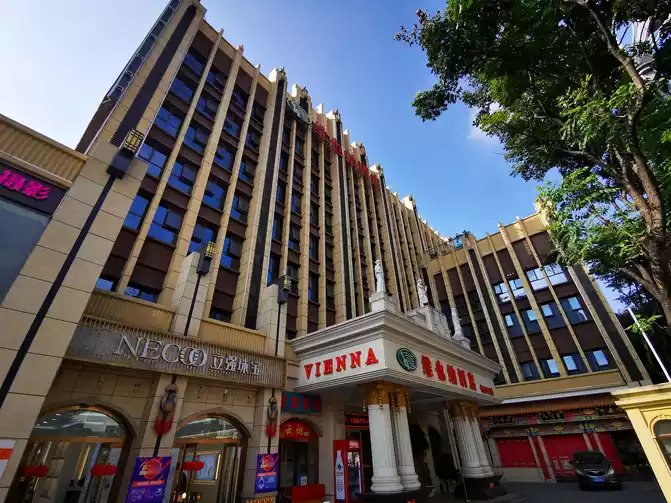
1. Qiongzhu Temple: Parking 5
Founded in the Yuan Dynasty, it was the first temple where Zen Buddhism was introduced into Yunnan from the Central Plains. The existing temple was rebuilt during the Guangxu period of the Qing Dynasty (1885-1891). The famous statue of Five Hundred Arhats was the result of that time. It took Li Guangxiu, a Sichuan folk sculptor from the Qing Dynasty, and three apprentices to complete this masterpiece, which took seven years.
Qiongzhu Temple is 18 kilometers away from the urban area. From the west of Kunming City to Heilinpu, turn to the Yuan Mountain and spiral up 3 kilometers to reach Qiongzhu Temple. The forest here is lush and lush, with gurgling springs. It used to be one of the "Six Scenic Spots of Yunnan Province" and is known as the "Qinglan Jade Case" in central Yunnan.
The ancient temple palace is built according to the mountain and is divided into three floors, including the Main Hall, Tiantai Lai Pavilion, Fanyin Pavilion, etc. As soon as you enter the door, two tall peacock fir trees from the Yuan Dynasty stand face to face. There are many plaques and couplets in front of the main hall, and the wonderful words are amazing. This temple was built by brothers Gao Guang and Gao Zhi from Shanchan Prefecture (Kunming) in Dali. It is said that they came here hunting and saw an eminent monk sticking his staff into the ground, and they could not move it no matter how hard they tried. The next day, it turned into a bamboo forest, thinking that Baoshan had spirits, so they built a temple on the spot and named it "Qiong Bamboo".
Arhat Characteristics
The five hundred Arhat sculptures in the temple have different shapes and have the same expressions of joy, anger, sadness and joy, making it a spectacle. Regardless of whether you look at it from a distance or up close, the human body proportions, muscles and bones, and clothing patterns of these Arhat statues are generally similar to those of ordinary people, making them amiable. Various techniques such as hollowing out and round carving are also used in the sculpture to present the seamless relationship between the human body, the atmosphere, and the matching of objects in a three-dimensional manner.
The mineral pigments used on the statue have a long history. The gold on the clothing is made of pure gold. There are five hundred clay statues of Arhats in many famous temples in China, but the Arhat of Qiong Temple has the highest artistic reputation and is known as the "Pearl of Oriental Sculpture".
The five hundred Arhats of Qiongzhu Temple are displayed on the two walls of the Main Hall (68 statues), the Tiantai Lai Pavilion (216 statues), and the Fanyin Pavilion (216 statues), divided into three floors: upper, middle and lower. There are mostly seated statues on the upper and lower floors, and mostly standing statues on the middle layer. The arrangement of the statues pays attention to symmetry, such as the subduing dragon on the left and the crouching tiger on the right; the soaring clouds on the left and the riding on the mist on the right, etc. These Arhats are in various poses and are full of wit and humor. Their postures and demeanor are varied, and their expressions and postures are different. The clothing and accessories vary according to the age, personality characteristics and environment of the characters. Although the Five Hundred Arhats each have their own wonderful appearance, they can be divided into two categories based on their creative techniques.
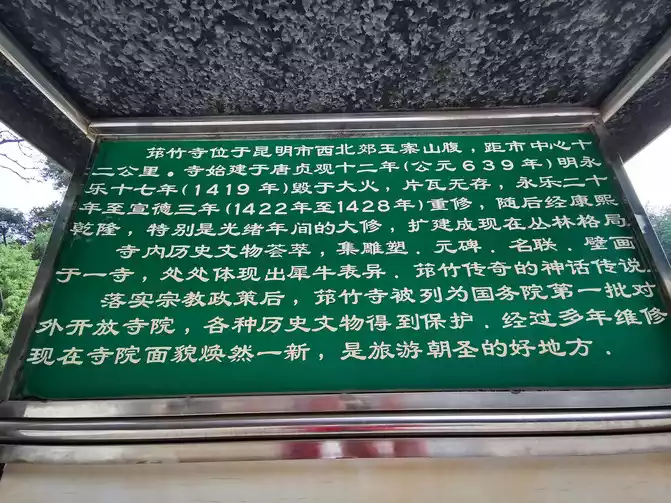
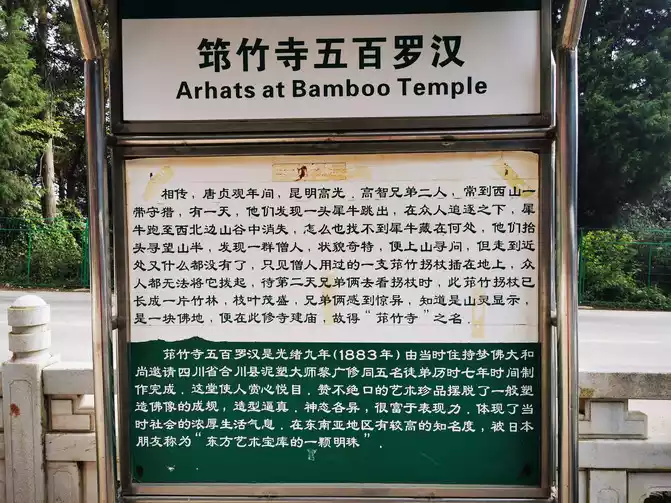
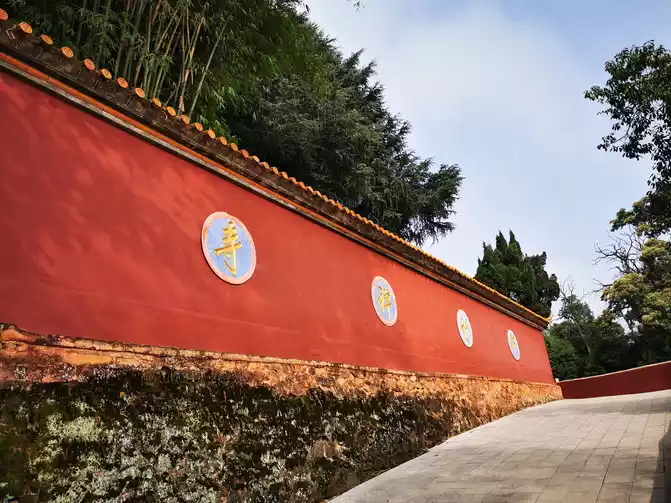
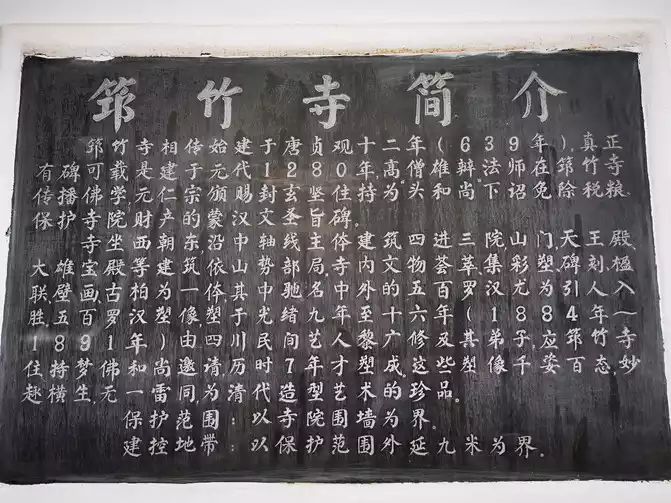
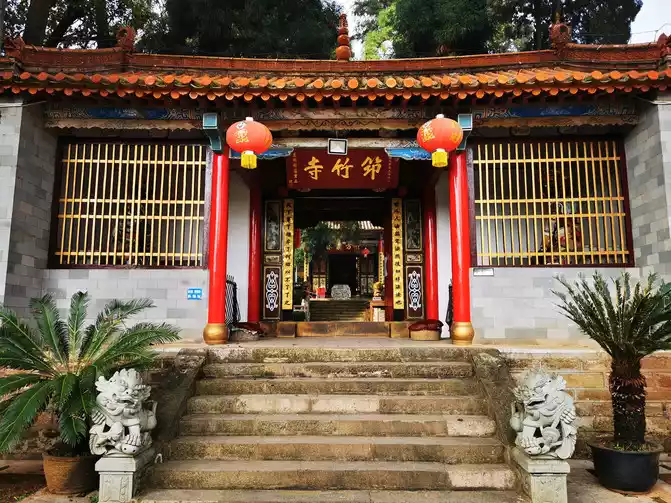
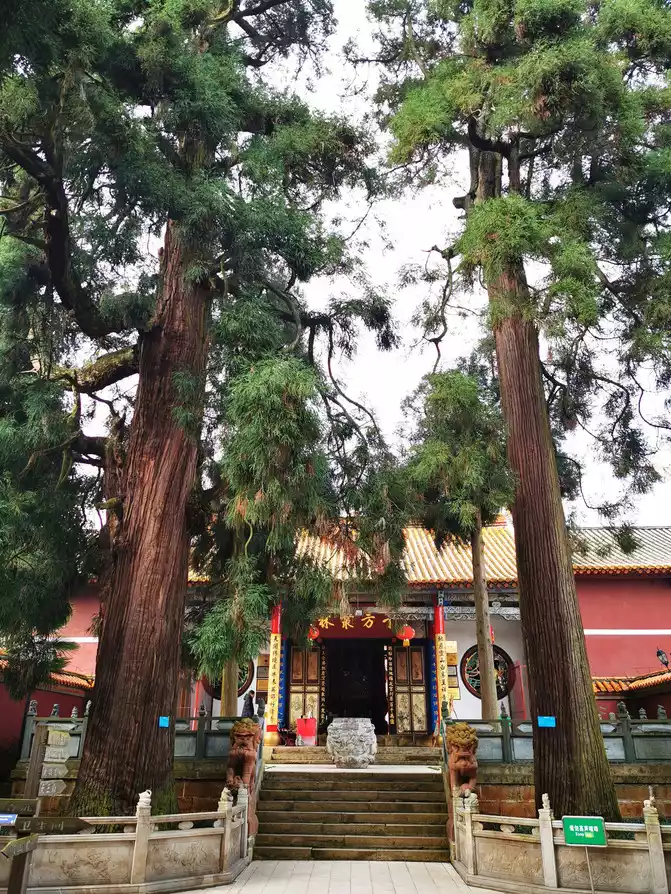
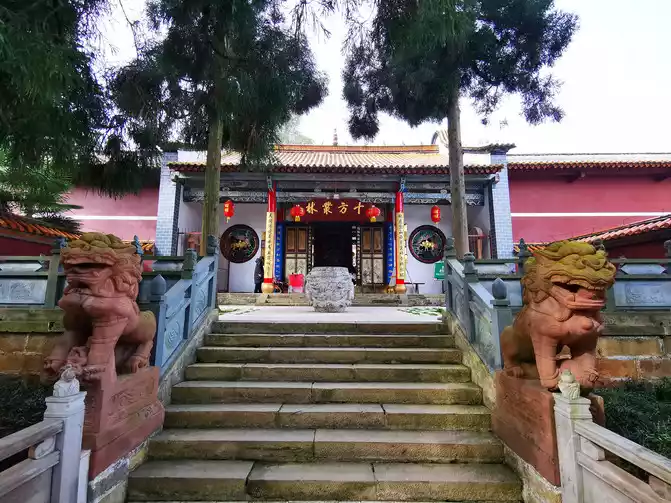
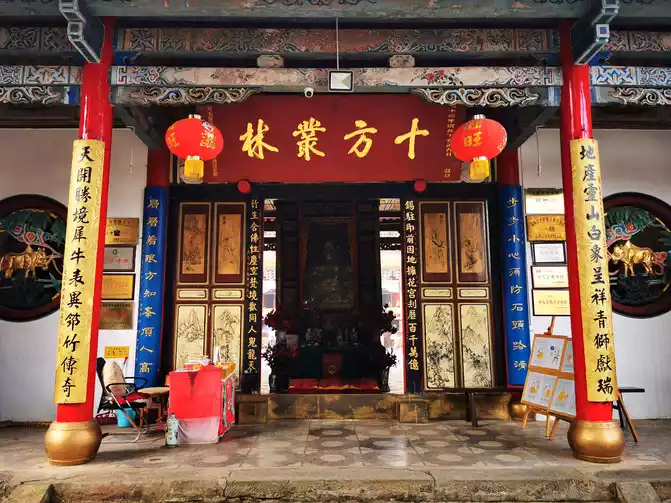
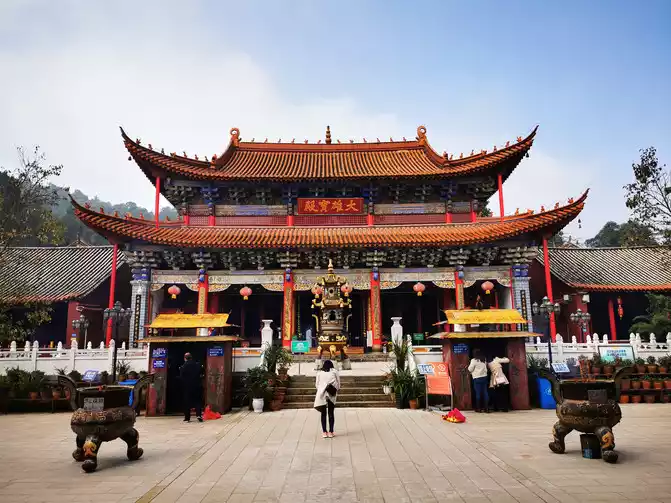
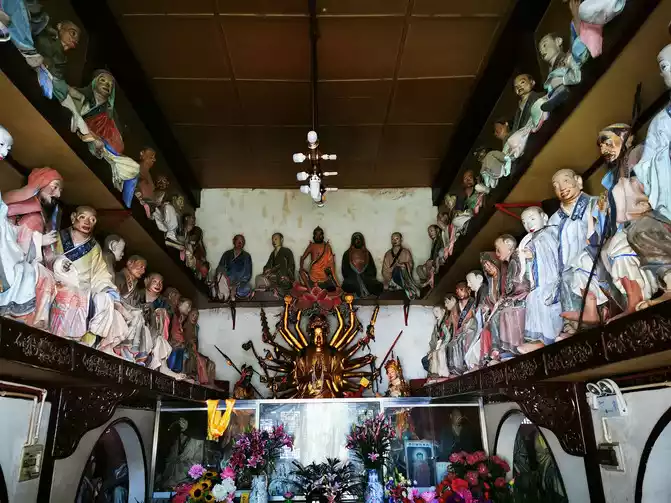
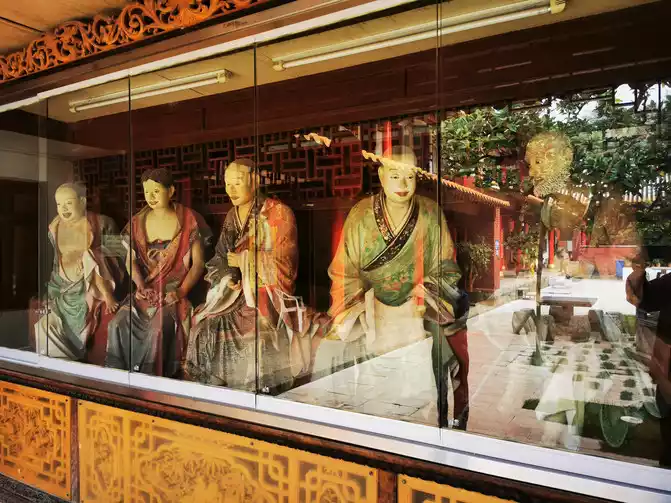
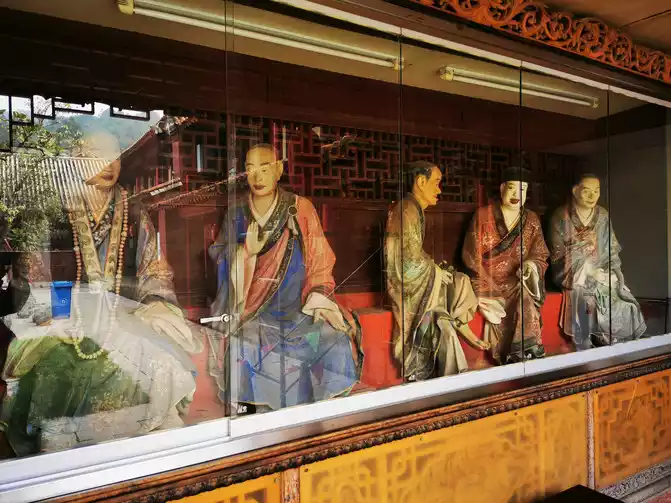
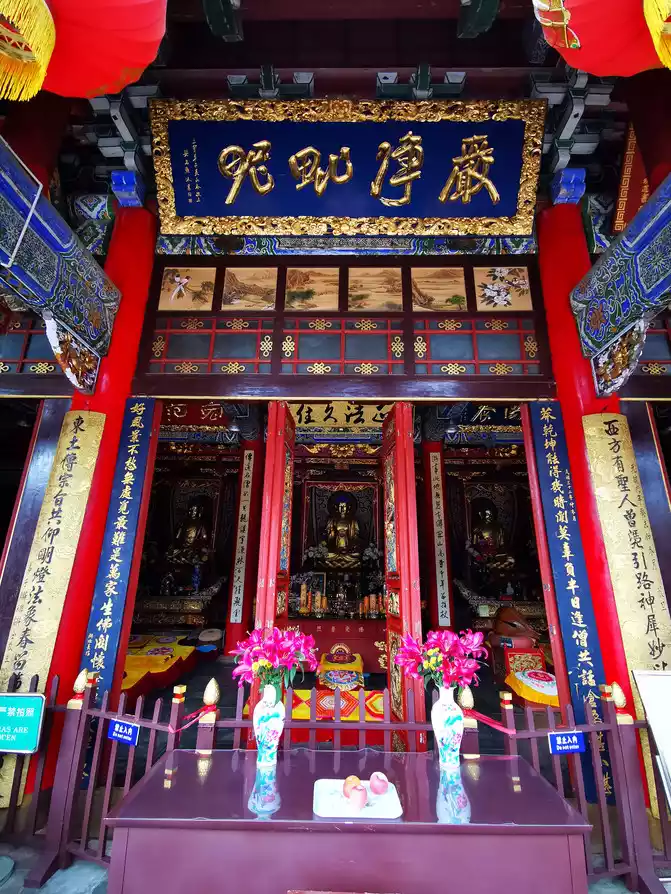
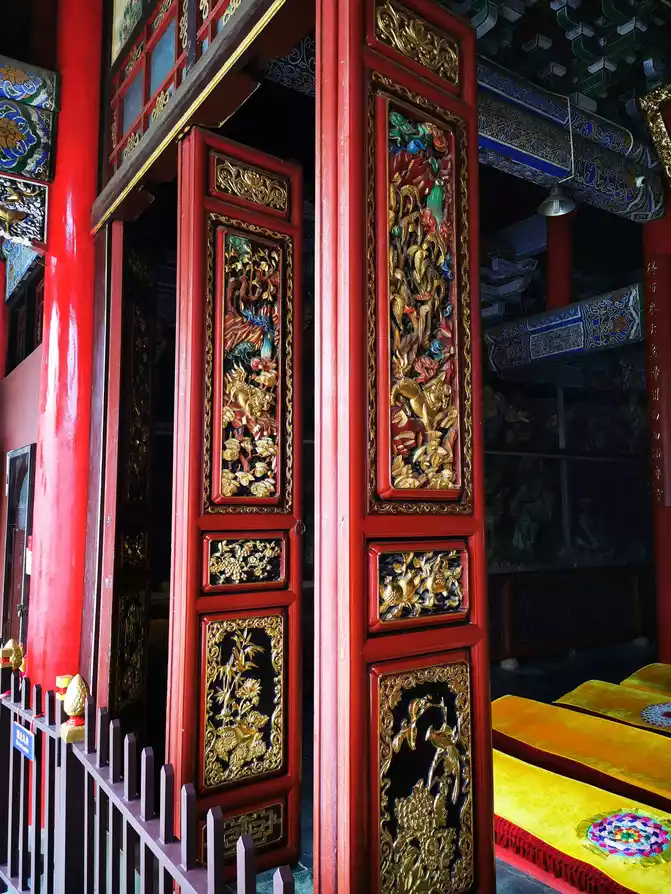
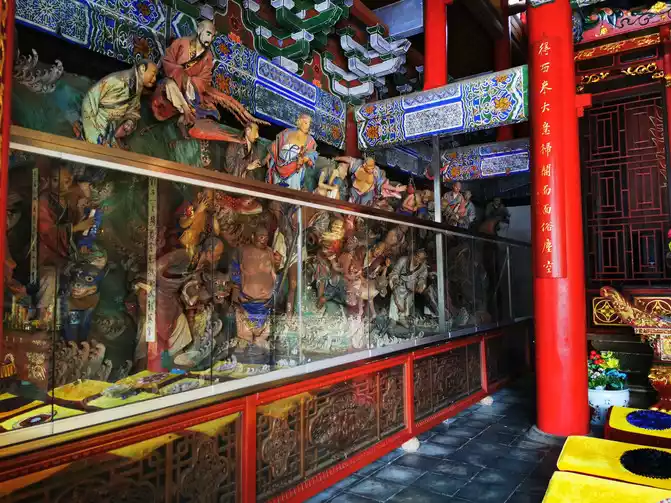
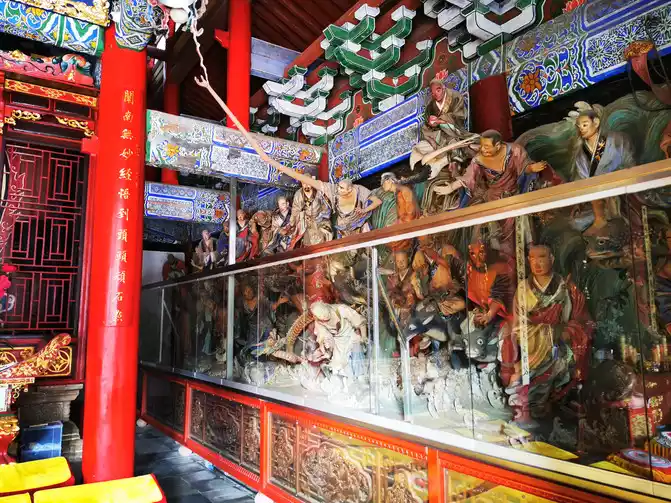
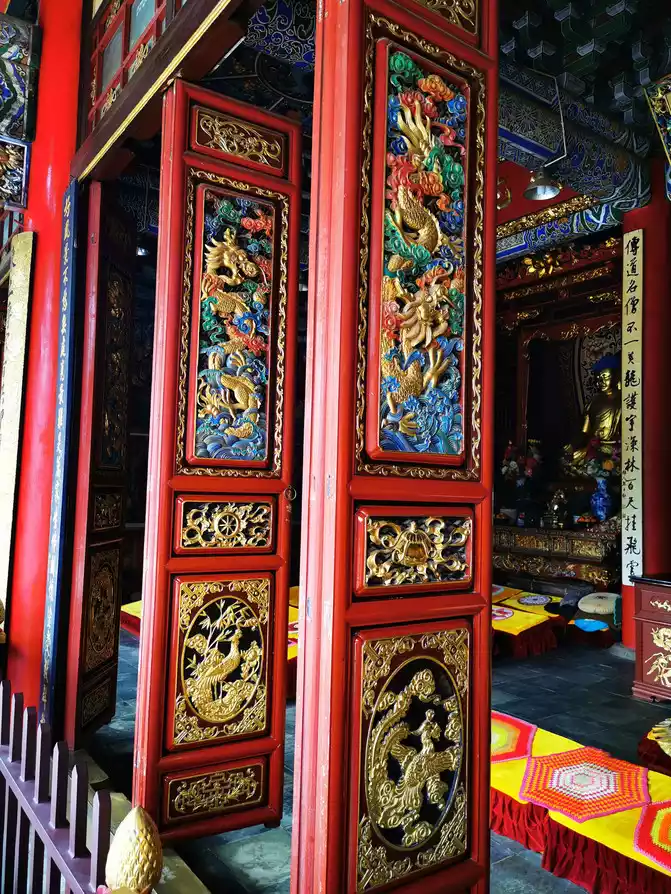
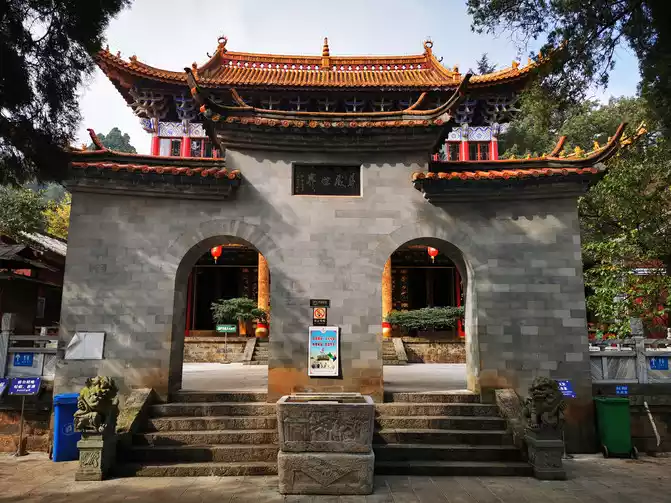
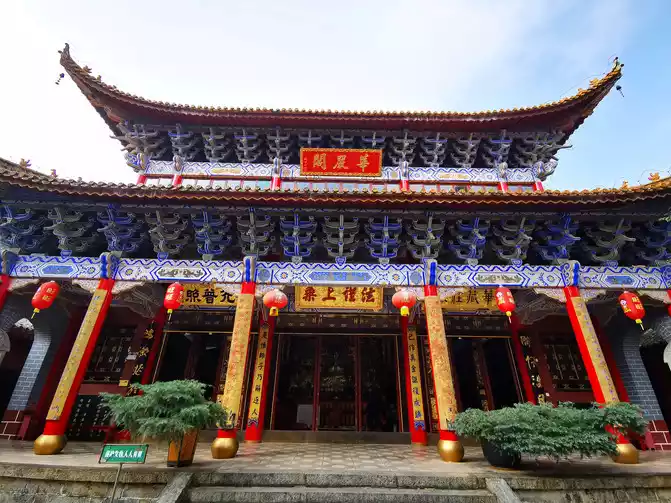
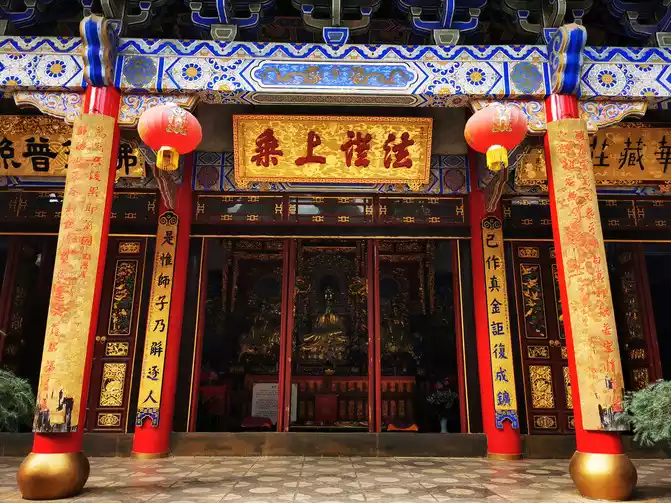
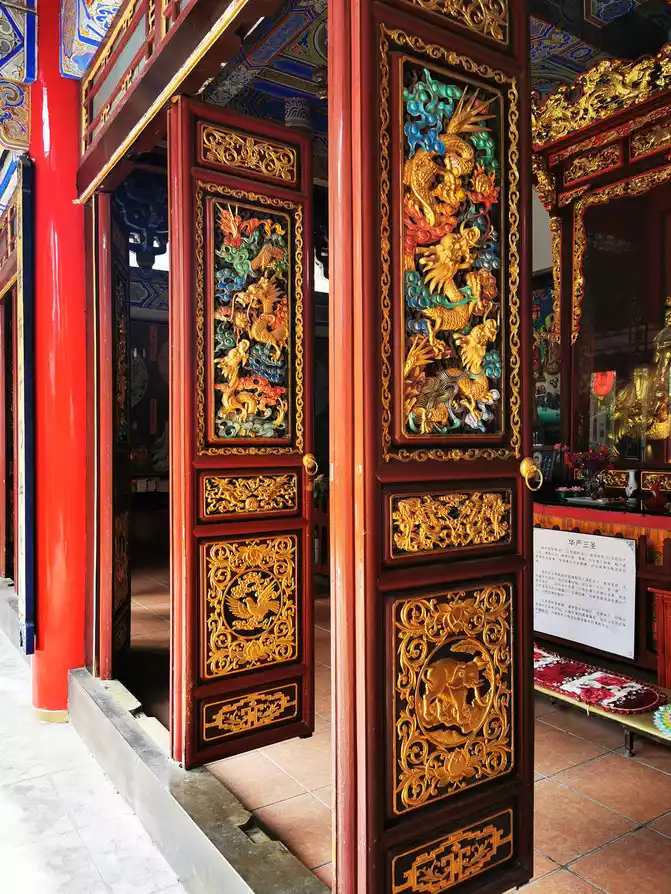
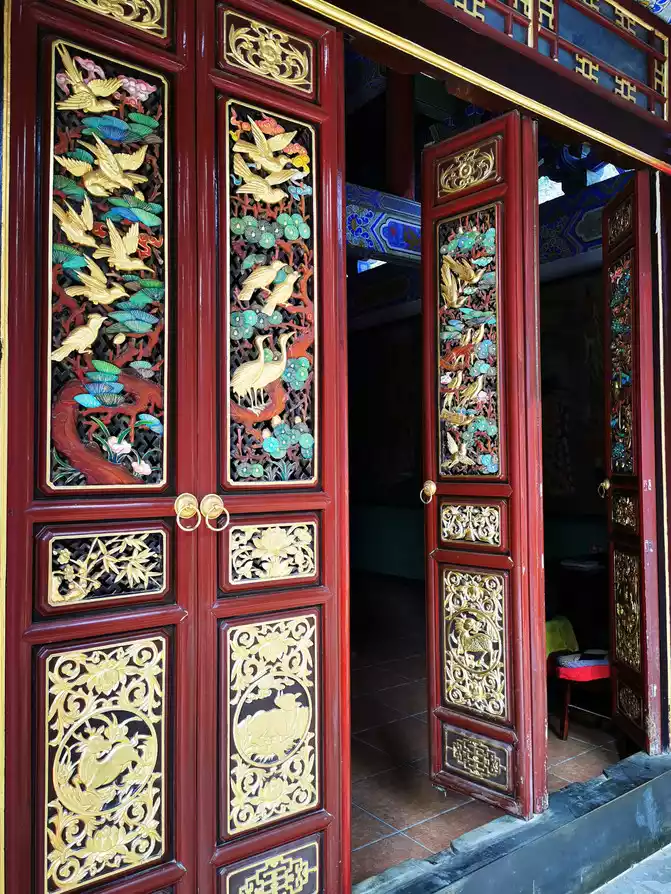
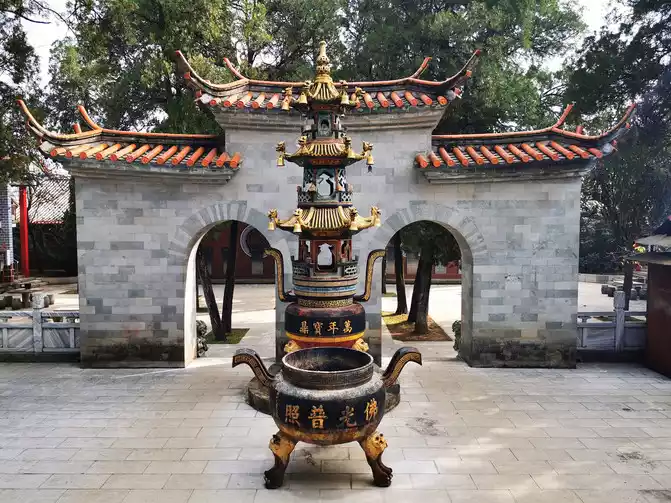
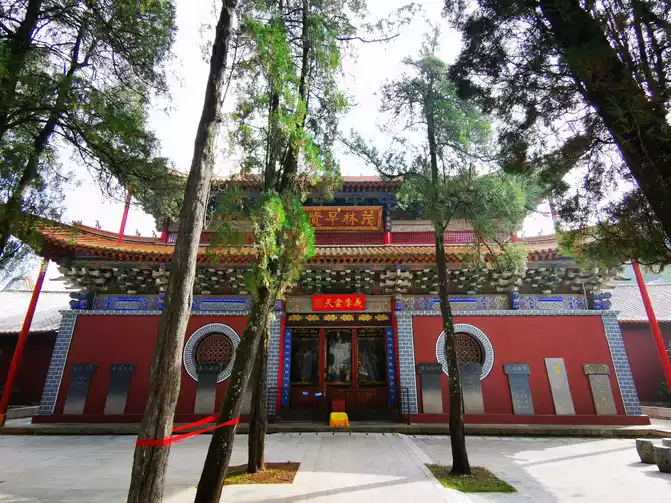
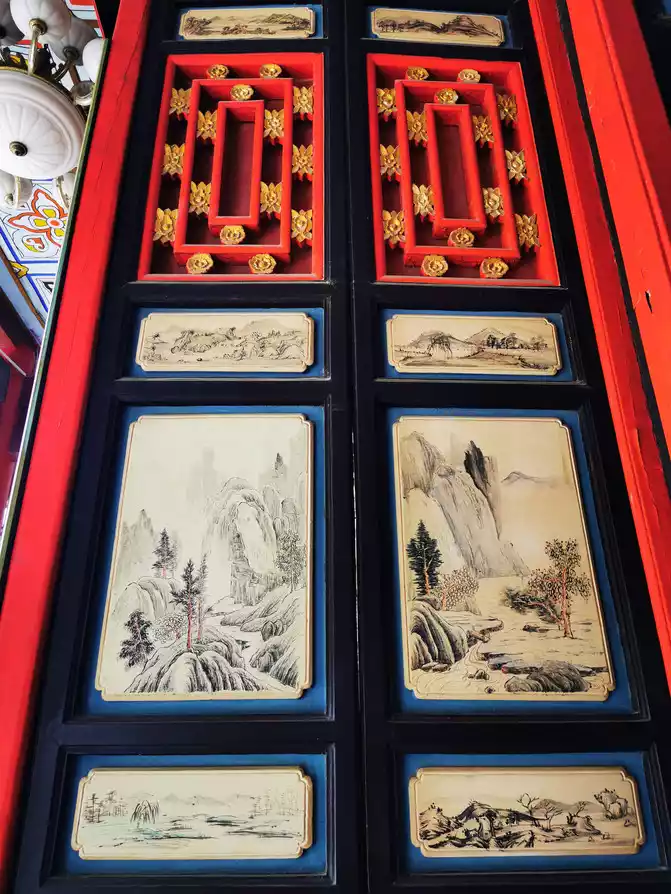
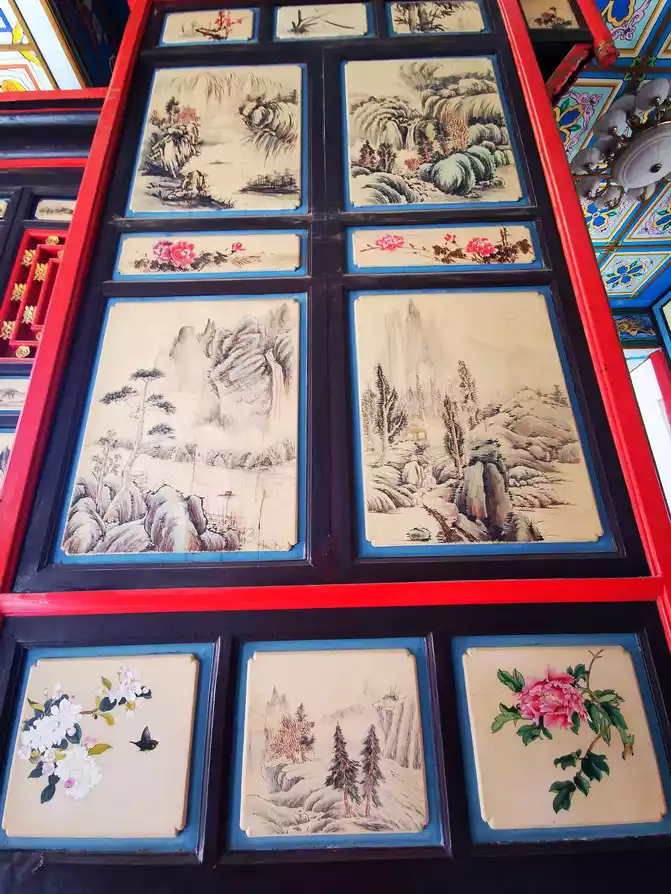
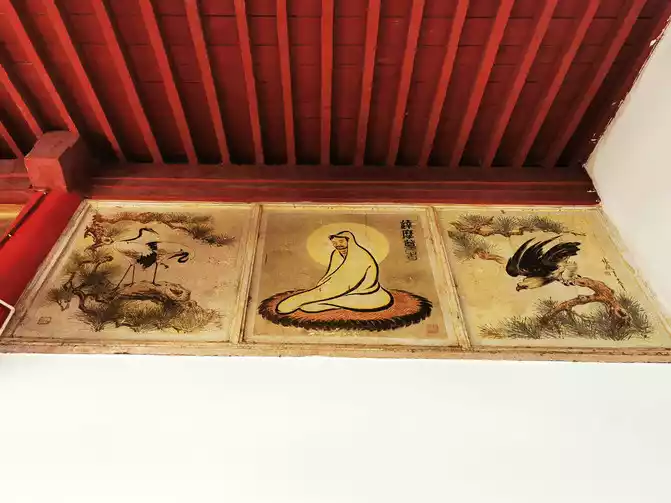
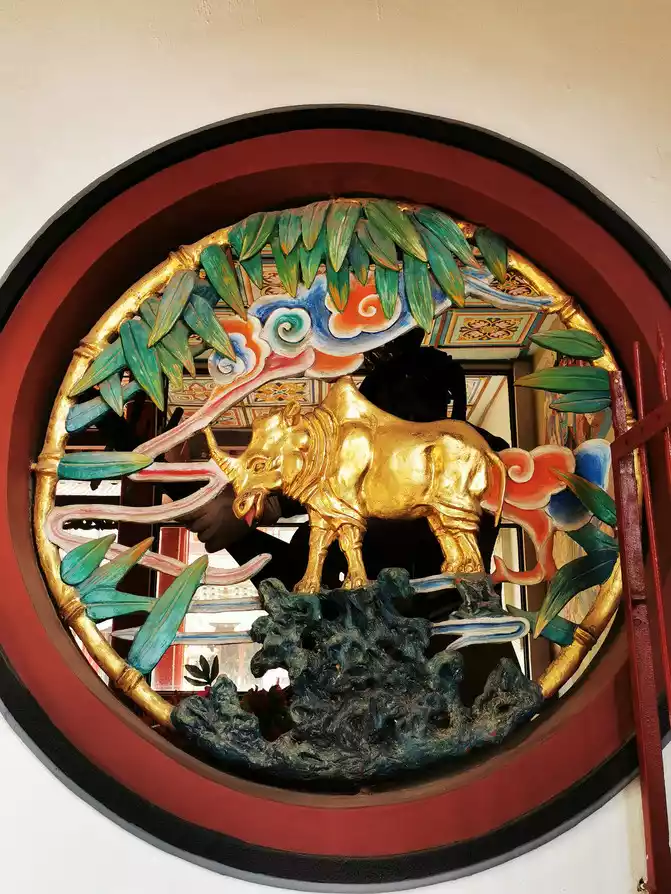
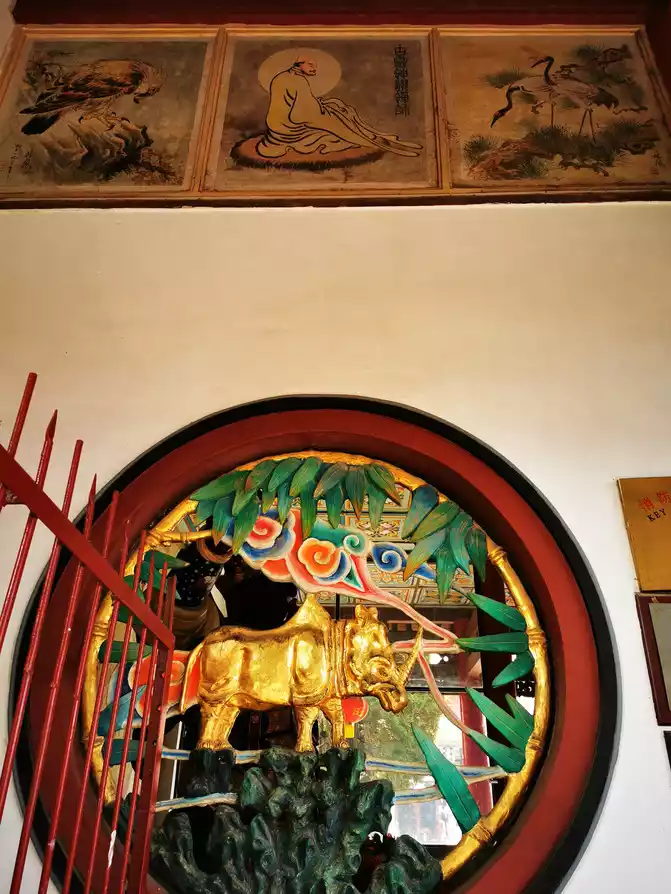
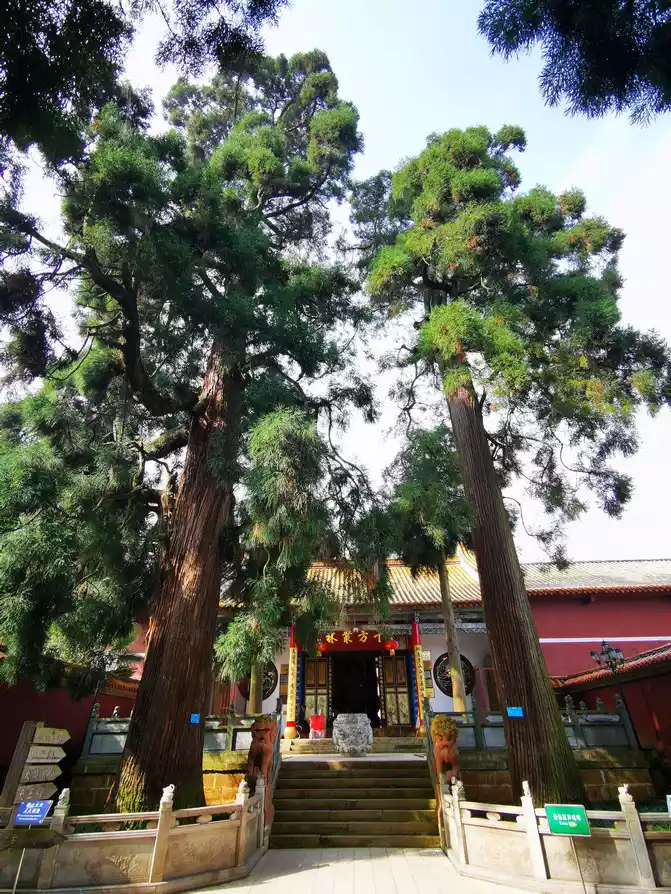
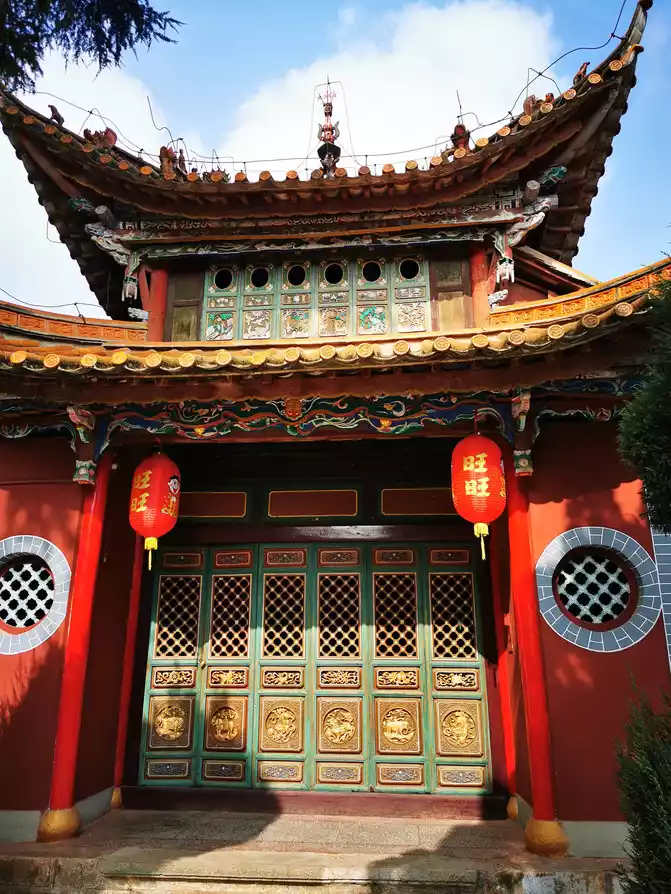
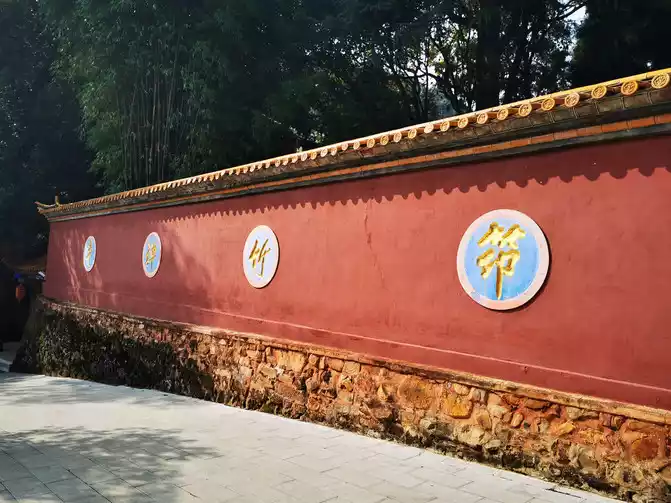
2. Black Dragon Pool Park:
Located in the northern suburbs of Kunming. Tickets are 7.5 yuan.
The park can be divided into three parts: the lower scenic area, which is the Black Dragon Palace, the upper scenic area, which is the Longquan Temple, and the garden scenic area.
The Shangxia Scenic Area has three main features:
First, the pool water is magical.
Heilongtan has two pools, deep and shallow. Both pools are surrounded by stone railings, connected by a narrow stone bridge in the middle. The stone railings were built in the fourth year of Jingtai in the Ming Dynasty, that is, 1454 AD.
The deep pool is Black Dragon Pool, also known as Qingshui Pool. It is round in shape and covers an area of 600 square meters. The spring water gushes out from the bottom of the pool and is relatively clear, with a maximum depth of 15 meters. The shallow pool is located in the northeast of the deep pool. The spring water is slightly yellow and is called the muddy pool. It covers an area of 2,600 square meters and the water depth is 0.5 meters.
The Black Dragon Pond is magical in two ways. The clear and muddy pools are only a few steps apart, but the water colors are completely different, one is clear and the other is muddy, one is deep and the other is shallow, like the Taoist "Tai Chi Diagram" with half yin and yang.
The second is the remains of ancient buildings, which demonstrate the rich Taoist cultural atmosphere.
Before entering the temple, you will see a stone archway. On the front of the archway is a plaque with the words "Pine Feng Shui Yue" and a couplet: Pure seclusion in the deep mountains without worldly benefits, living in a secluded fairy cave with happiness and innocence. It means living quietly in the mountains, without any worldly worries, living quietly in a fairy cave, and being willing to obey your true nature. ——Succinctly and comprehensively expresses the Taoist pursuit of achieving enlightenment and becoming immortal, transcending the secular world, not being burdened by things, and living as peacefully as in a fairyland.
On the back is a plaque with the words "Tao follows nature" and a couplet:
Tao produces one, one, two, two, three and three gives rise to all things.
Man follows the law of earth, earth, heaven and heaven, Tao follows nature.
After reading it, I feel the profoundness of Taoism. The general idea is that human beings must obey the laws of nature and not violate the laws of heaven. Only then can heaven, earth and humans live in harmony, maintain balance, and achieve the unity of heaven and man. ——Use the thimble technique and exquisite language to express the profound philosophical thoughts of Taoism.
The two couplets express the essence of Taoist thought: Tao follows nature, and heaven and man are one.
The mountain gate entering Longquan Temple is an archway with a plaque with the words "Ziji Xuandu" on a red background and gold characters. Above this plaque are the three words "Longquan Temple" in gold characters on a blue background. On both sides are the "Tianqing" and "Ditai" gates.
Longquan Temple is a Taoist architectural complex that was first built in the Yuan Dynasty.
Longquan Temple is divided into 5 entrances and 13 large and small courtyards, including the Thunder Goddess Hall, the North Pole Hall, the Jade Emperor Hall, the Sanqing Hall, Changchun Zhenren Temple, and Tongmiao Zhenren Temple. The entire building complex rises from south to north along the mountain: the Ziji Xuandu Mountain Gate on the first floor, the Thunder Temple on the second floor, the Arctic Hall on the third floor (now the Zushi Hall, with Doumu Pavilion on the side), the Jade Emperor Hall on the fourth floor, and the Sanqing Hall on the fifth floor; all the palaces have side halls and wing rooms.
The multi-layered structure of rising stairs should embody the depth of Taoism and the need to climb and persevere to believe in religion.
There is a couplet in the Patriarch's Hall: The universe is originally invisible and the Tao runs through ancient and modern times. Who has opened up the chaos? The original nature and virtue of Yin and Yang are towering. Look at me, come and recreate the universe. ——Express Taoist self-confidence to your heart’s content.
Not only are the buildings rich in Taoist culture, but the sounds of wooden fish and copper chimes complement the unique chanting of scriptures, filling the entire temple with a calming atmosphere.
The ancient building complex next to Longtan is the "Black Dragon Palace", commonly known as Xiaguan. It was first built in the 27th year of Hongwu in the Ming Dynasty, that is, 1394 AD. In the fourth year of Jingtai in the Ming Dynasty, that is, 1454 AD, the Black Dragon Palace was rebuilt by the Mu family, the hereditary Duke of Guizhou.
The Black Dragon Palace has three entrances and four courtyards, with lush green trees, simplicity and elegance. The main hall is dedicated to the Dragon King, and the side hall is dedicated to statues of water tribes and other people. In 1966, during the Cultural Revolution, all the statues were destroyed. On the wall of the main hall of the Dragon Palace is a stele inscribed by Fan Chengxun, governor of Yunnan and Guizhou during his visit to the Black Dragon Pond during the Kangxi period of the Qing Dynasty. On November 3, 2000, a large number of golden thread fish swam out of the clear water in Heilongtan. The Kunming news media reported it, which aroused widespread social concern. The Black Dragon Palace was restored as a historical tourist area.
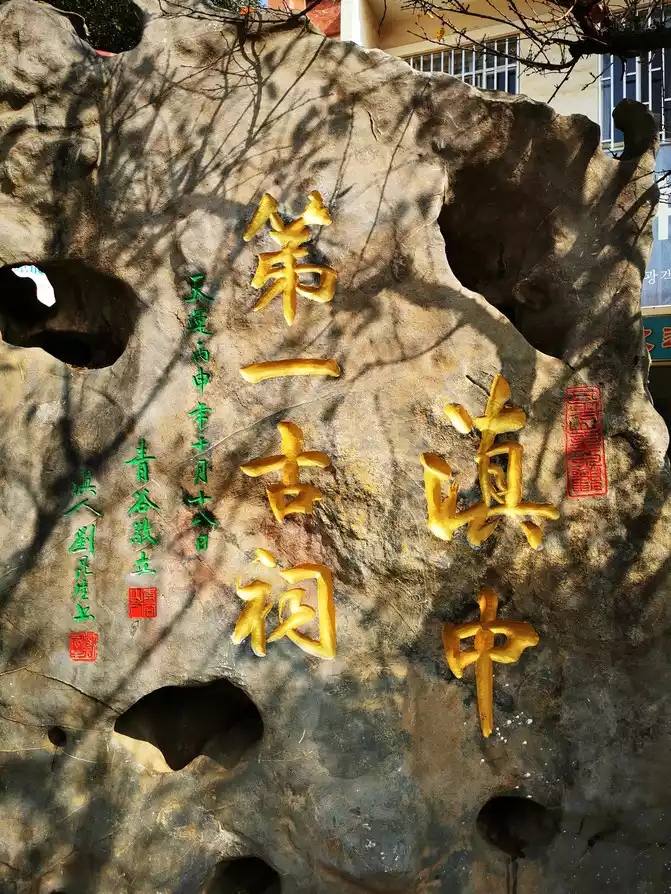
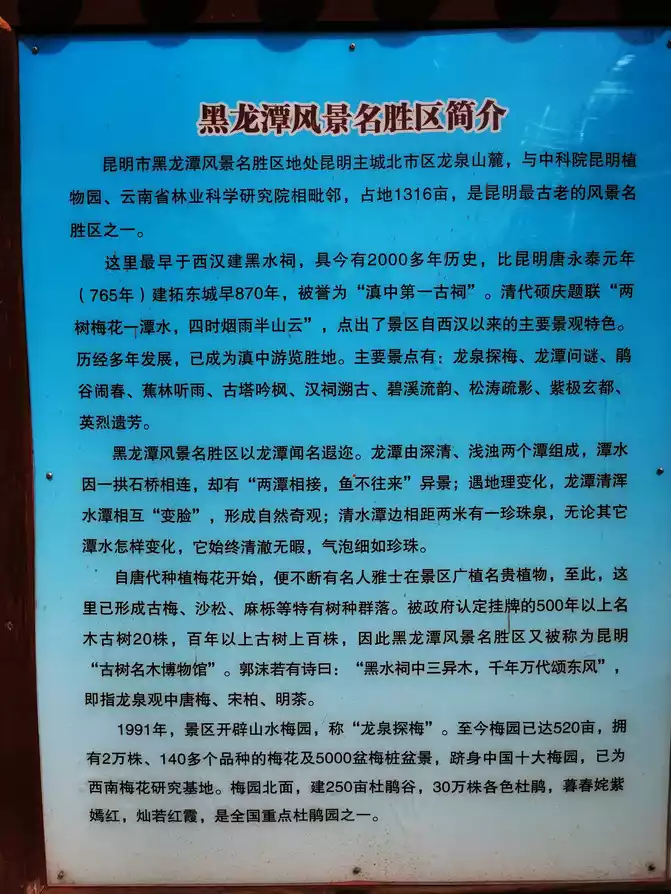
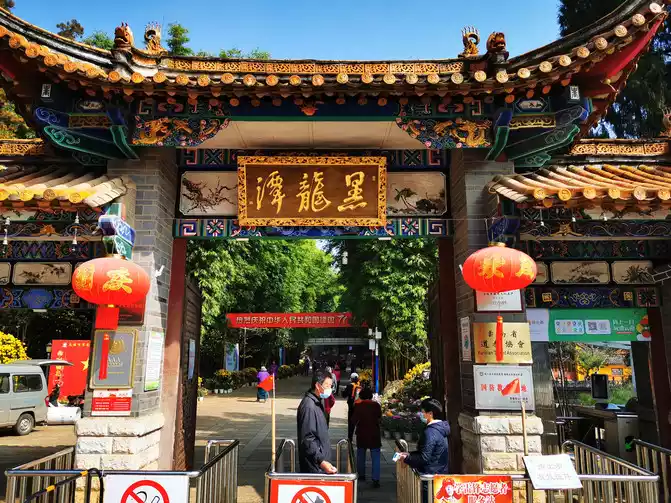
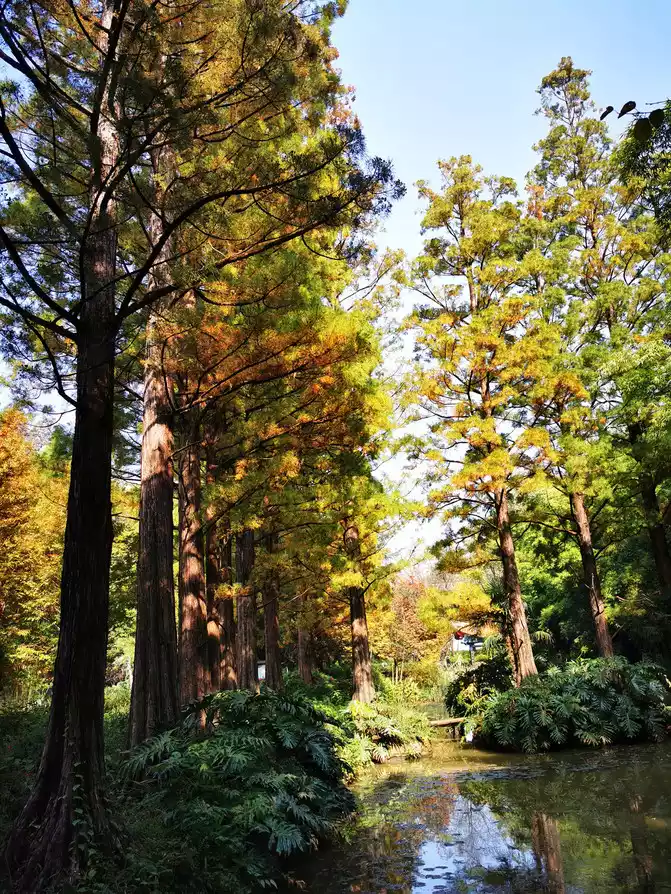
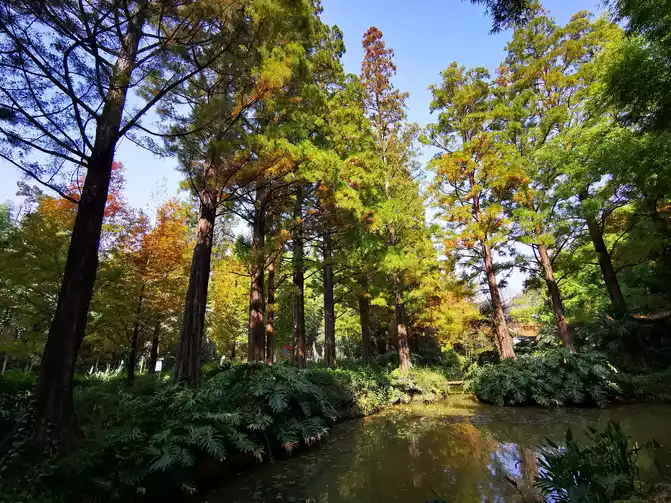
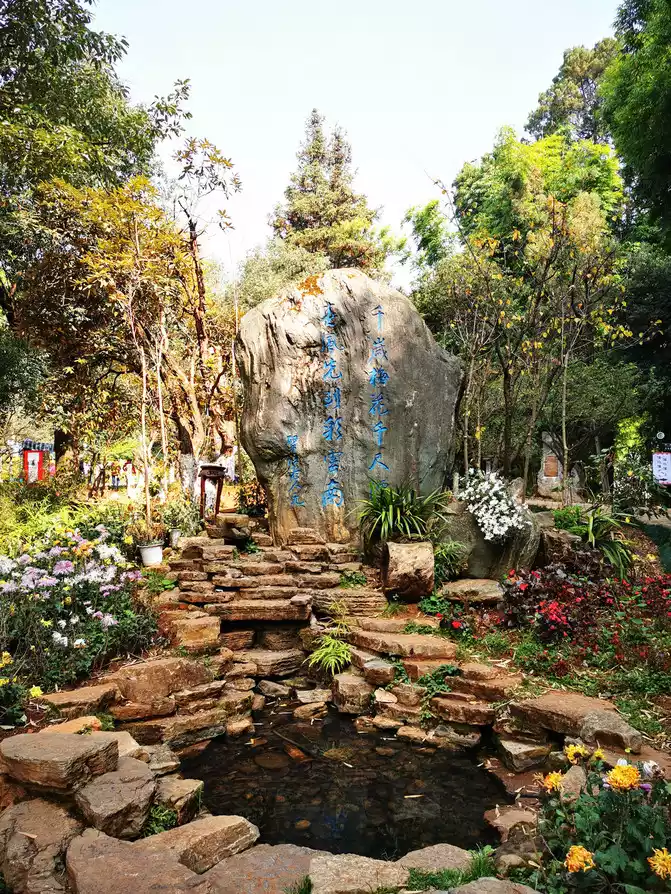
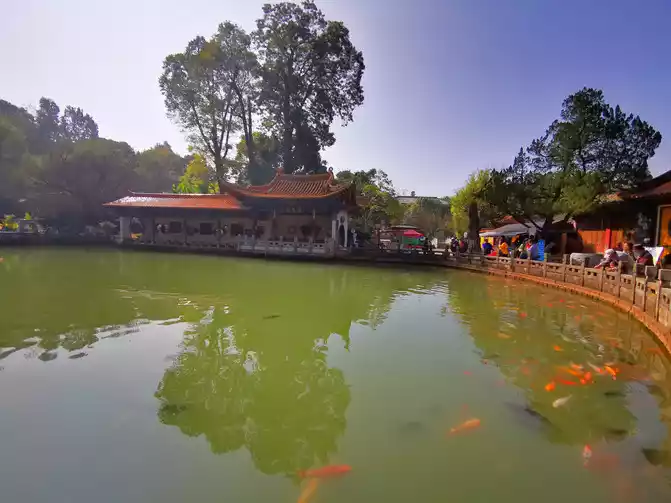
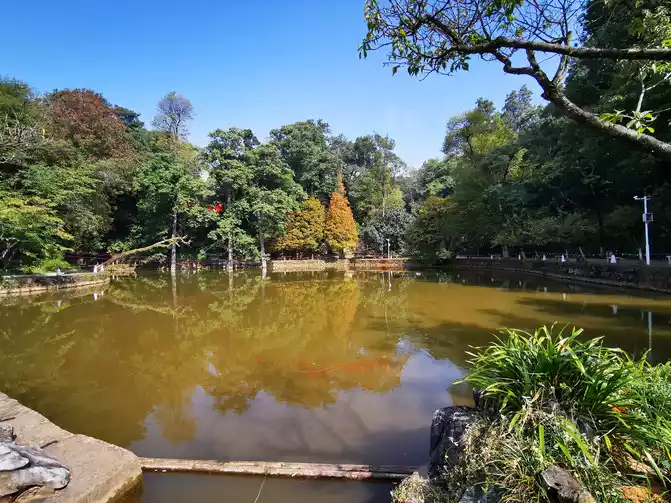

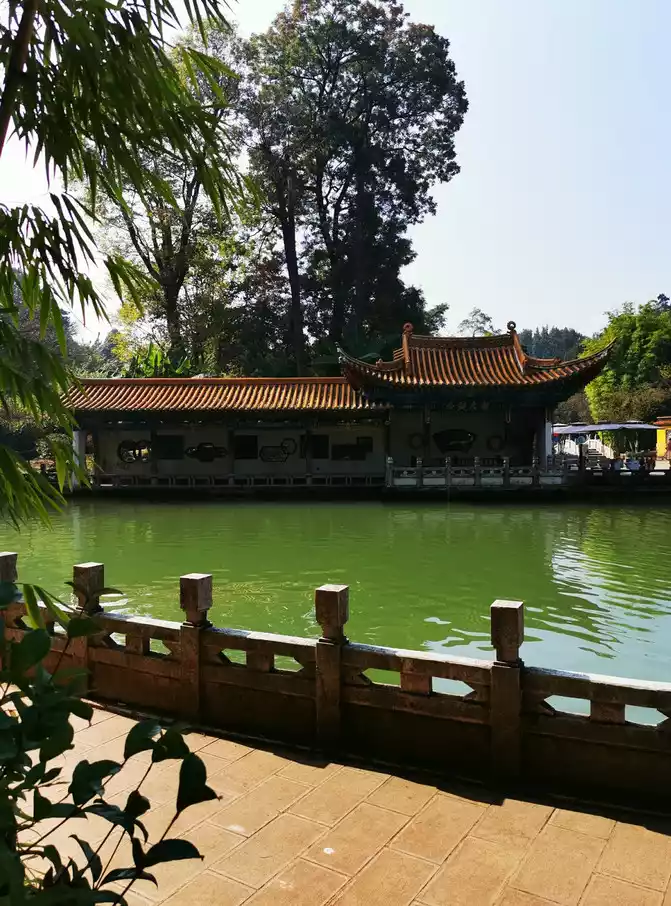

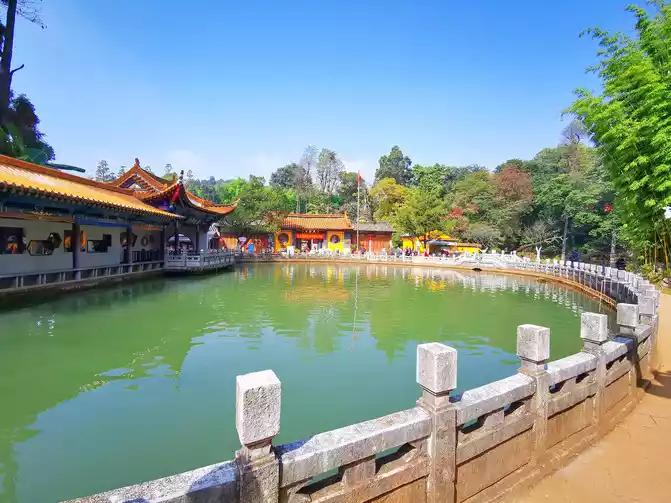
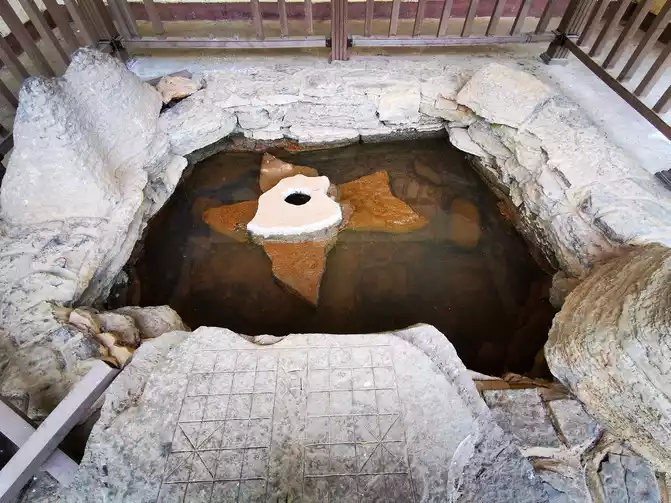
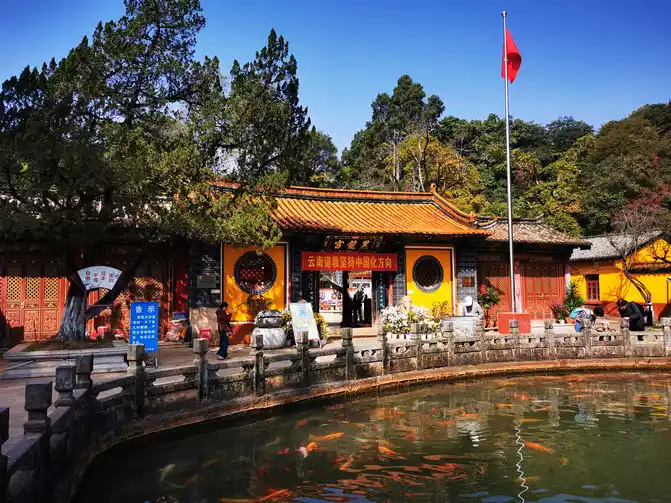
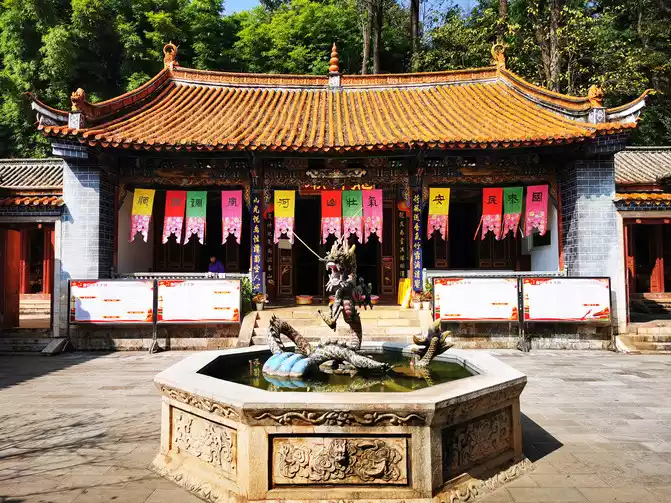
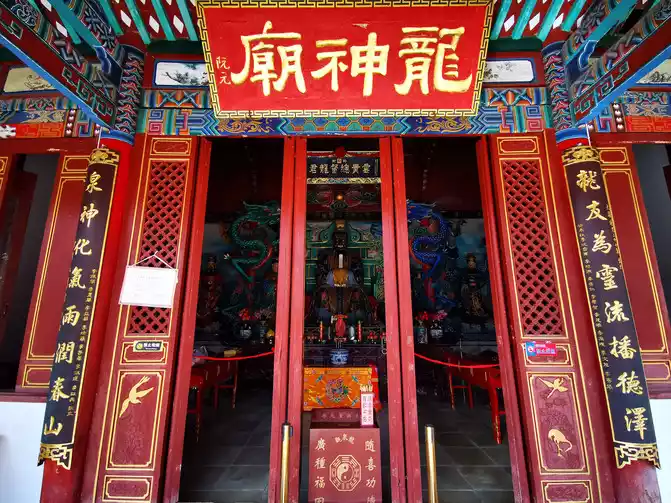
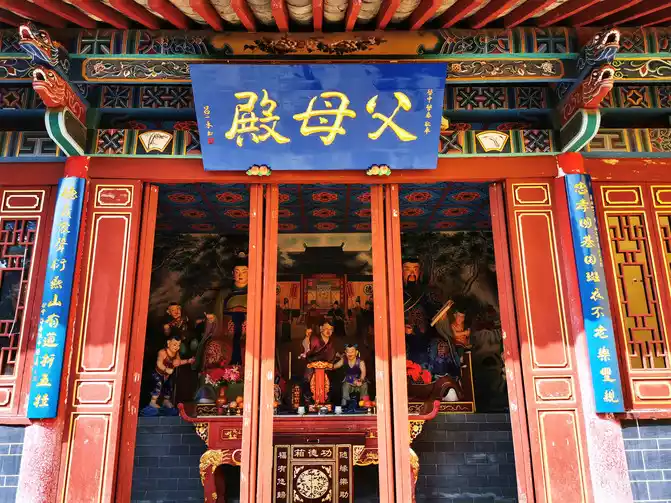
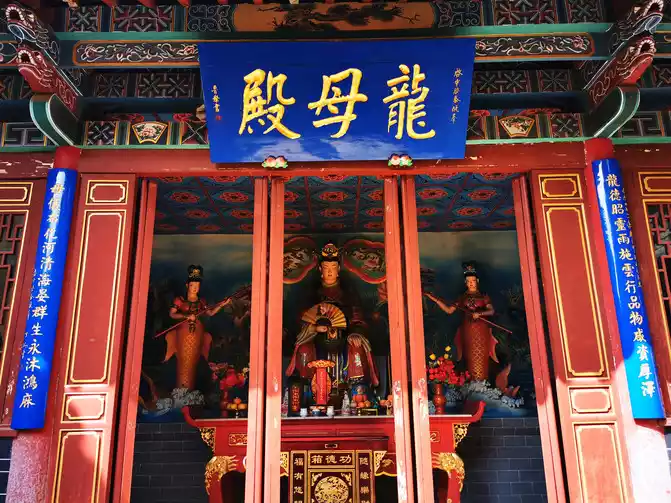
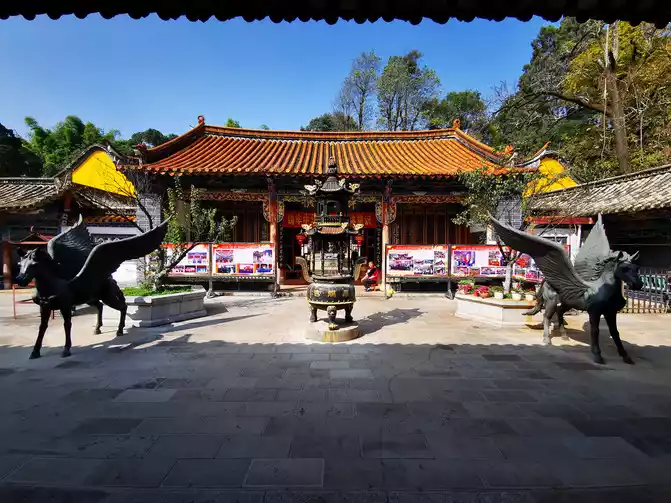
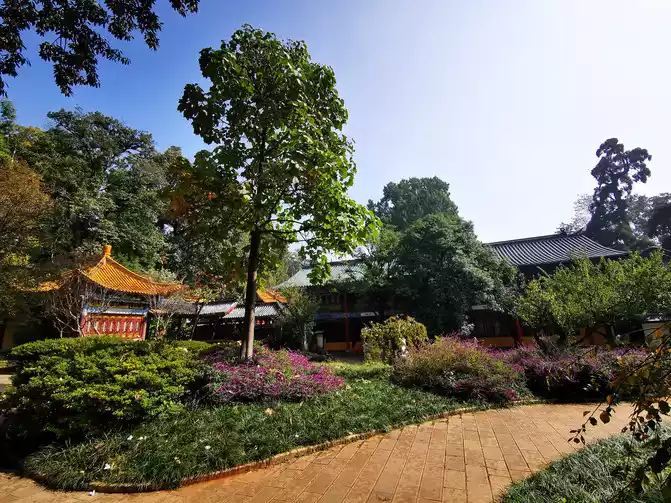
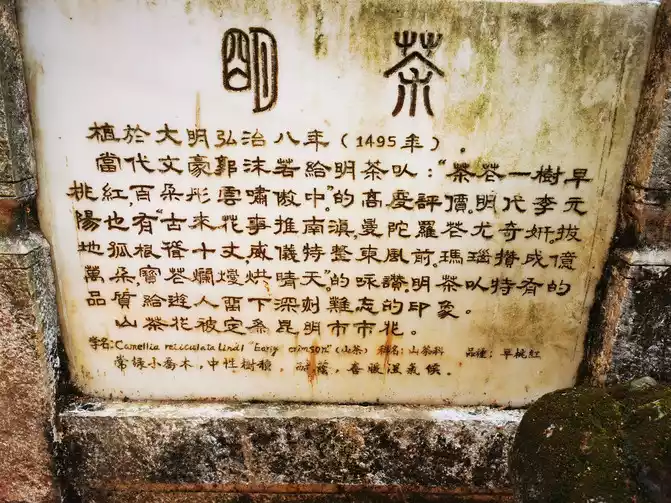
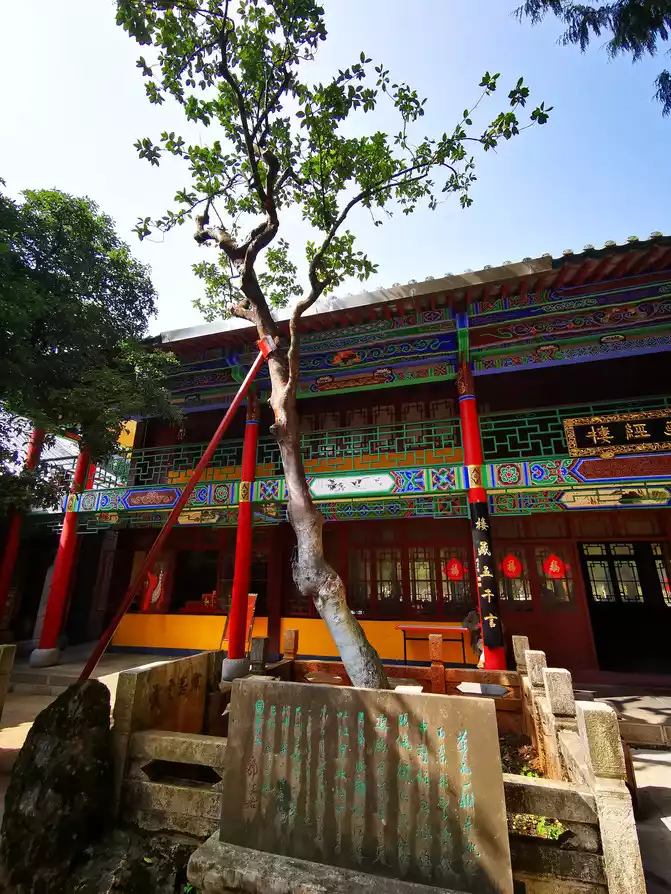
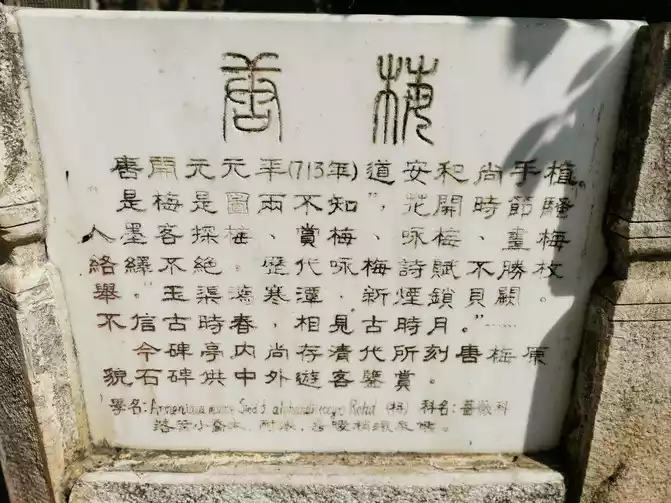
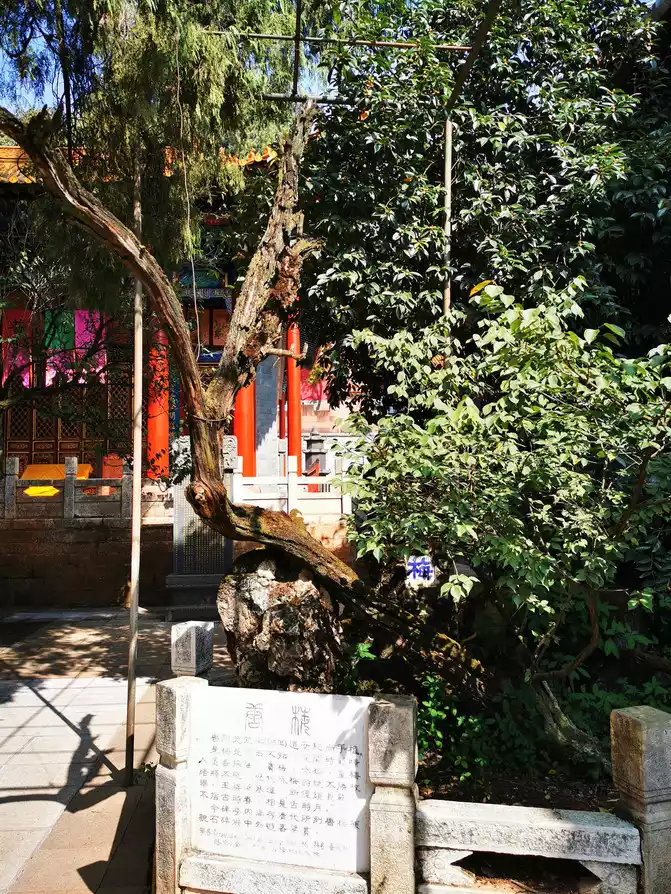
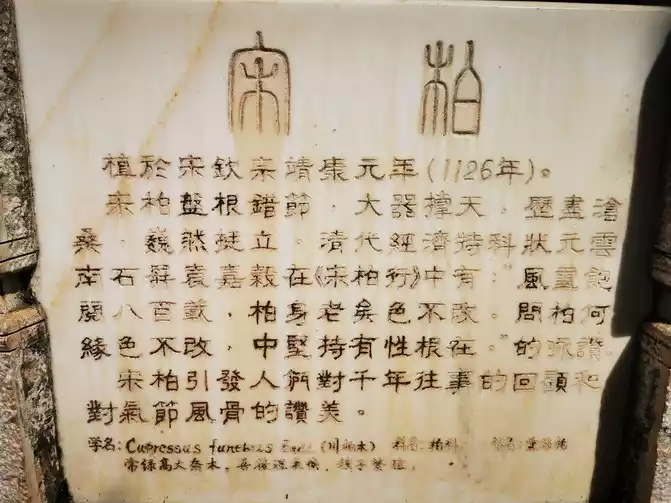
Song Bai's pictures cannot be uploaded if they exceed 10M.
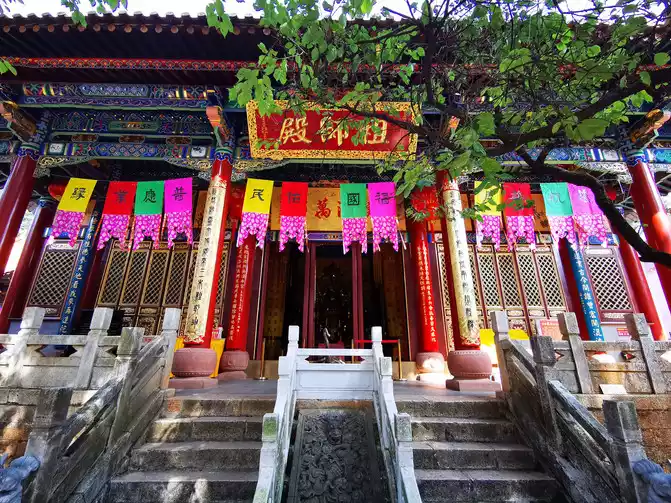
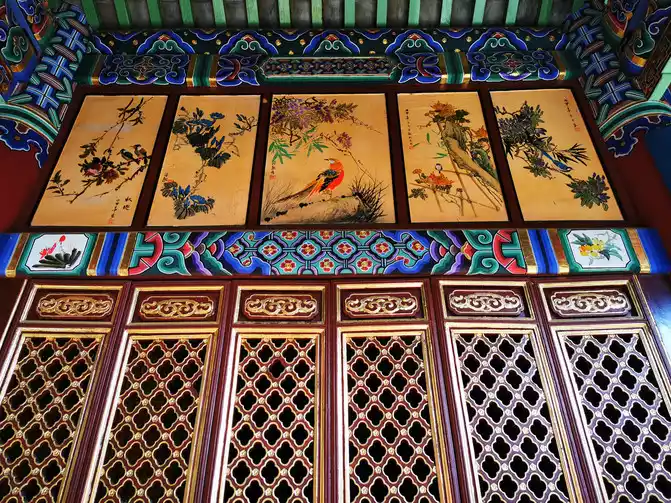
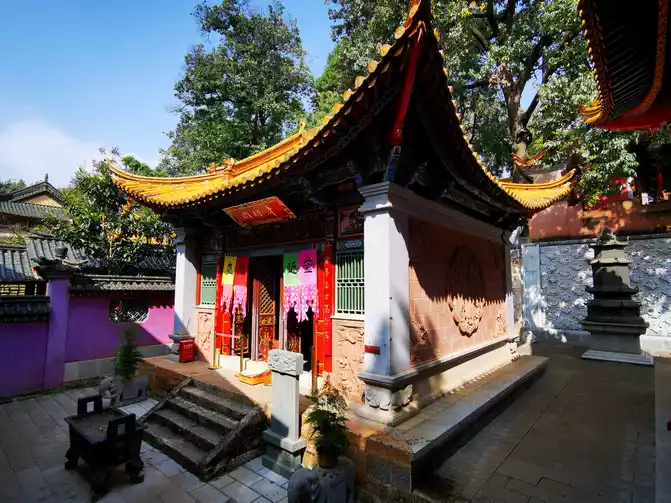
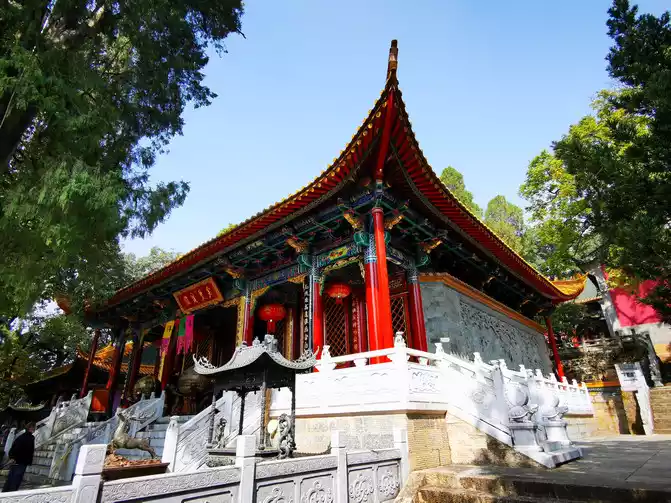
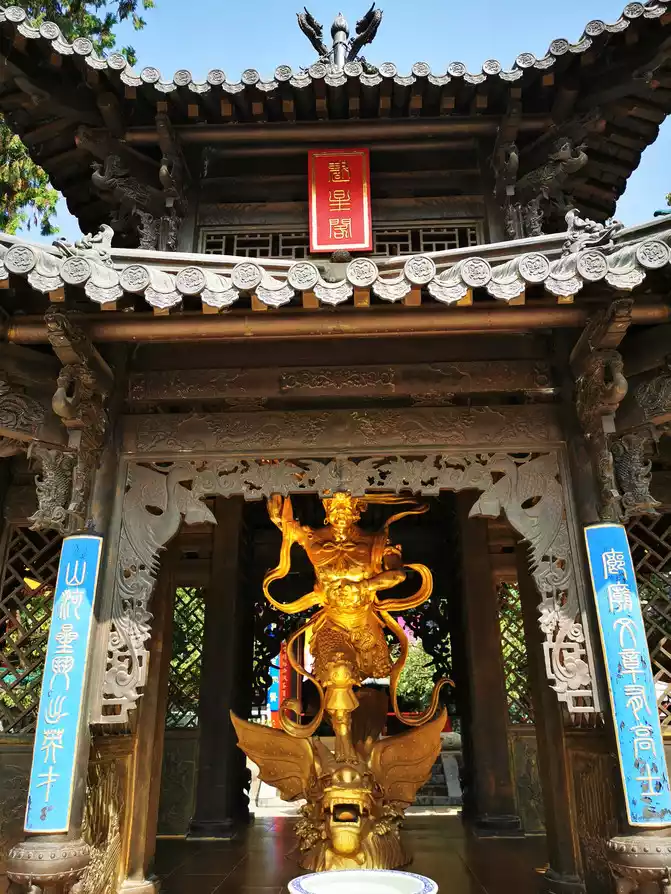
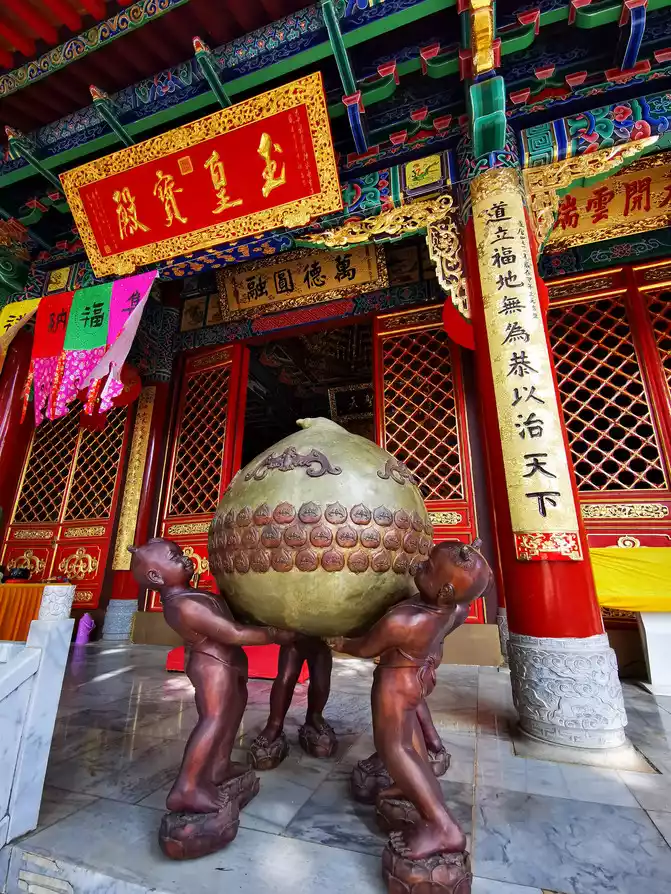
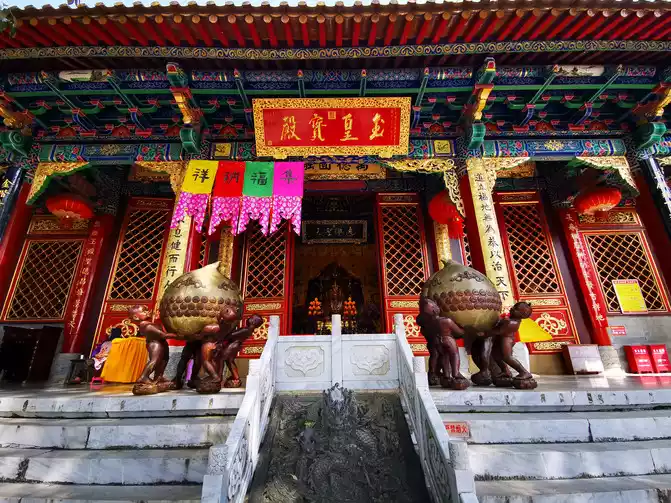
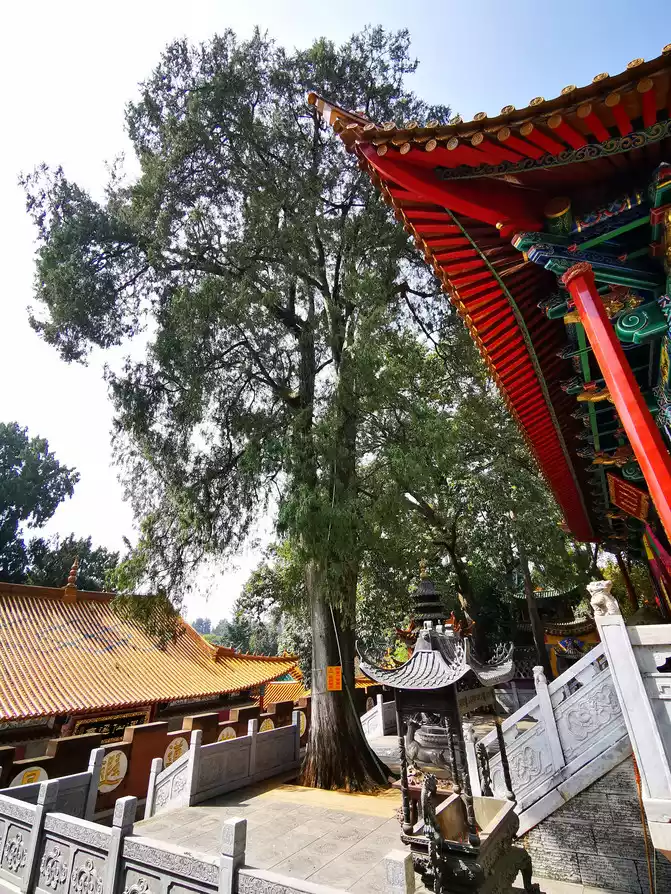
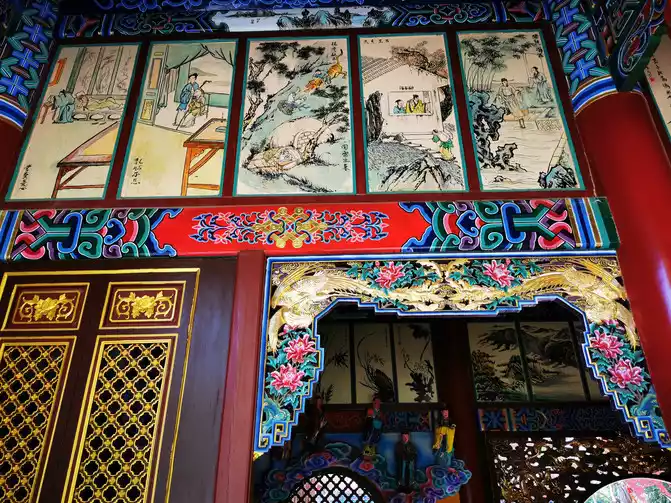
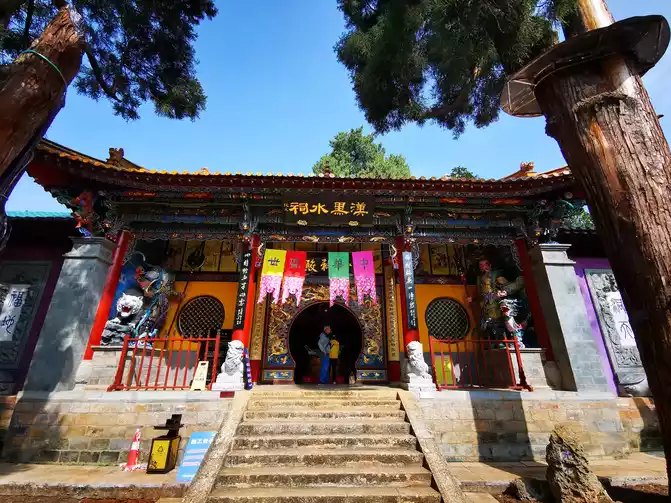
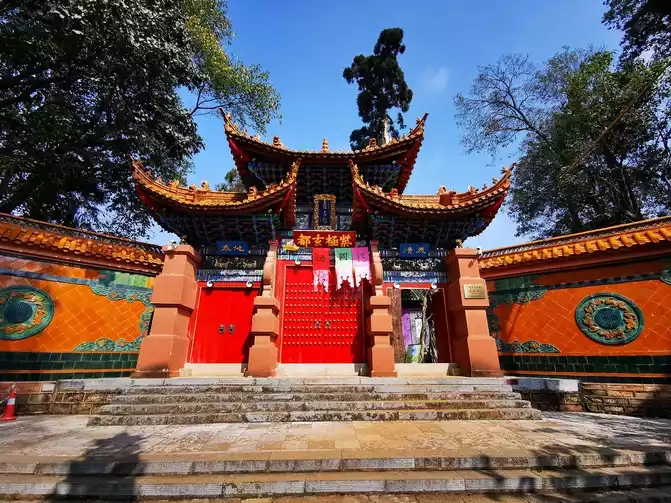
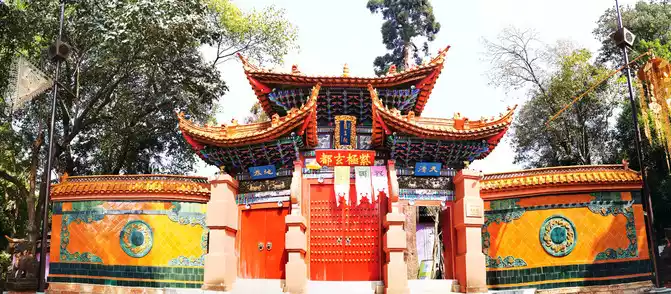
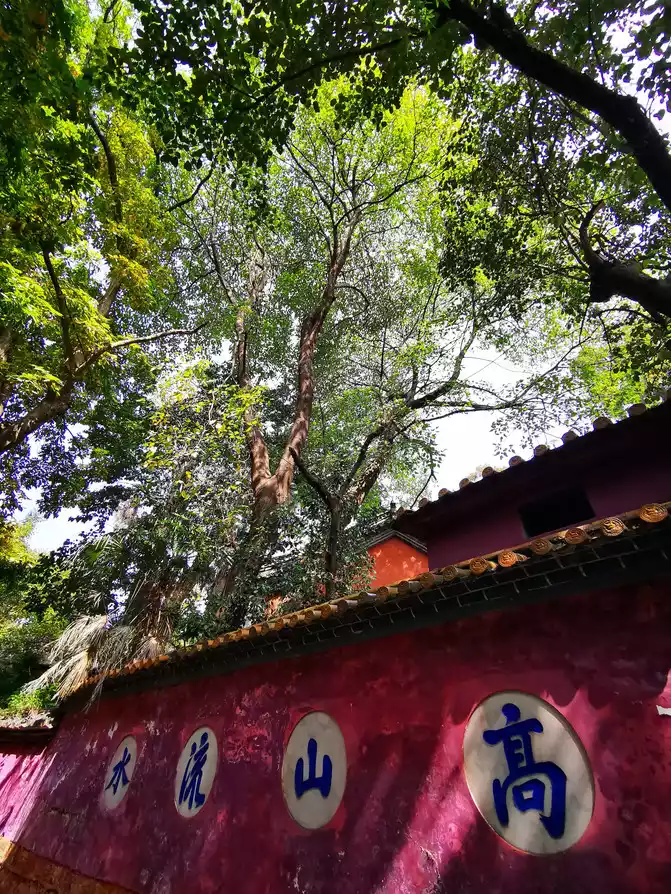
Green Lake Park:
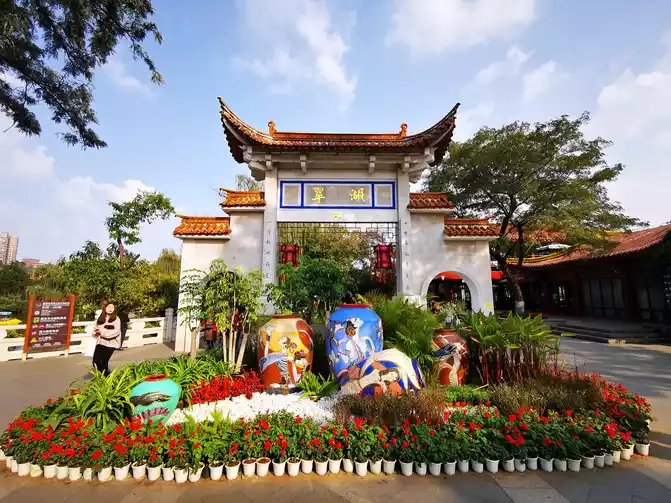
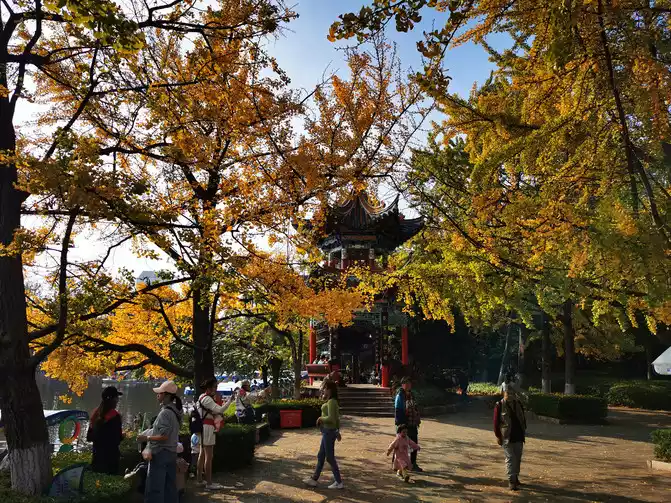
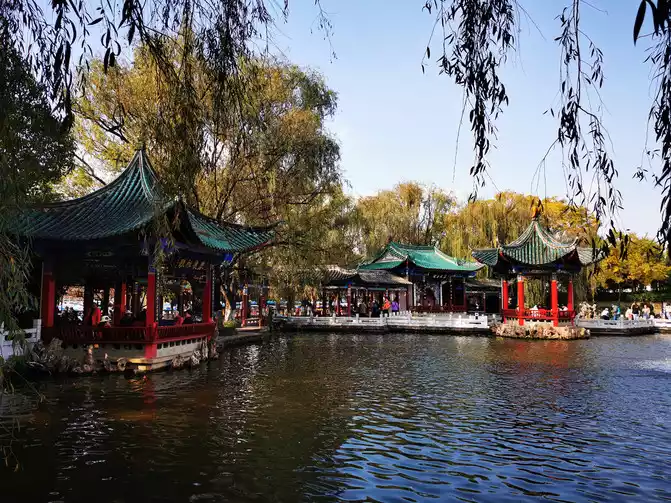
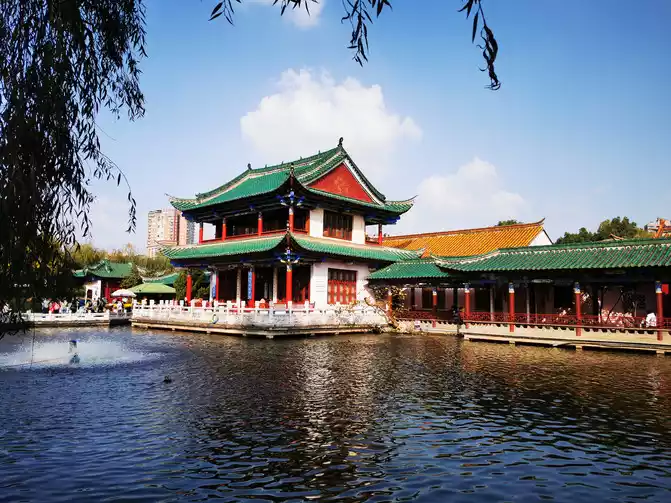
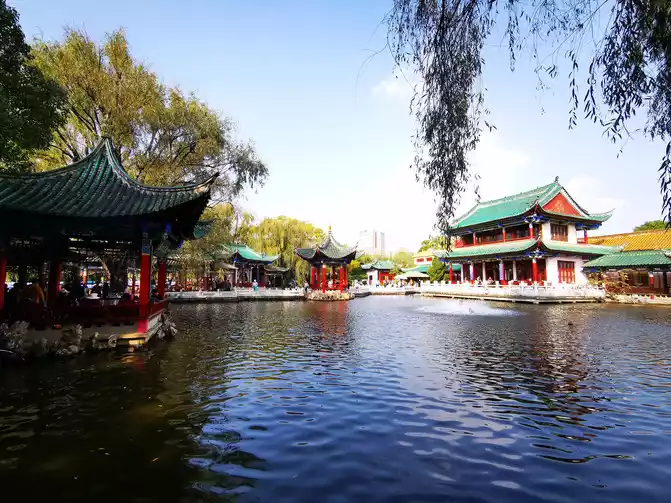
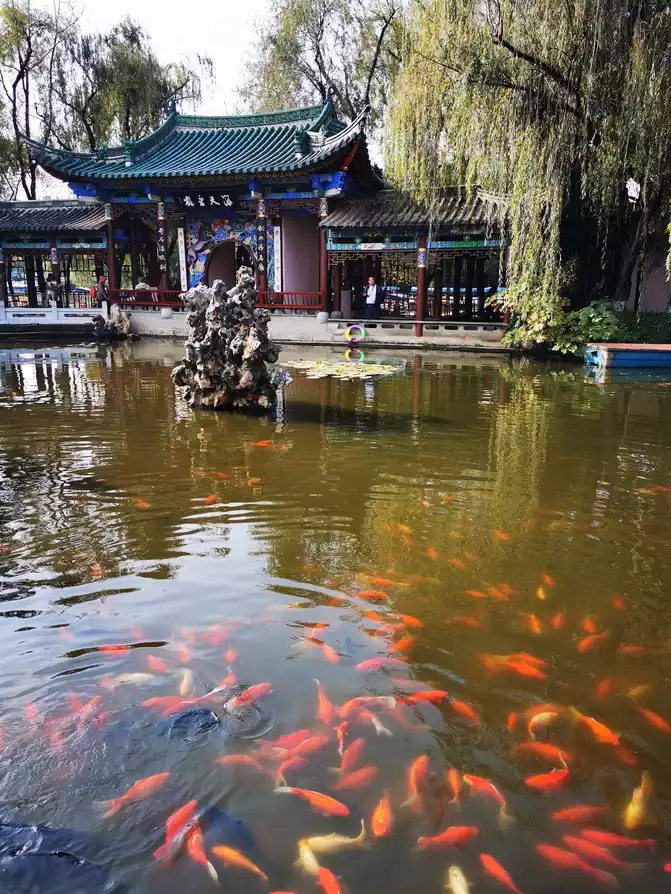
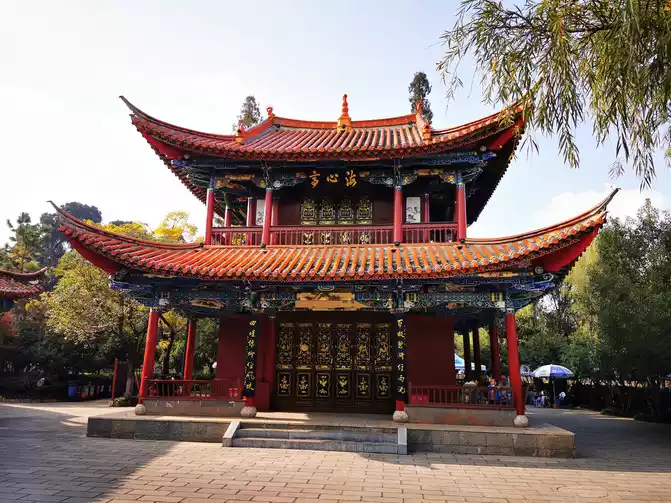
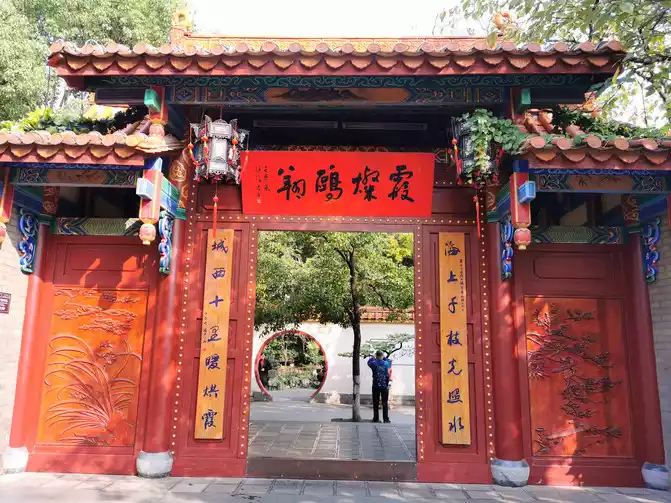
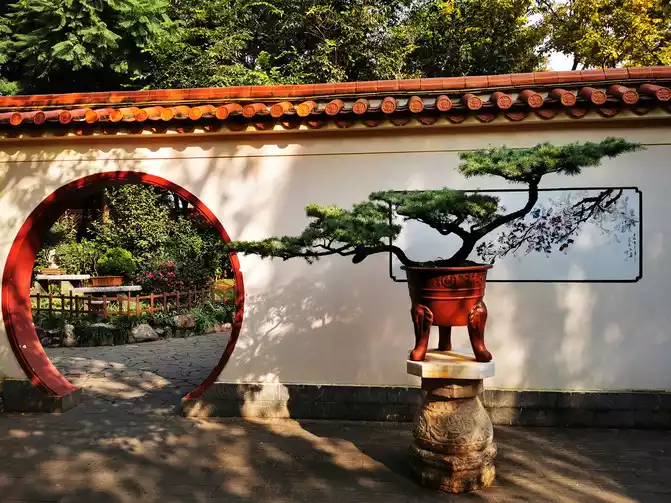
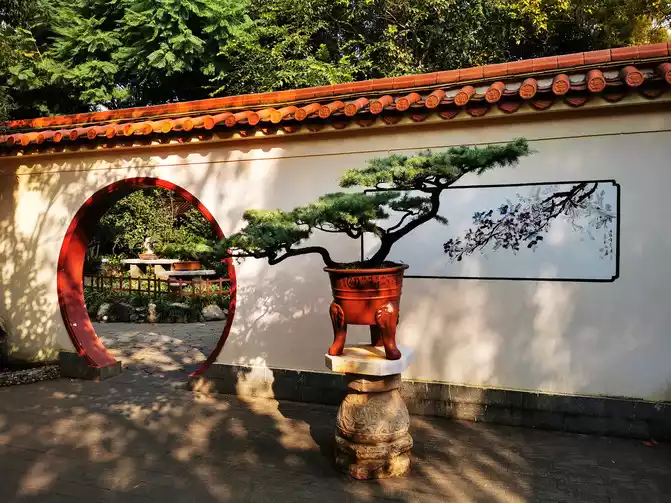
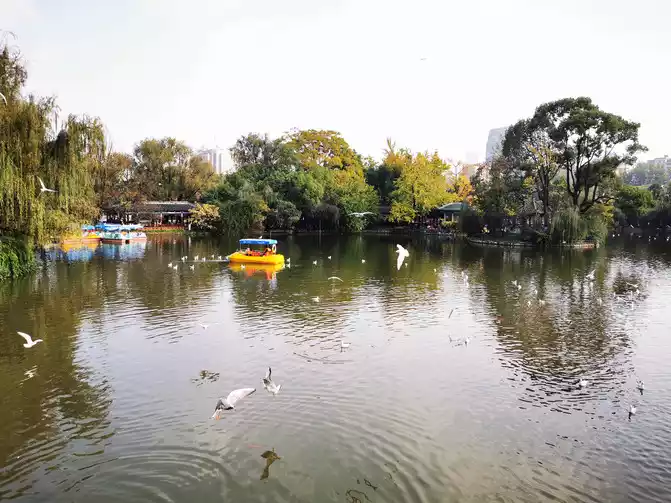
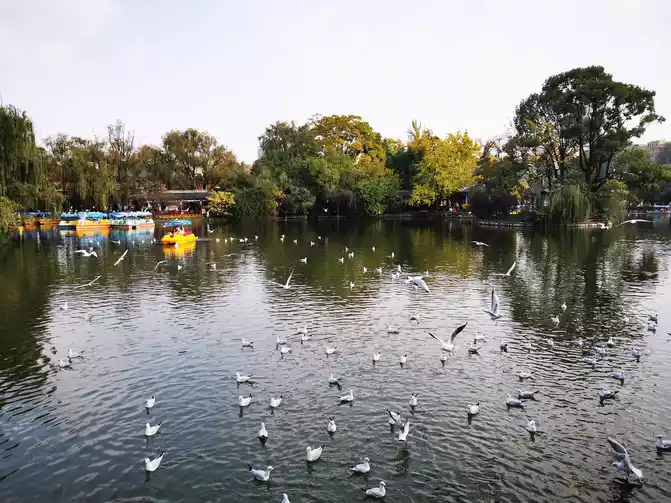
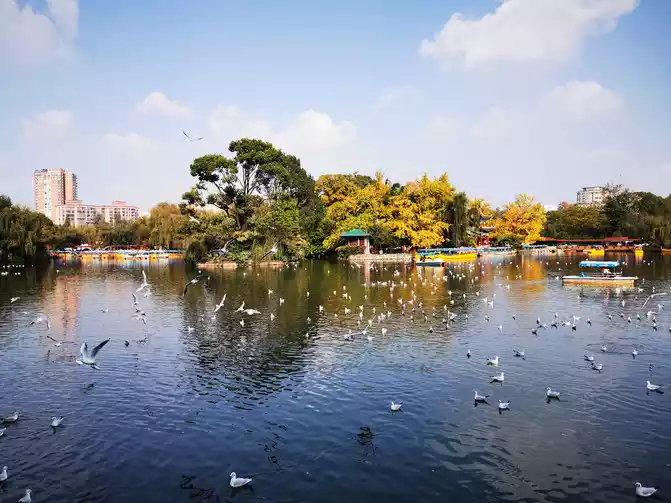
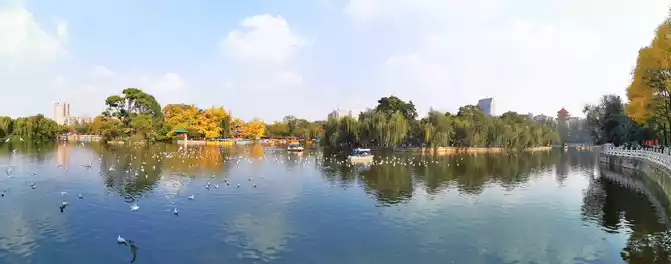
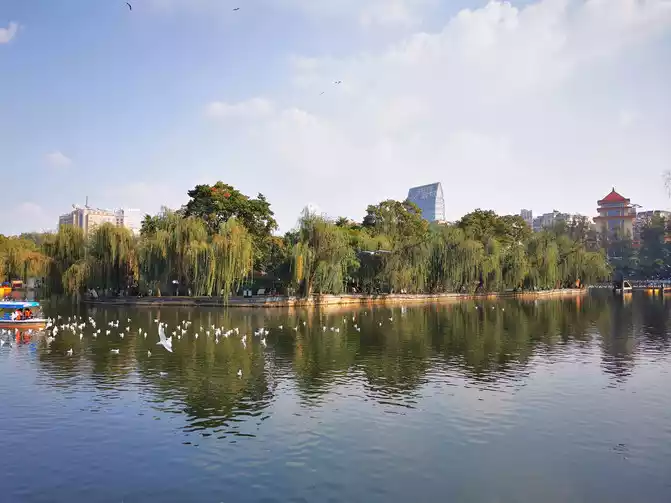
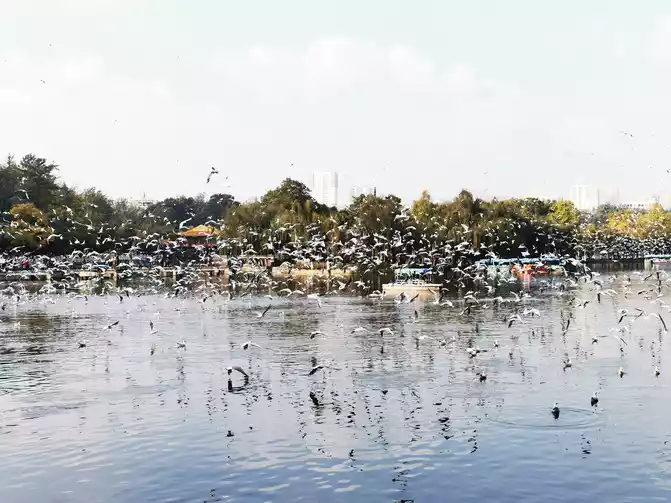
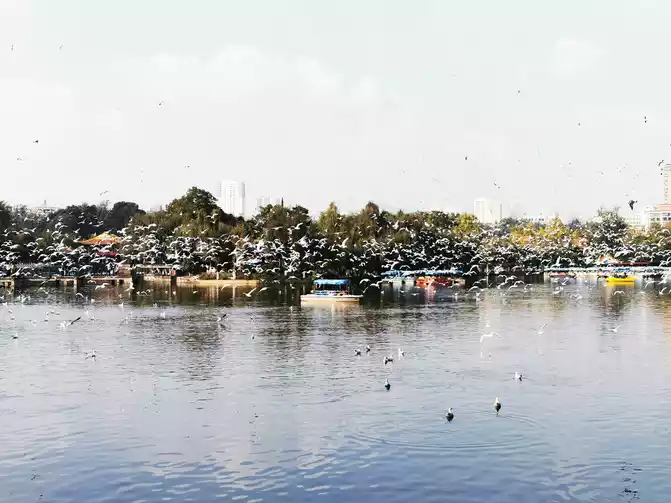
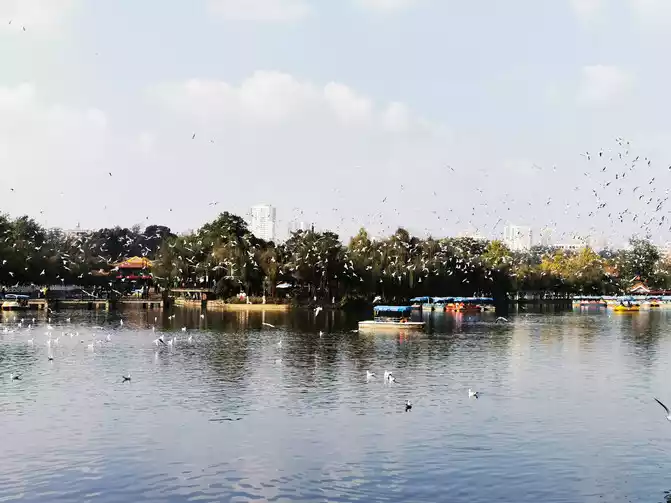
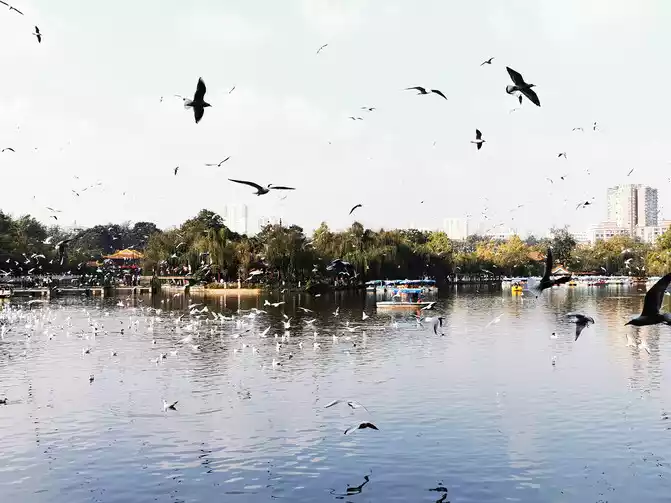
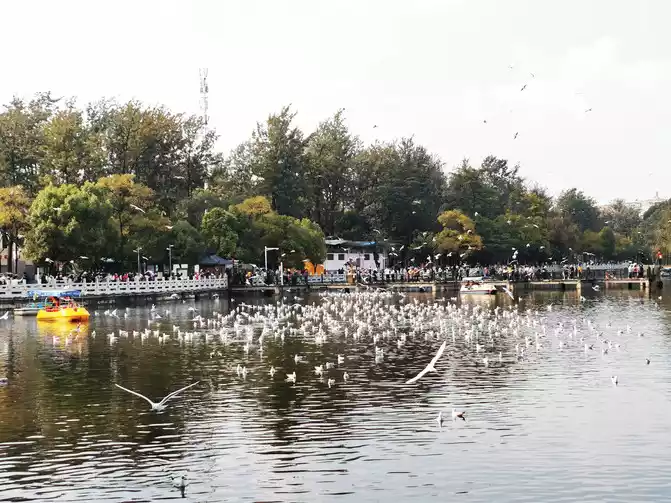
Yunnan Lecture Hall:
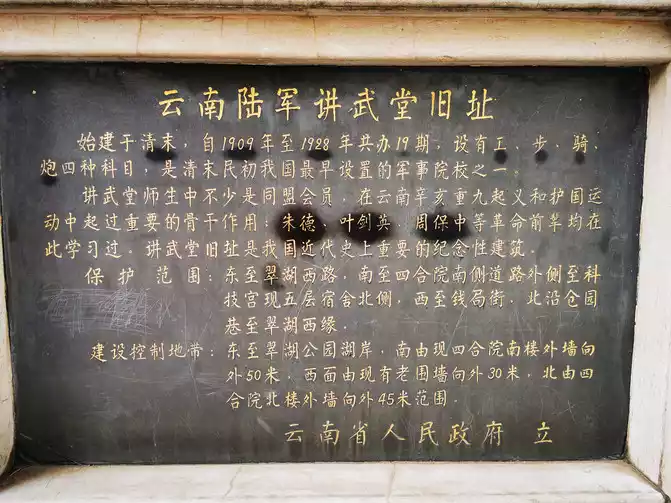
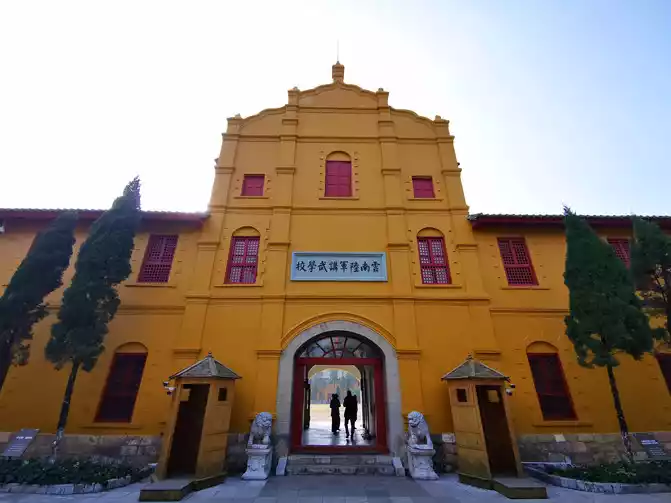
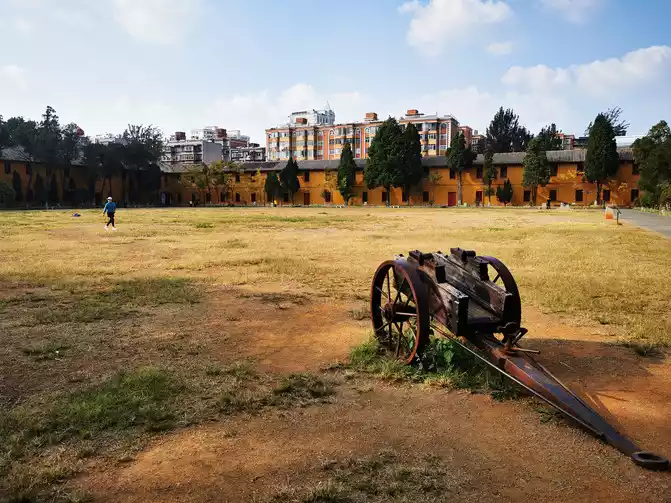
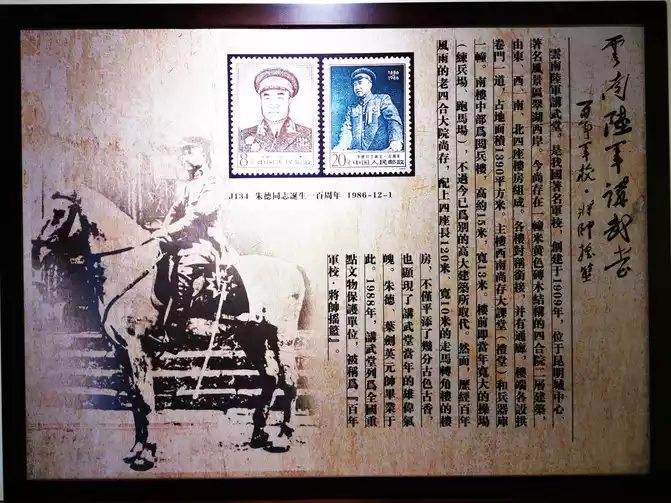
Golden Horse and Jade Rooster.
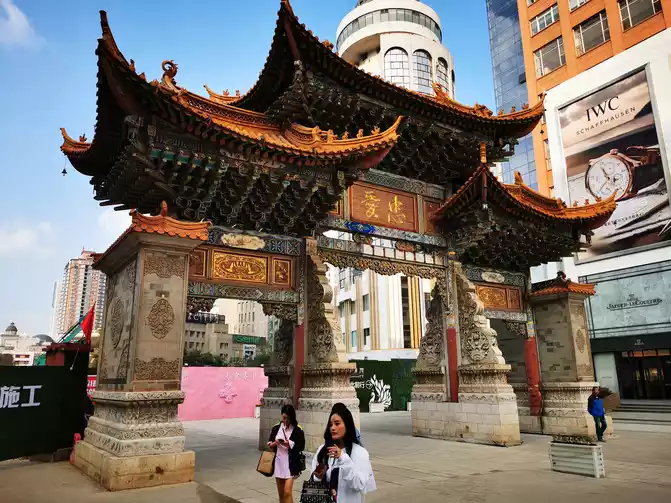
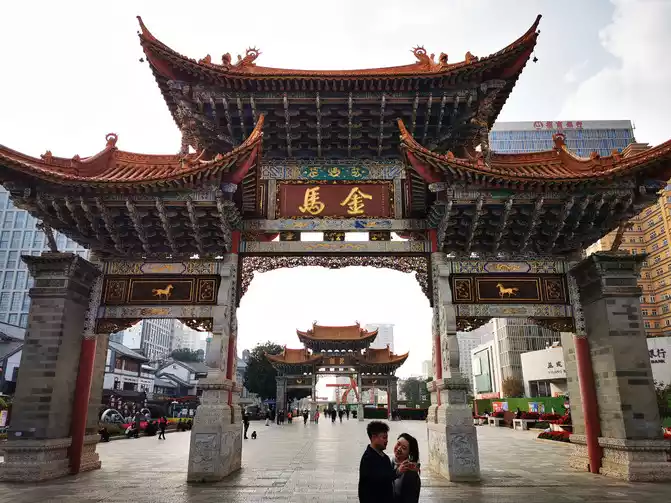
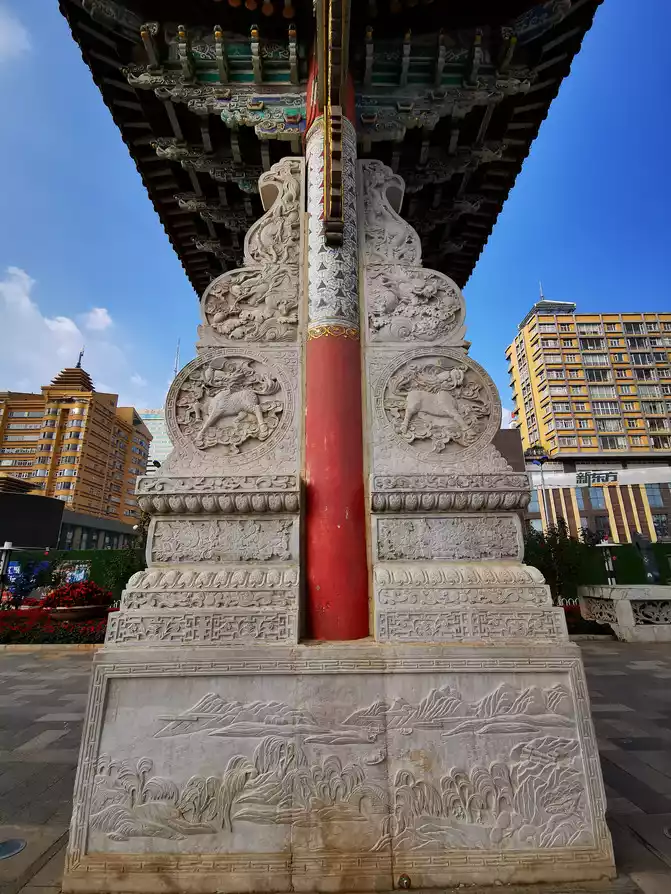
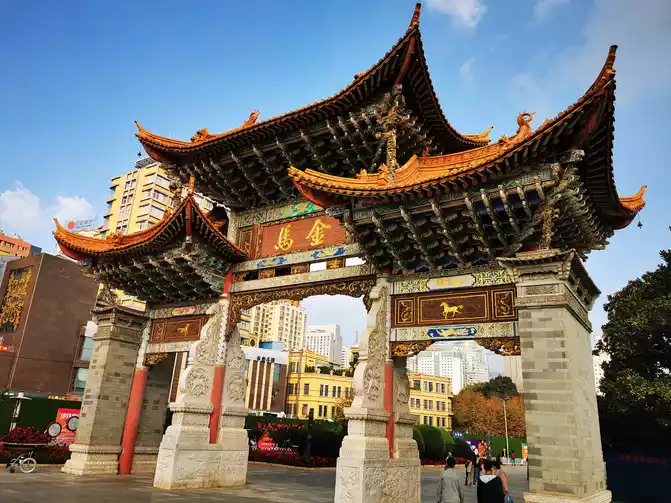
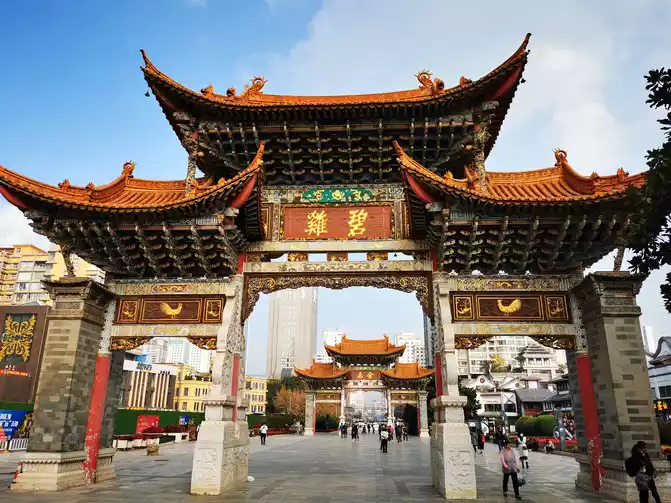
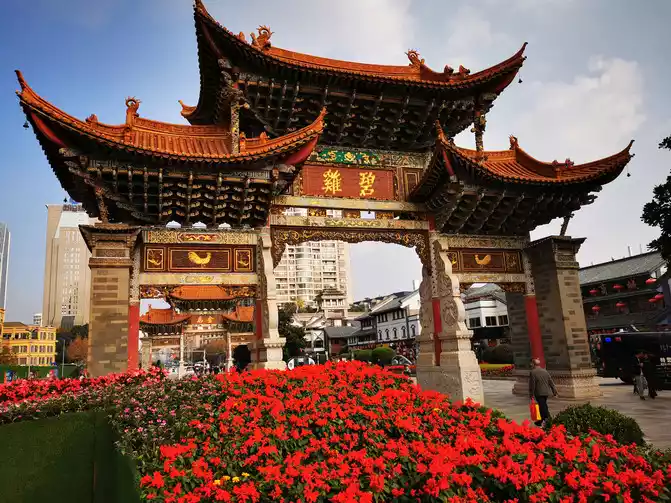
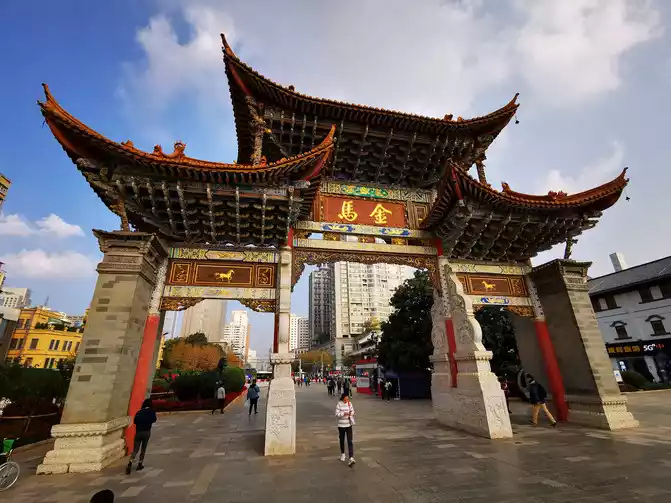
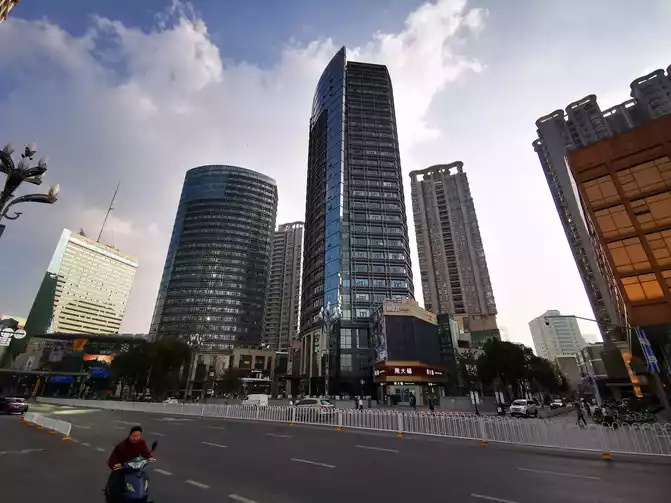
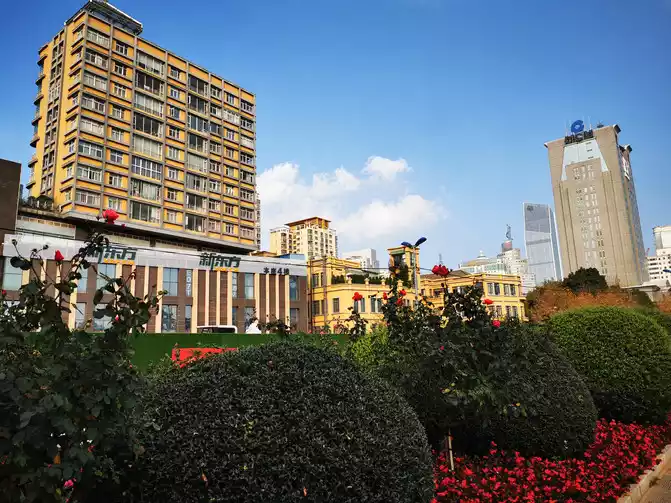
晚餐:
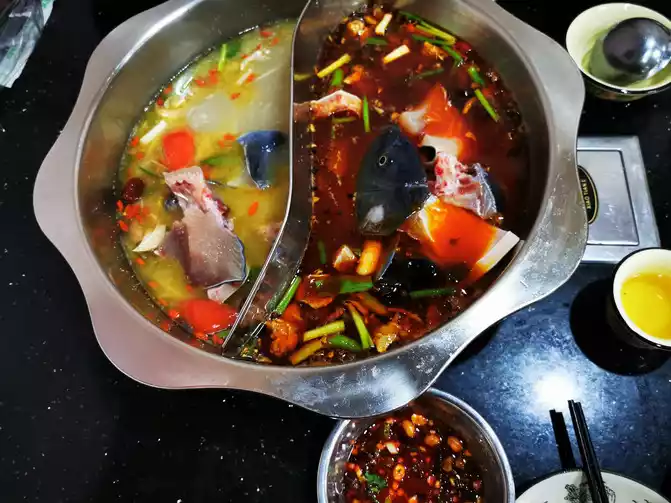
Day 34, November 11, from Kunming to Dongchuan Red Land, 140 kilometers, 2:55
Dongchuan Red Land:
4A, 1280 meters
Considered by experts to be the most impressive red land in the world except Rio de Janeiro, Brazil, it is even more magnificent than the one in Brazil.
Located in a warm and humid environment, the iron in the soil slowly deposited after oxidation, gradually forming dazzling colors.
Mainly centered on Huagou Village and Huashitou Village in Hongtui Town, the surrounding area is more than 20 square kilometers. There are many landscapes such as Qicai Slope, Luoxia Valley, Laolongshu, Jinxiu Garden, Luosi Bay, Yuepu Ao, and Guodi Pond.
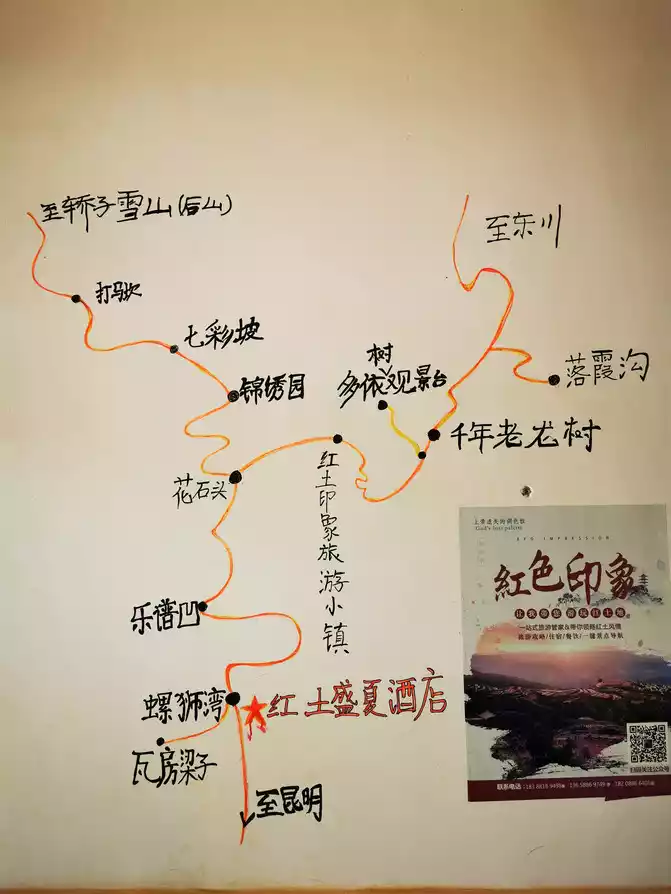
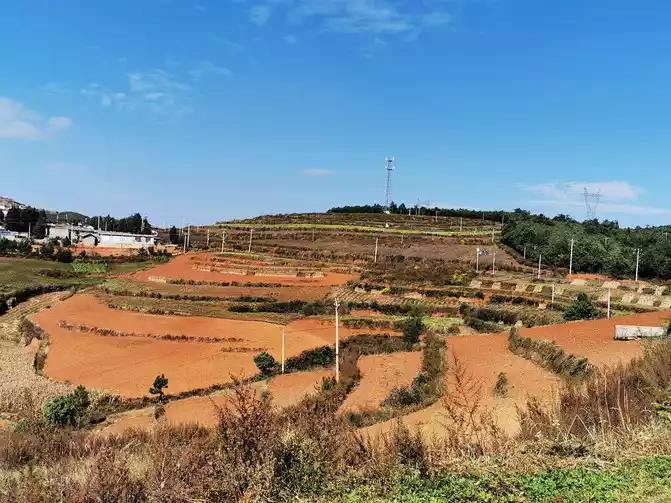
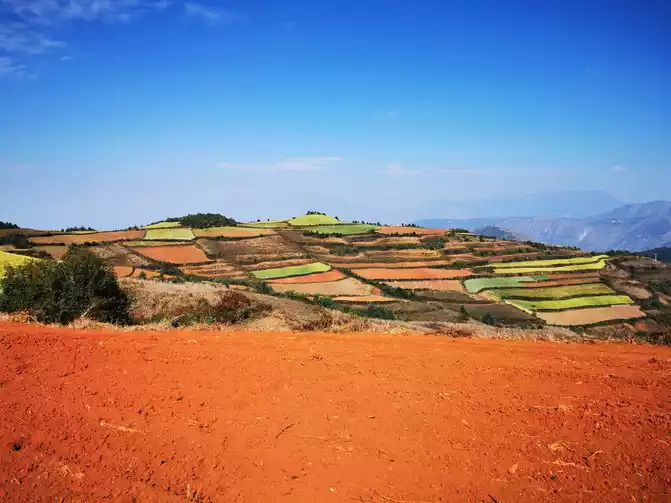
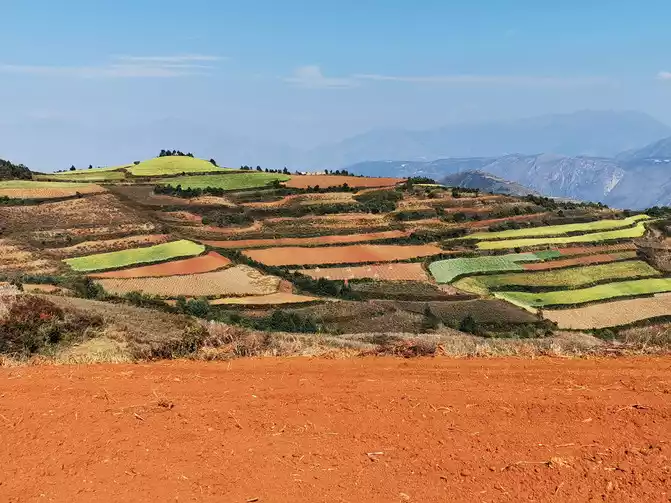
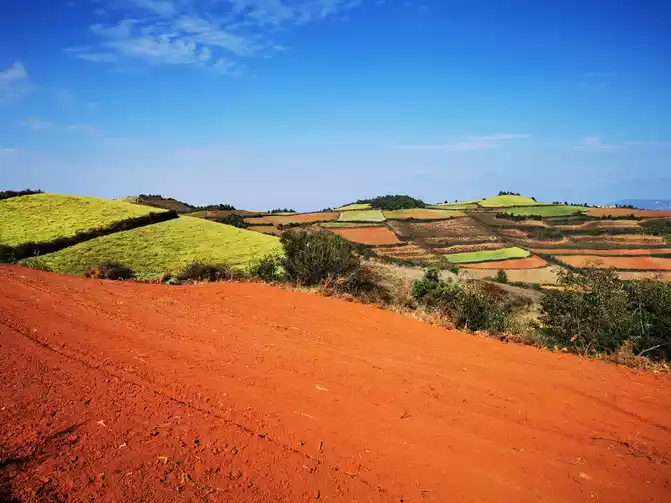
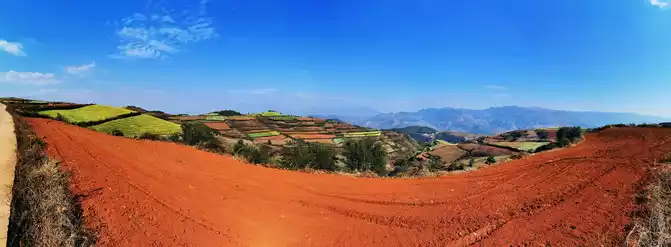
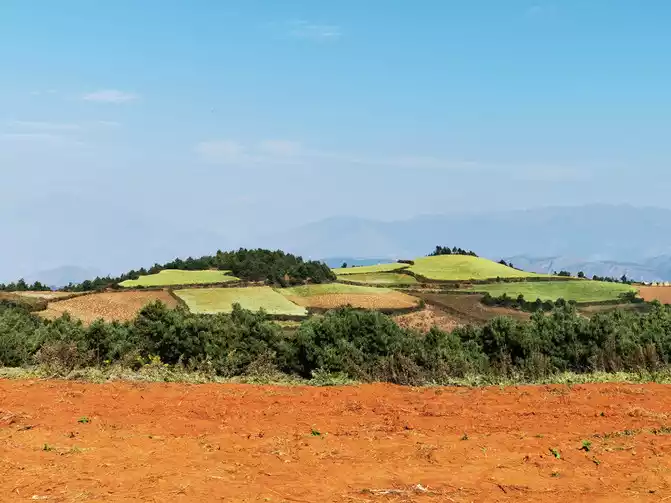
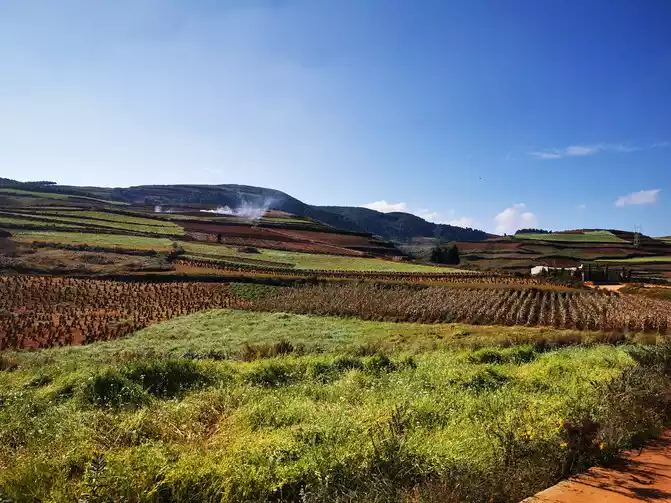
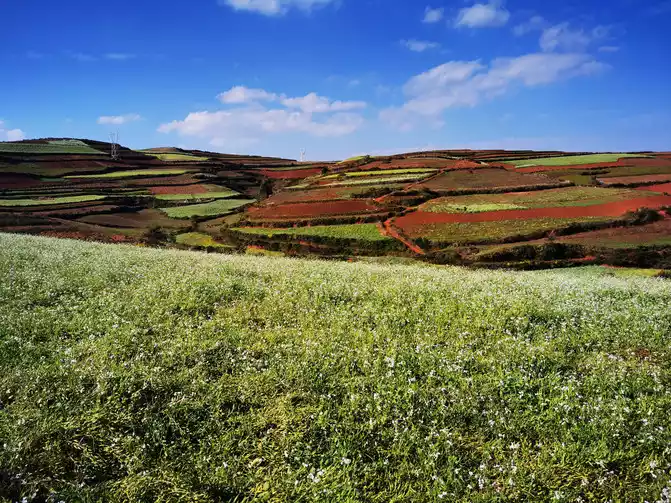
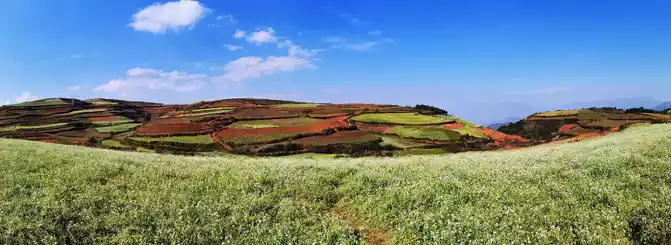
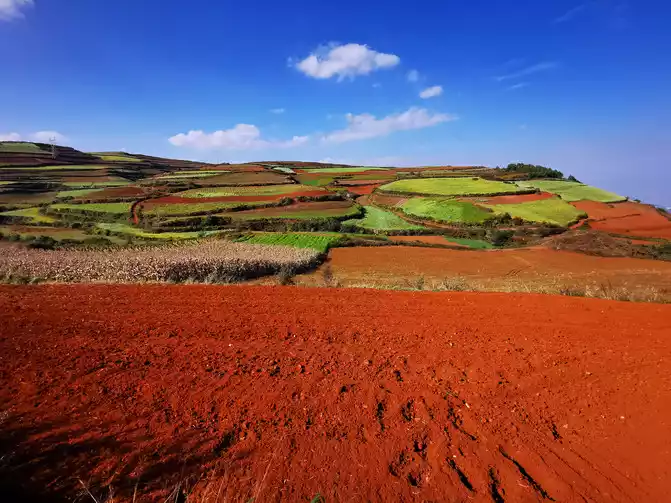
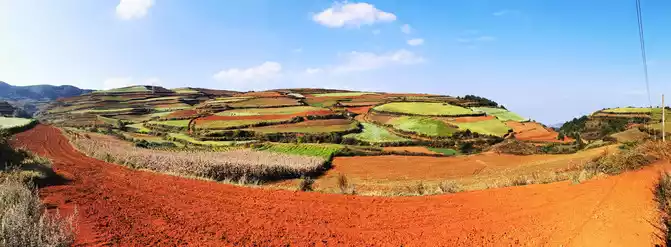
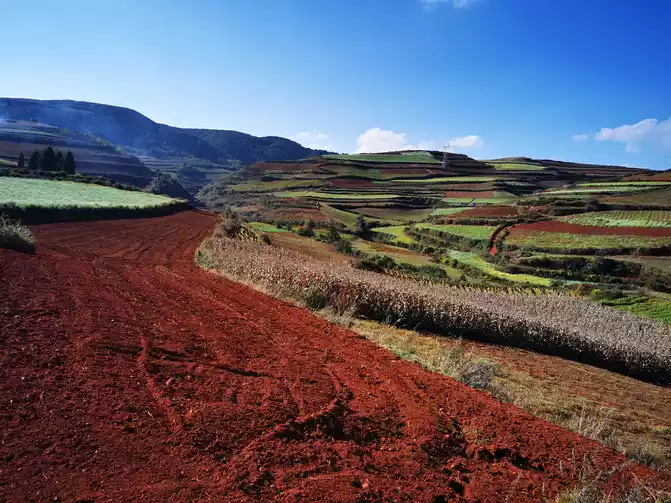
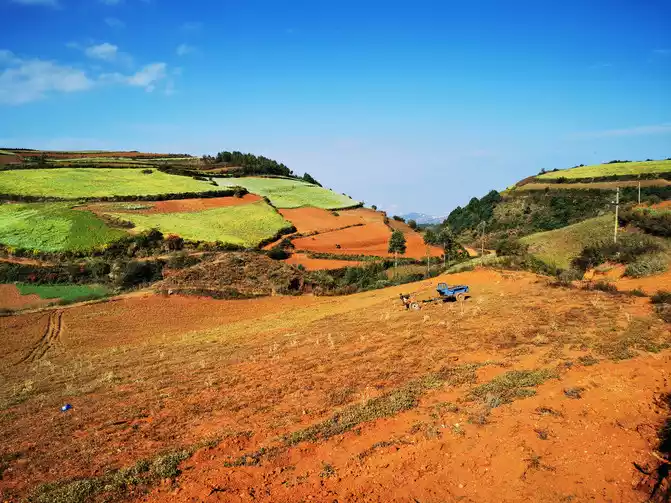

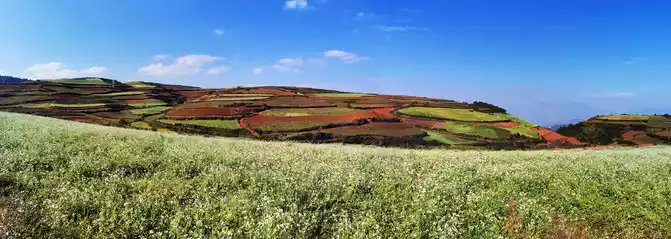
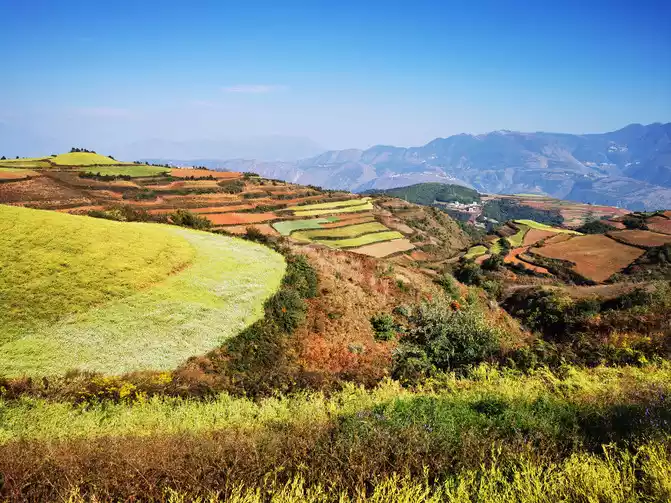
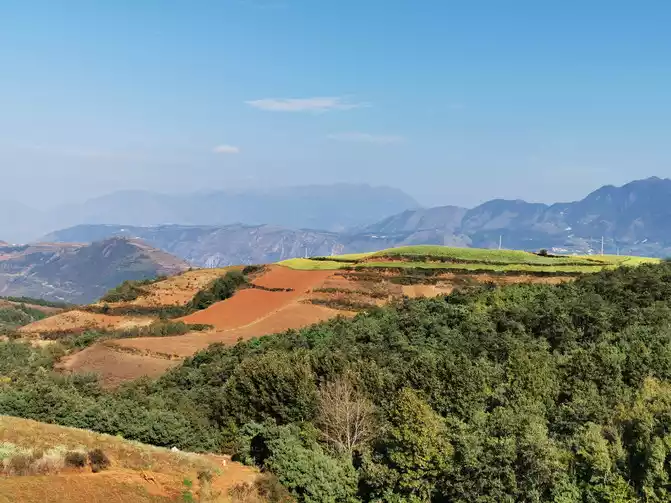
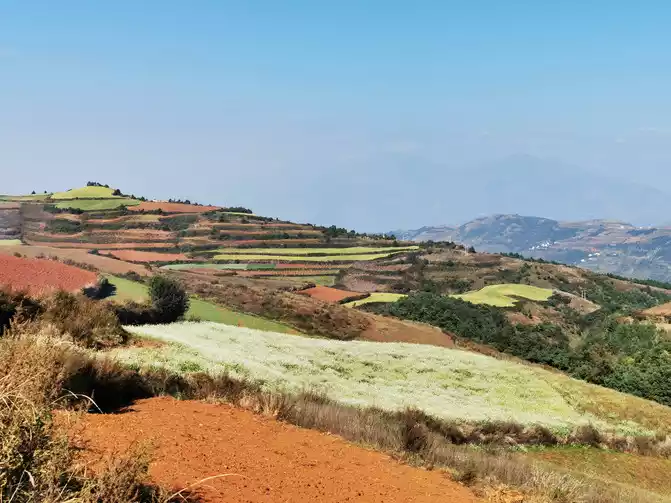
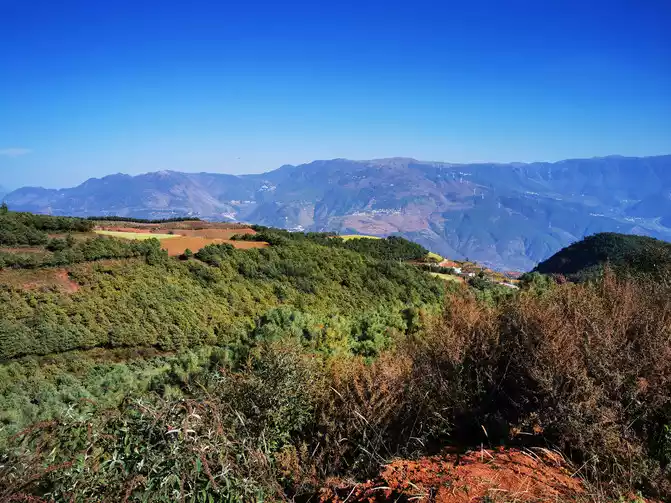
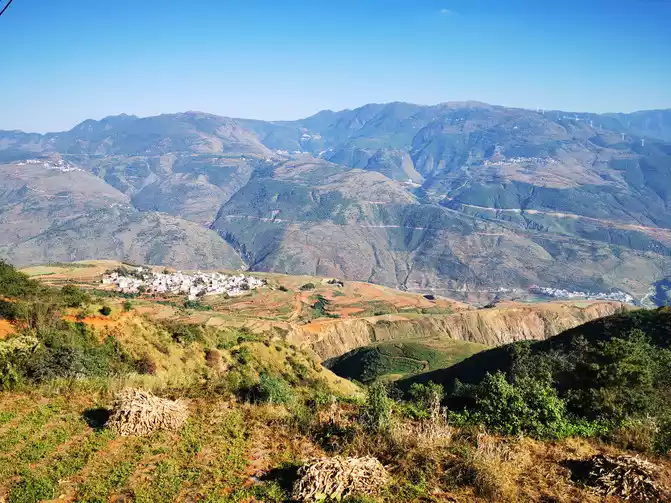
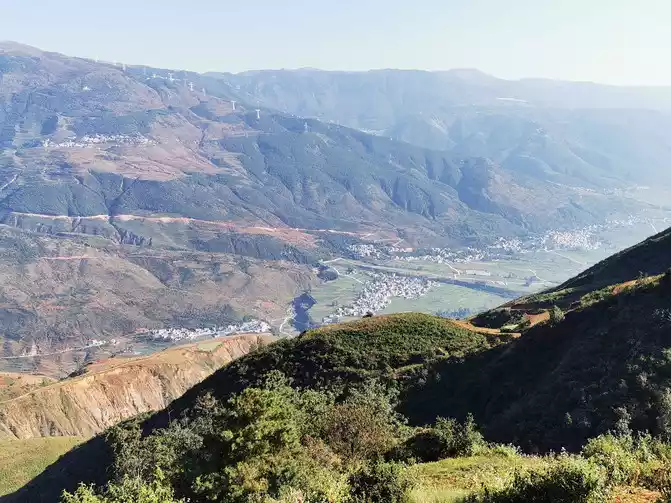
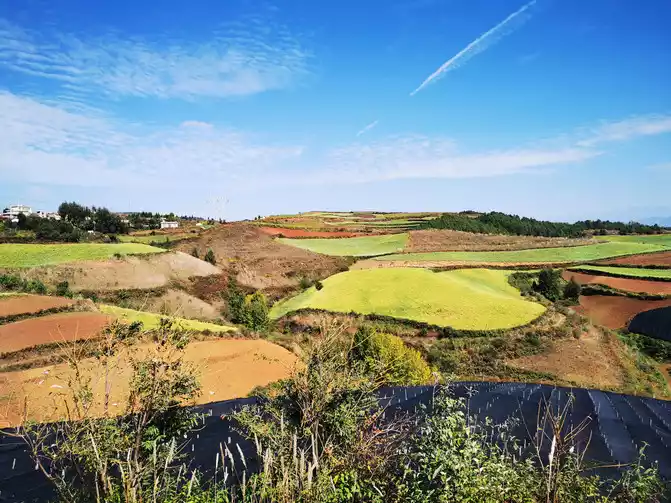
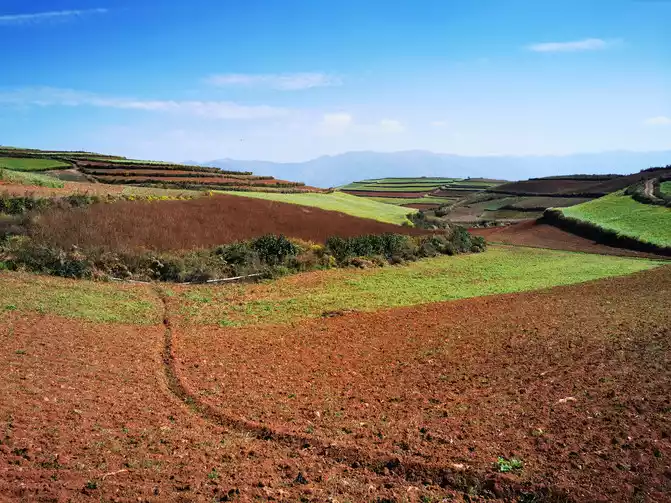
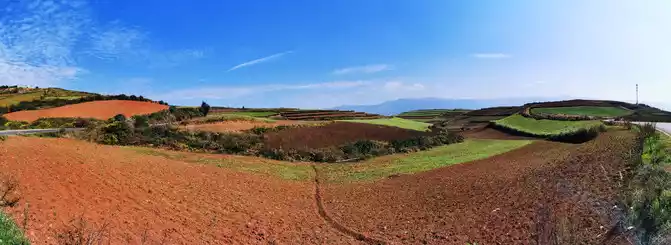
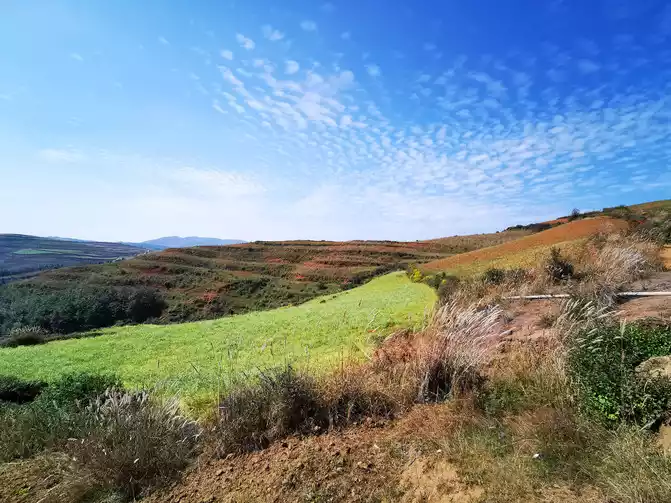
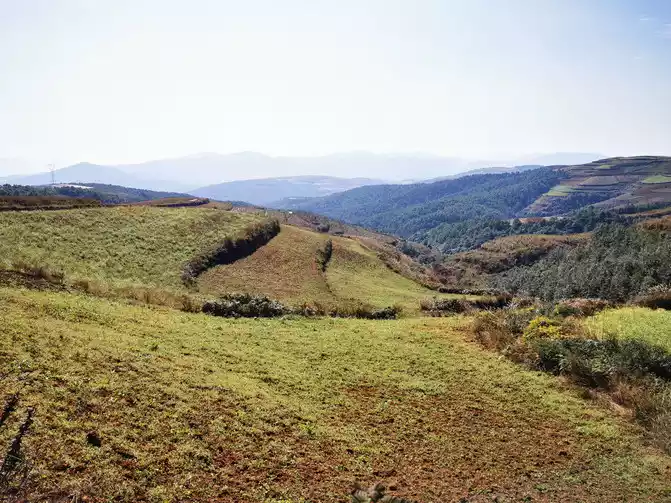
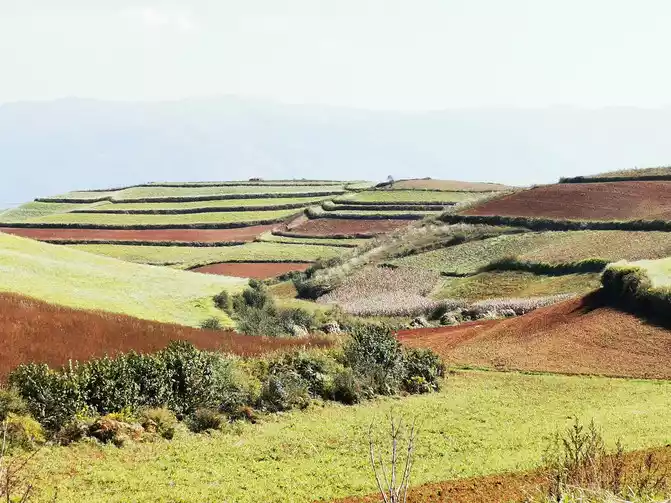
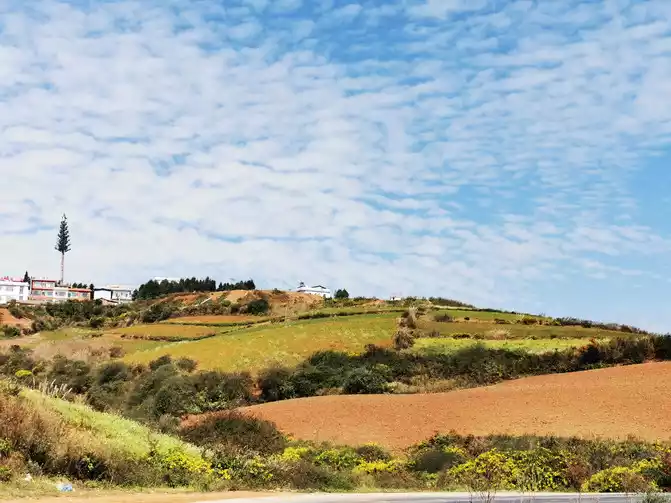
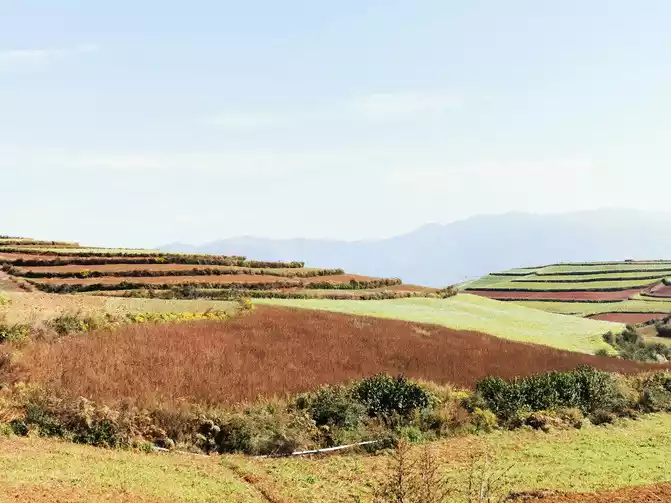
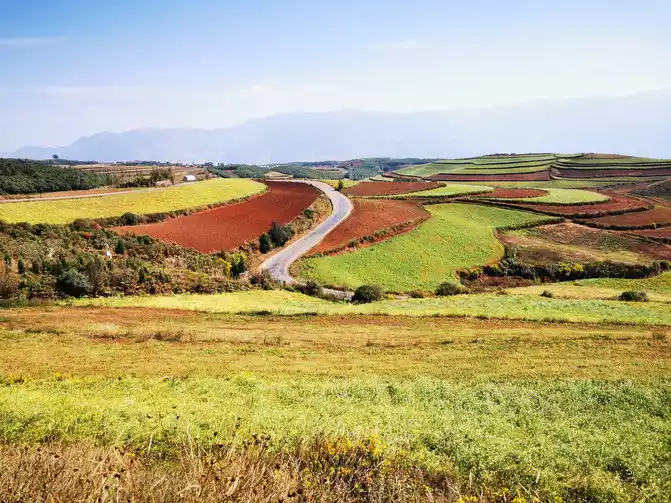
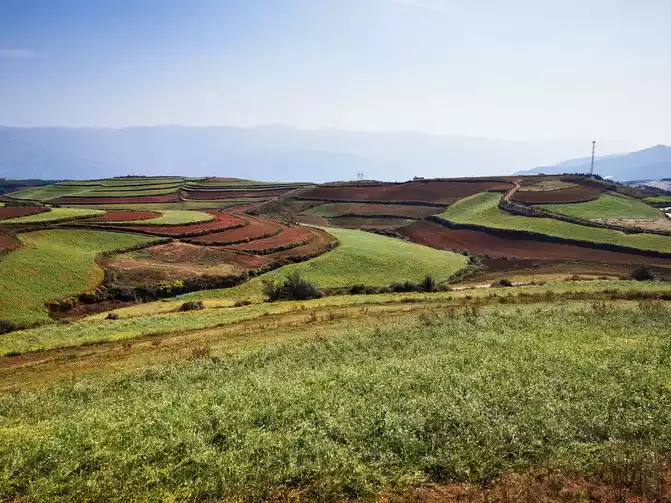

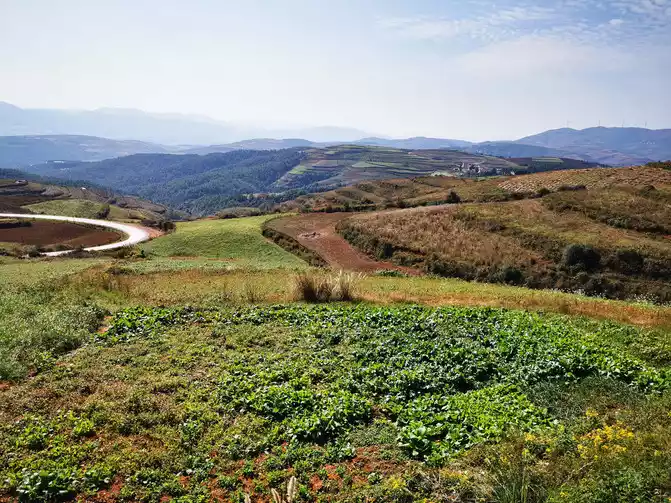
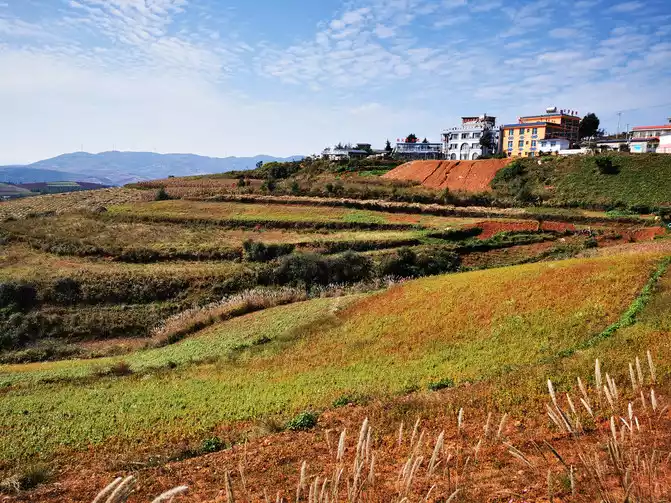
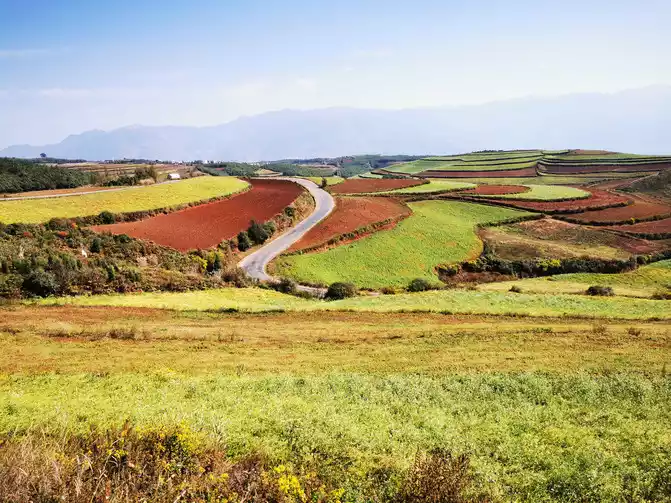
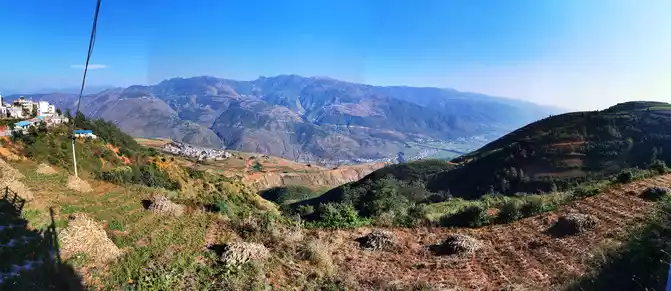
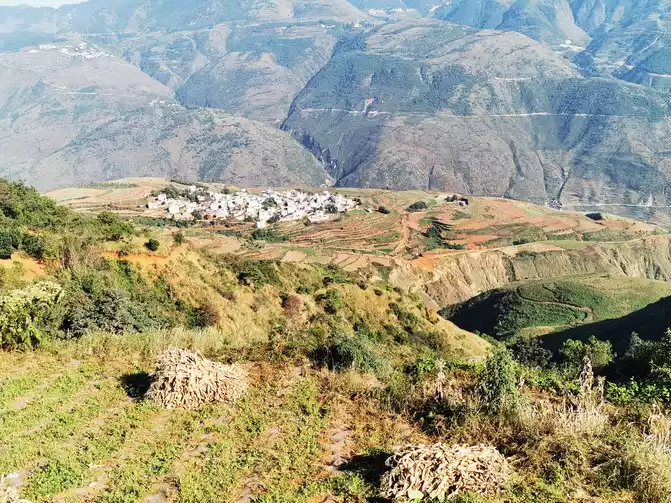
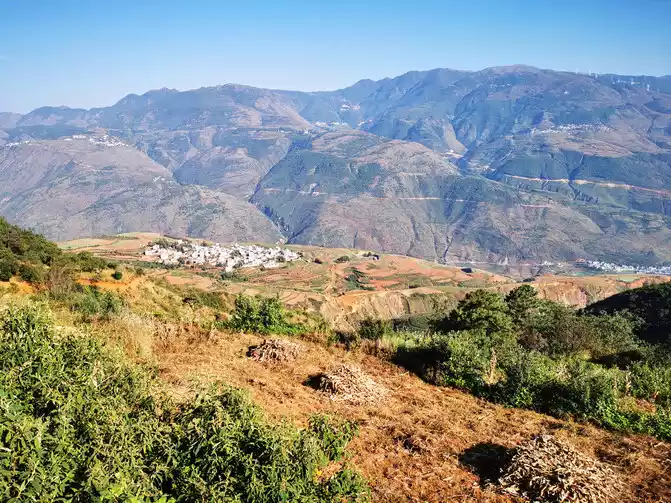
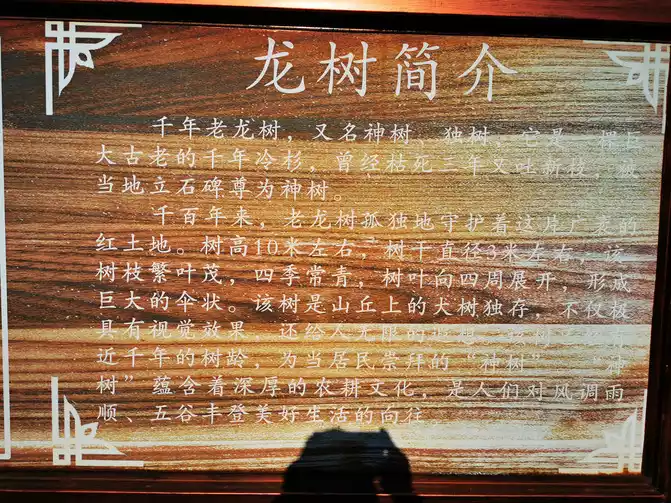
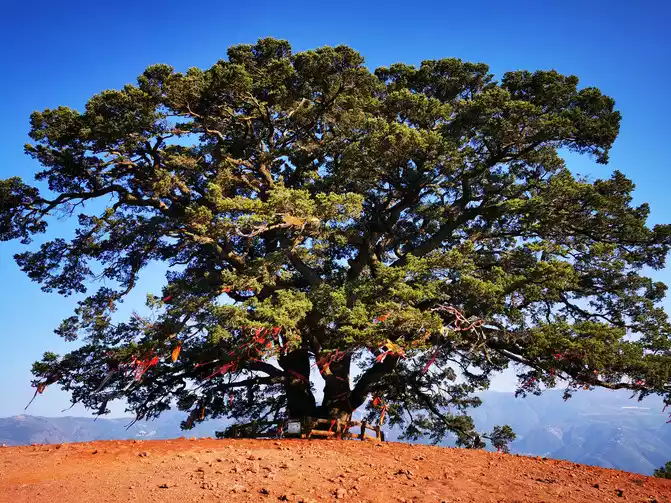
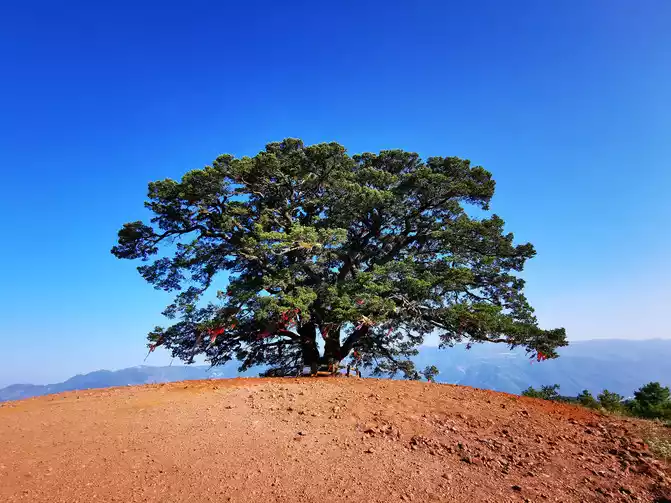
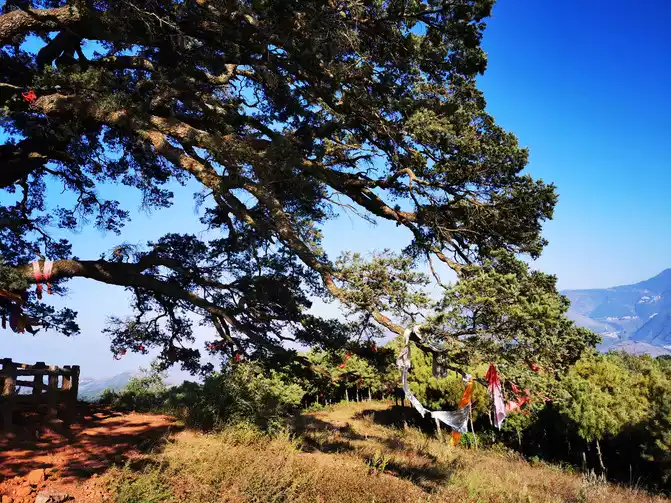
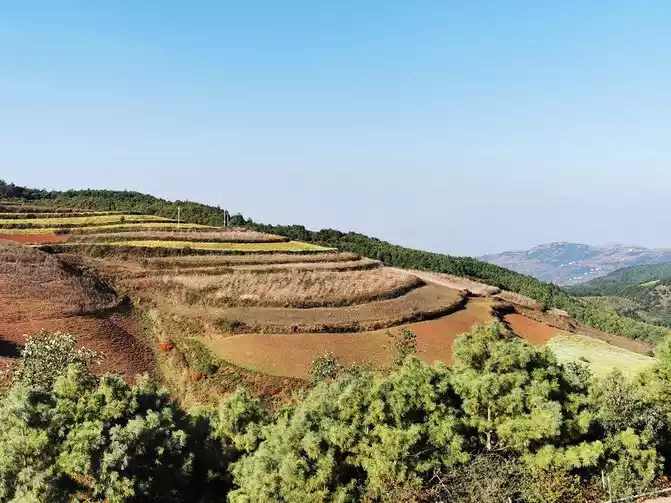
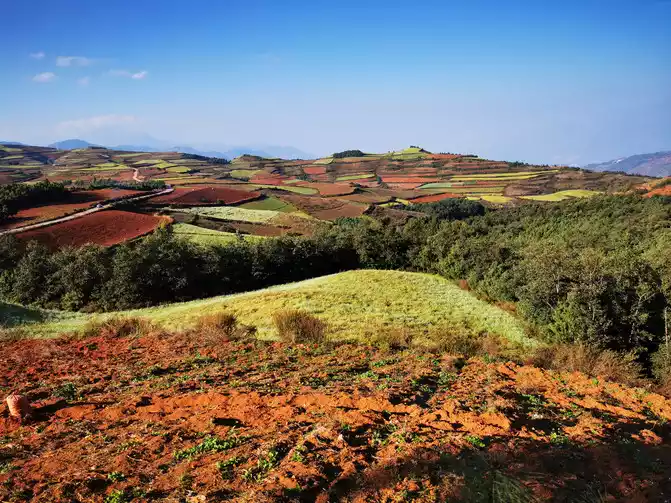
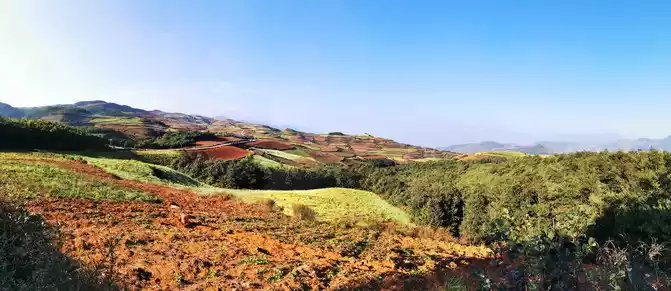
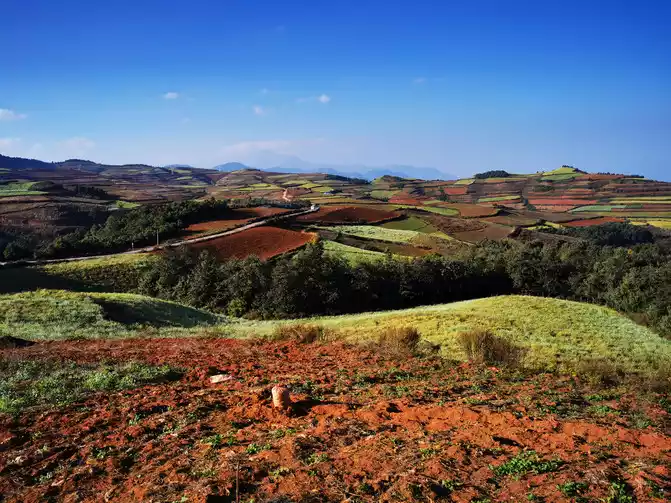
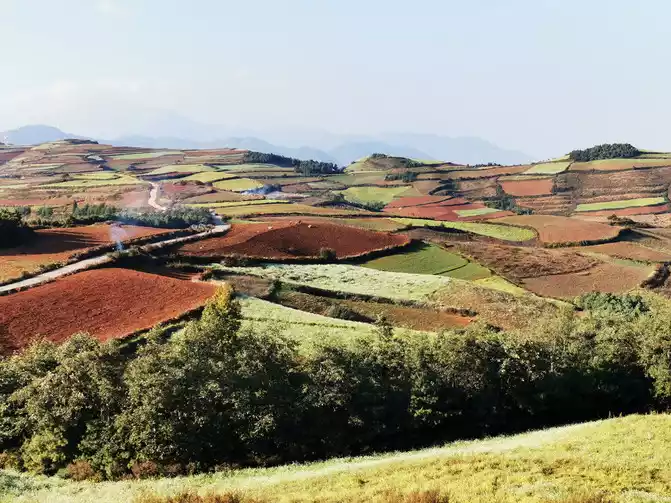
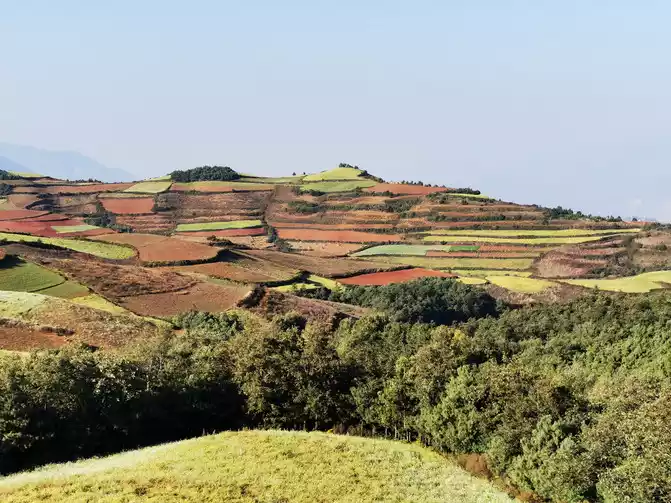
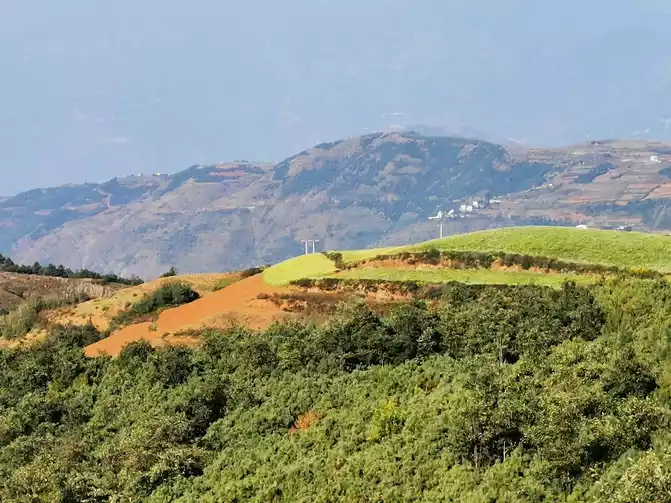
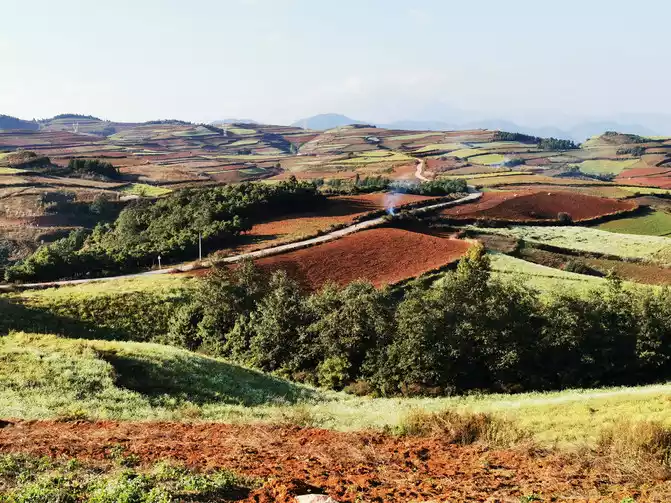
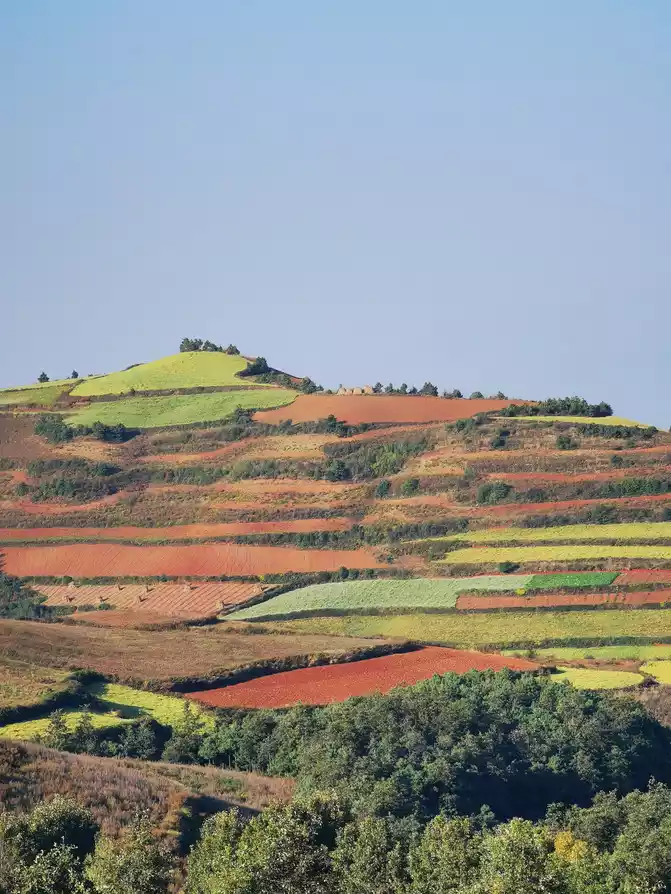
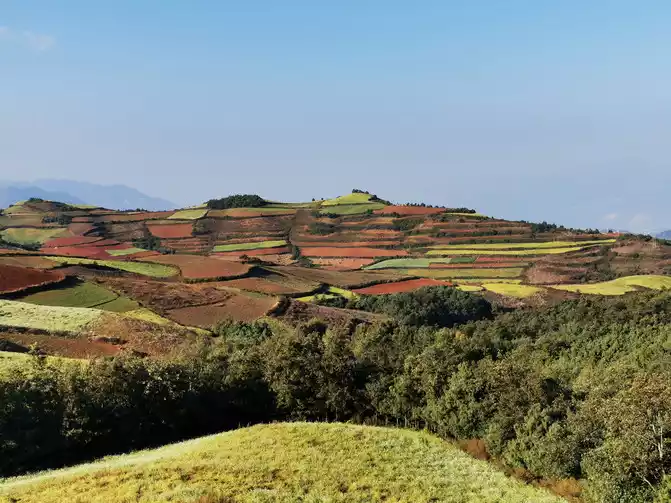
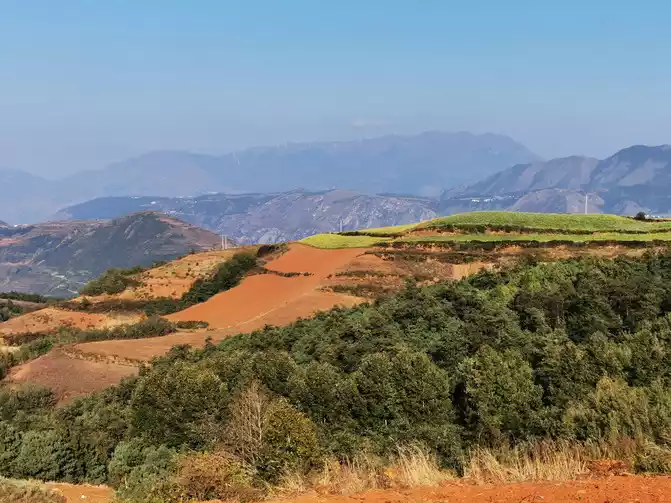
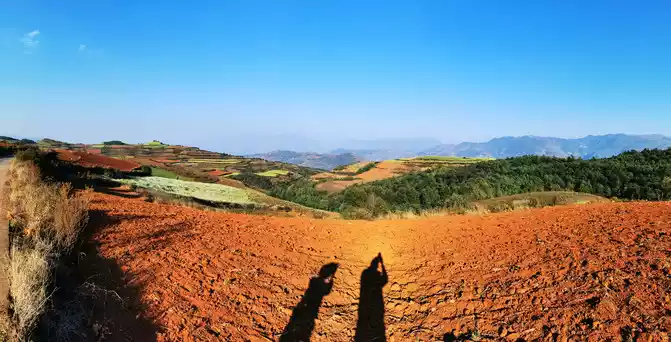
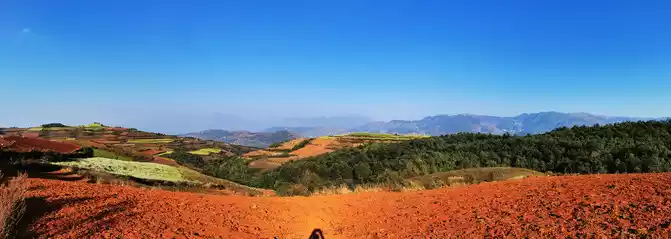

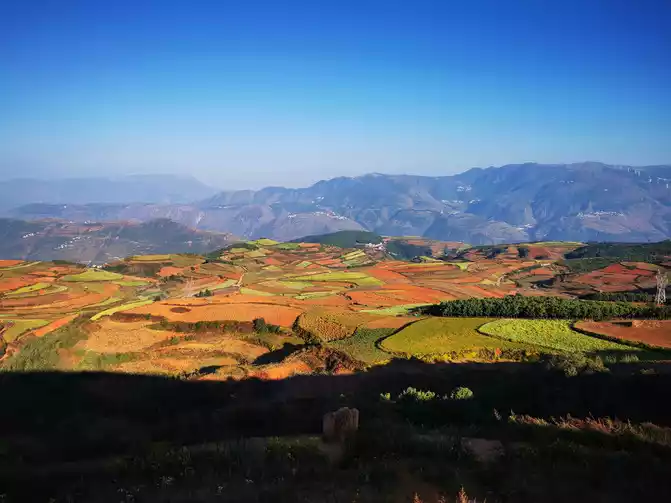
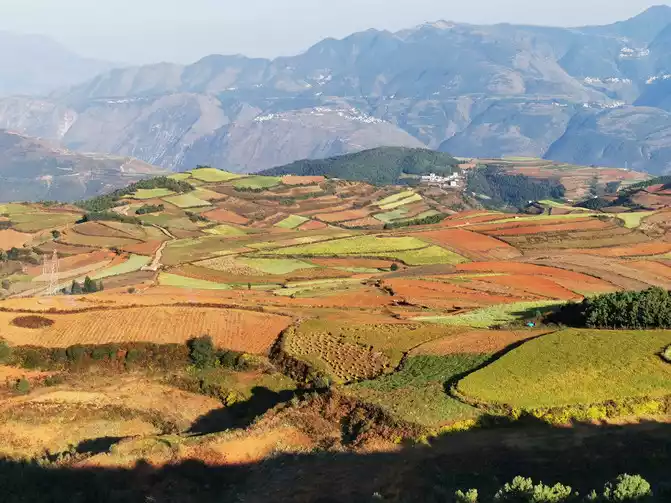
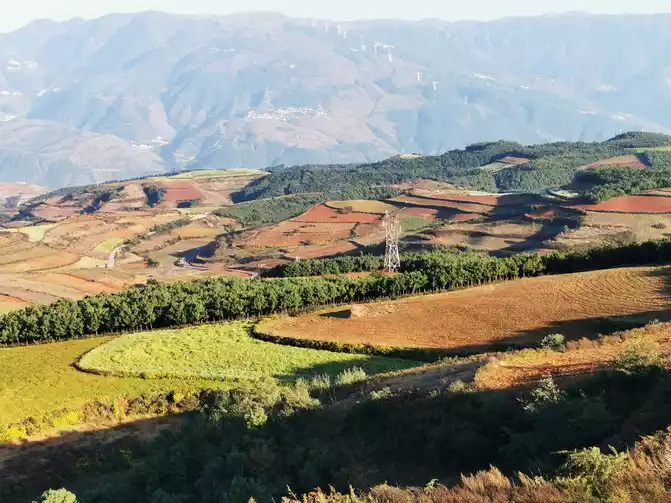
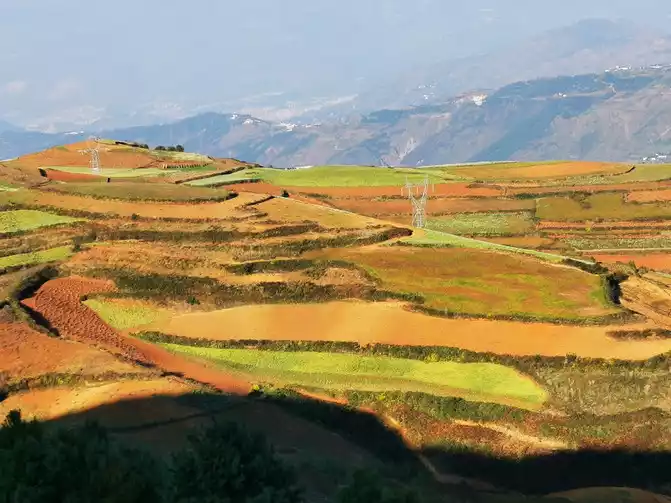
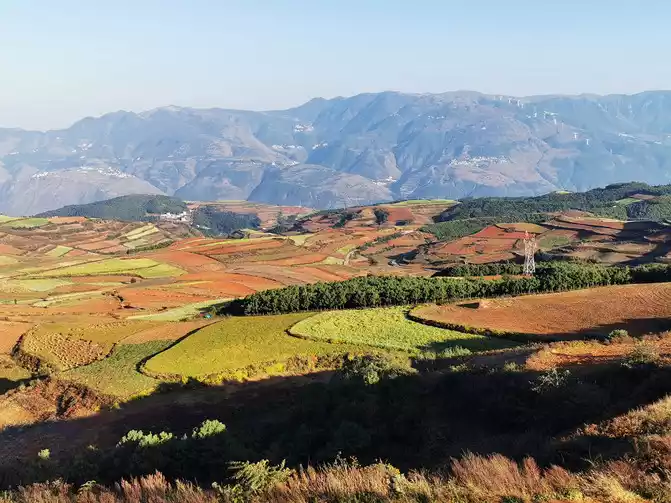
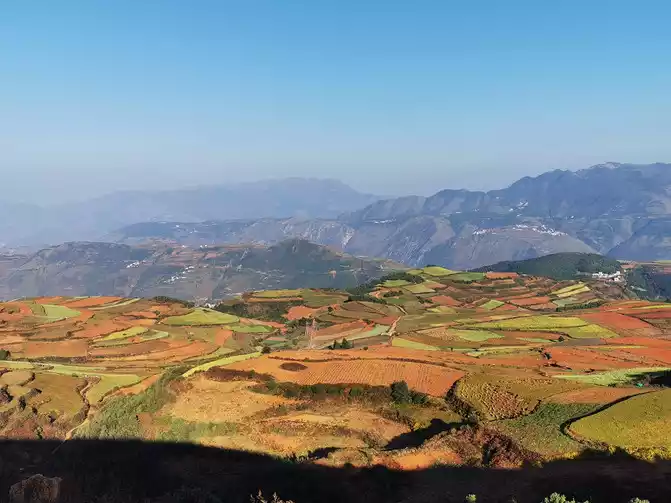
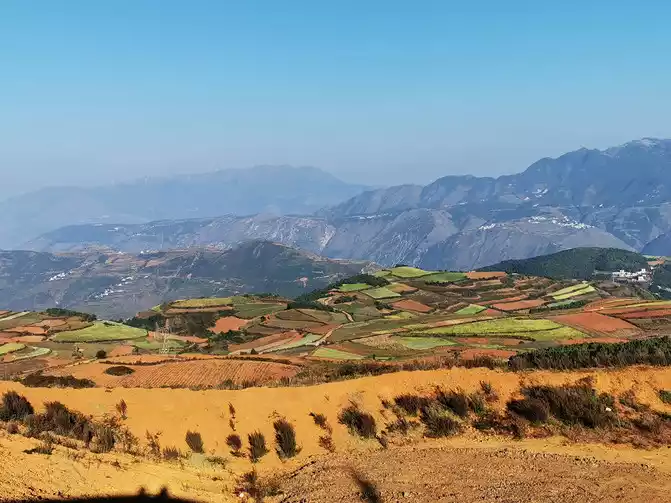
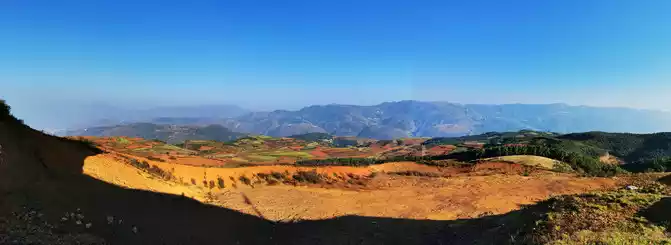
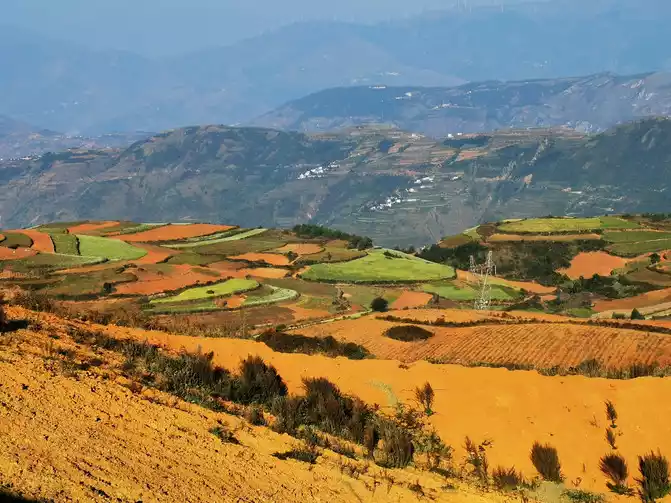
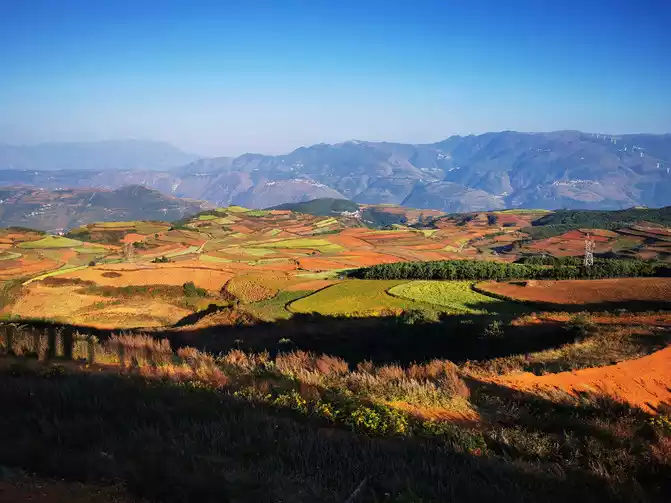
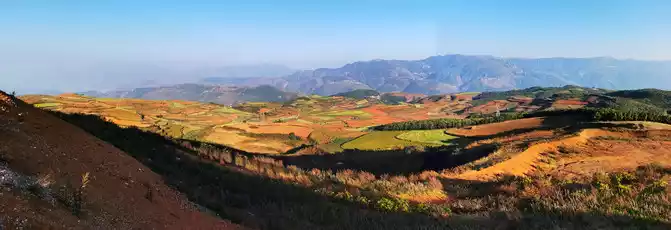
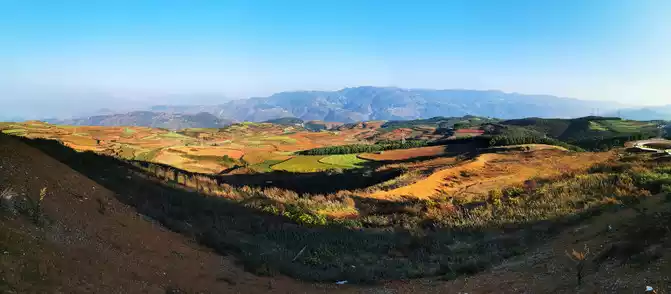
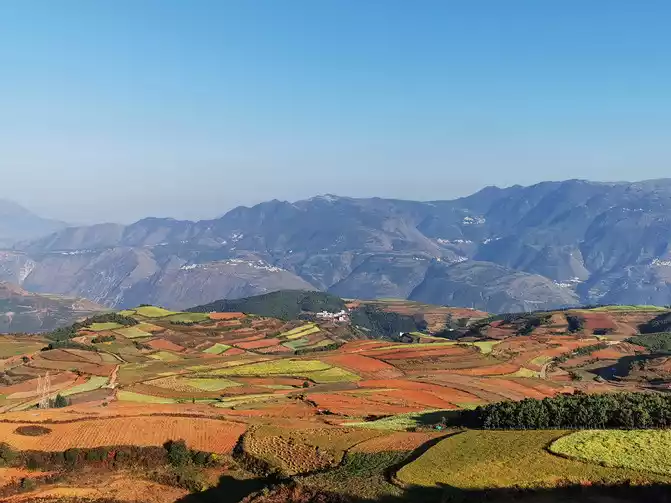
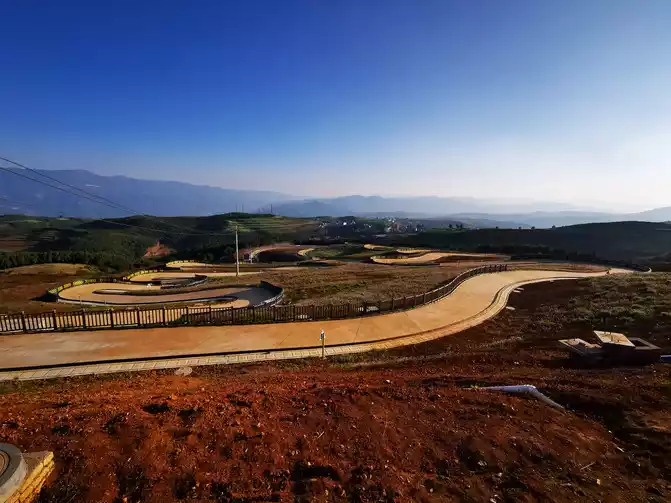
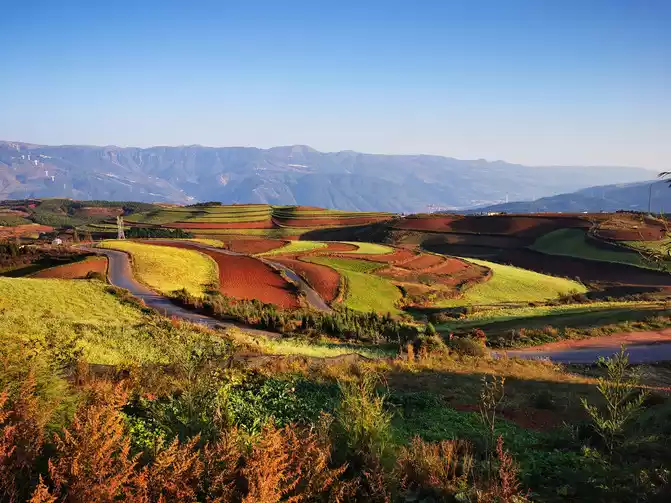
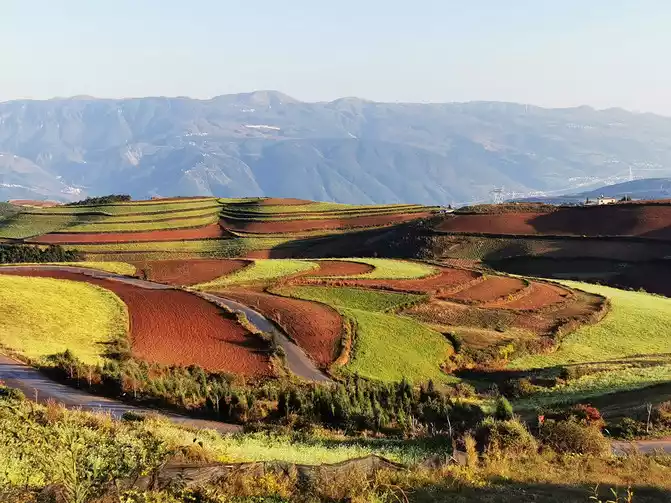
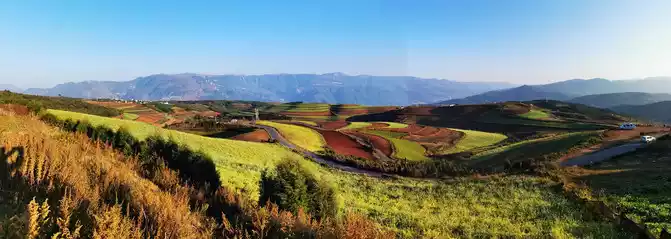
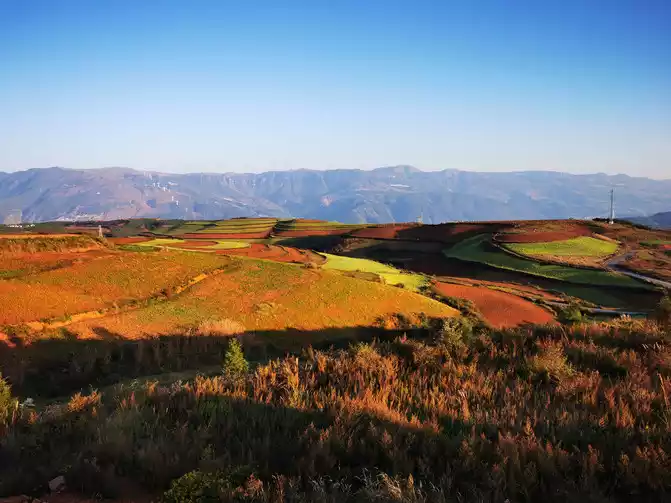
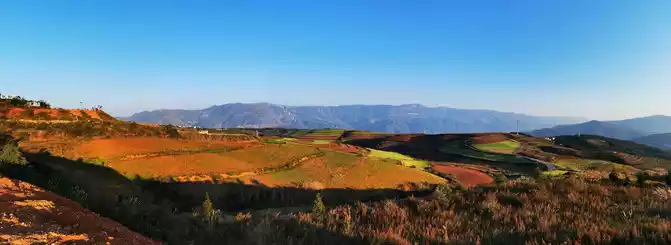
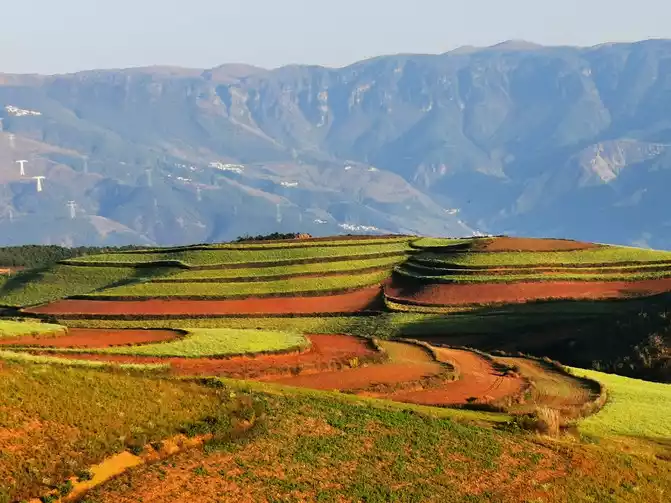
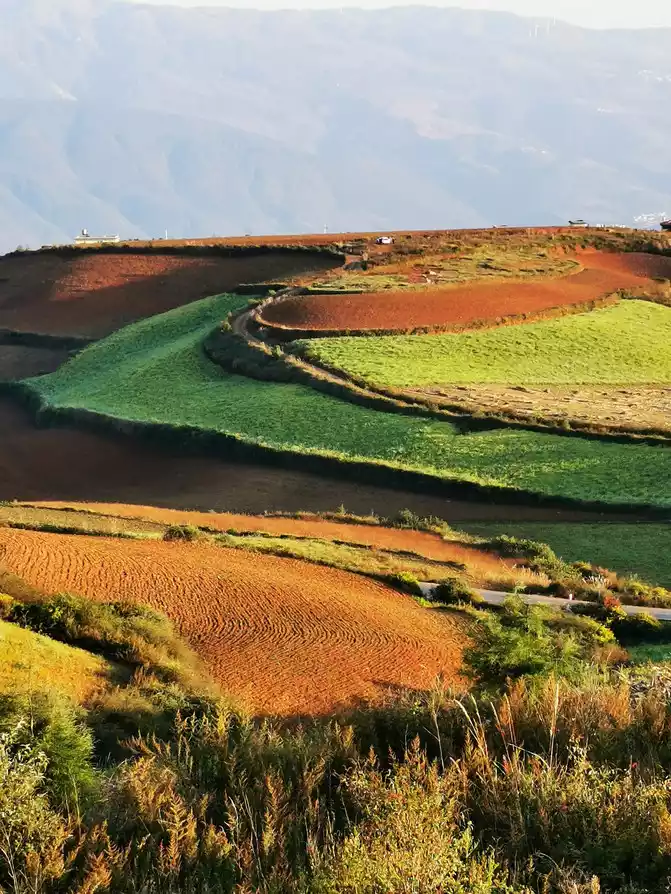
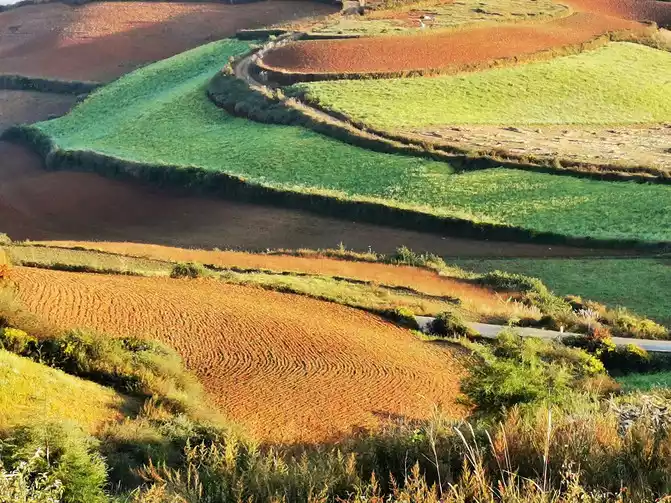
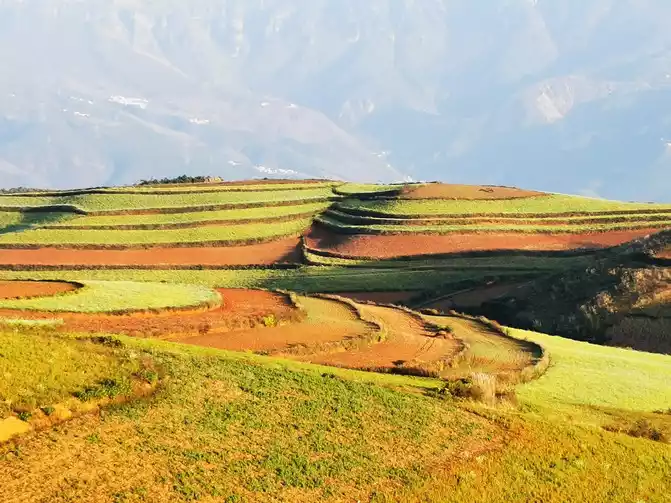
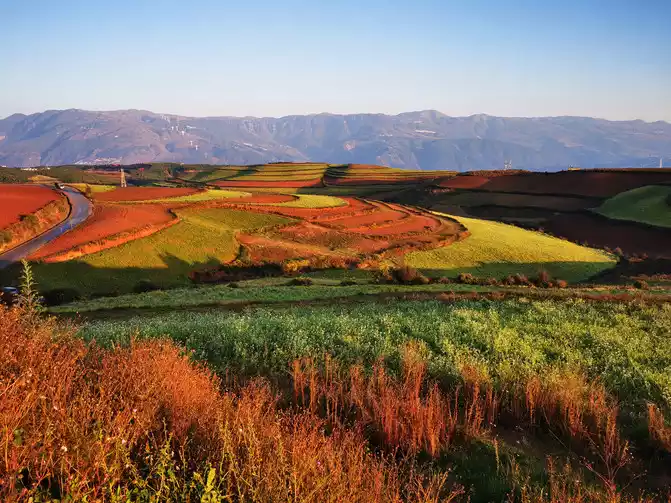
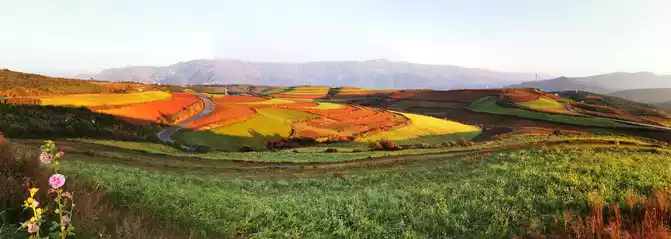
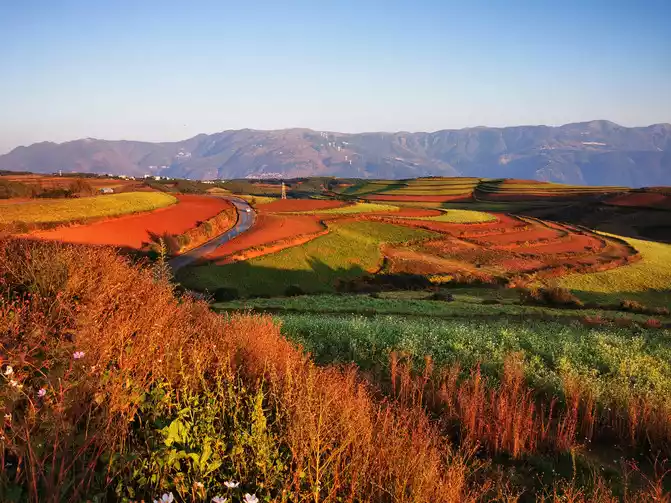
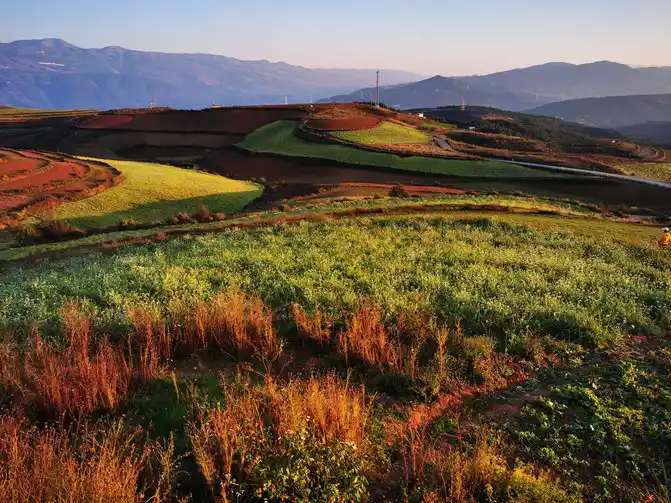
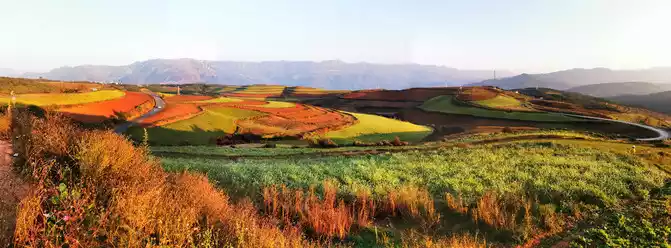
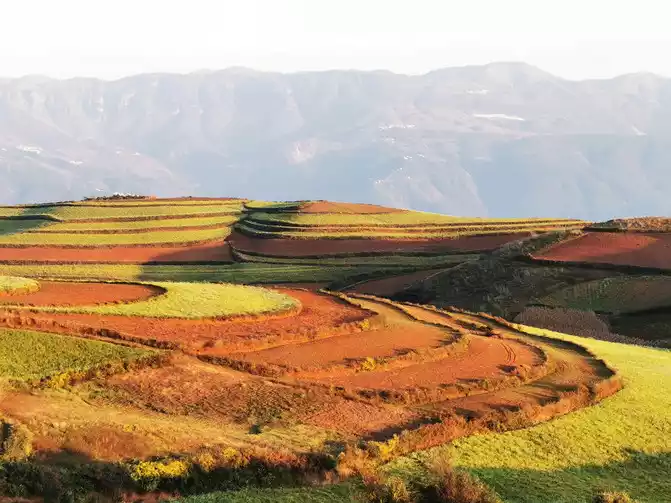

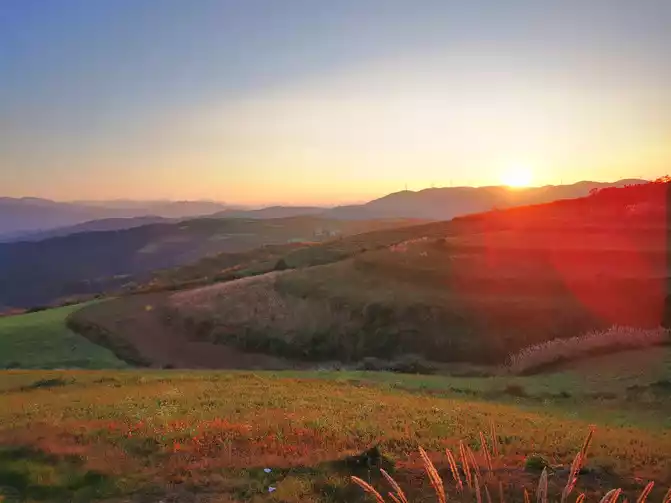
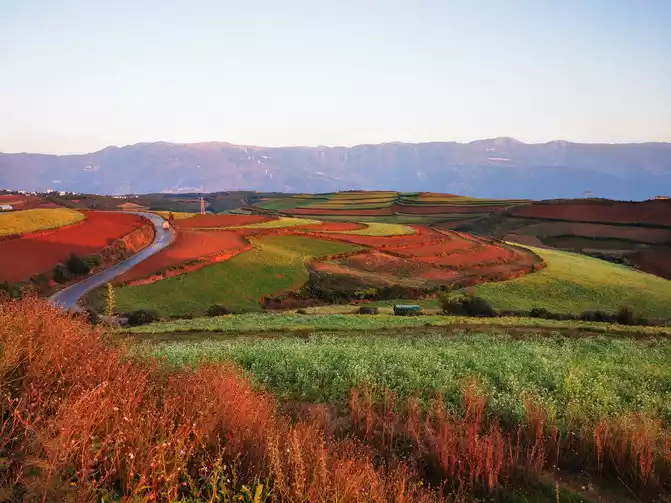
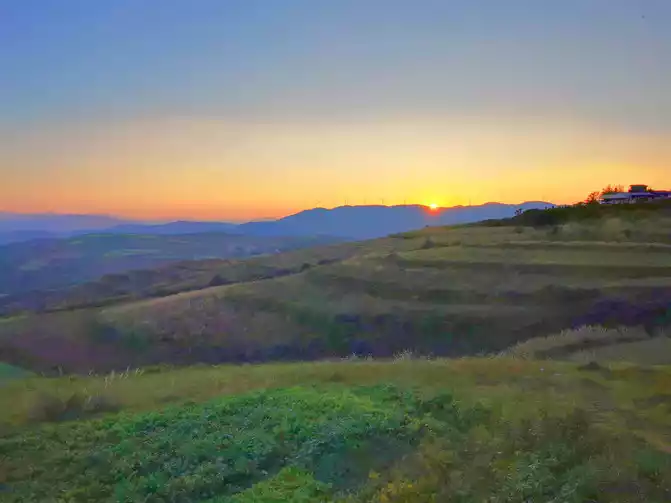
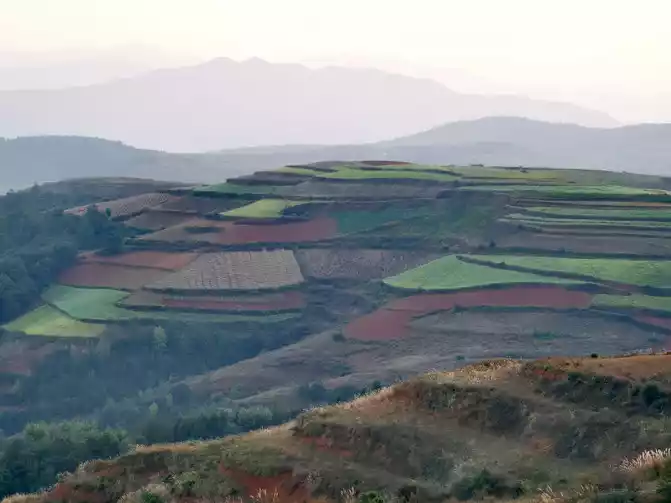
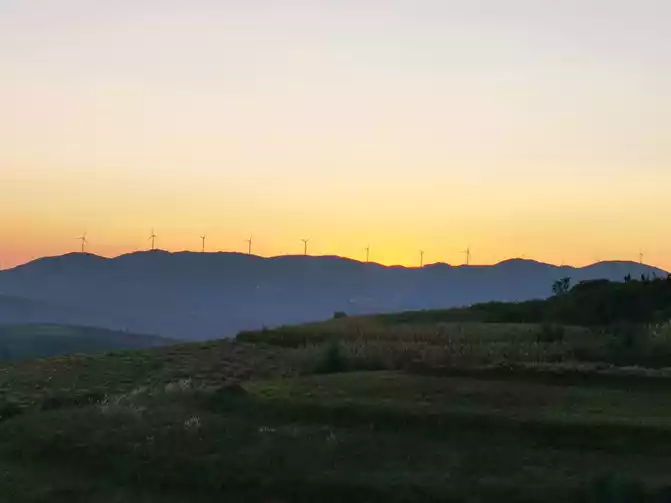
Stay at Red Earth Summer Hotel:
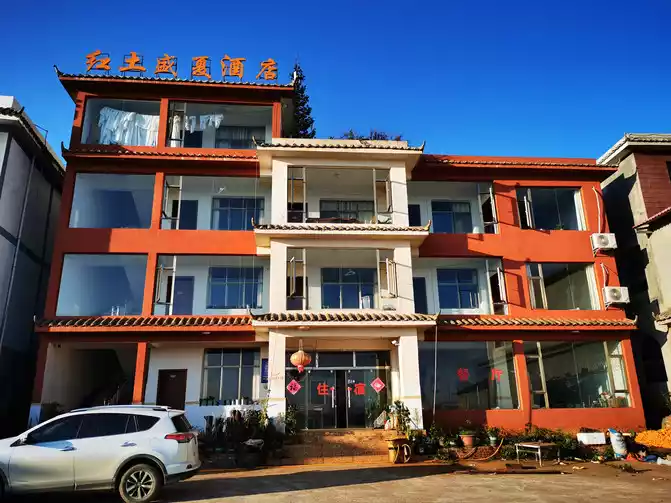

Dinner: free-range old hens
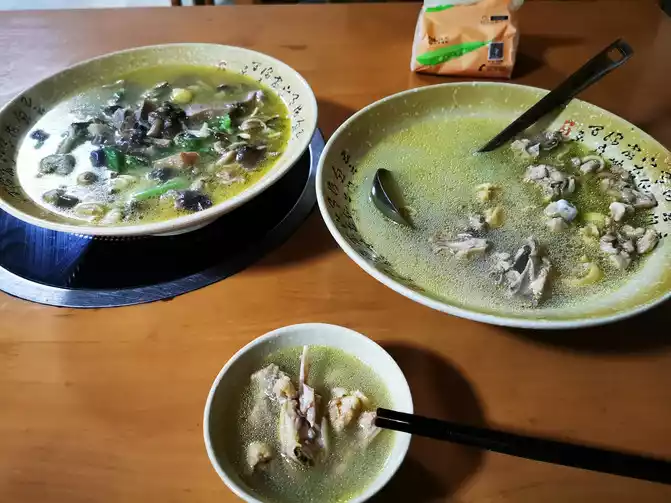
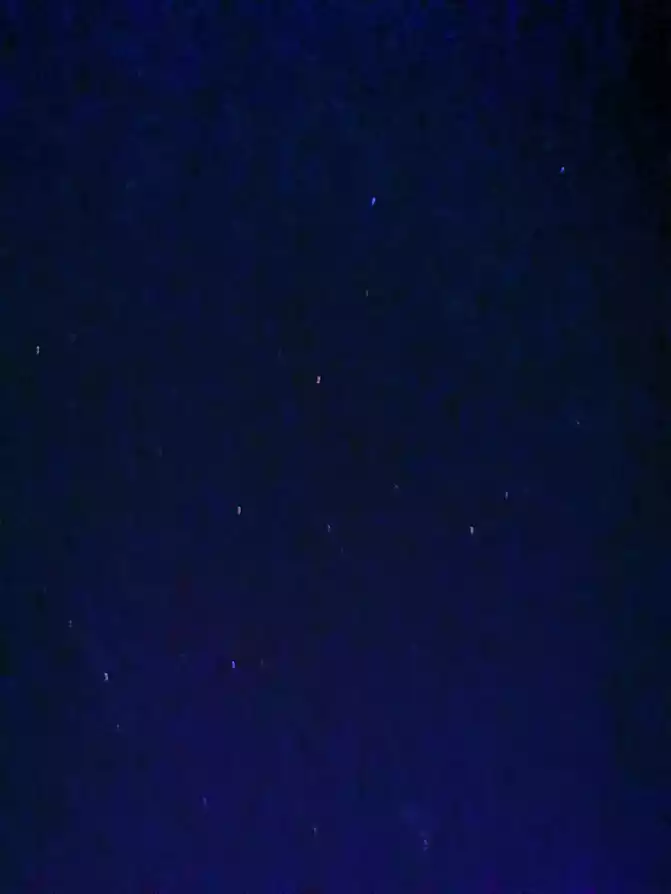
This is my 49th travelogue. If you like it, please like it!
Hope this helps!
Number of days: 4 days, Average cost: 2000 yuan, Updated: 2020-04-23 10:19
Number of days: 8 days, , Updated: 2020-11-27 10:20
Number of days: 2 days, Average cost: 800 yuan, Updated: 2020-04-28 15:31
Number of days:5 days, , Updated: 2023.09.17
Number of days: 6 days, Average cost: 2000 yuan, Updated: 2020.12.03
Number of days: 10 days, Average cost: 6,000 yuan, Updated: 2023.08.03